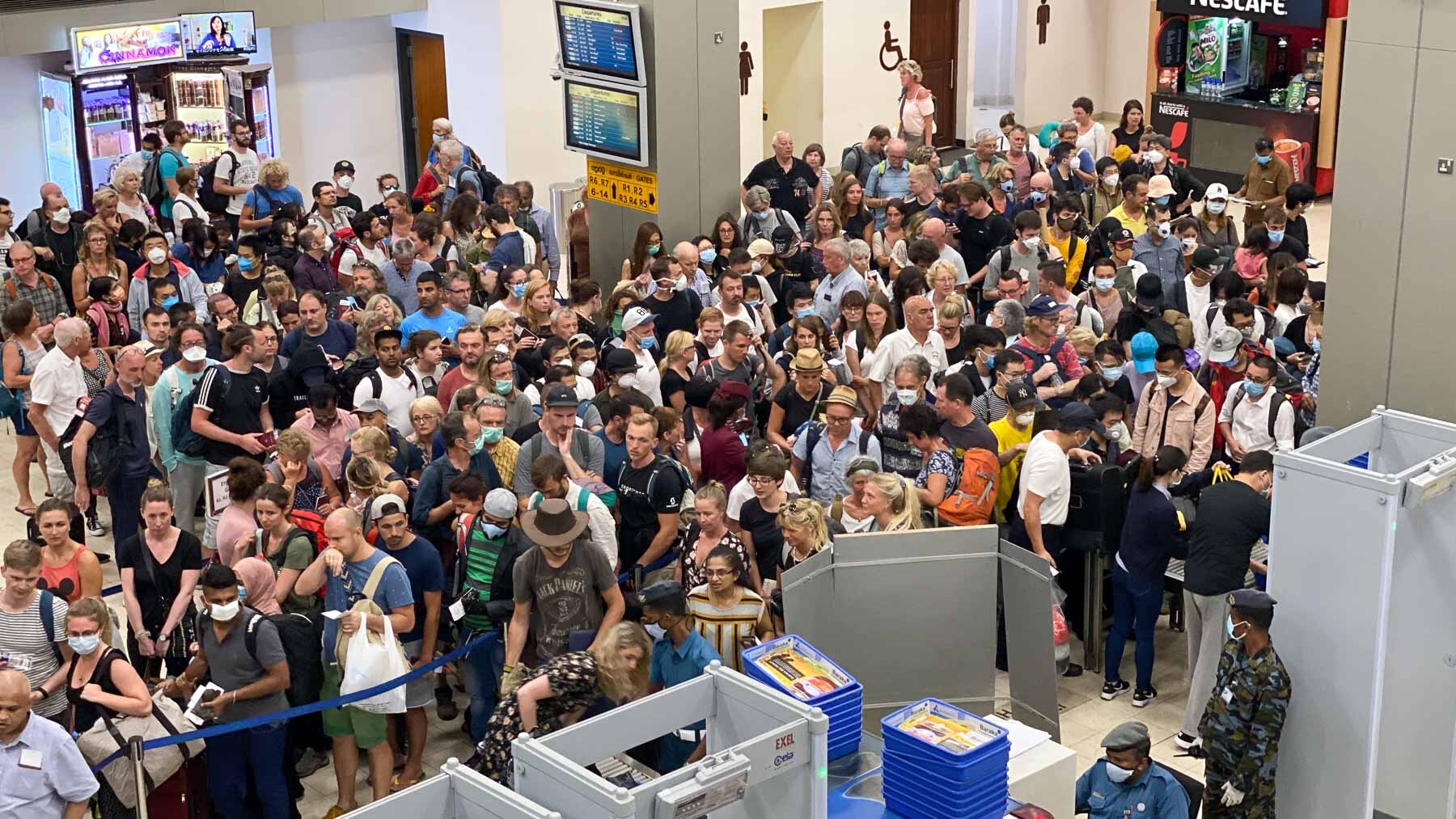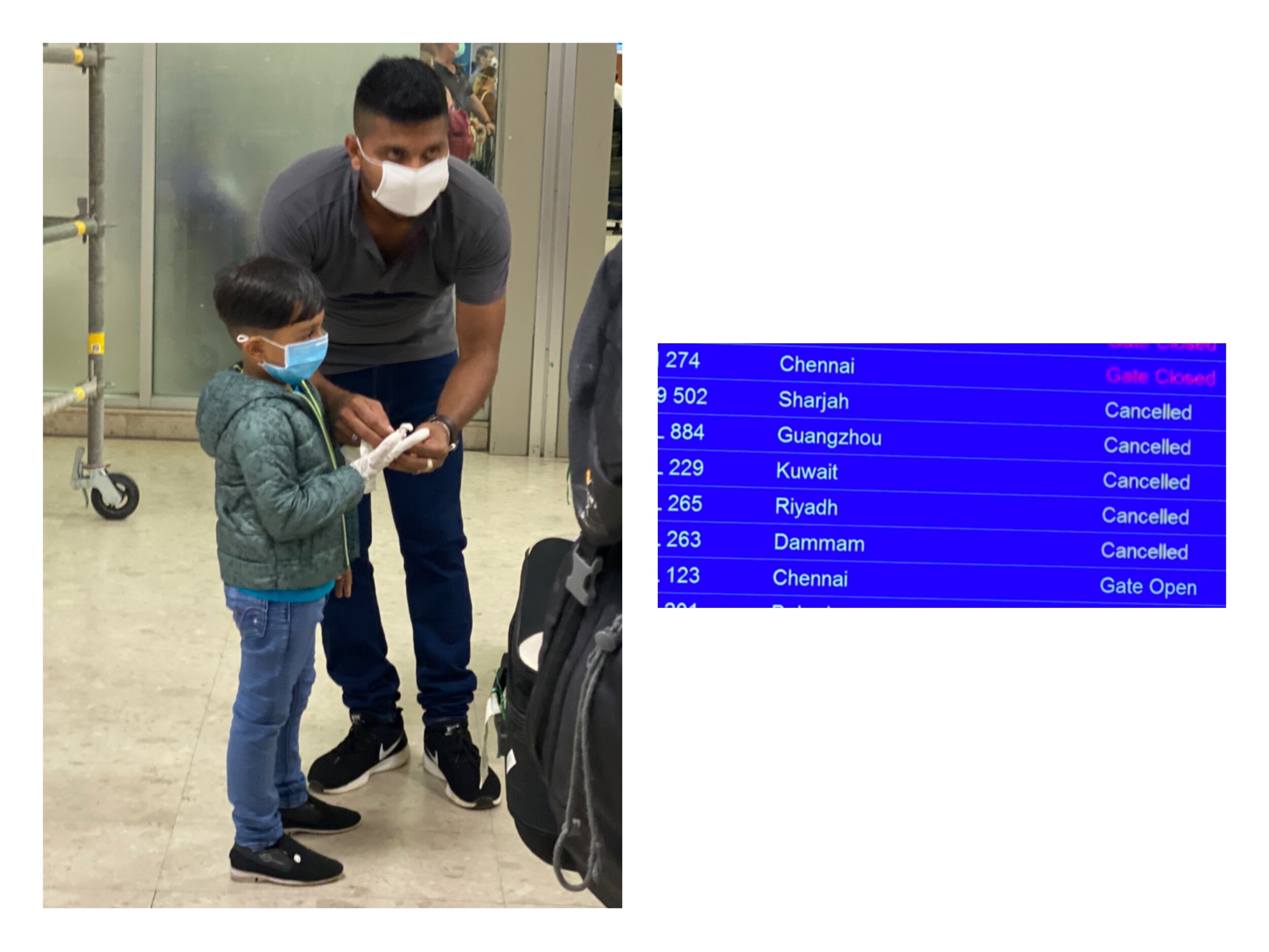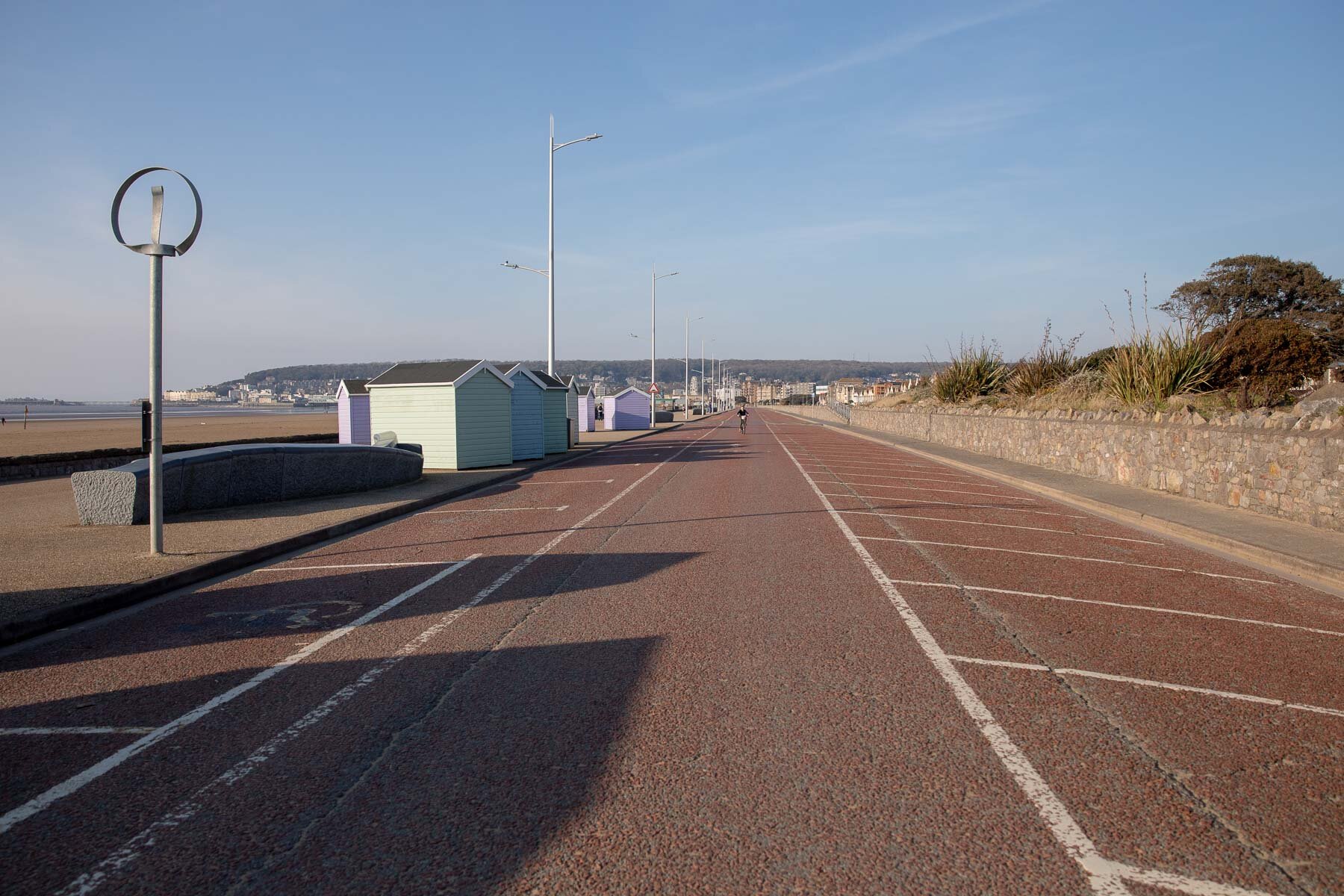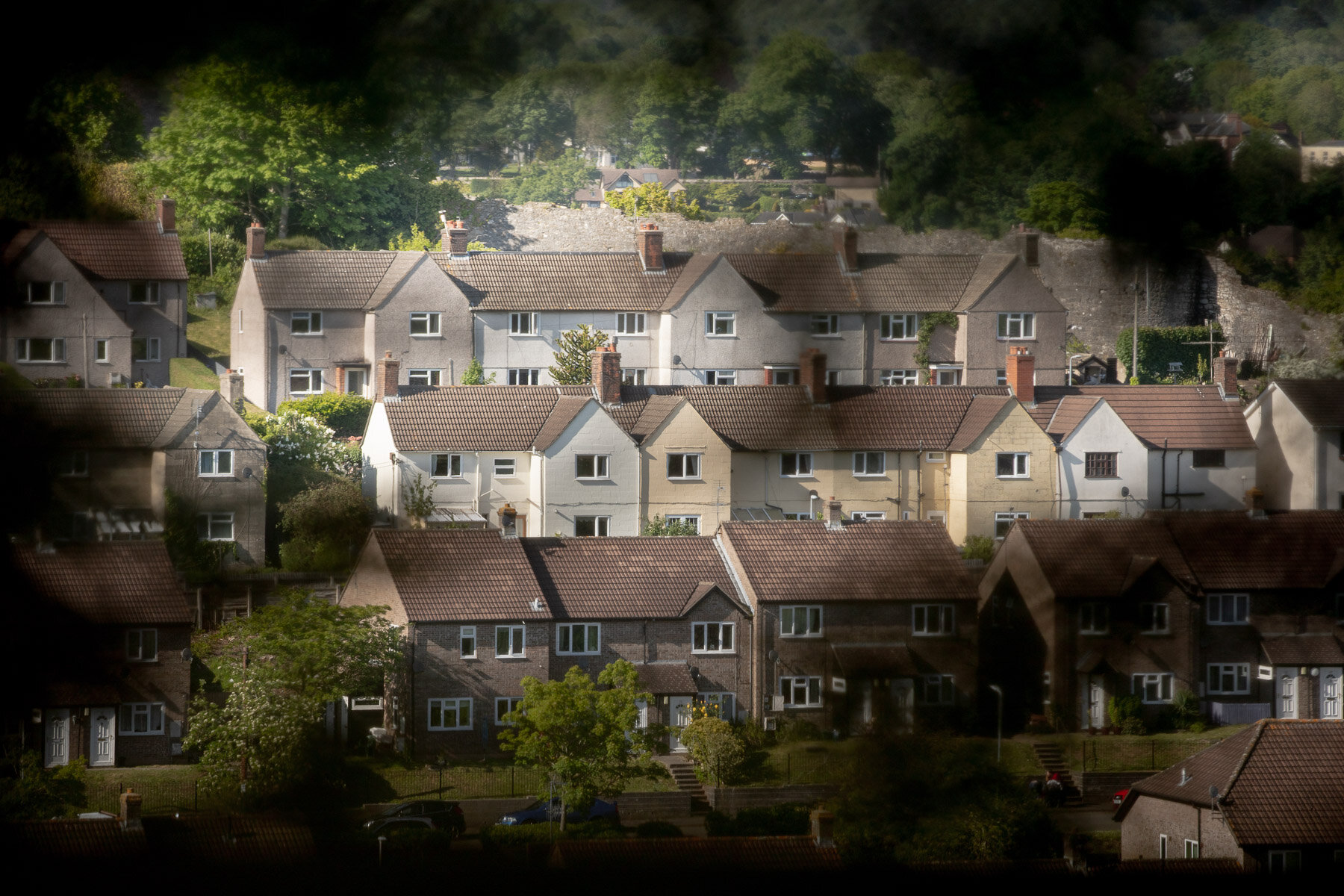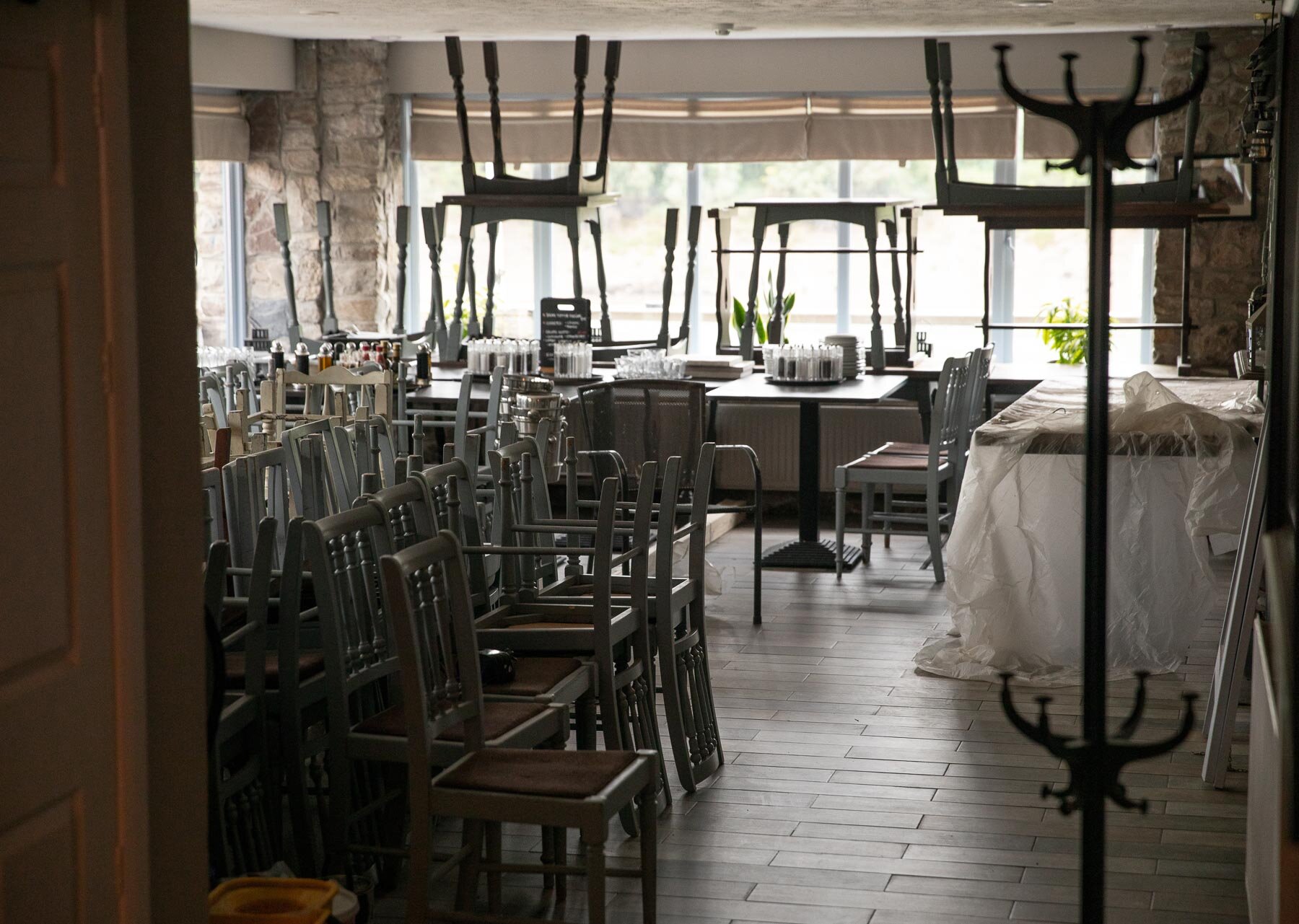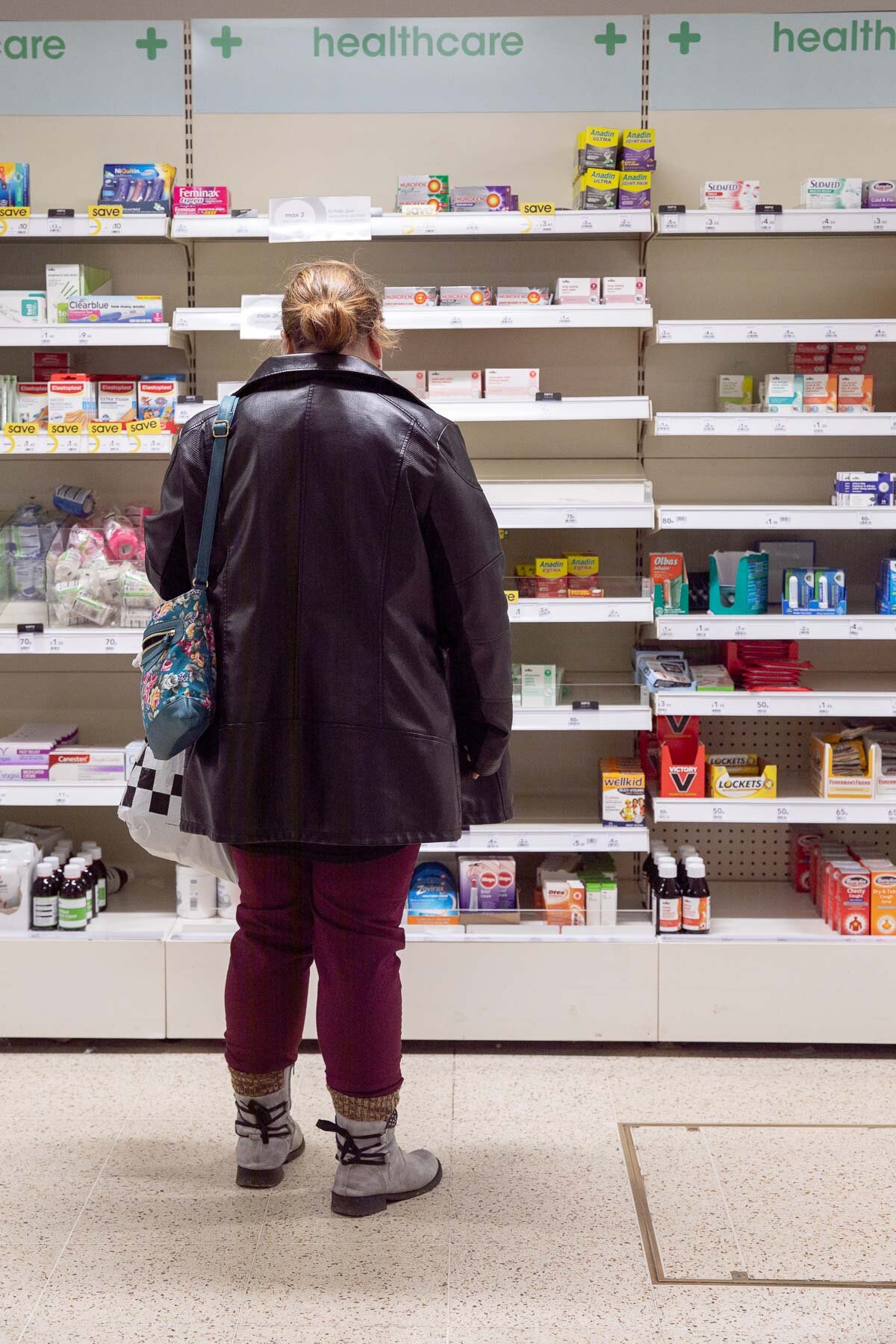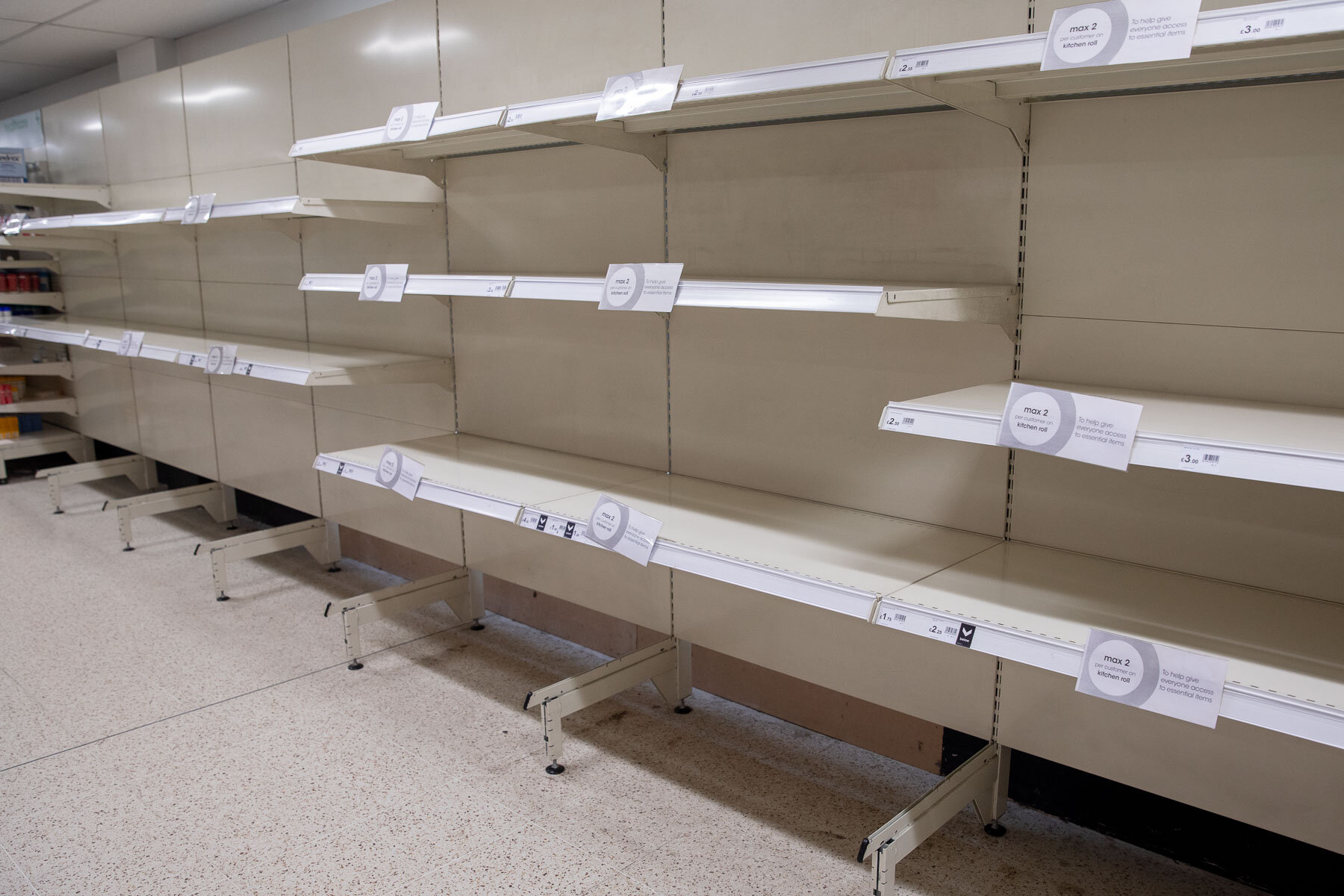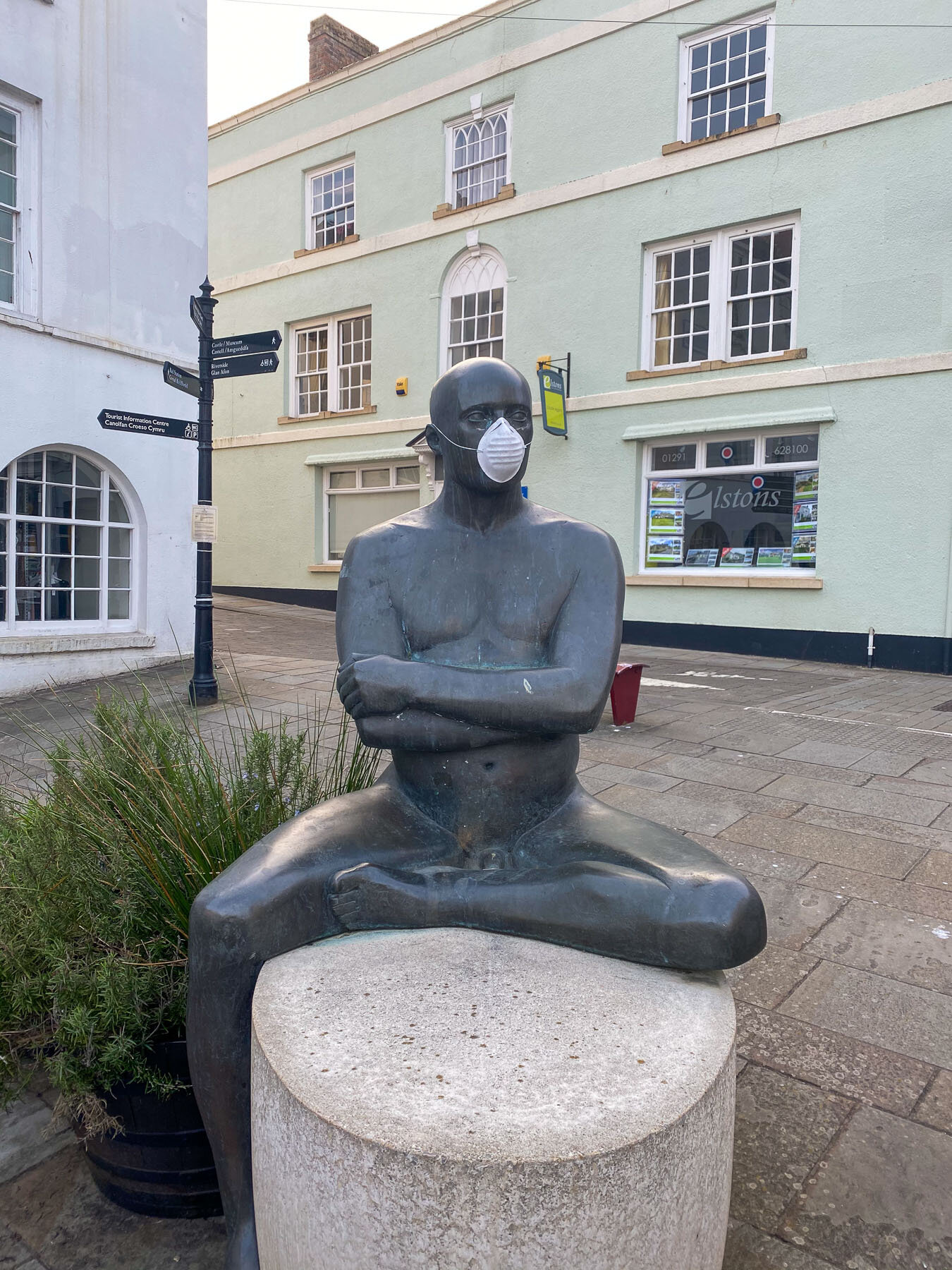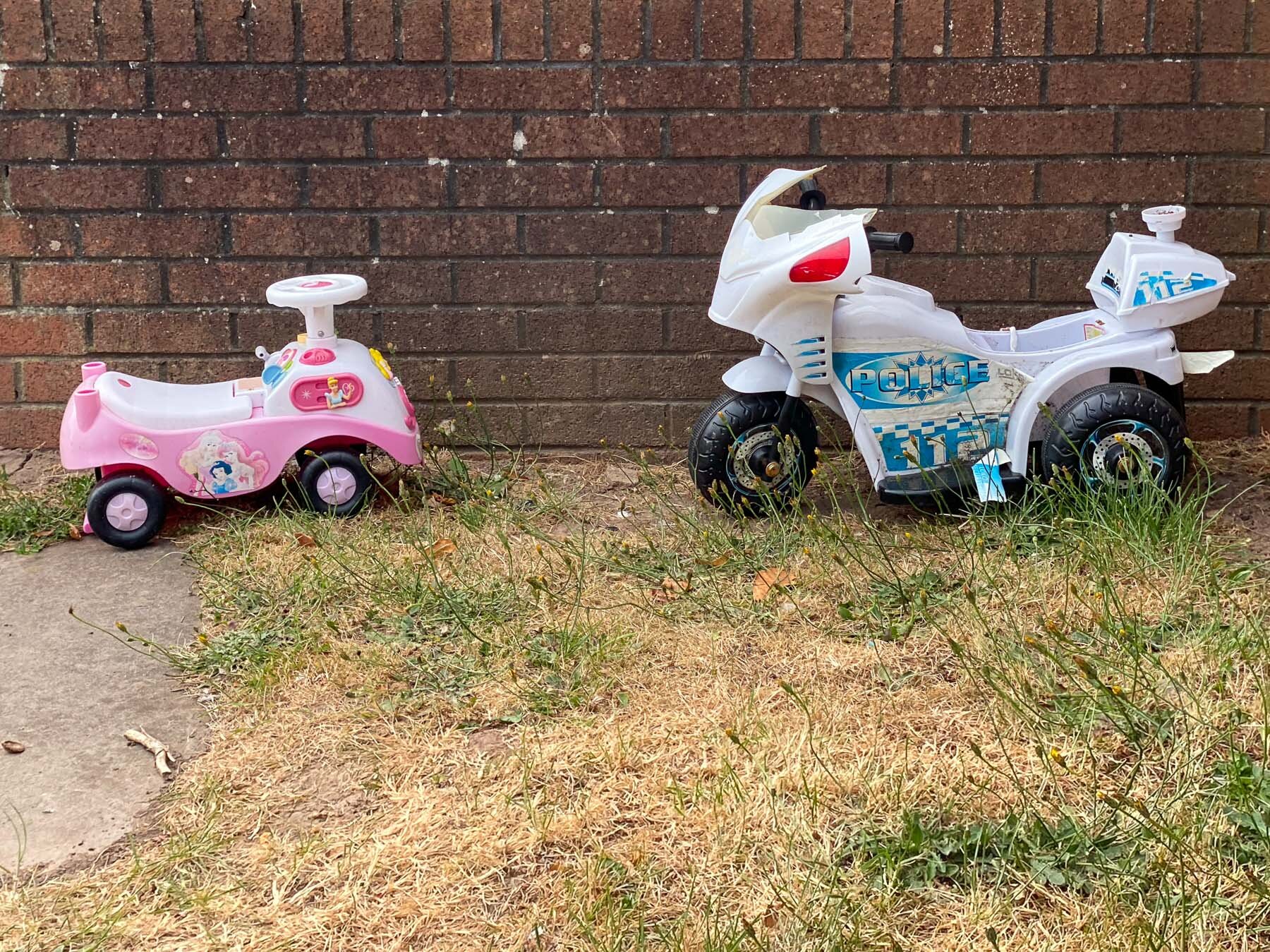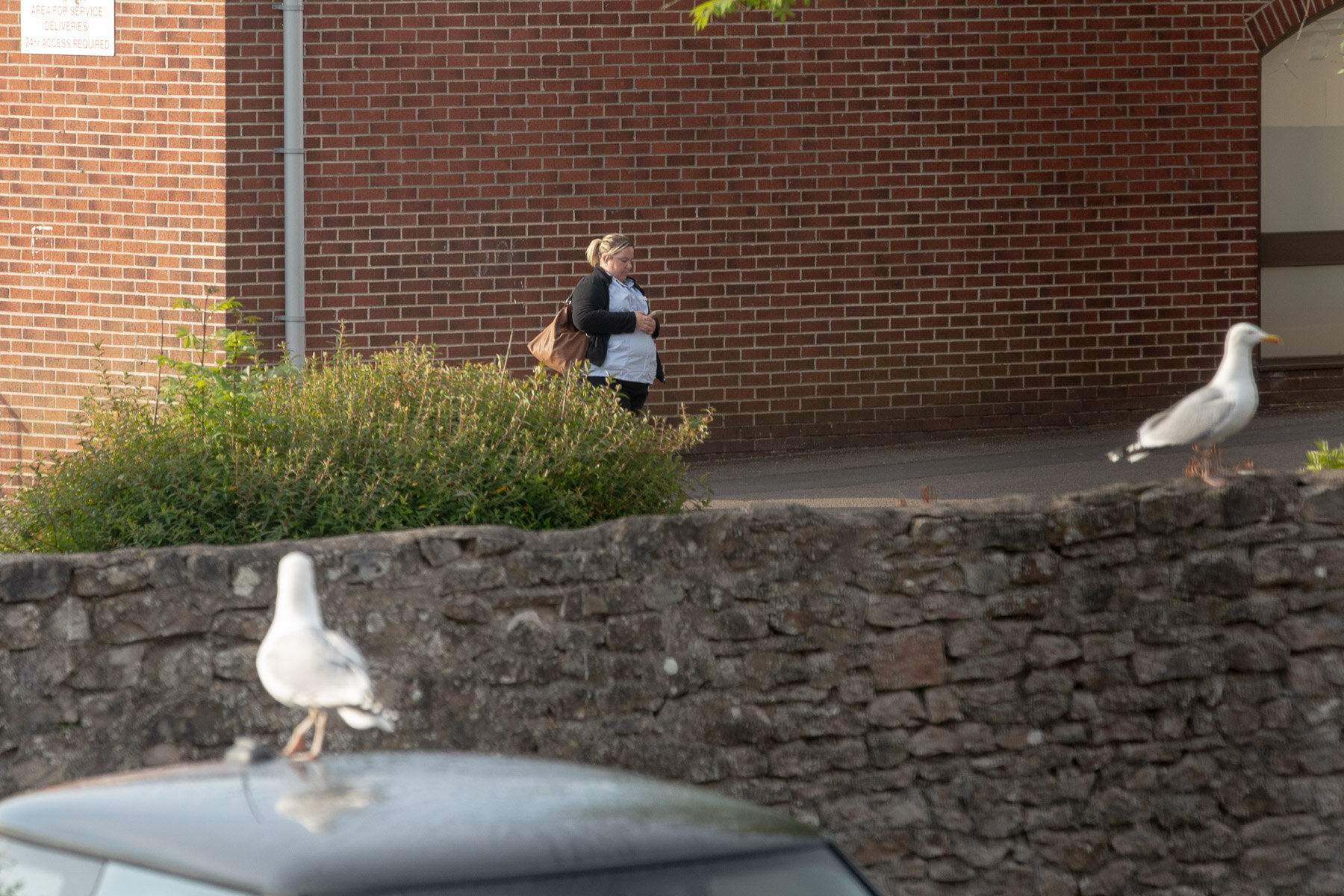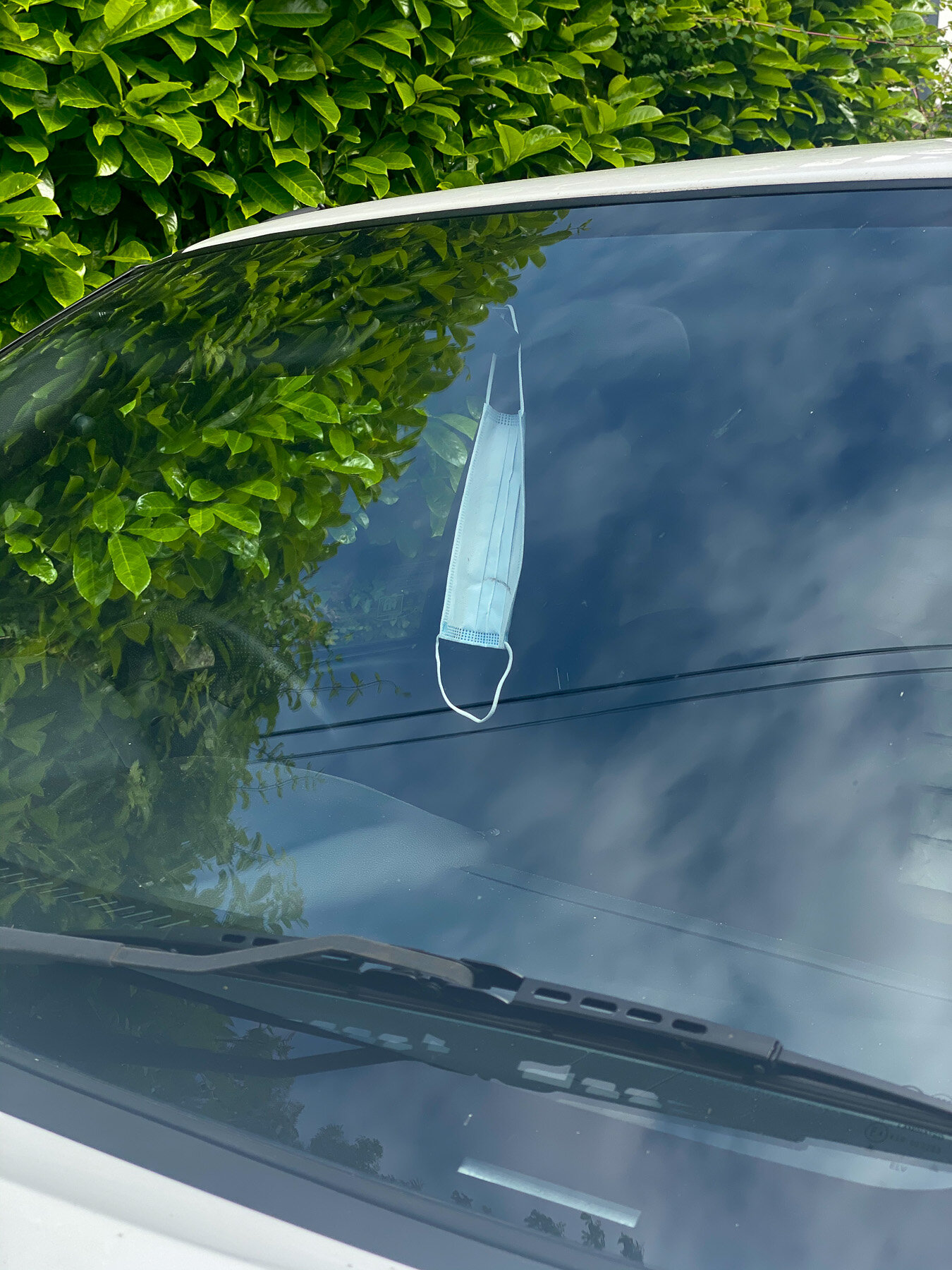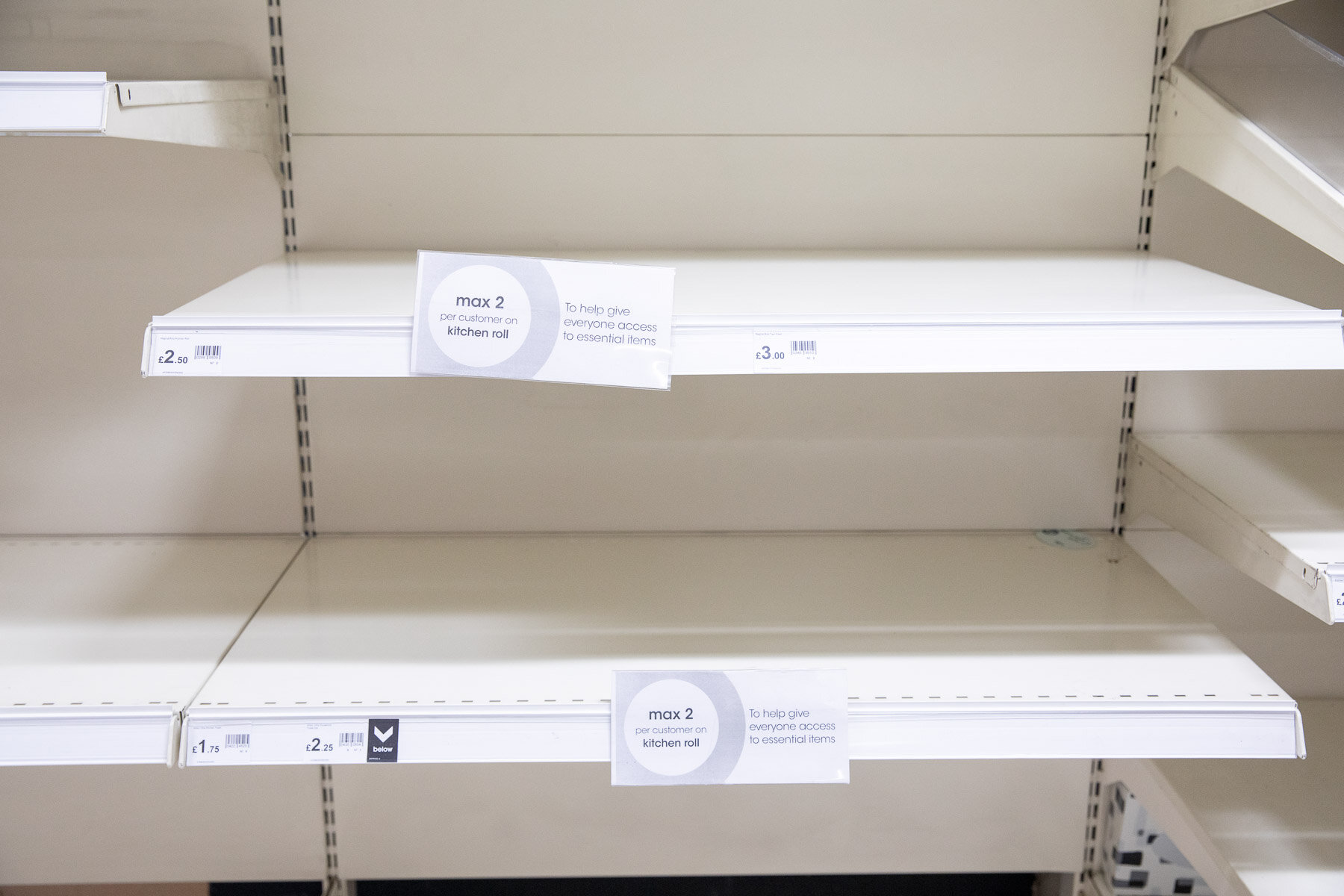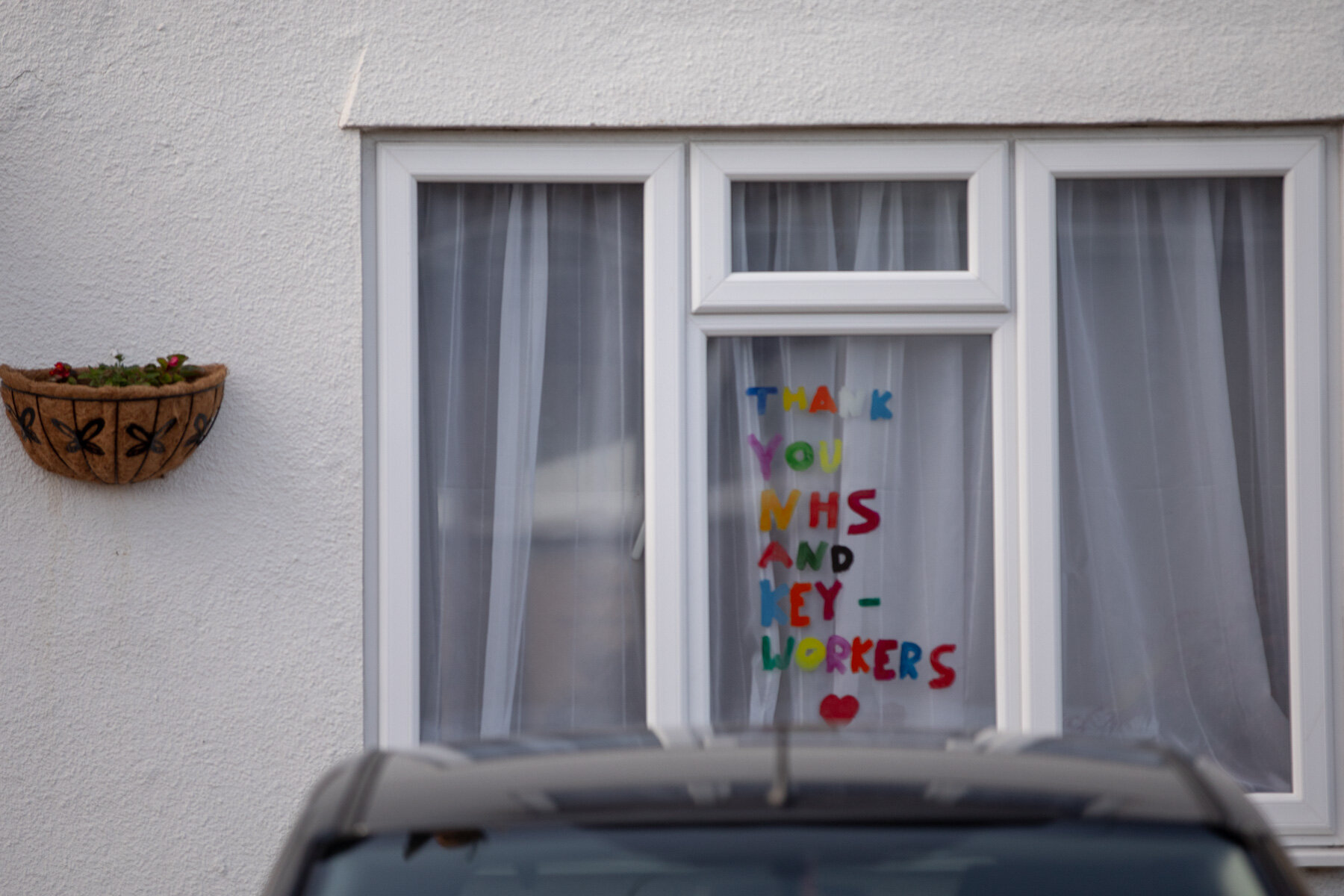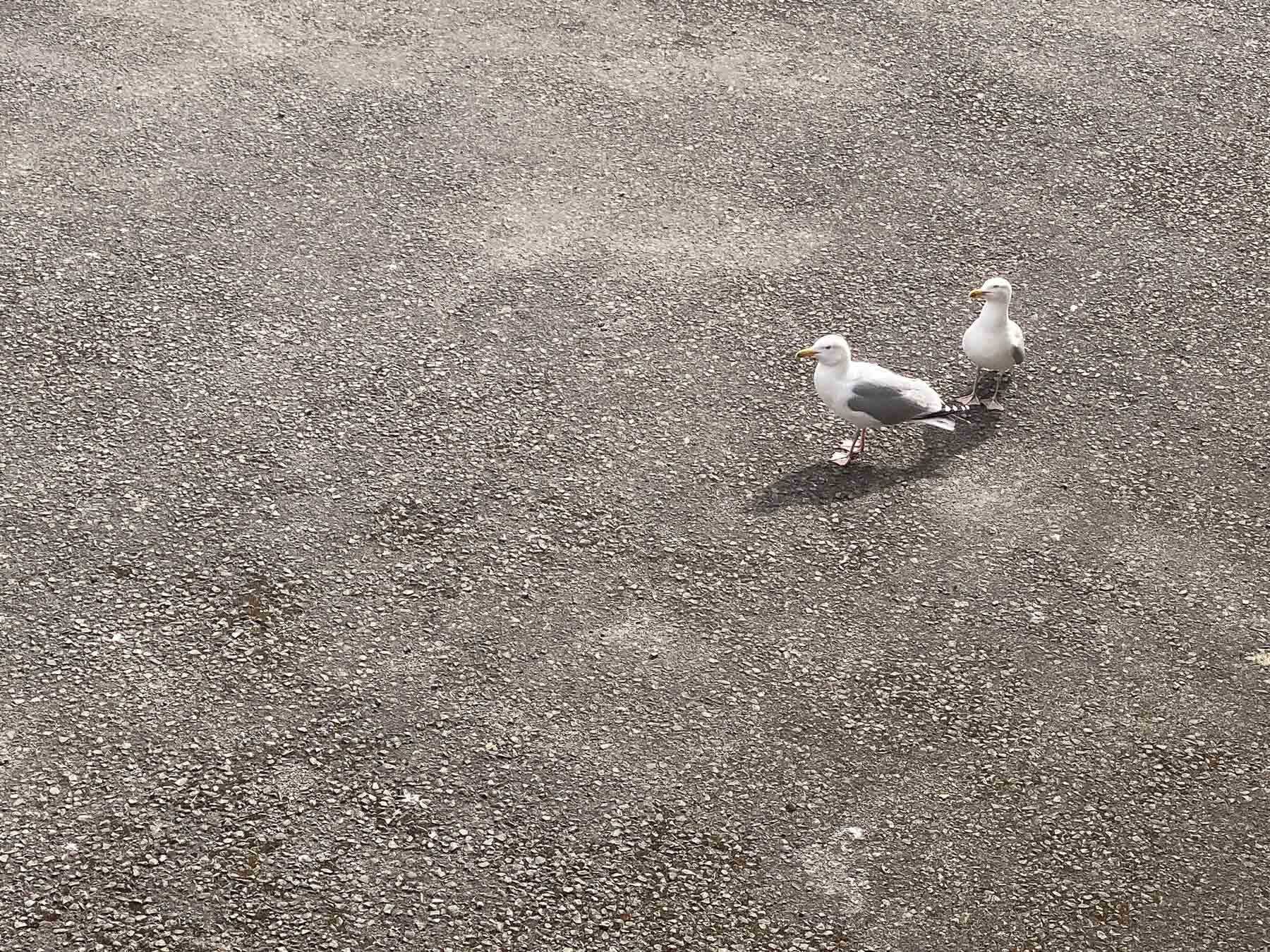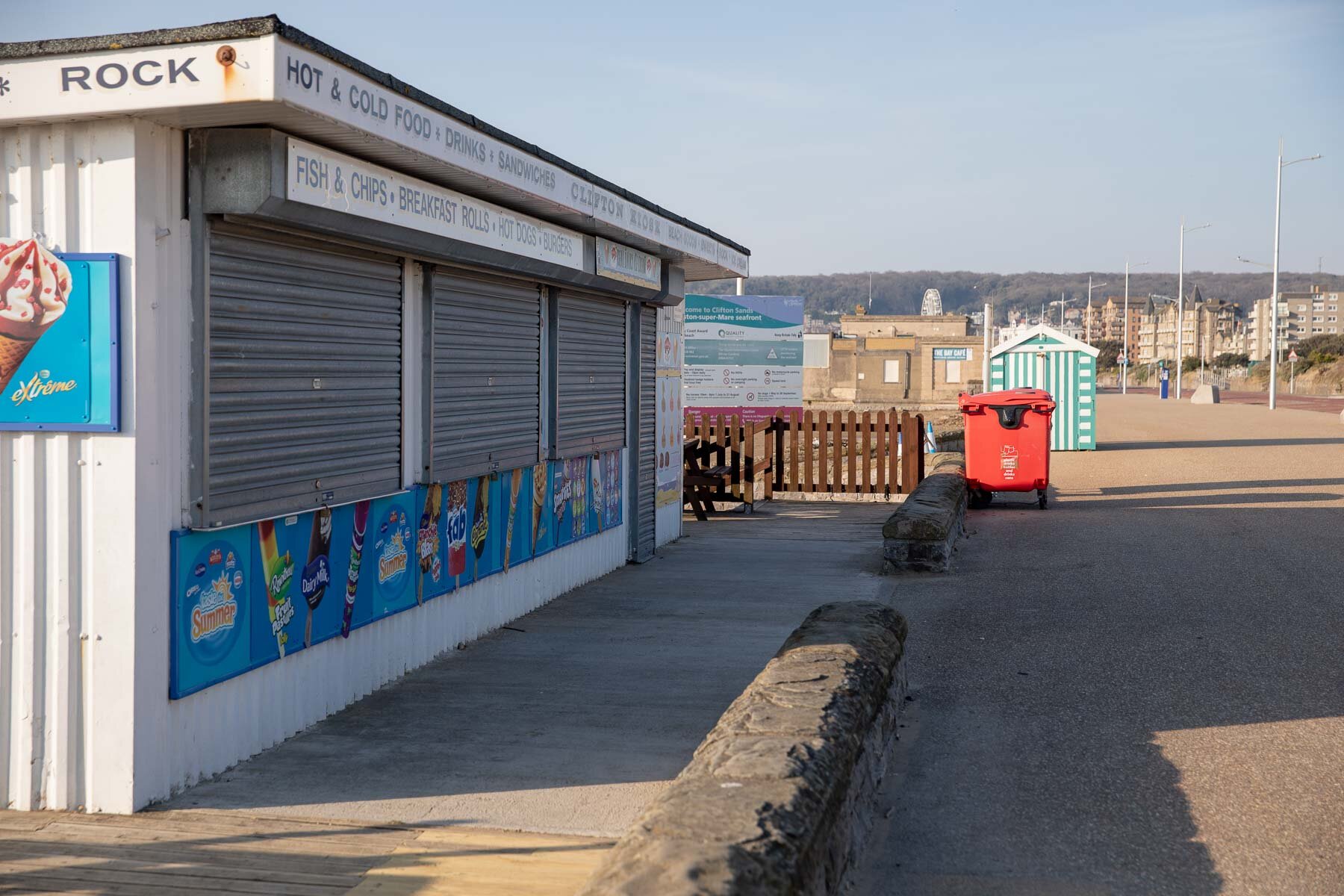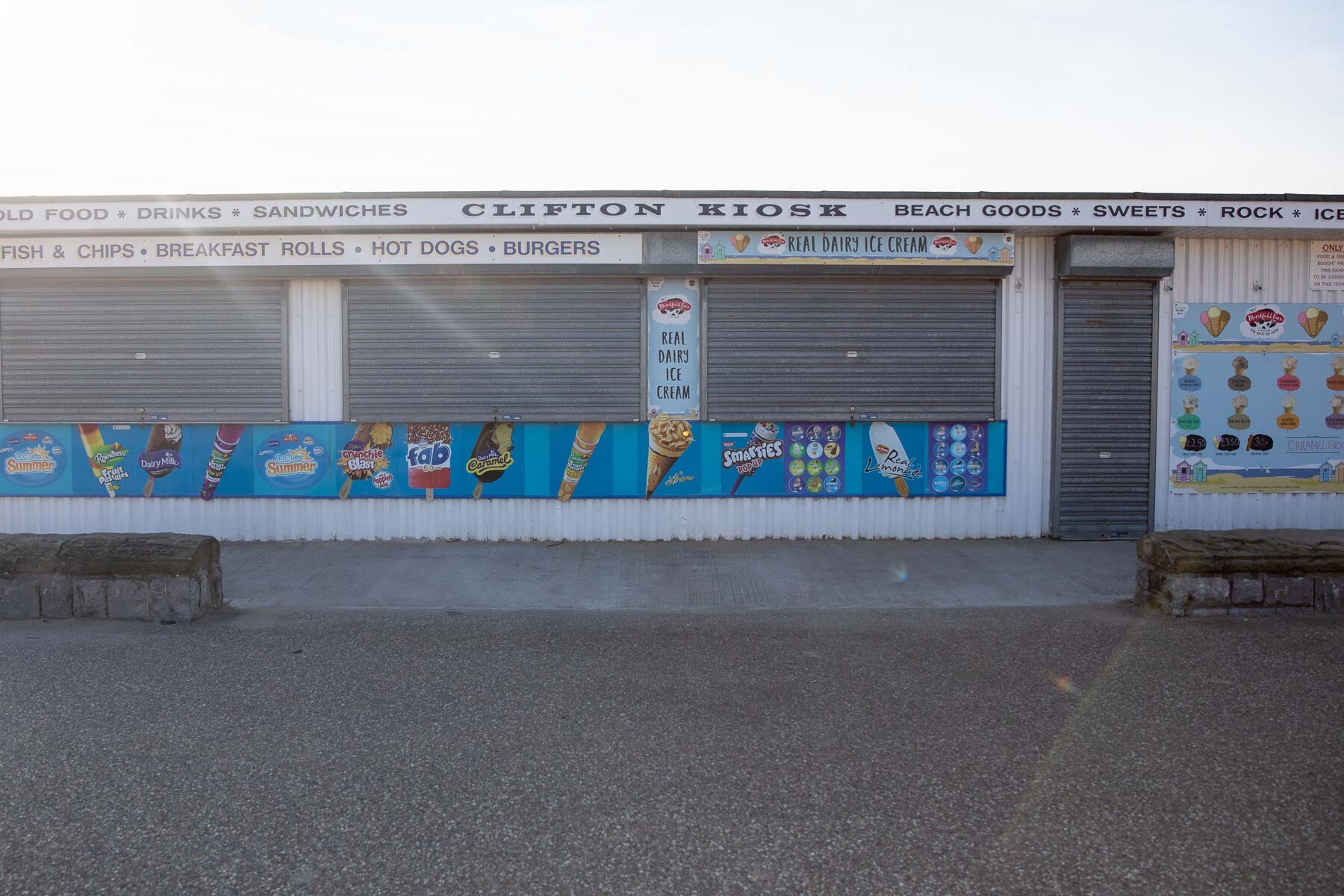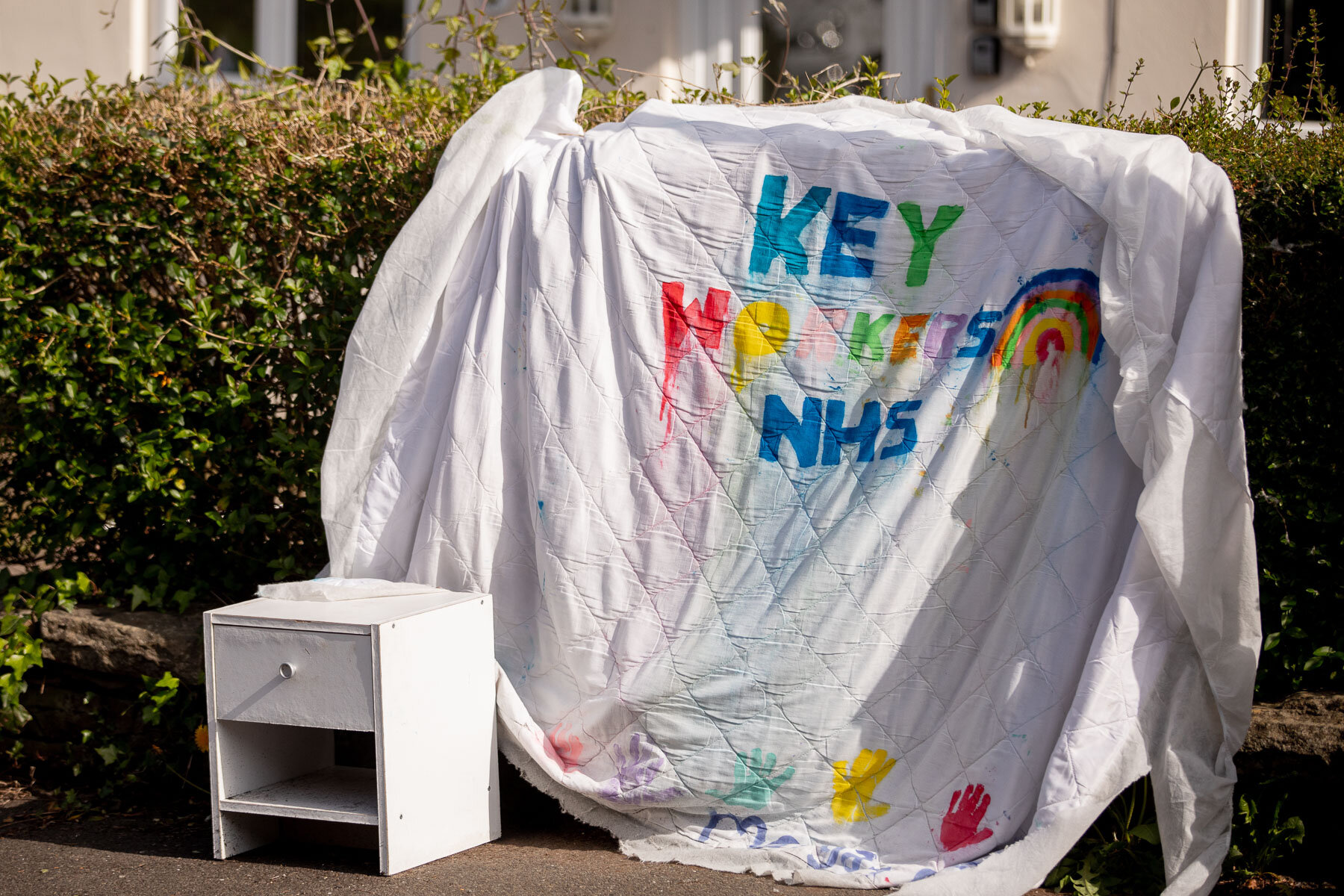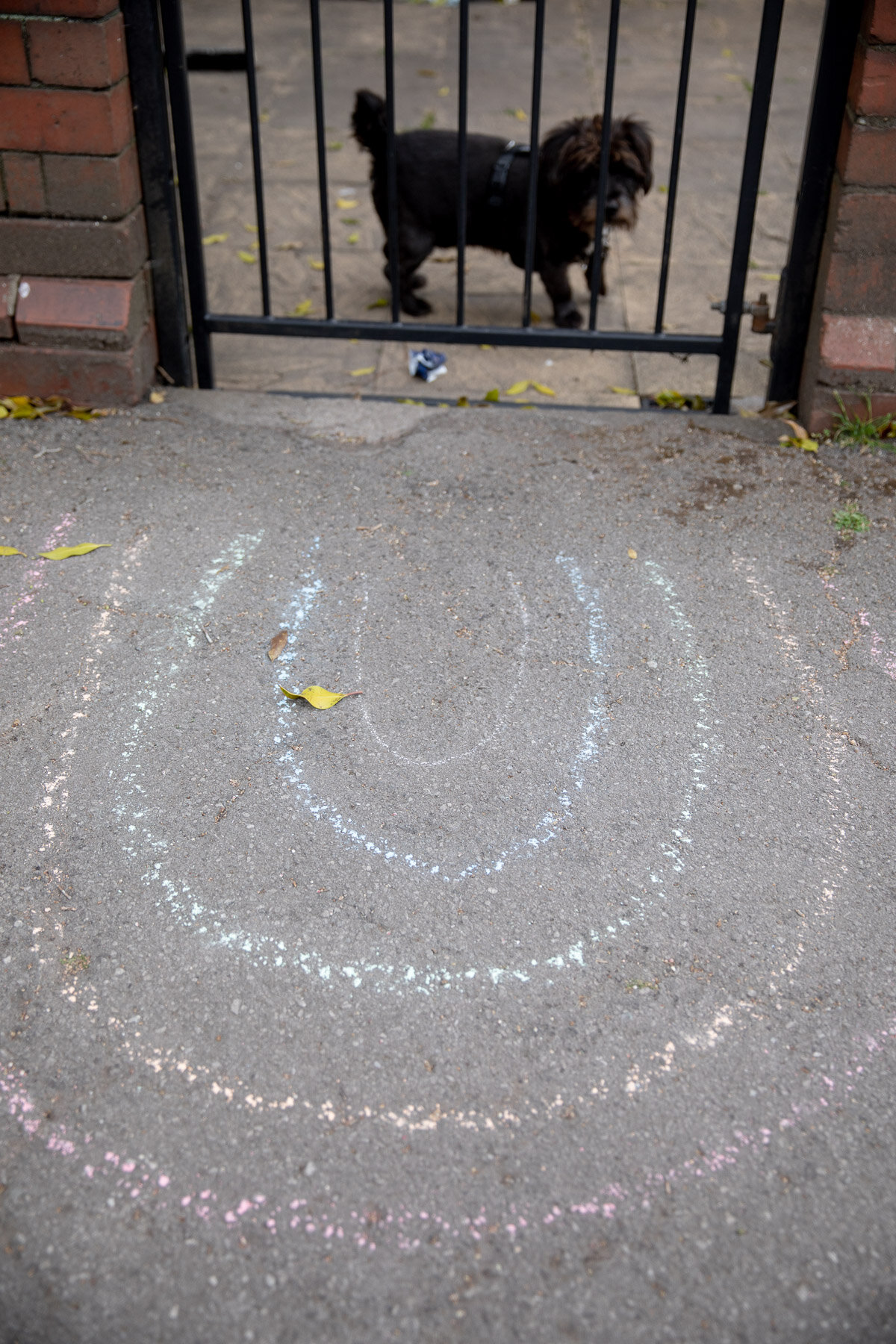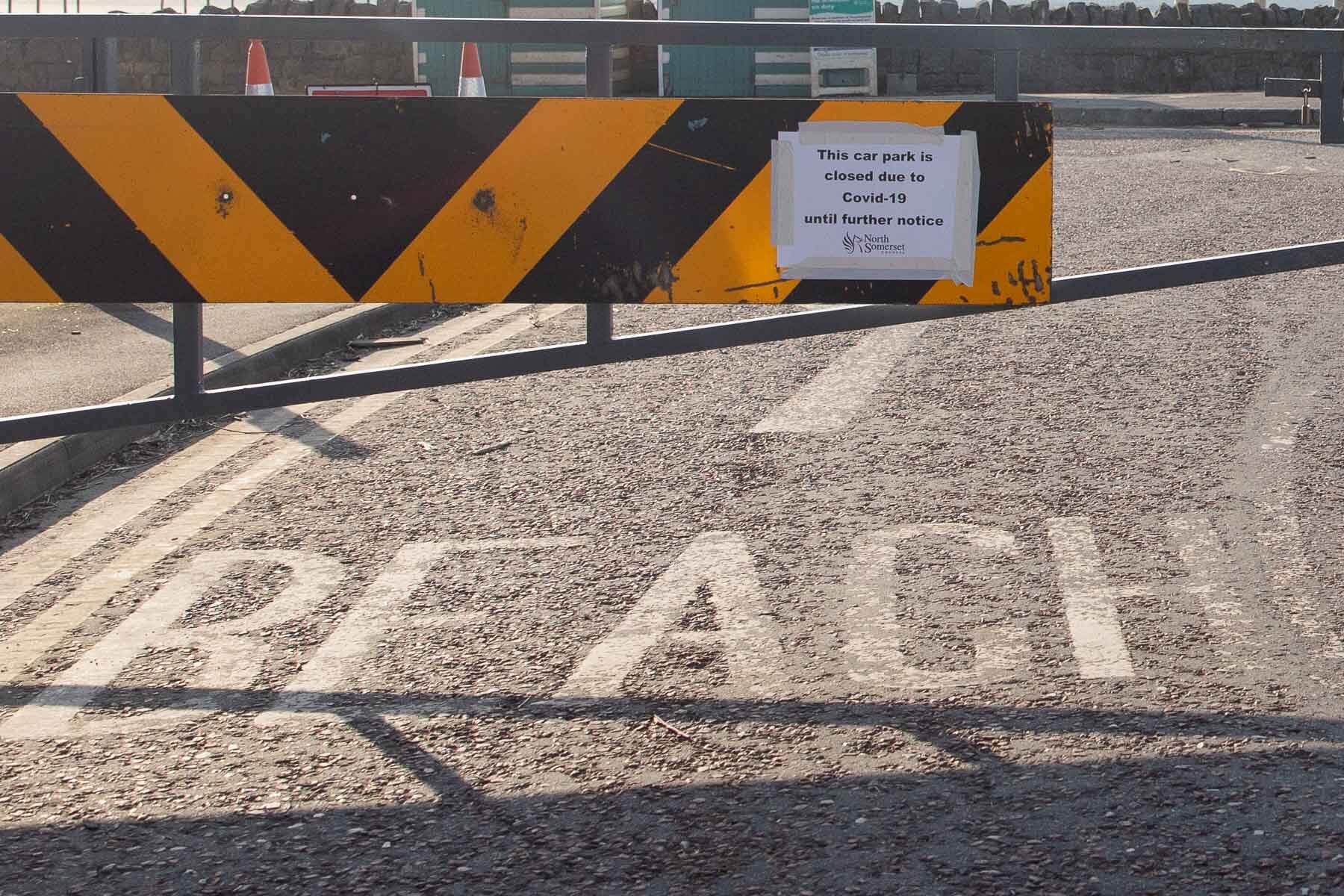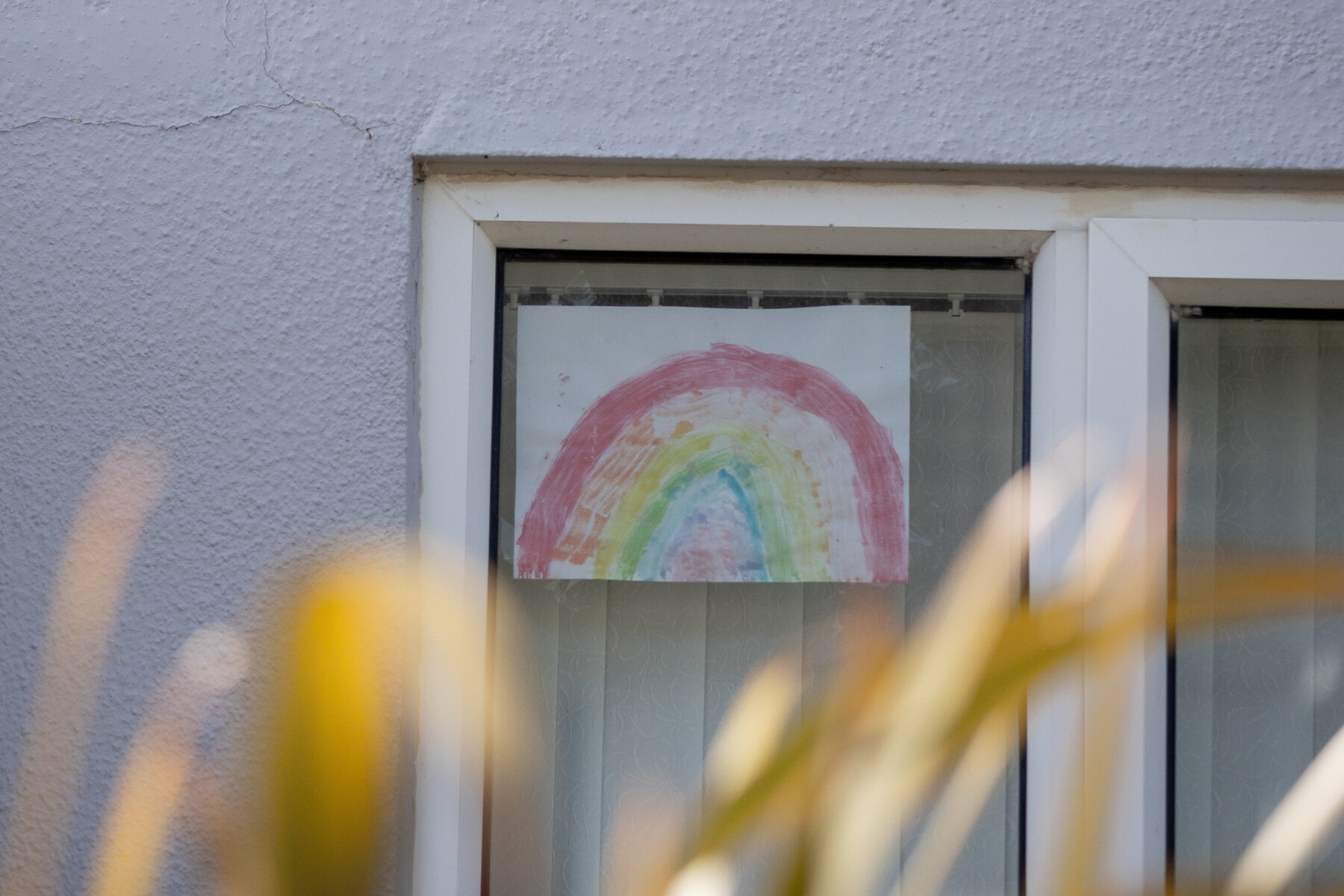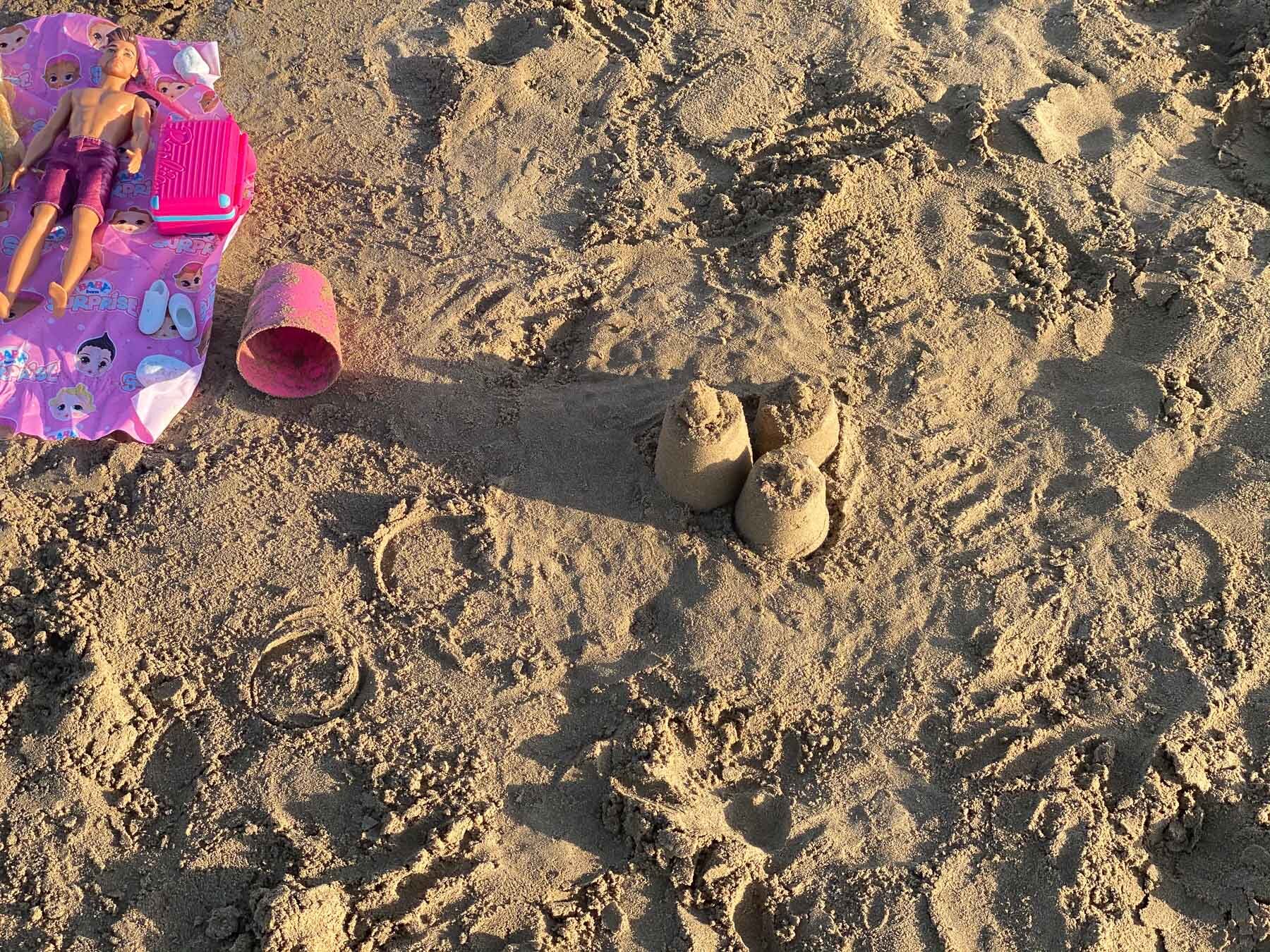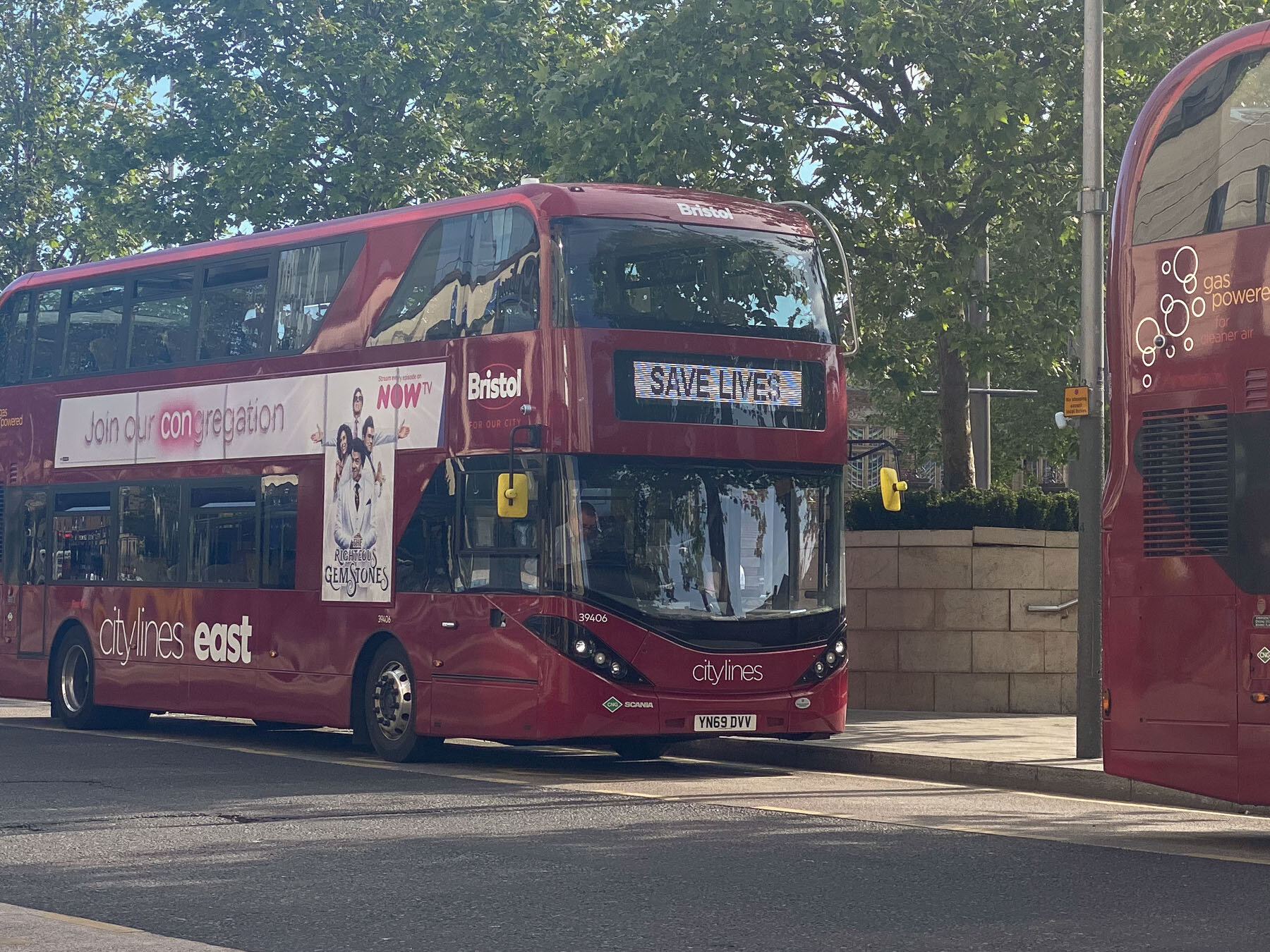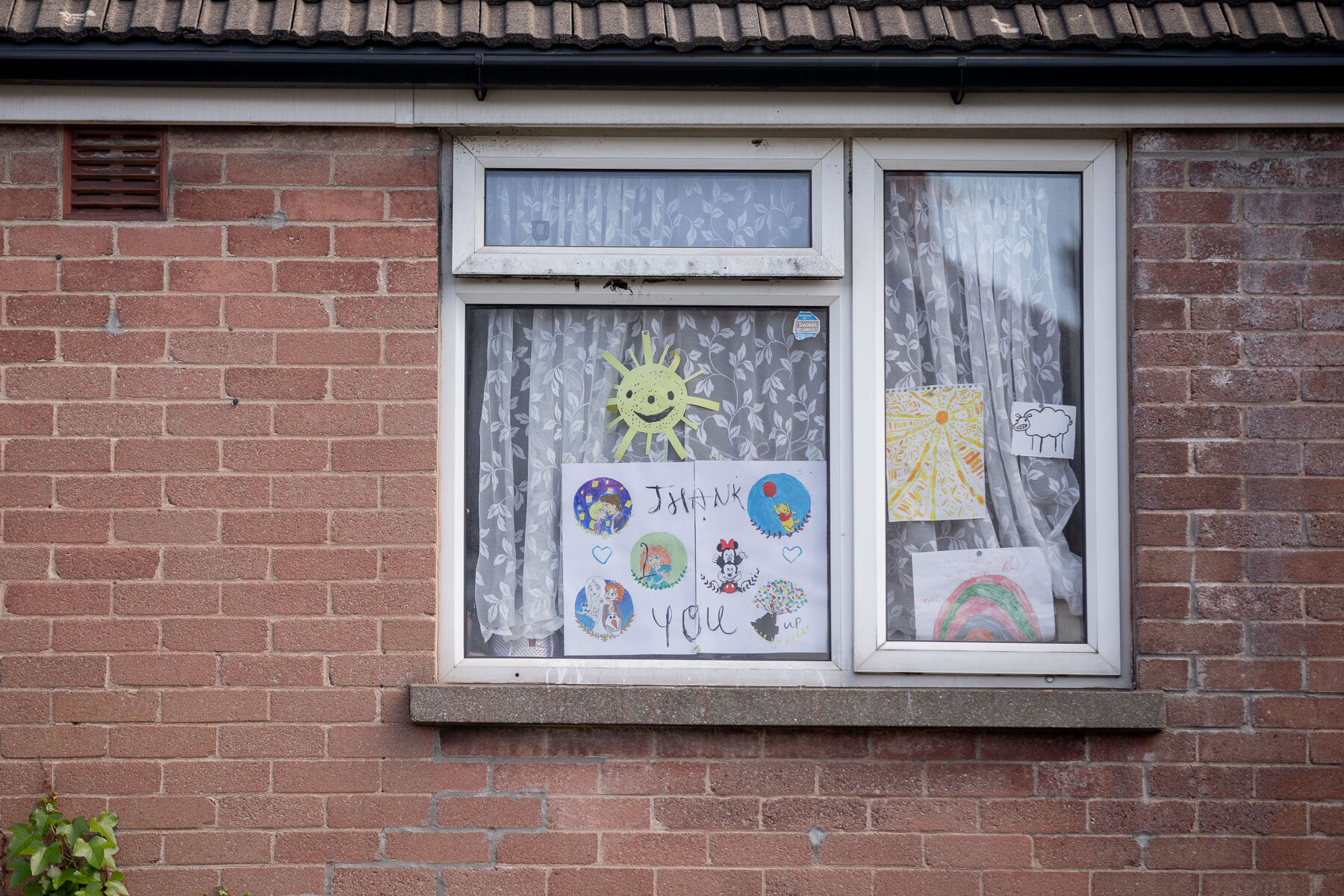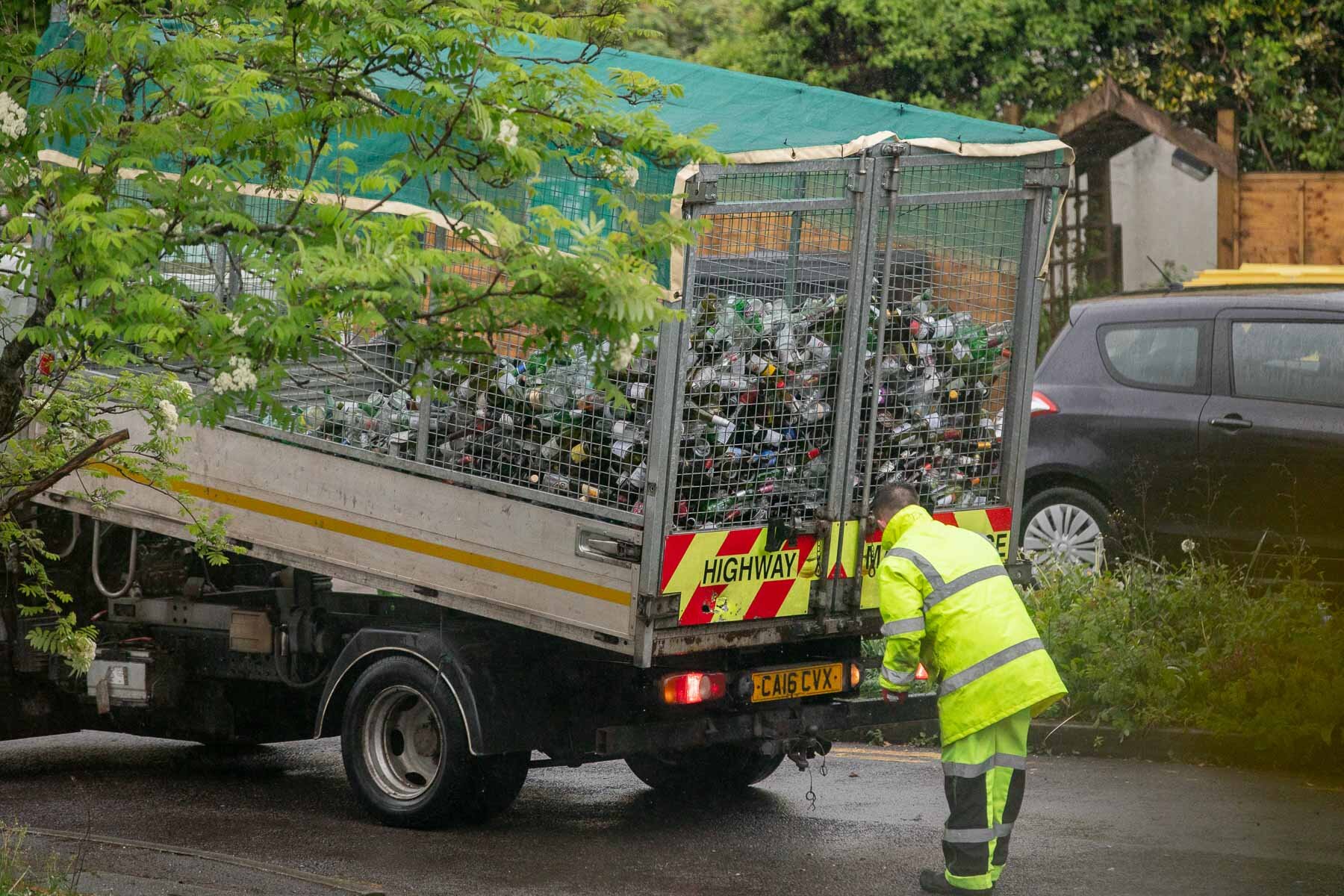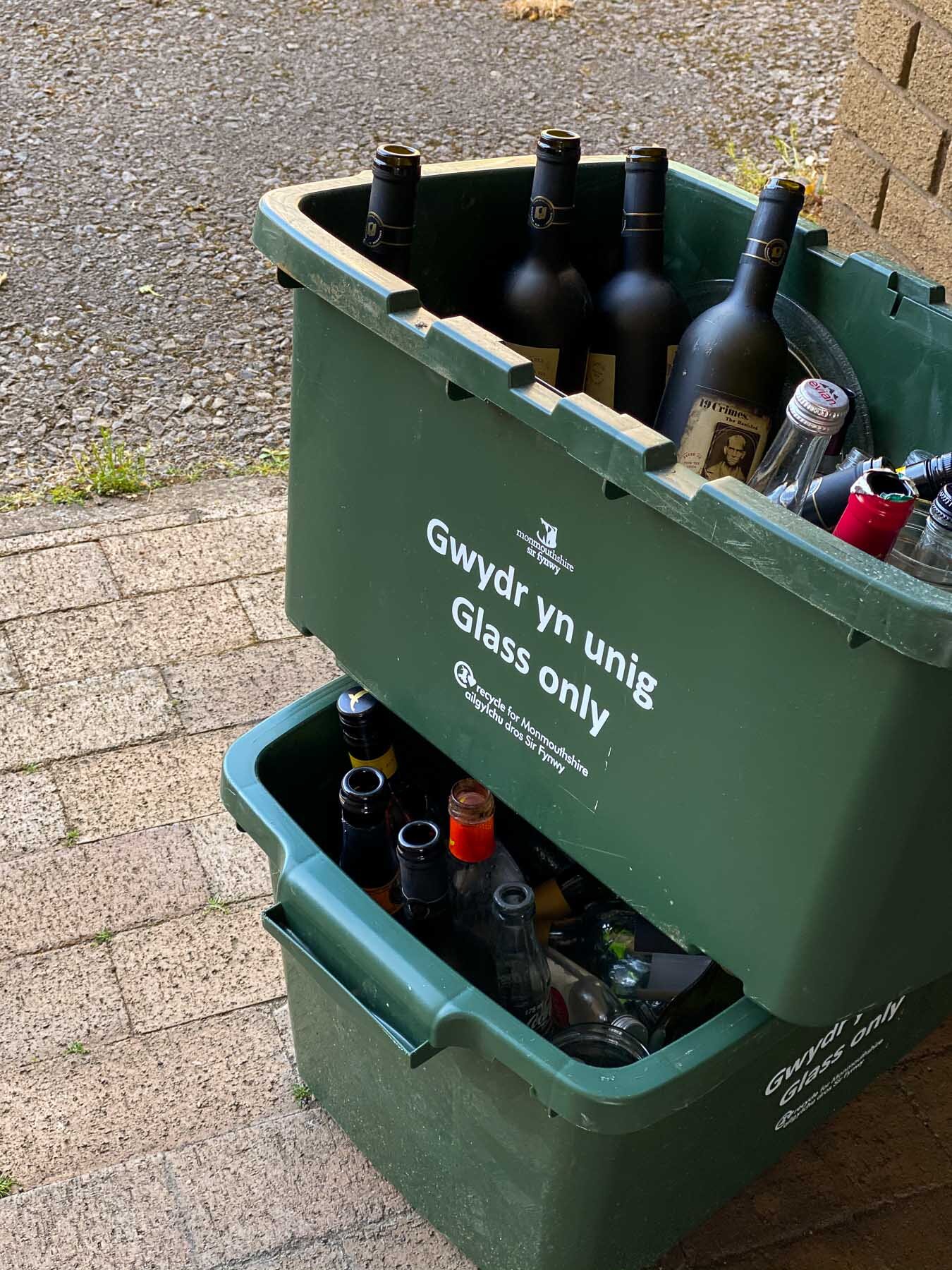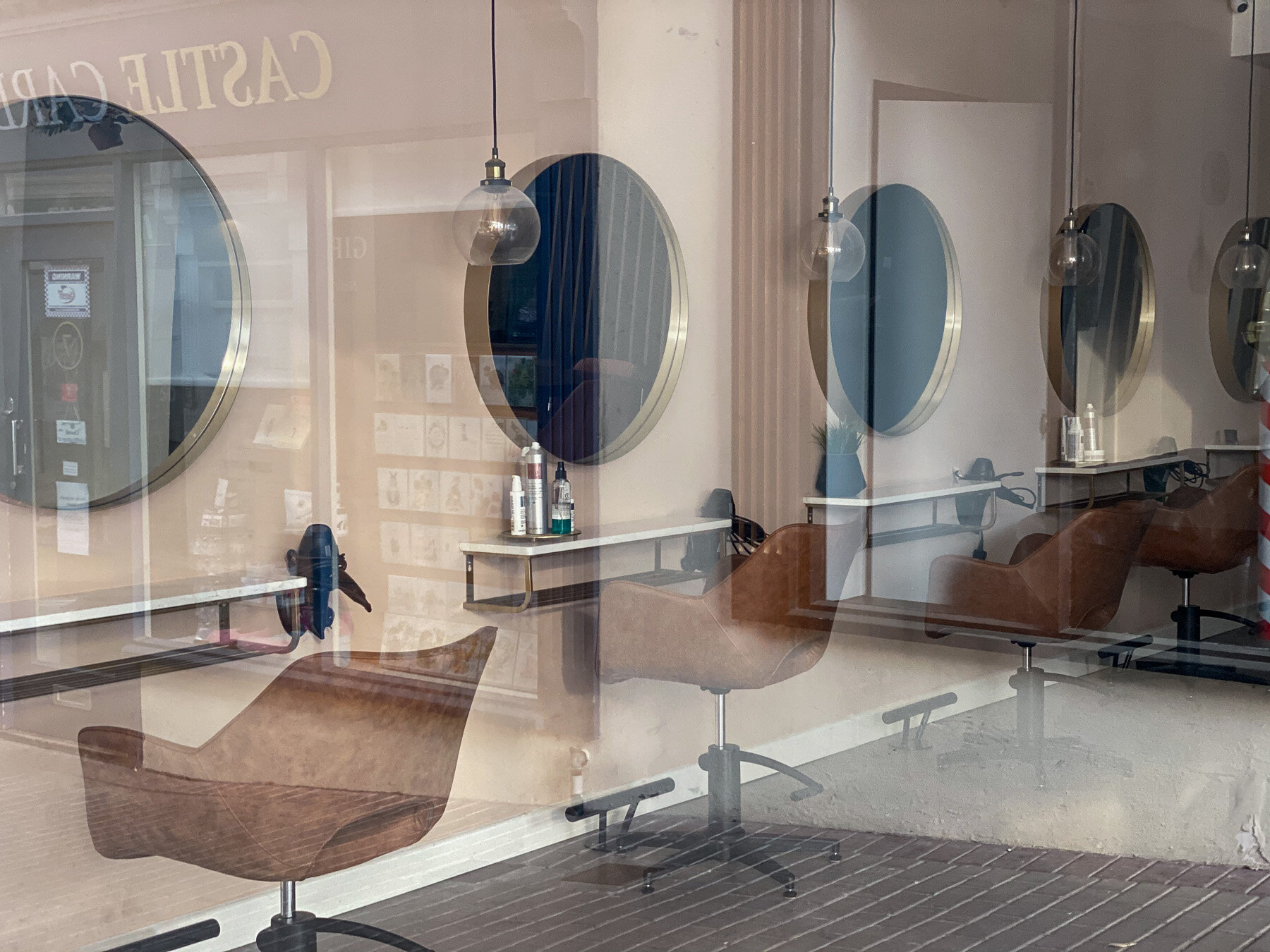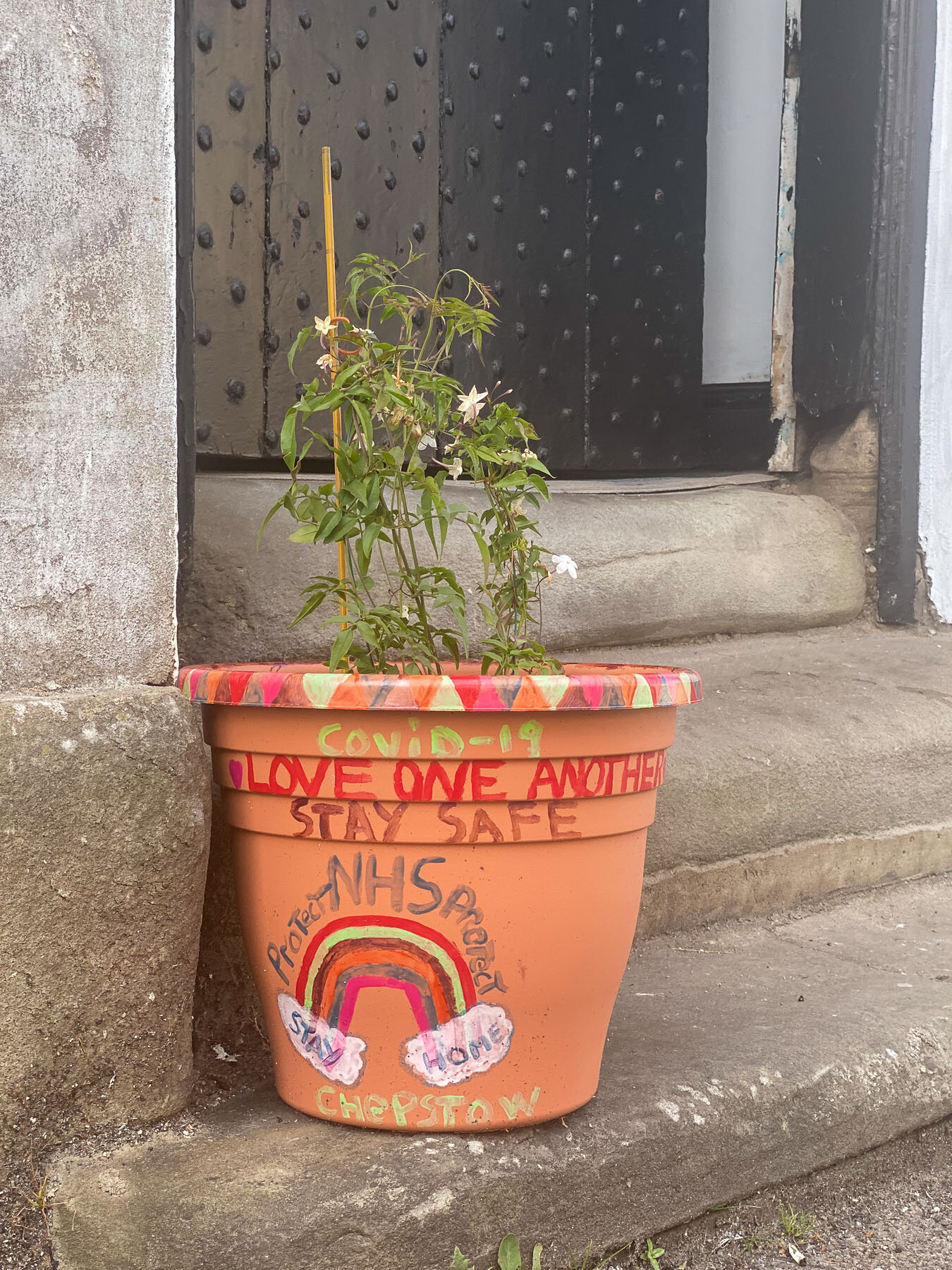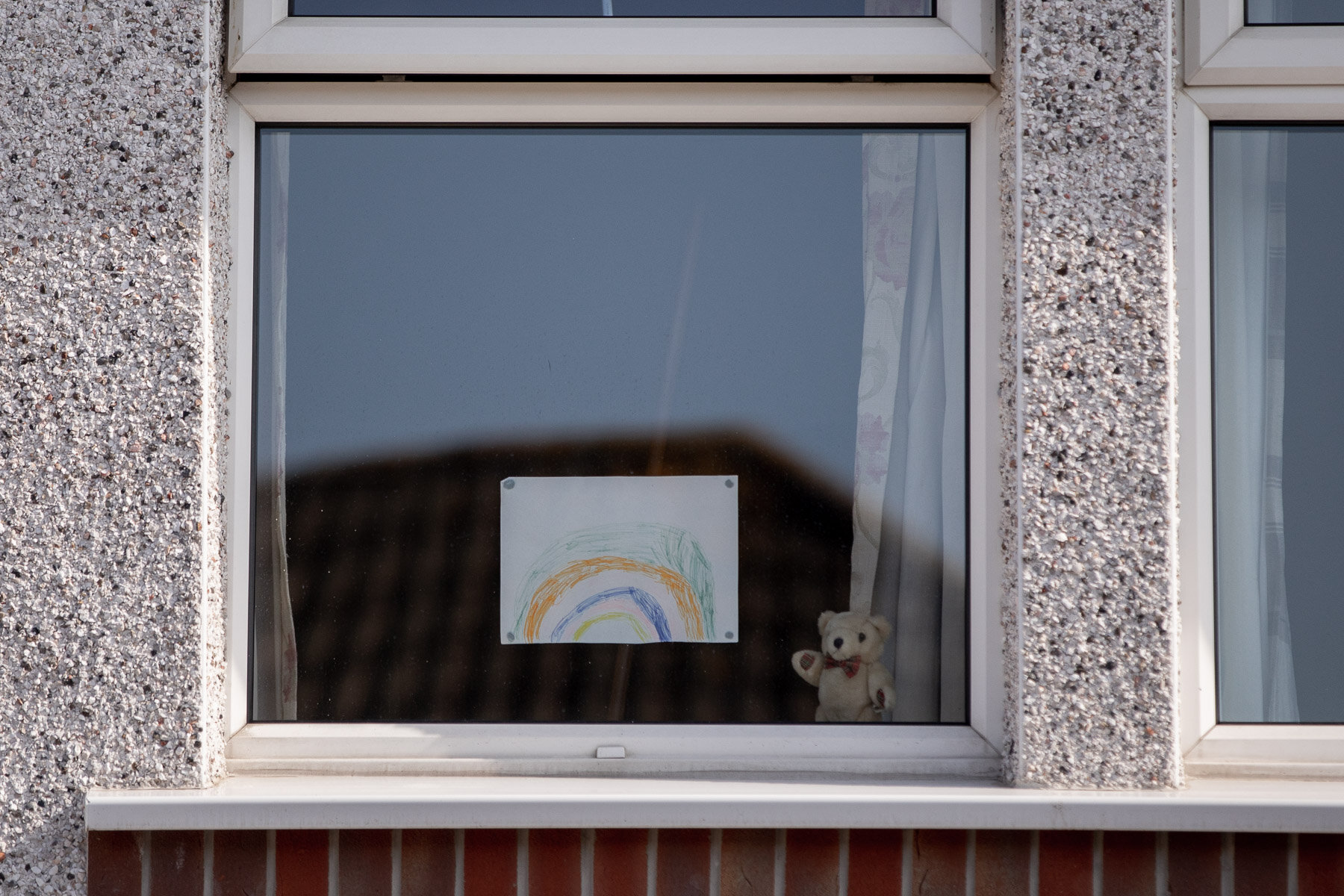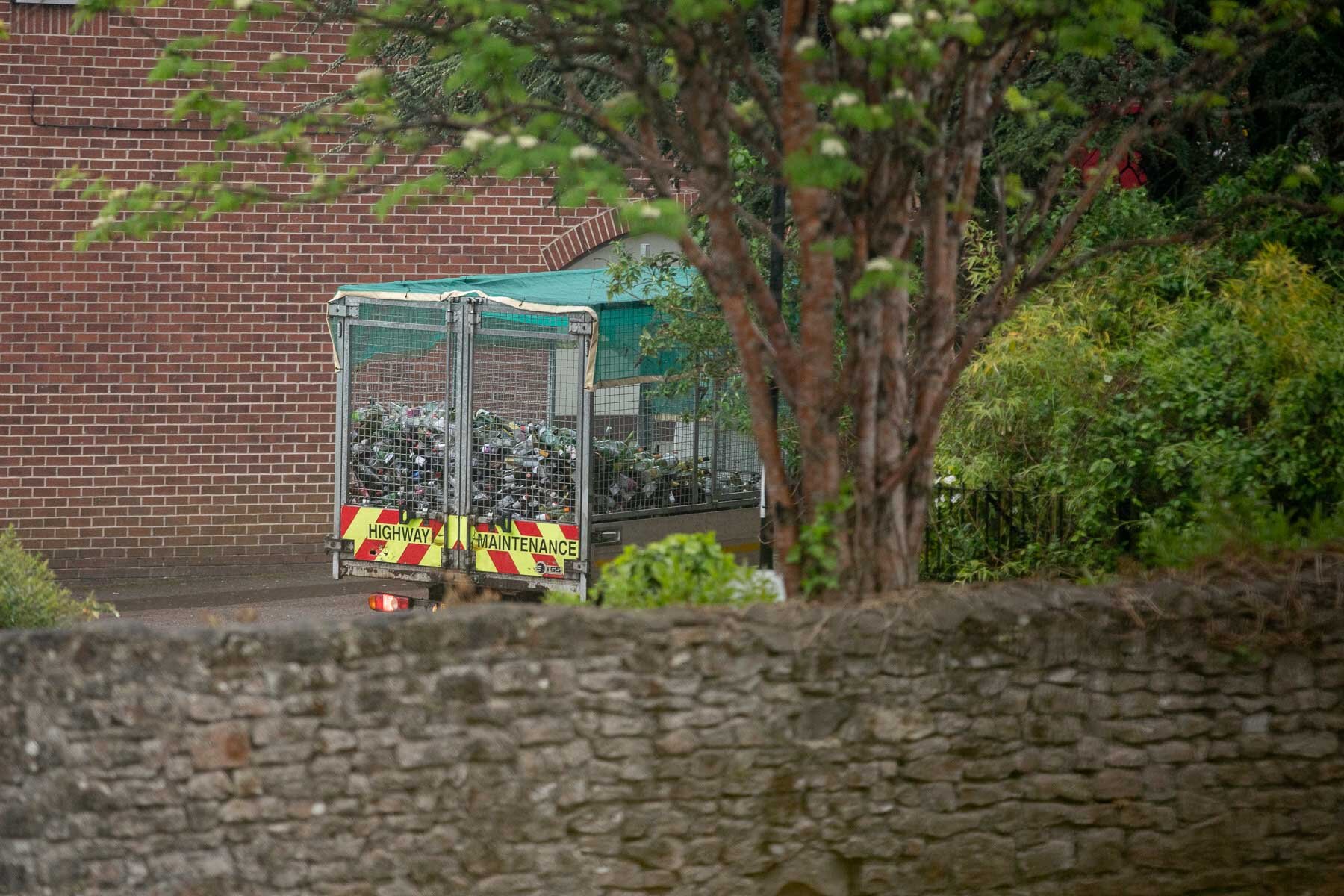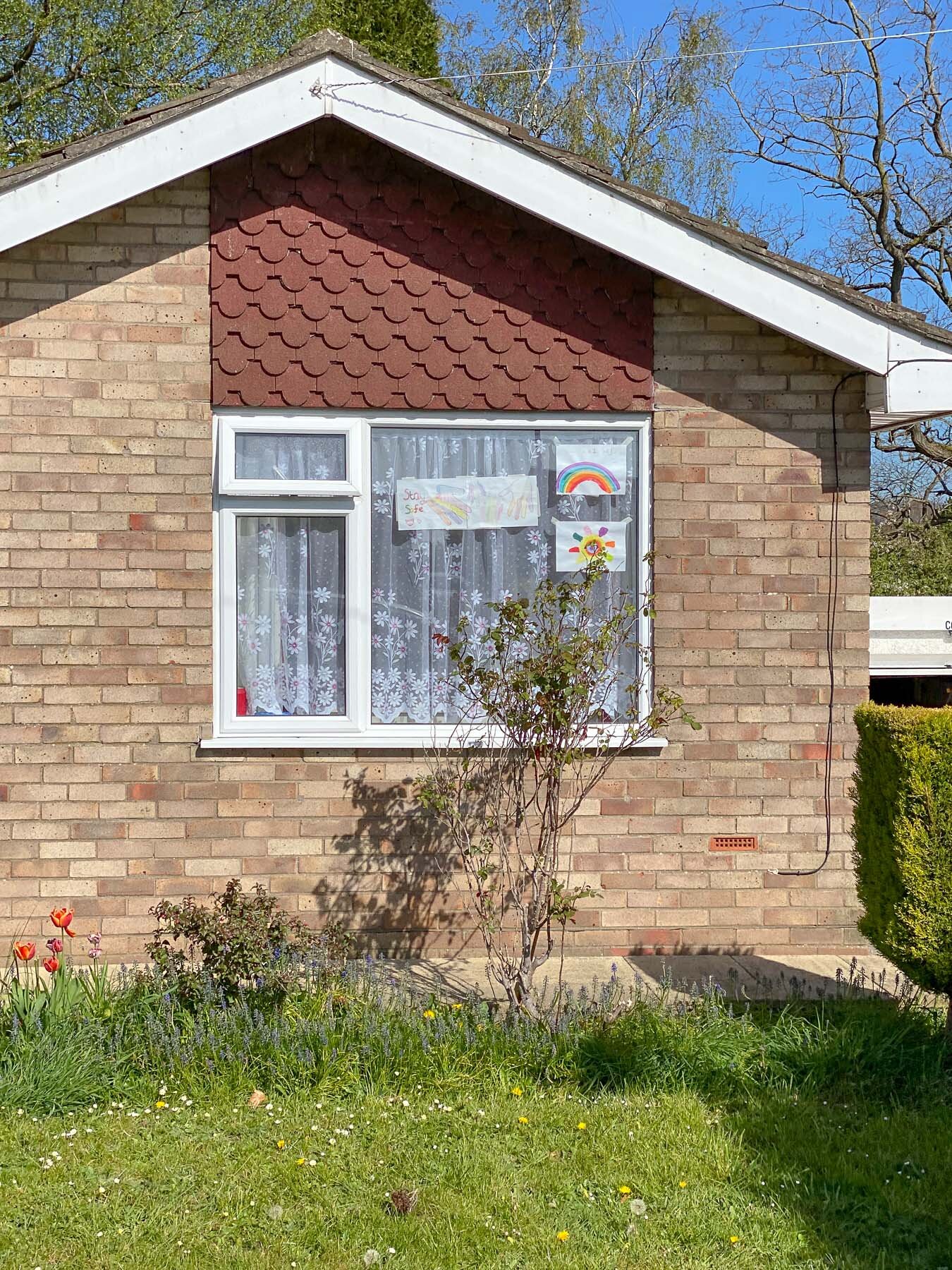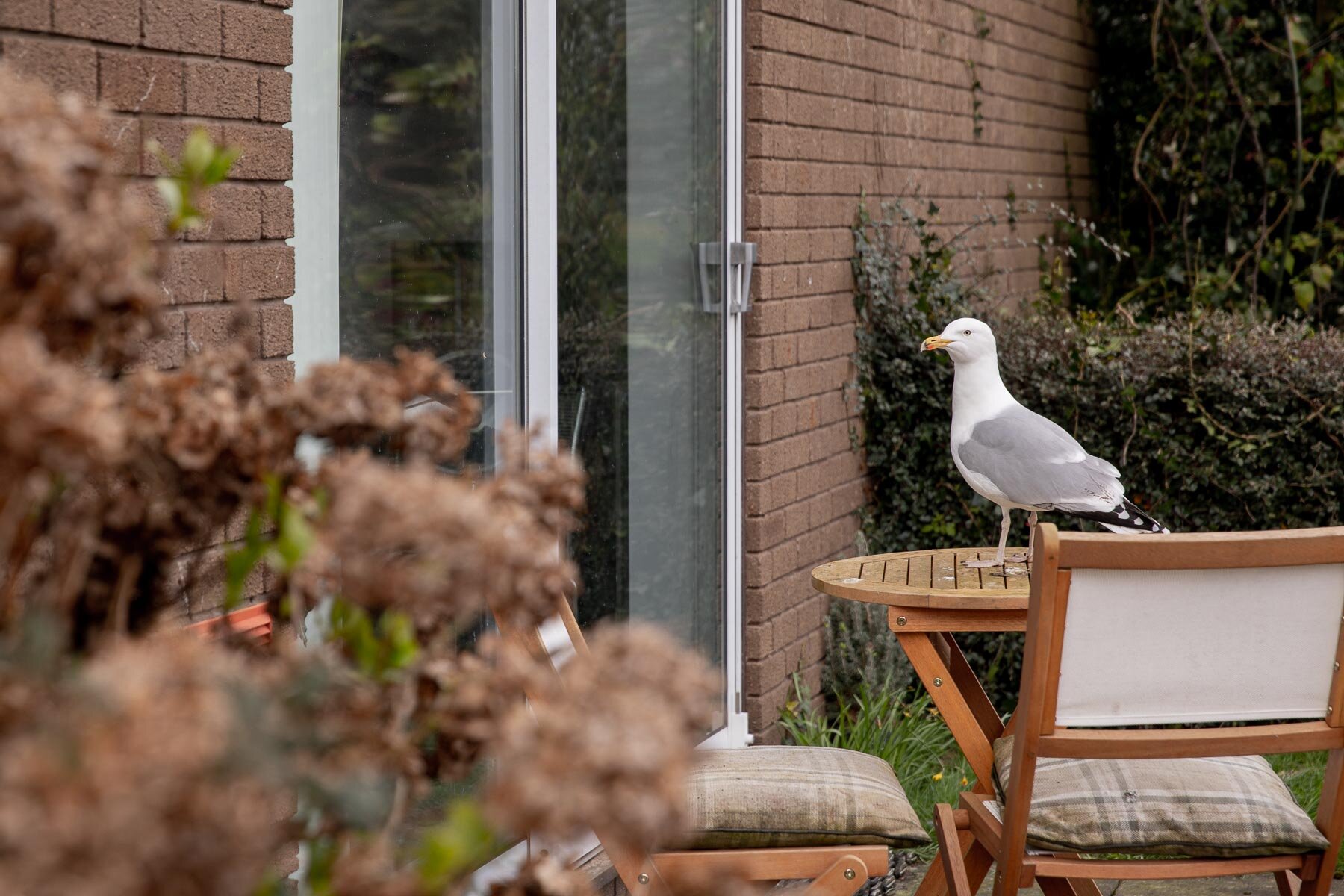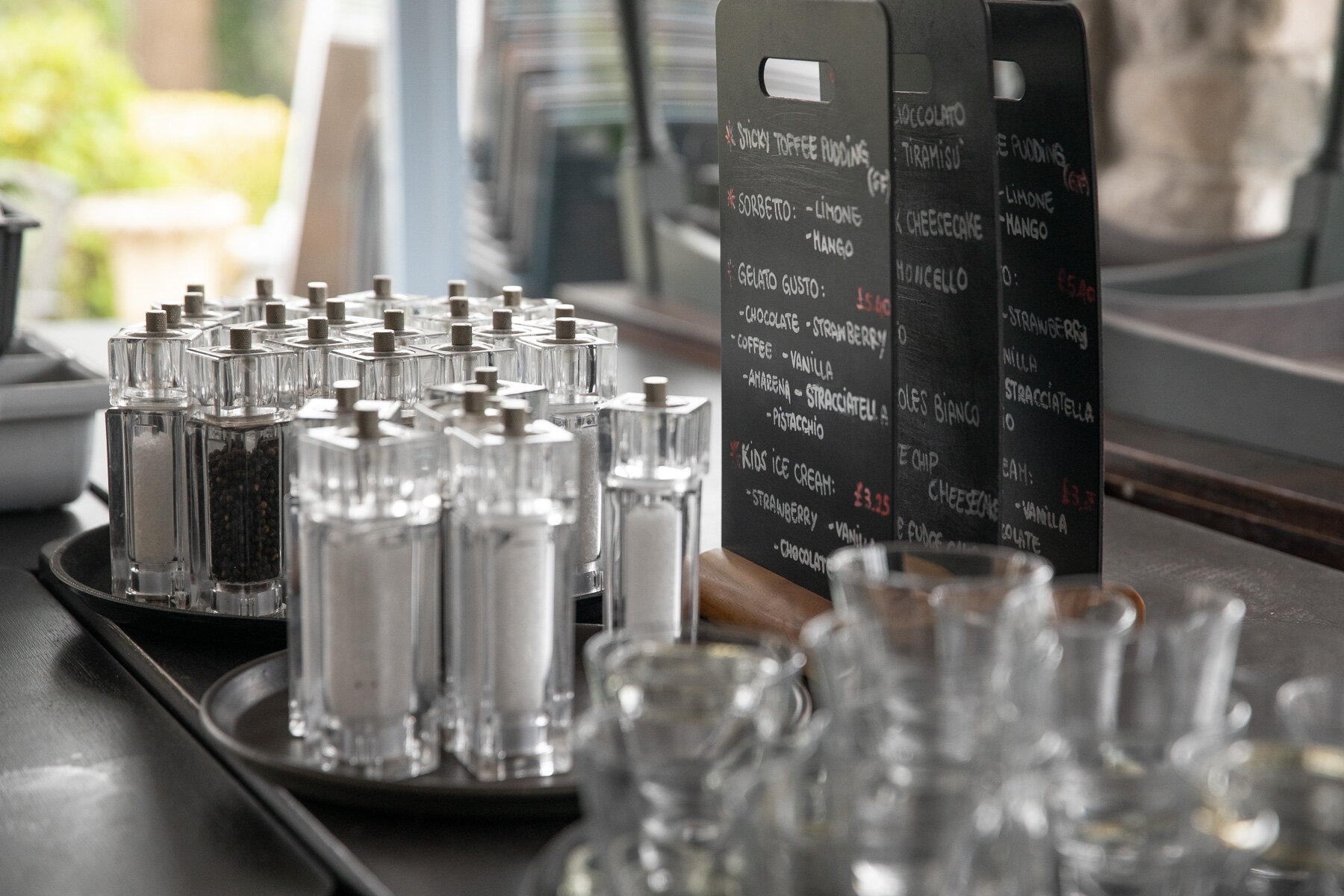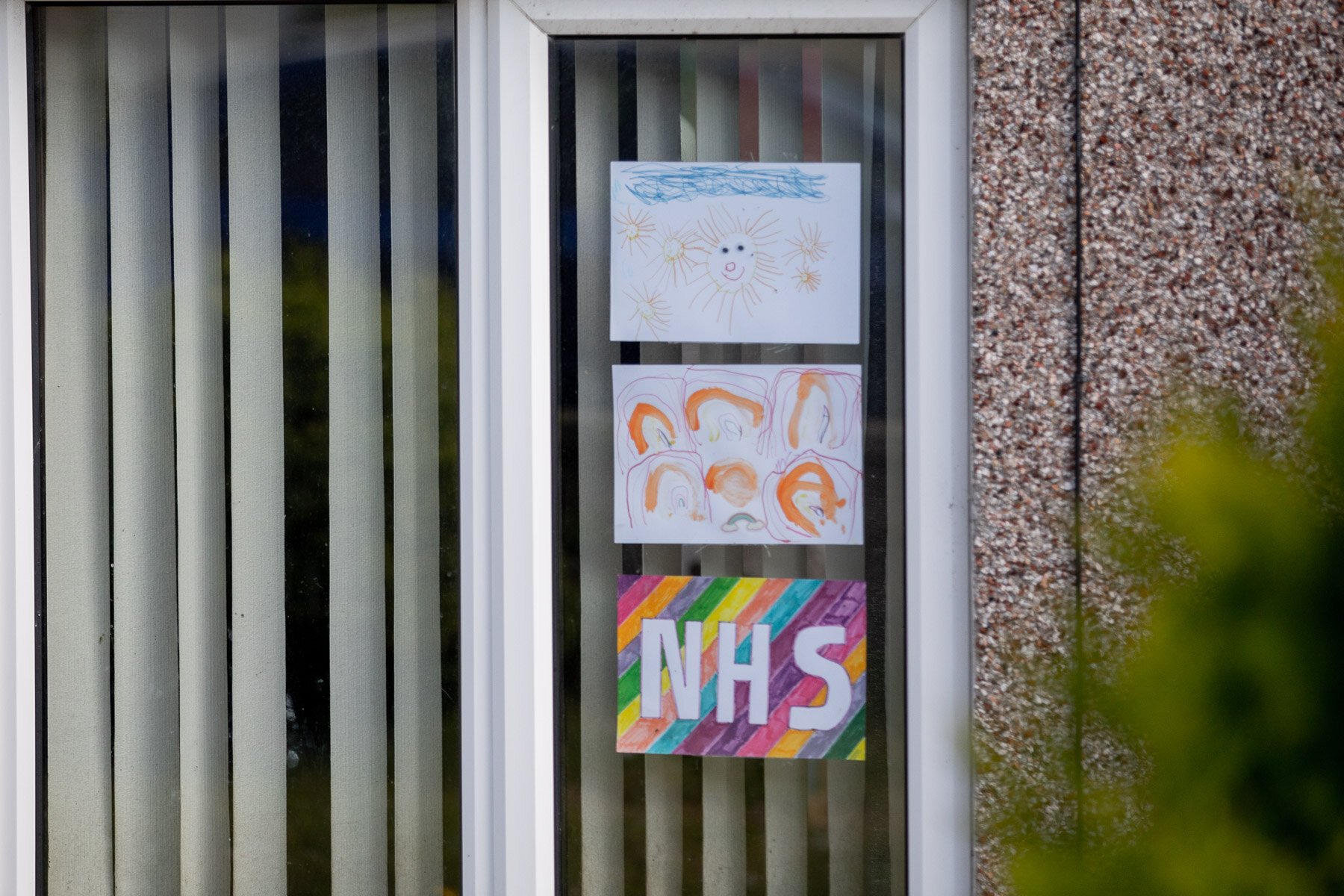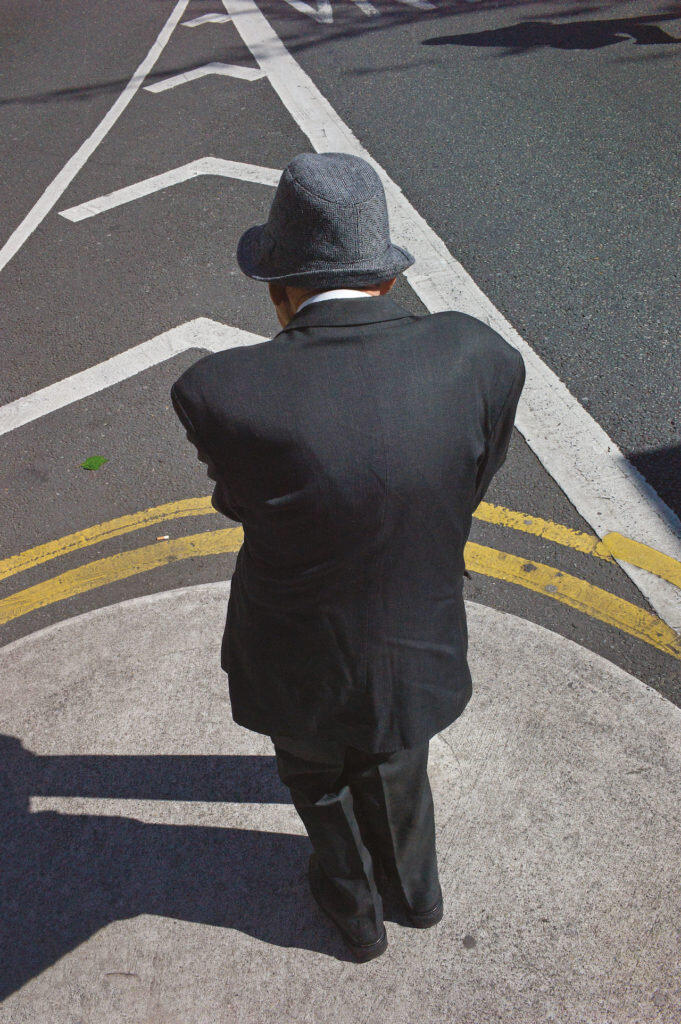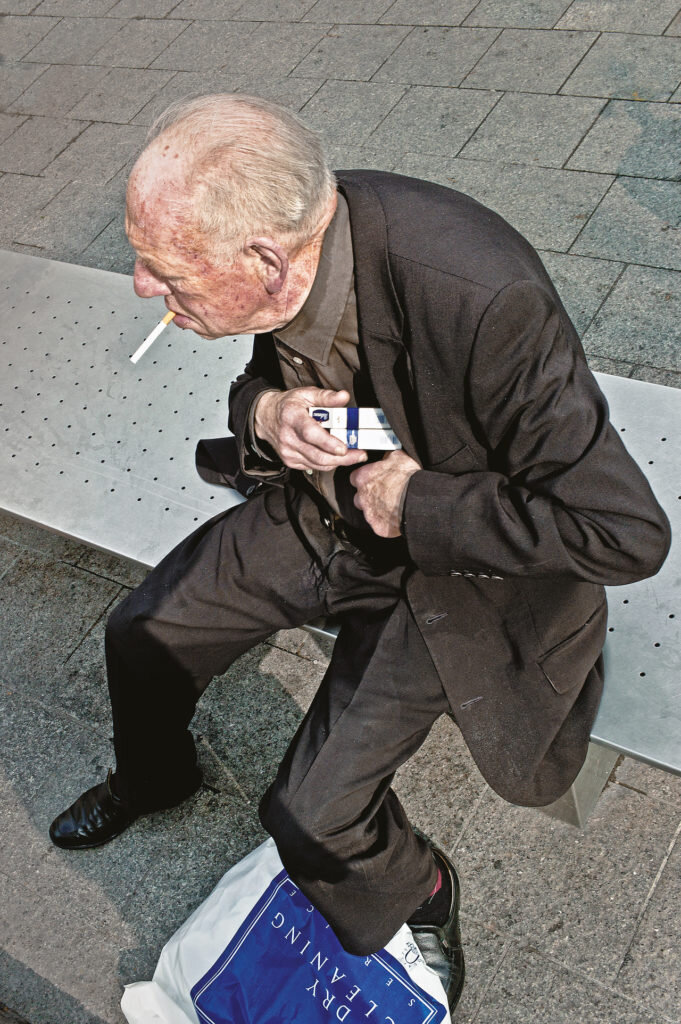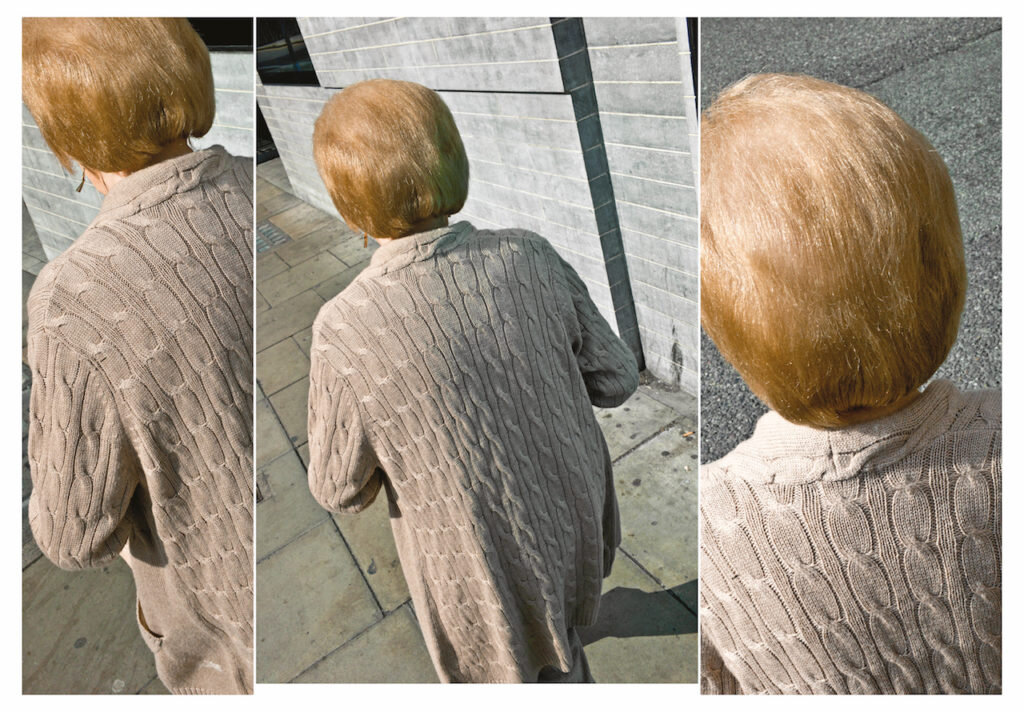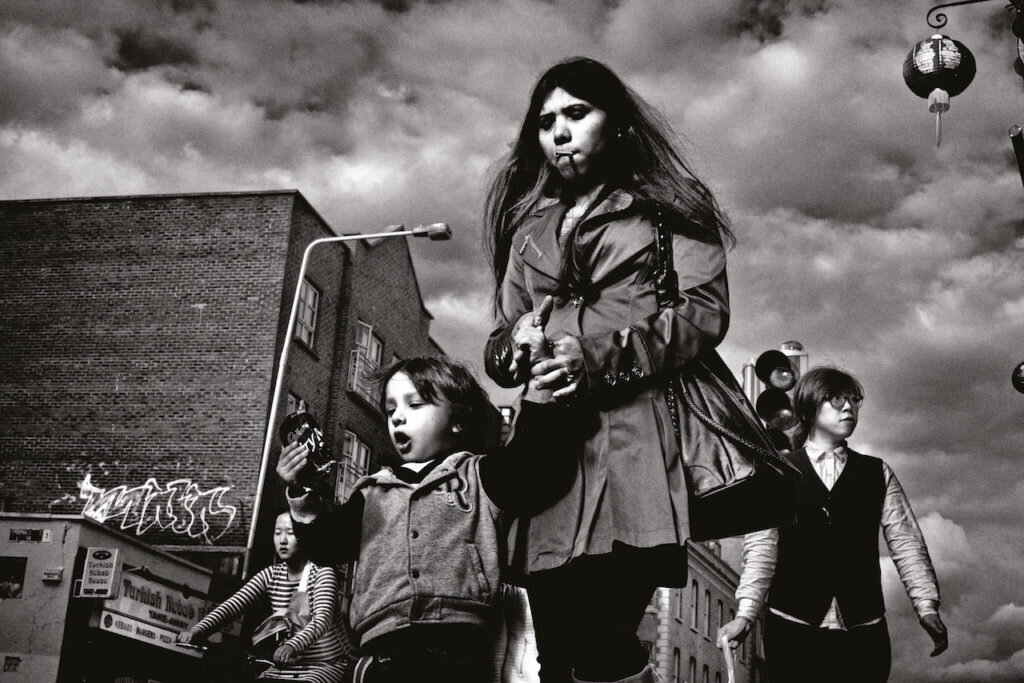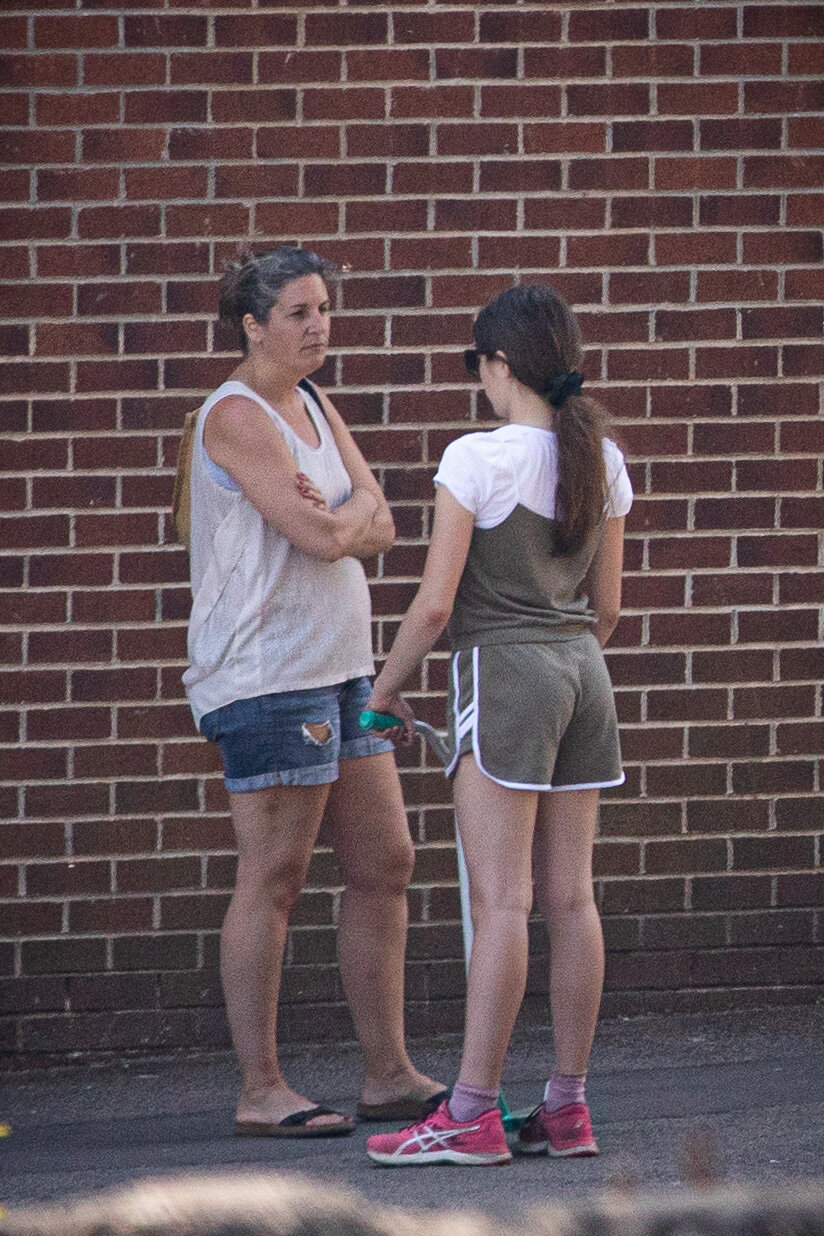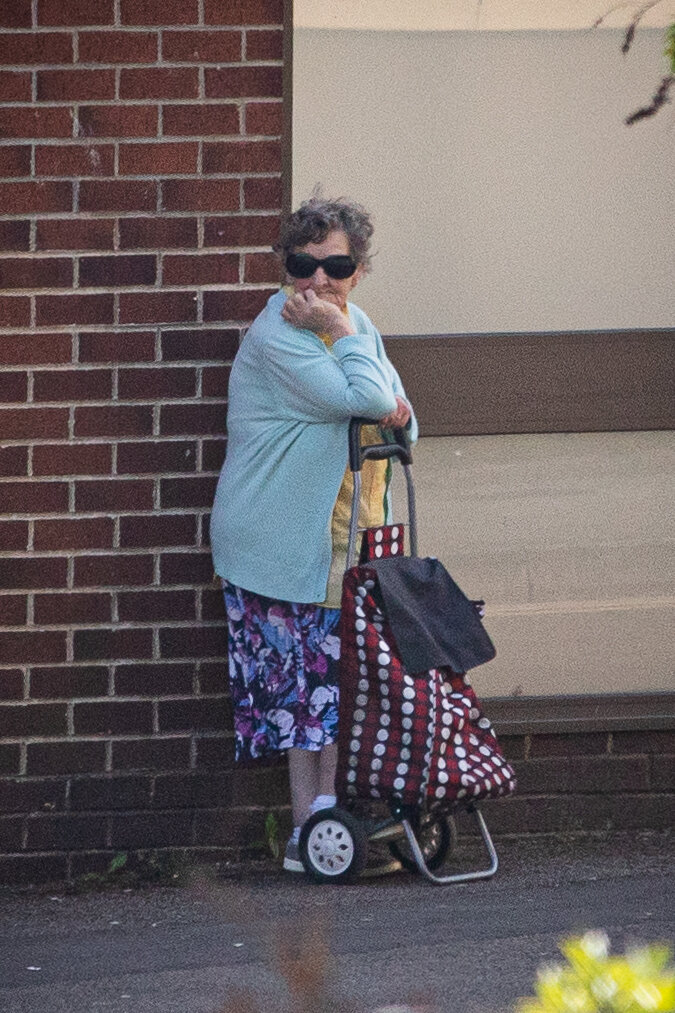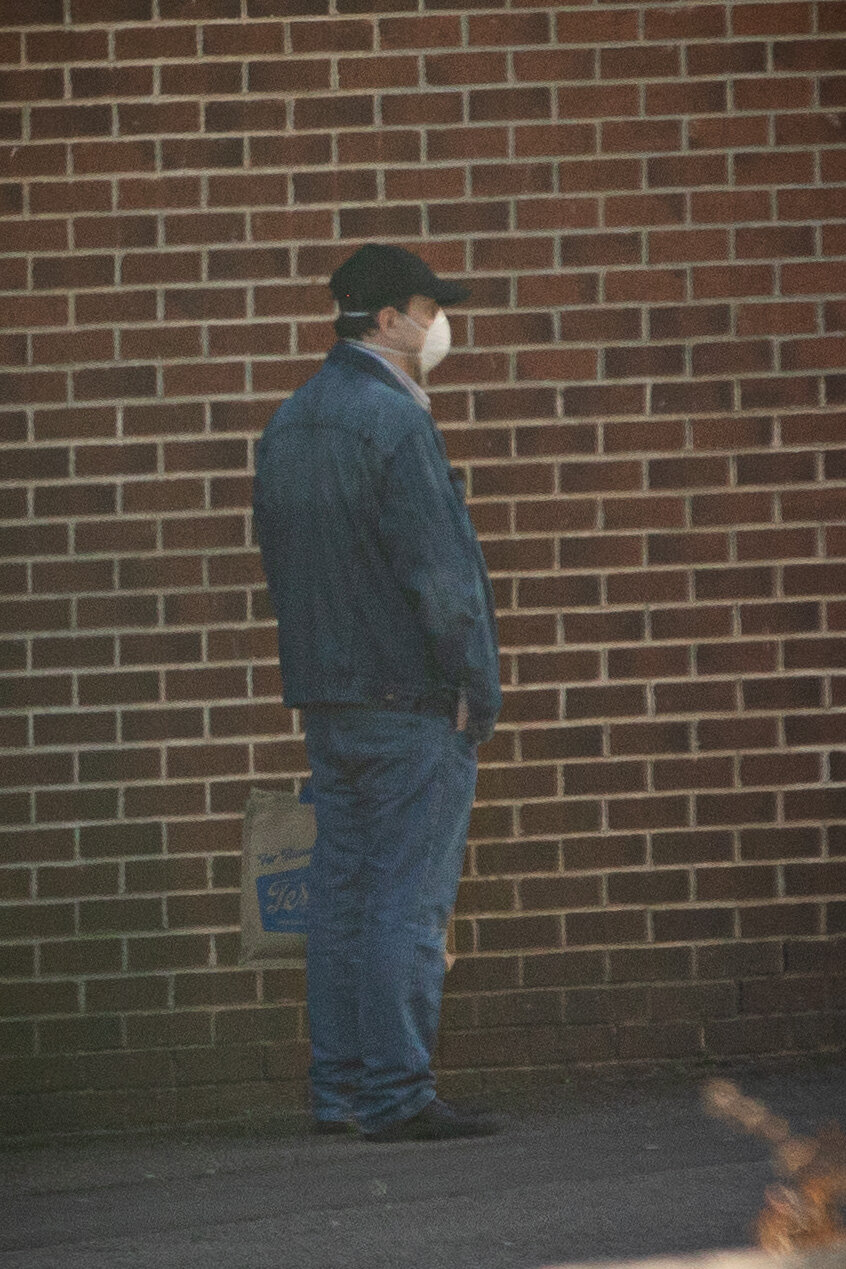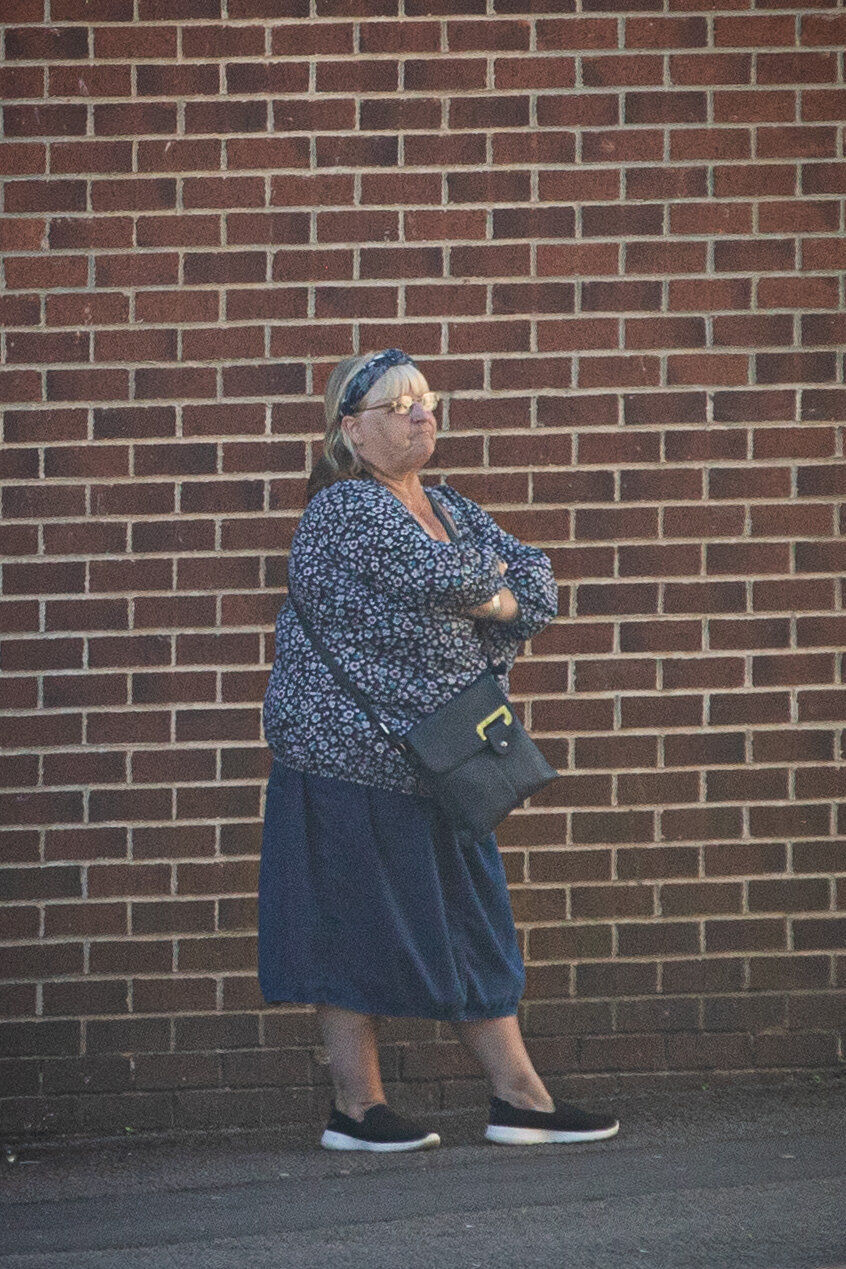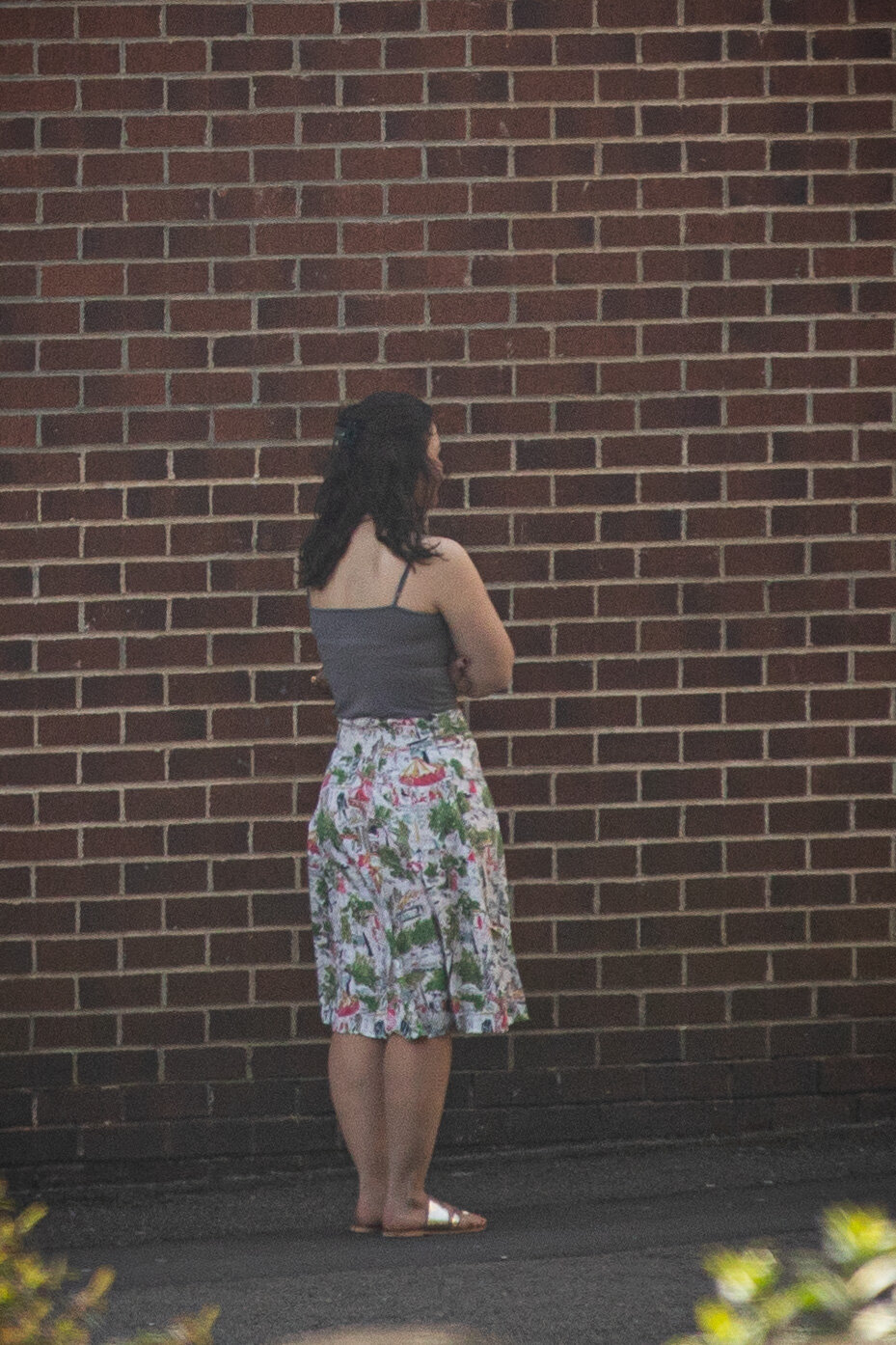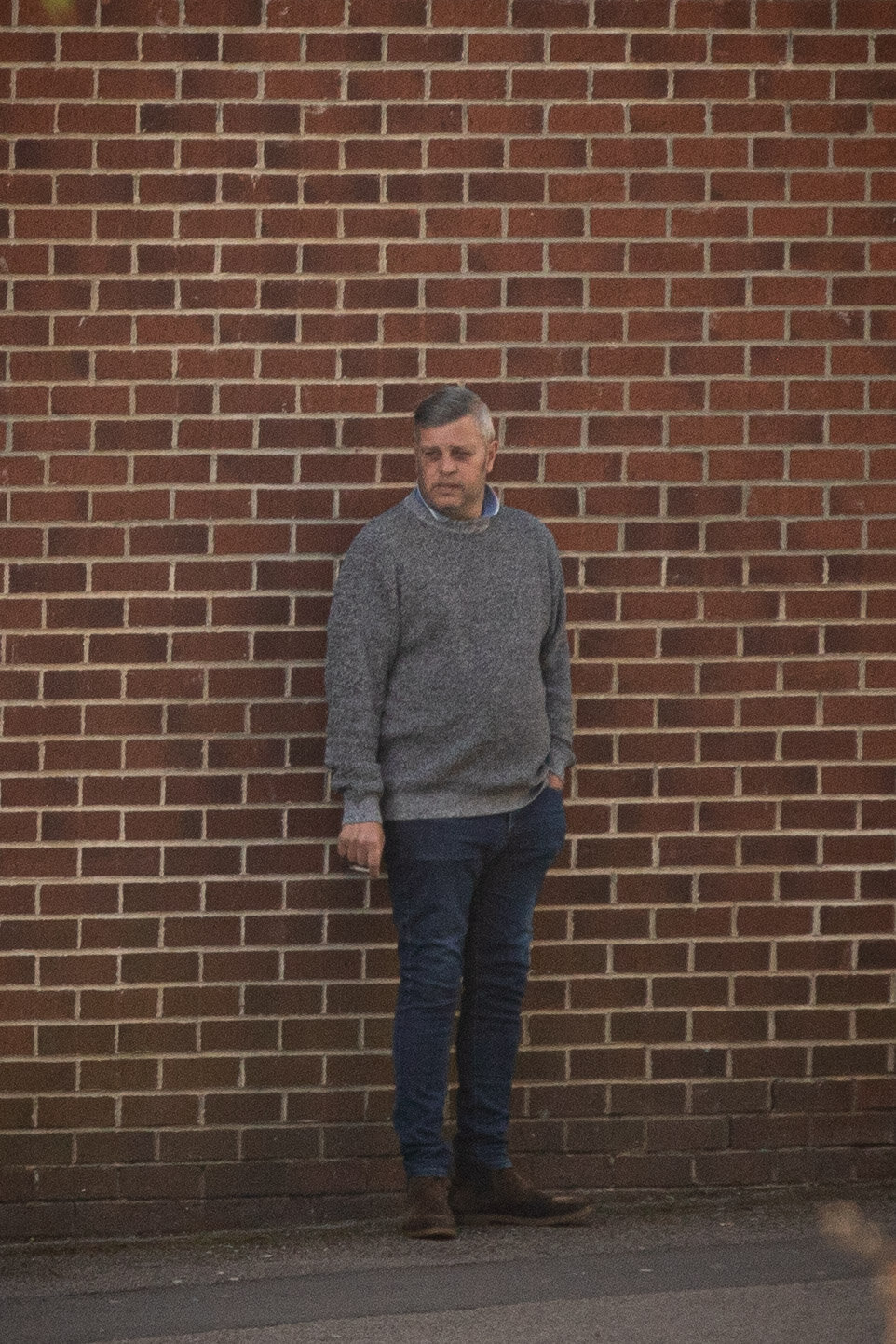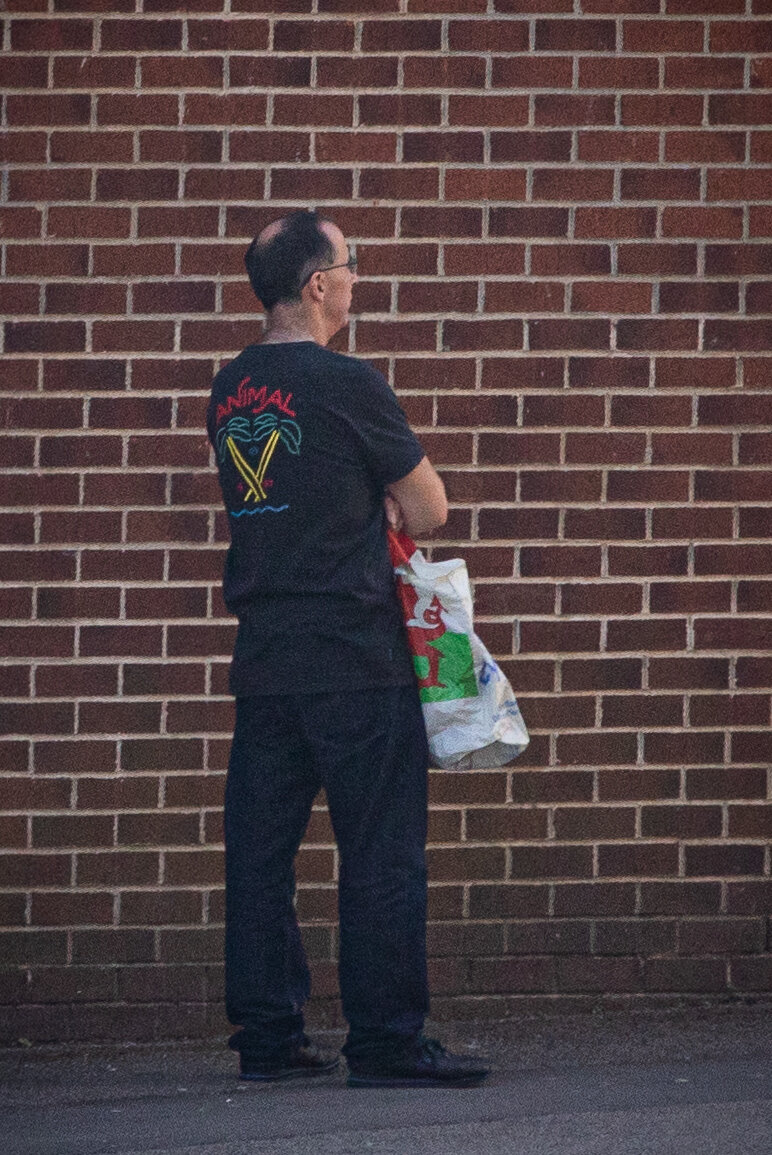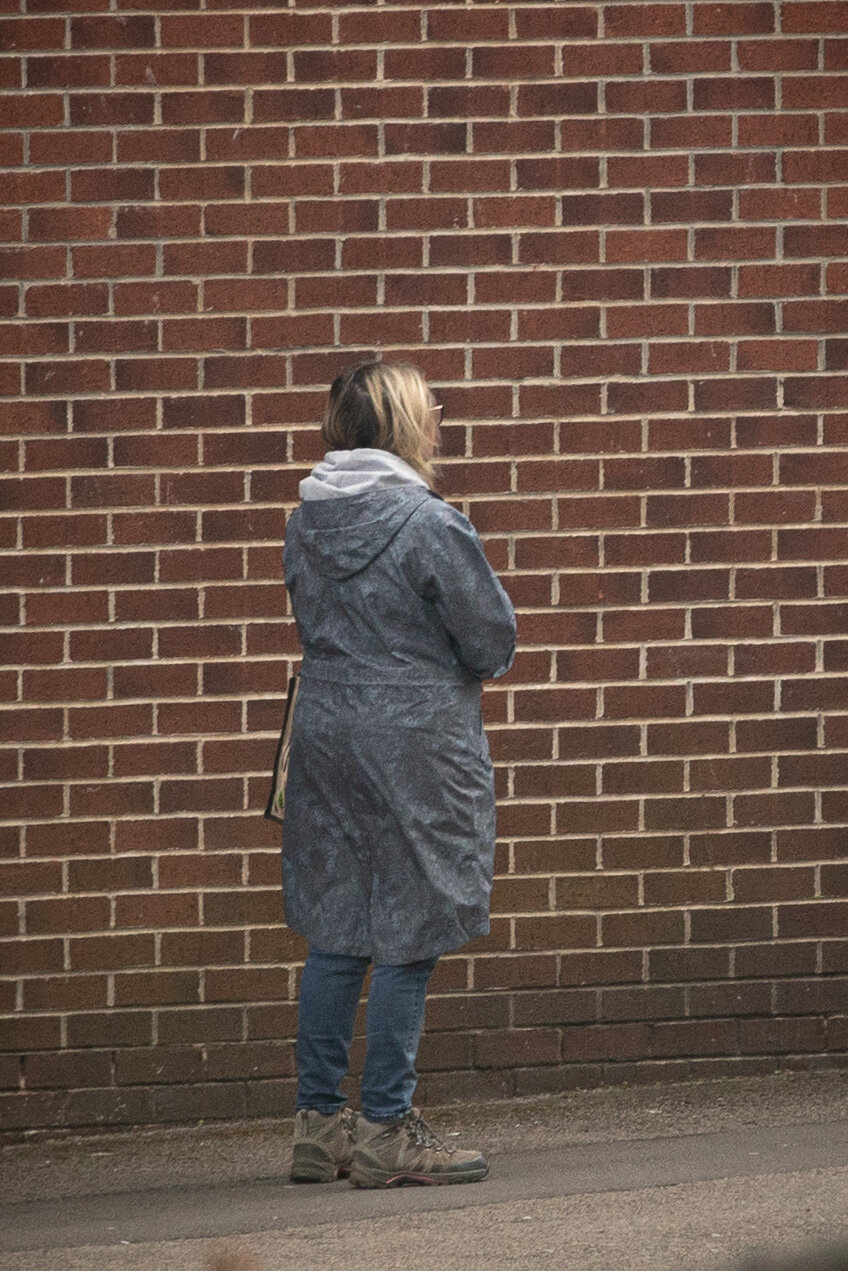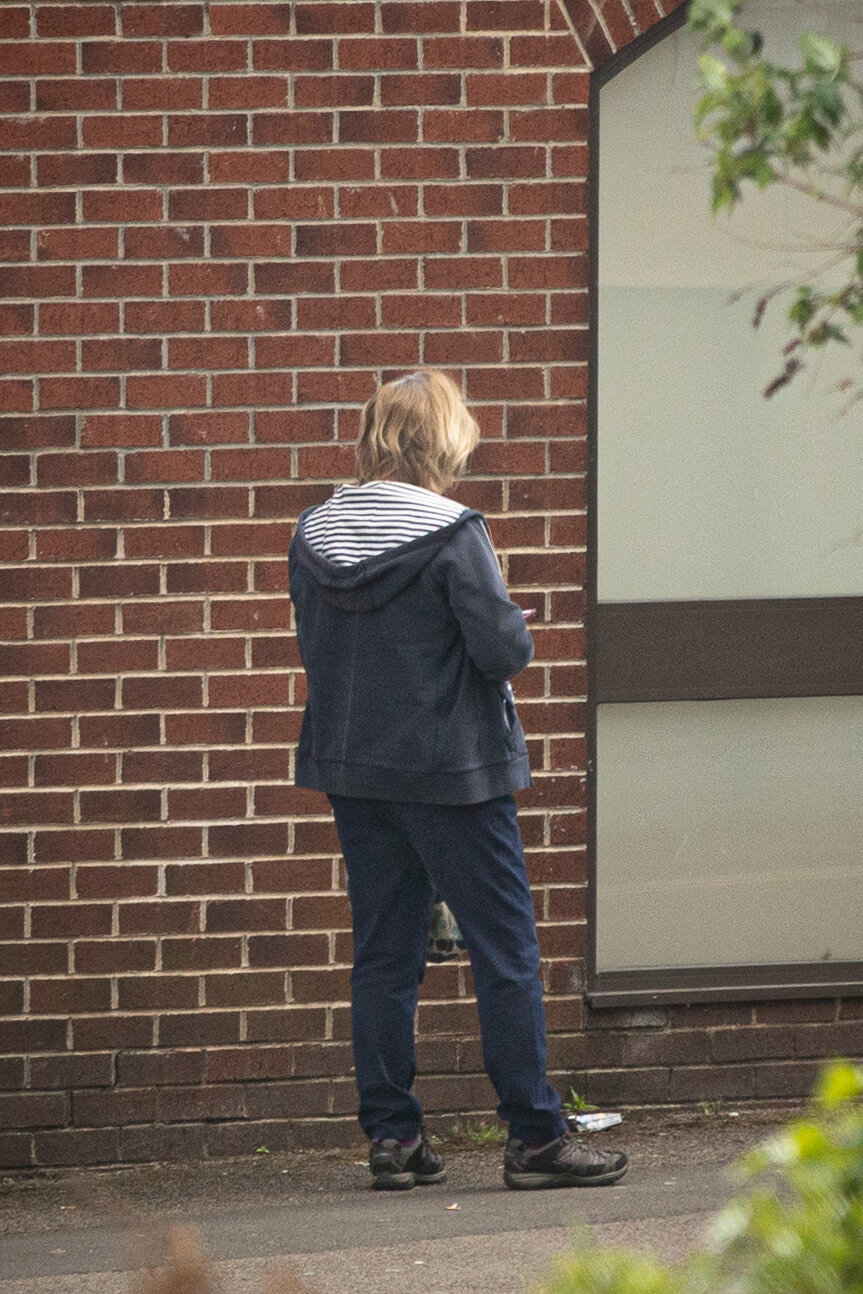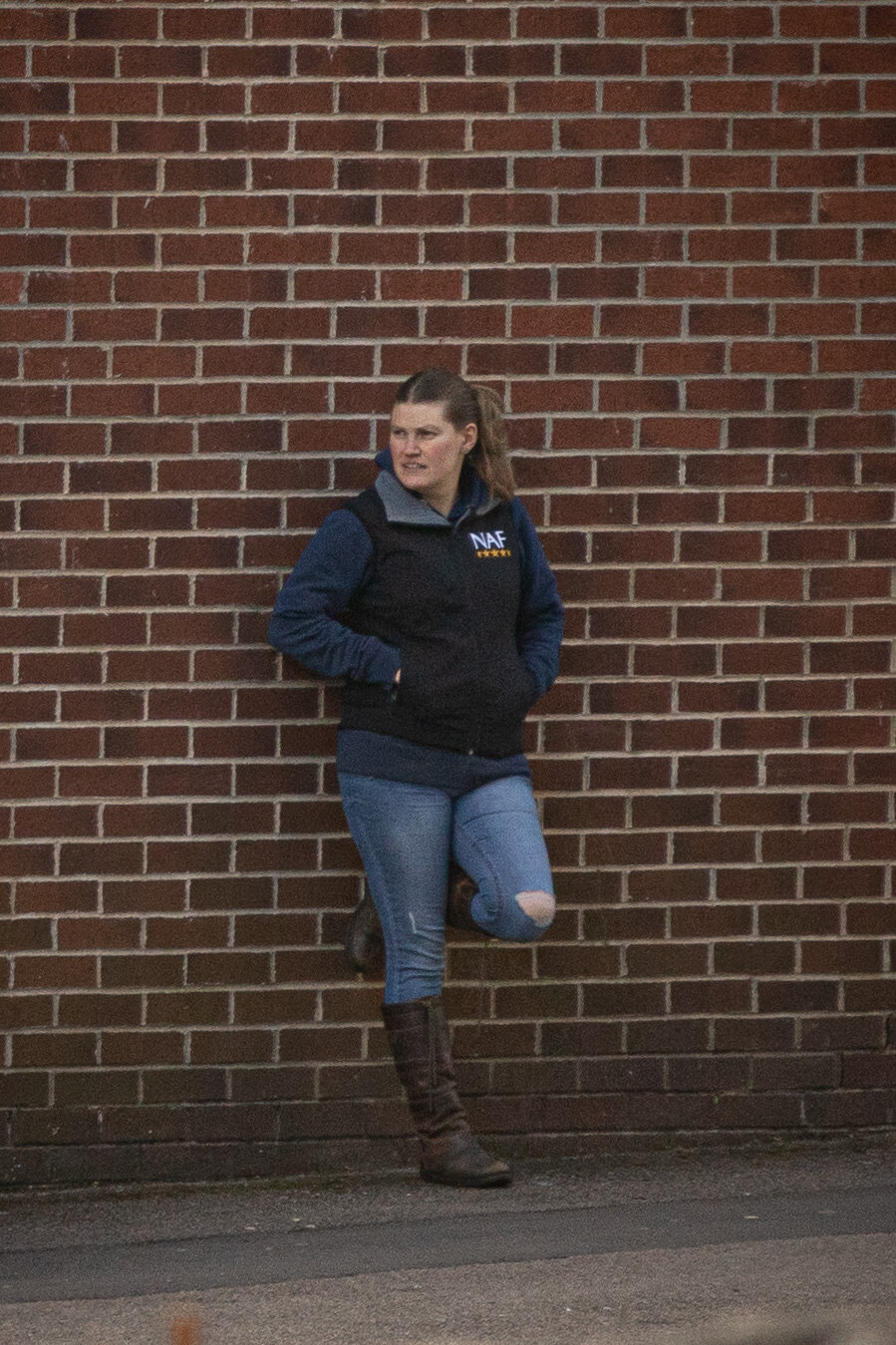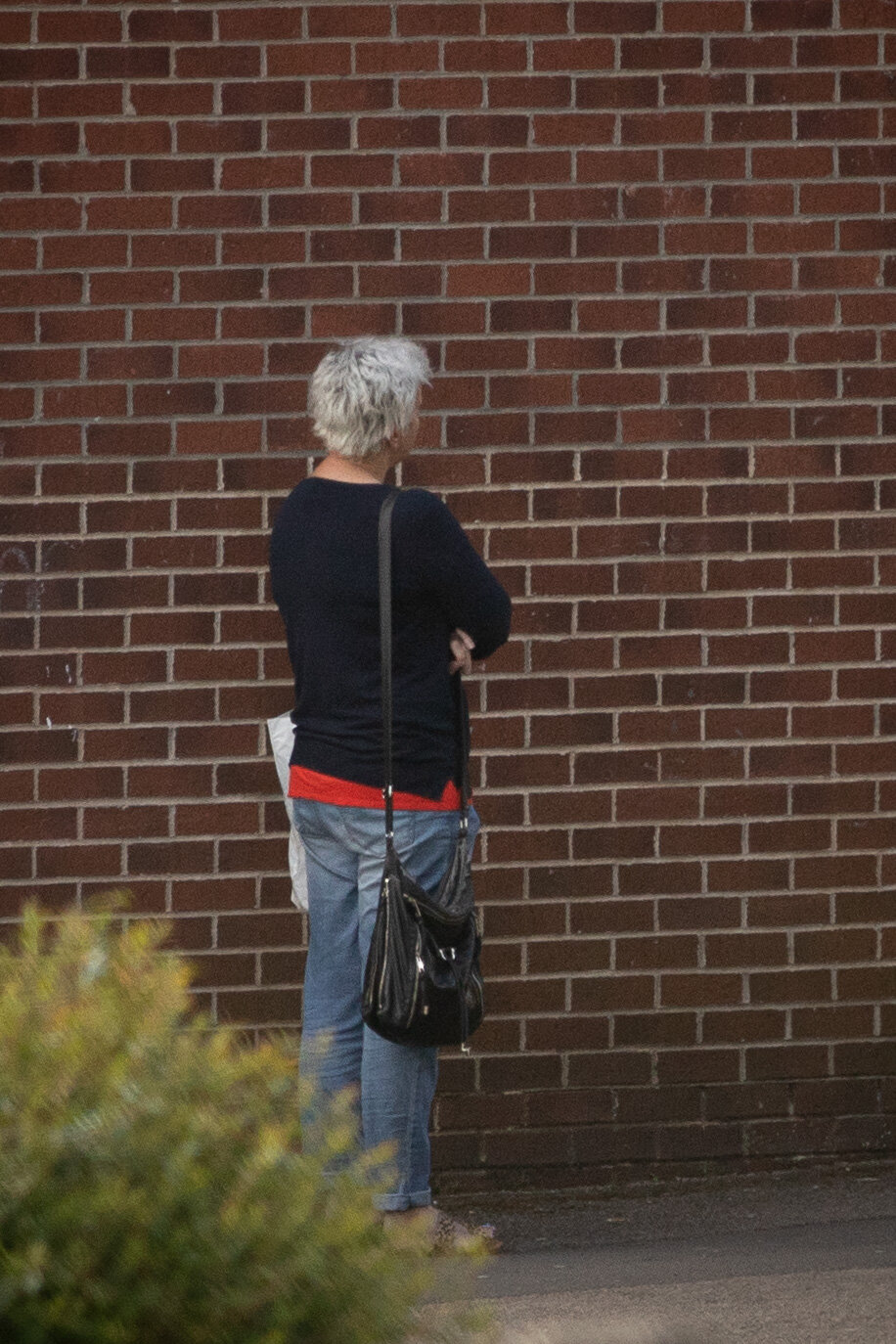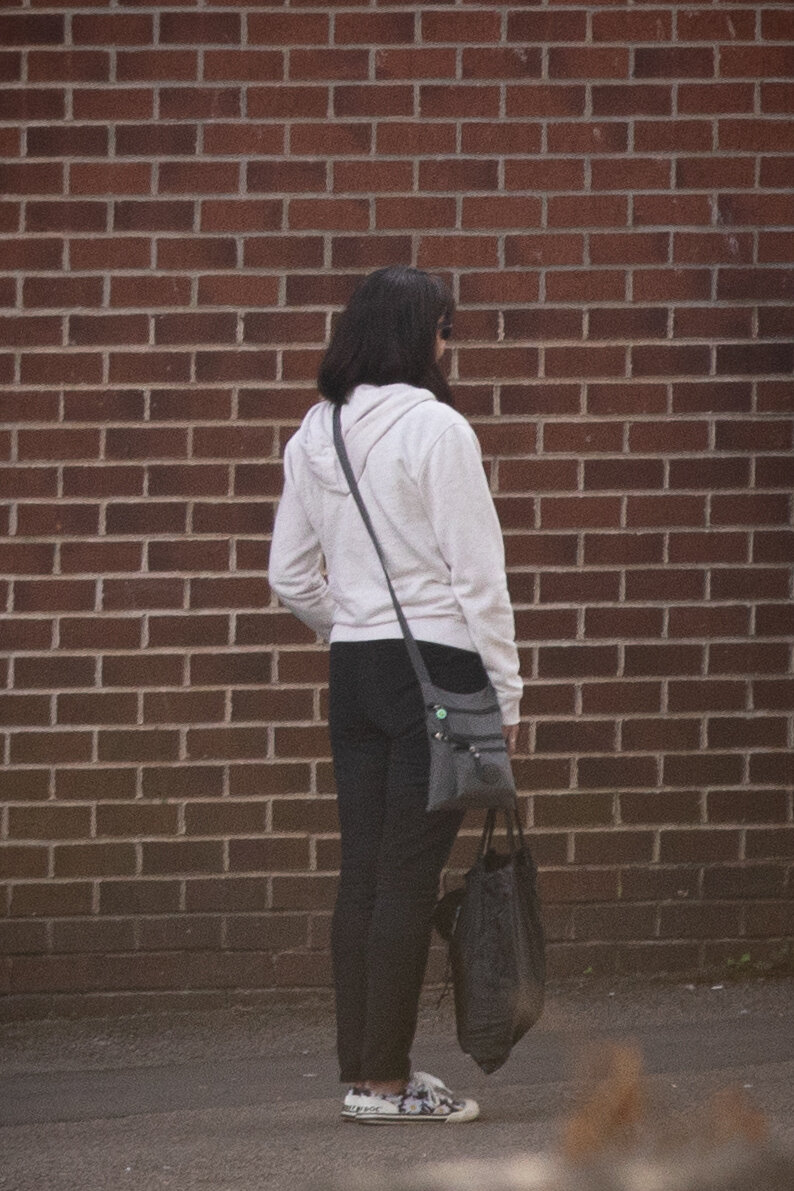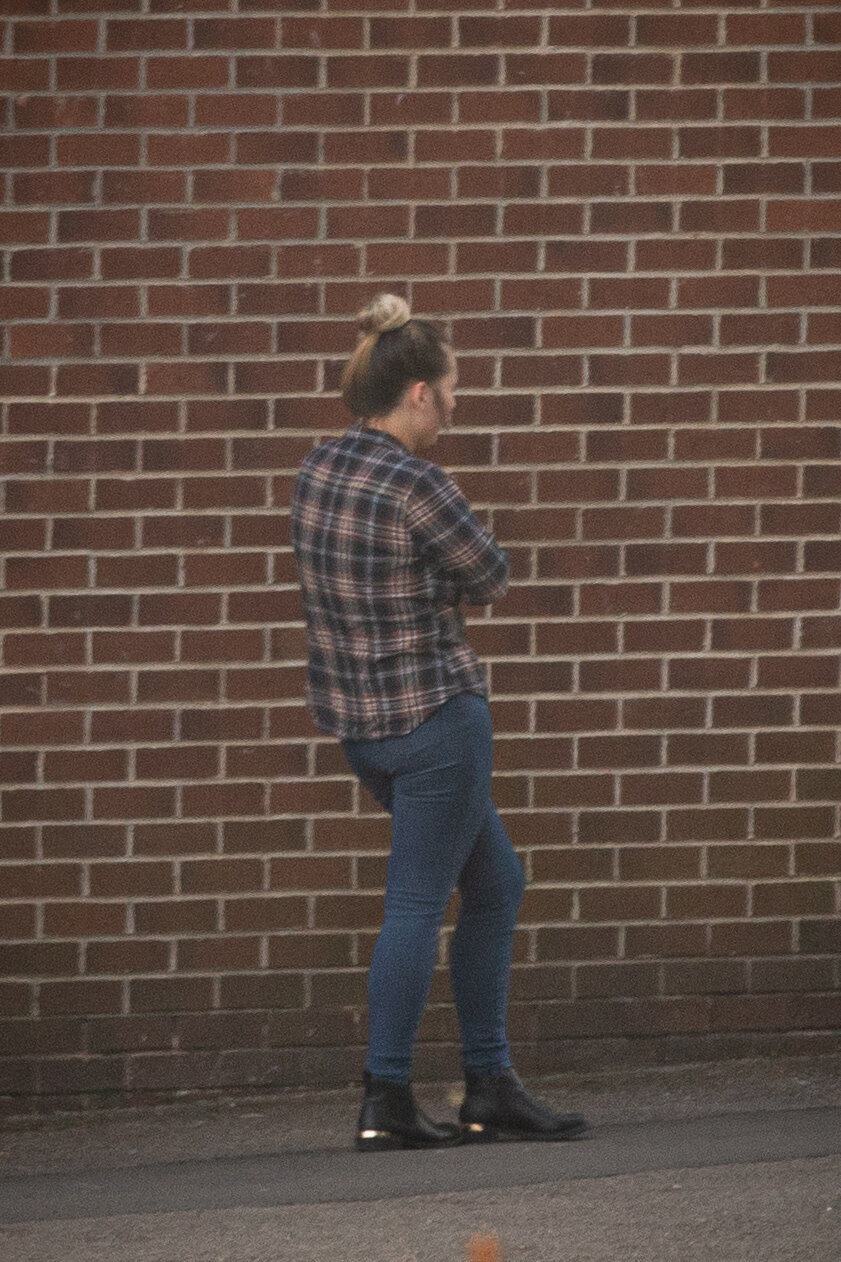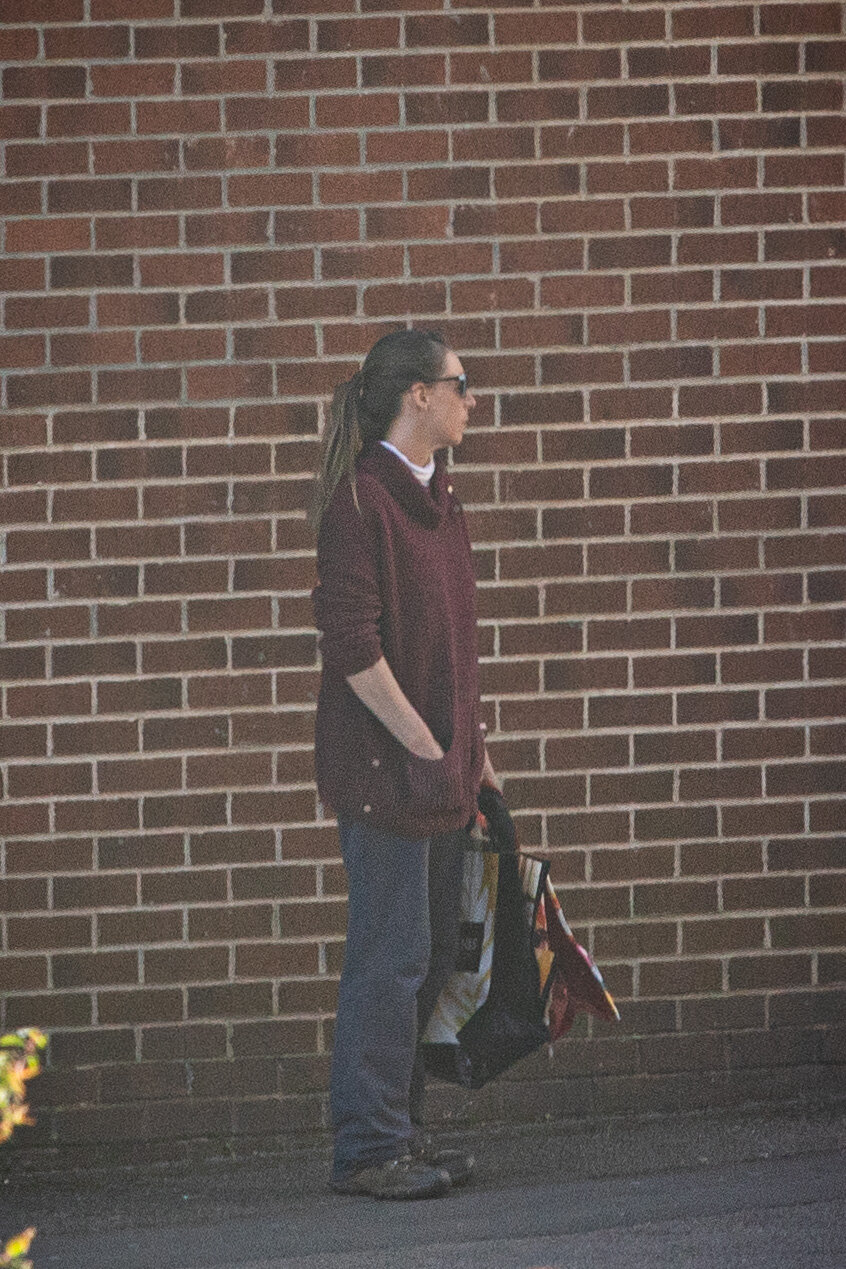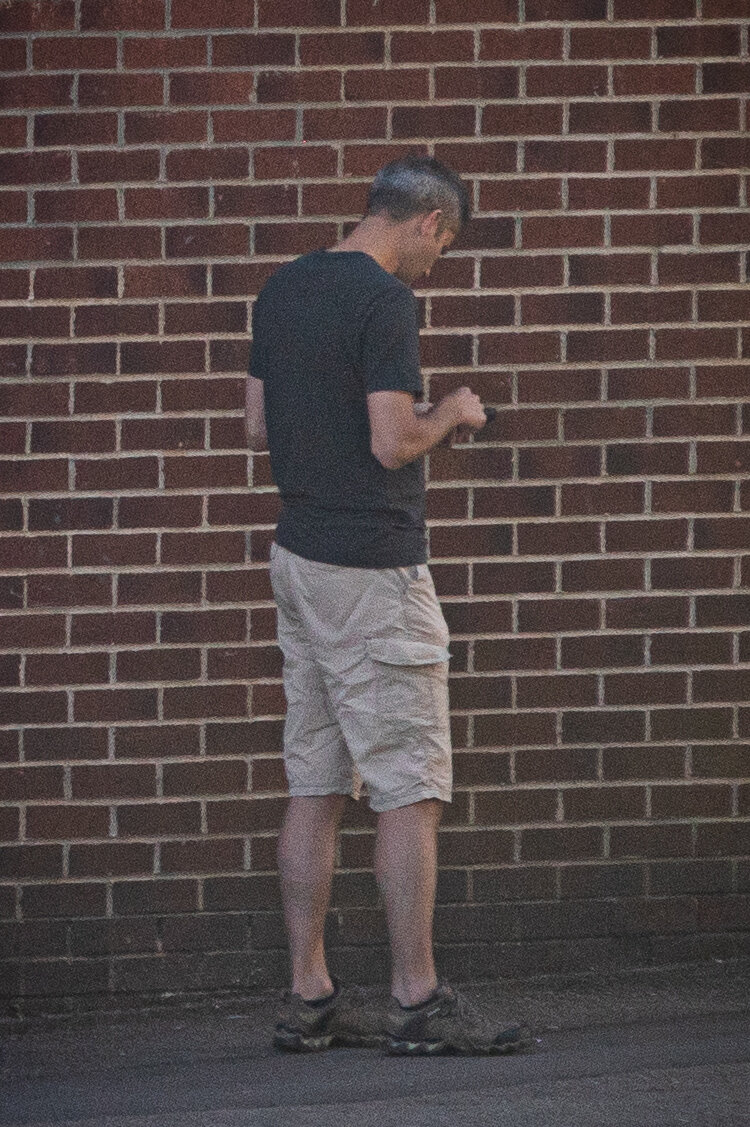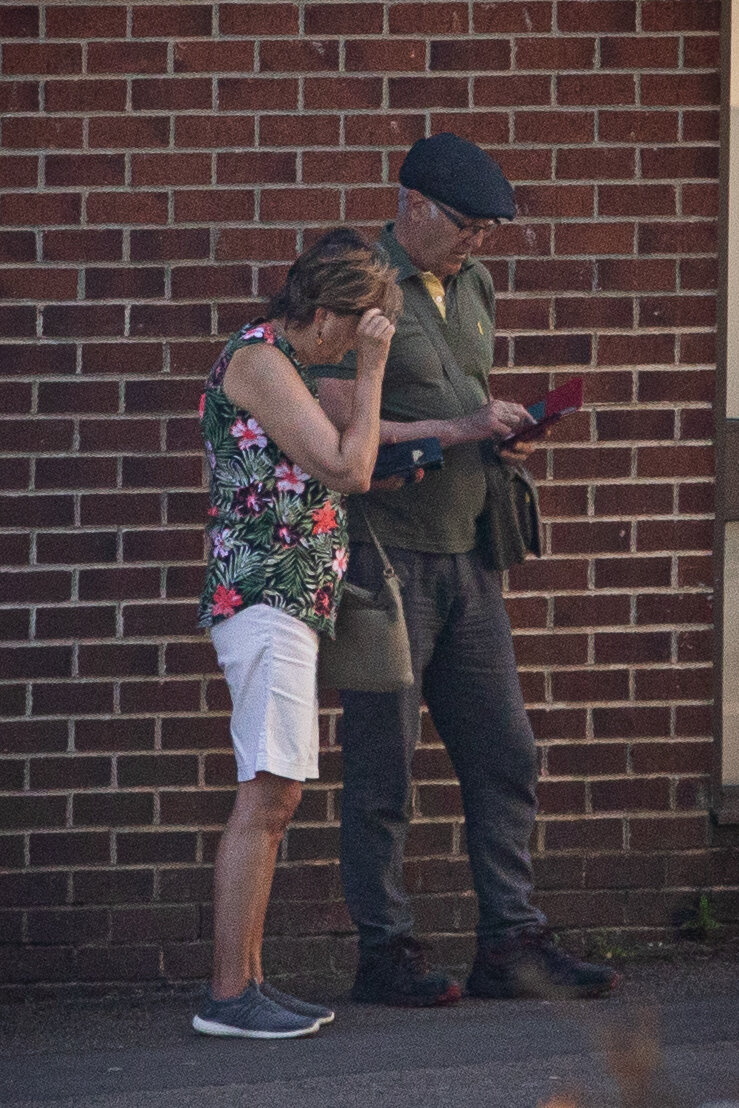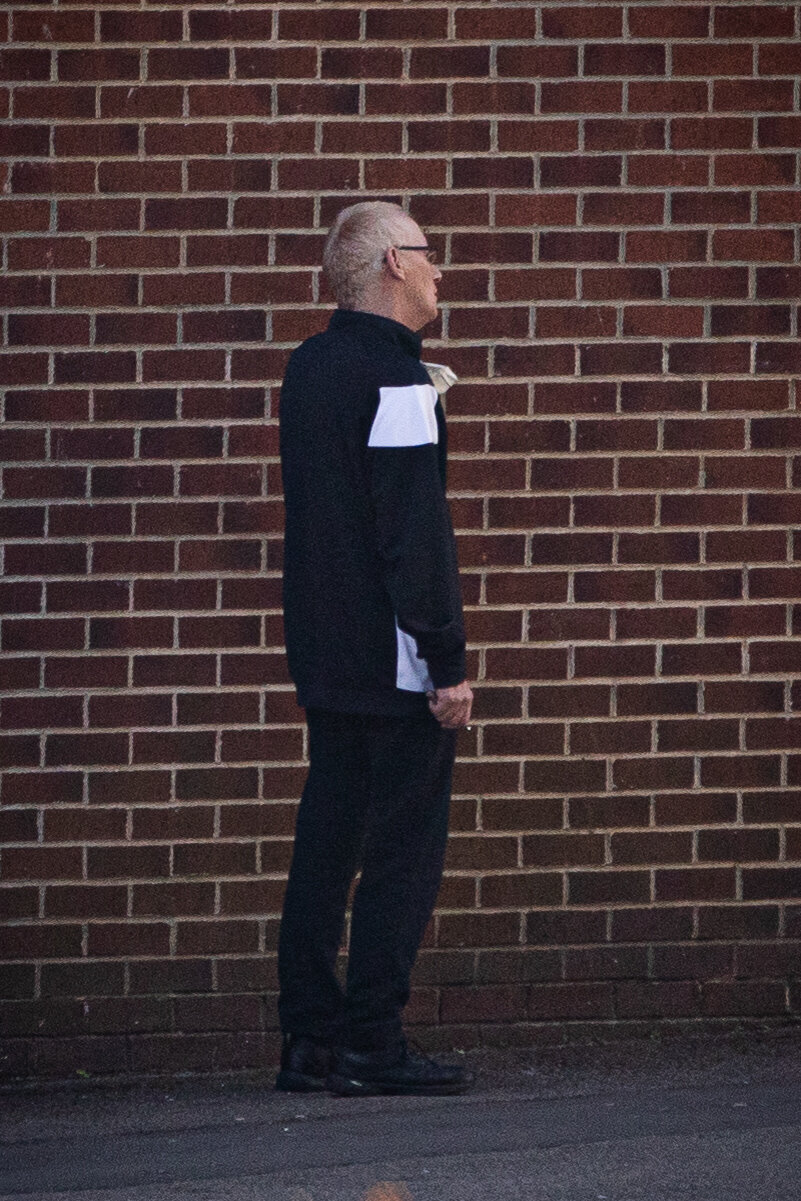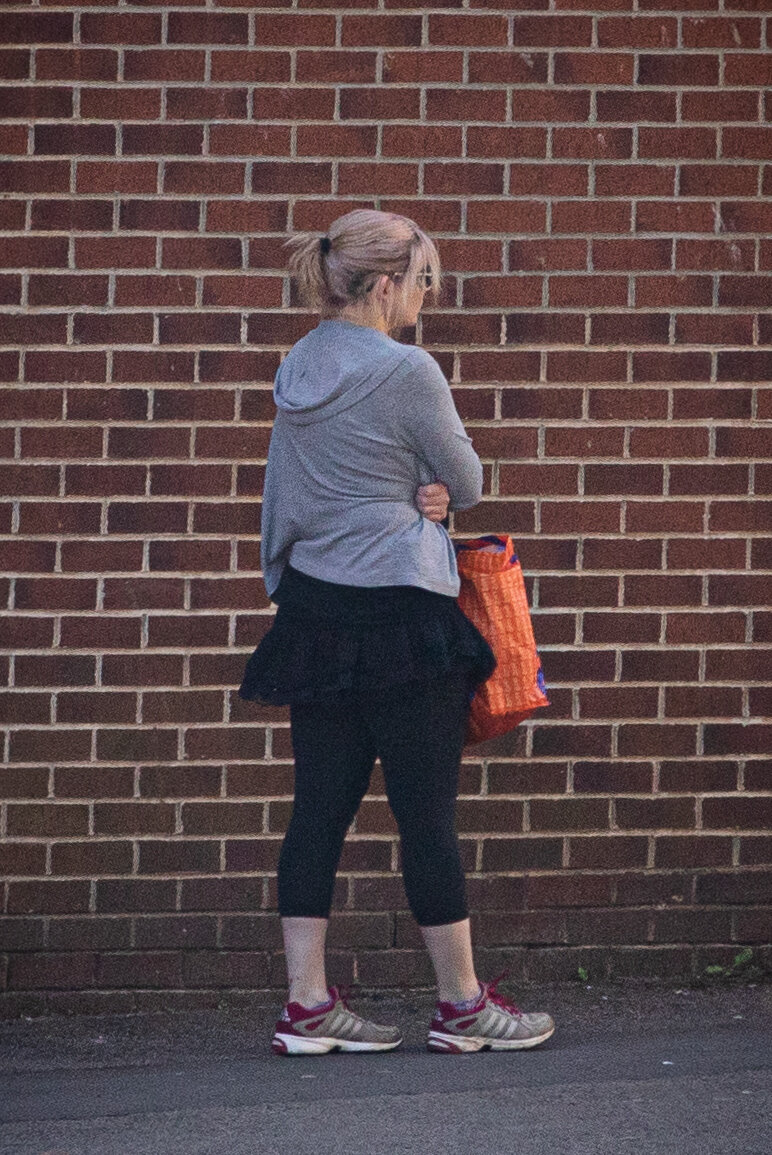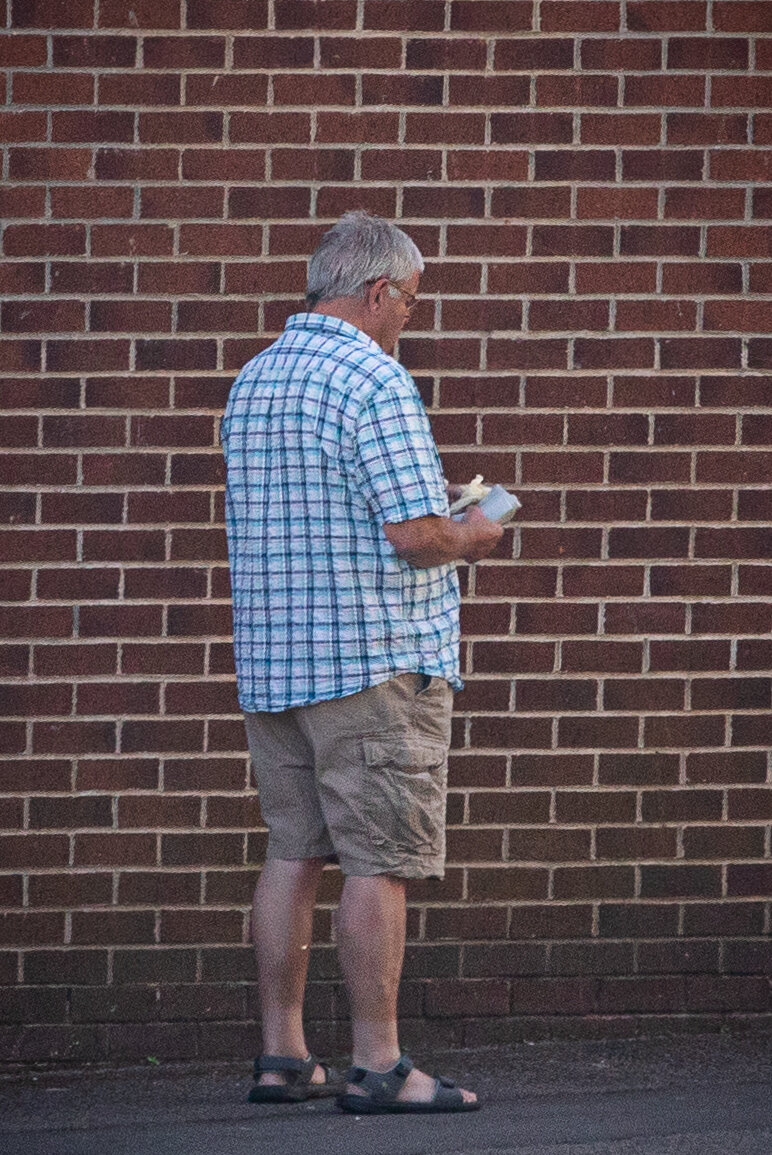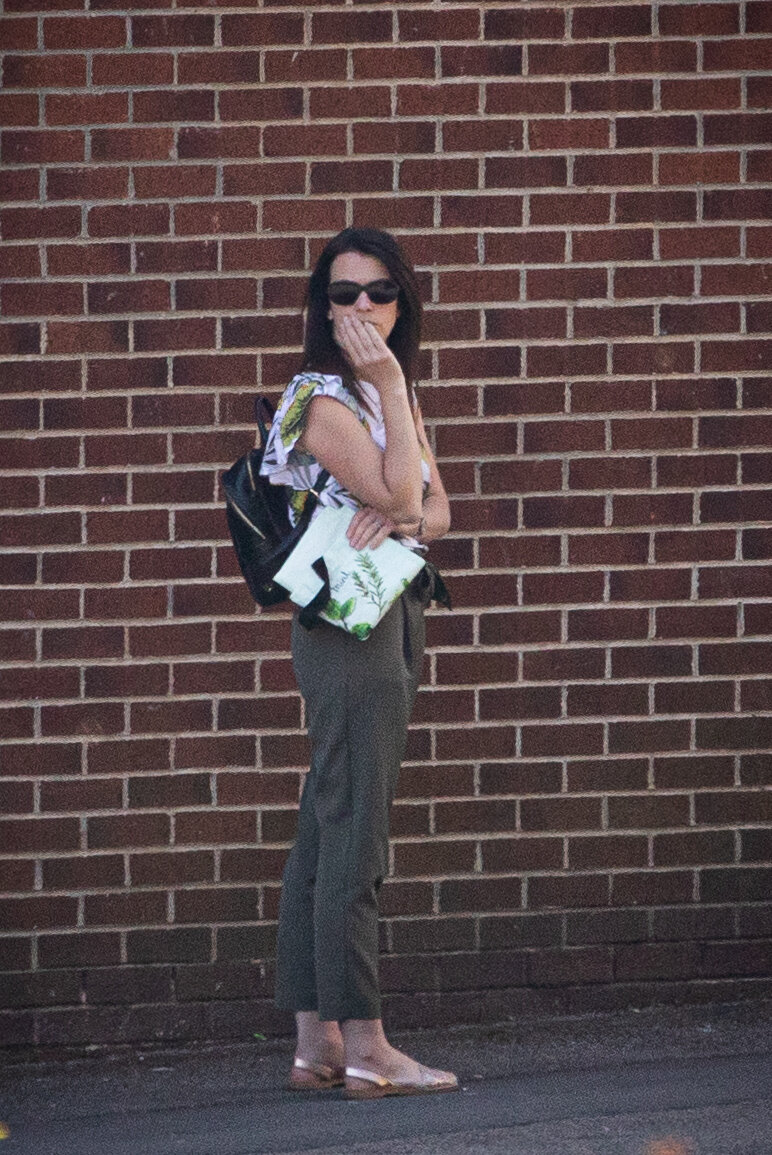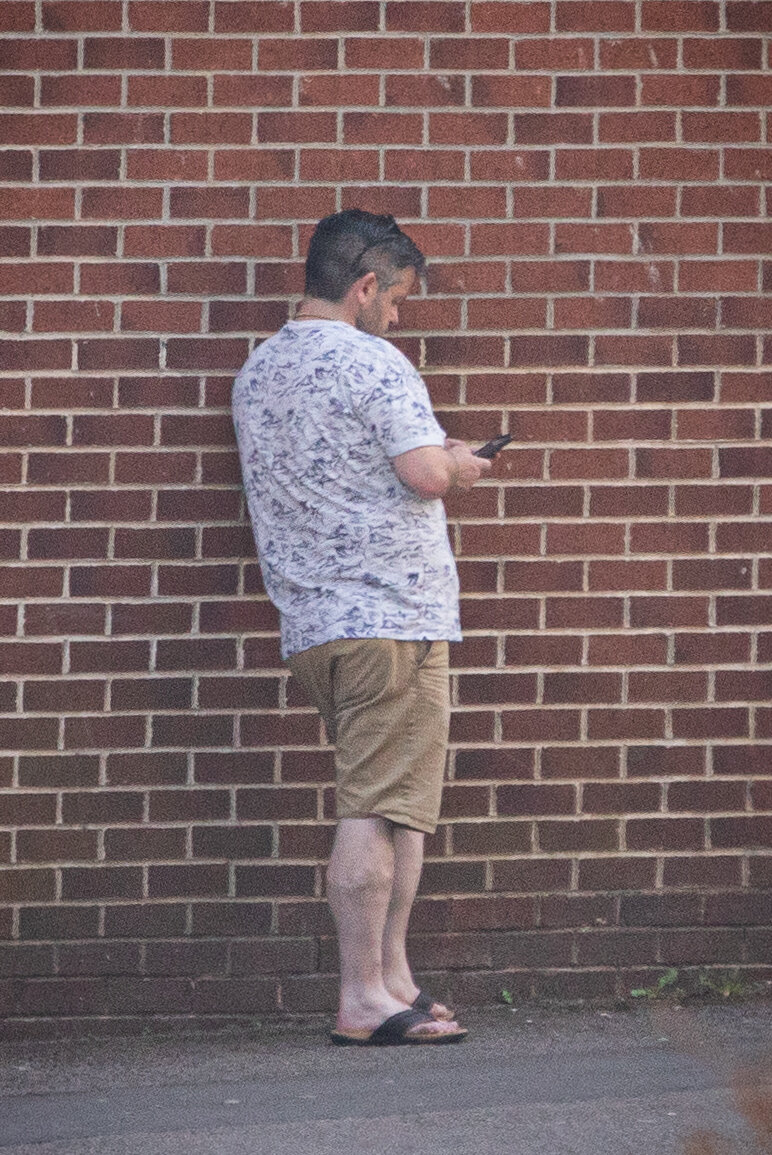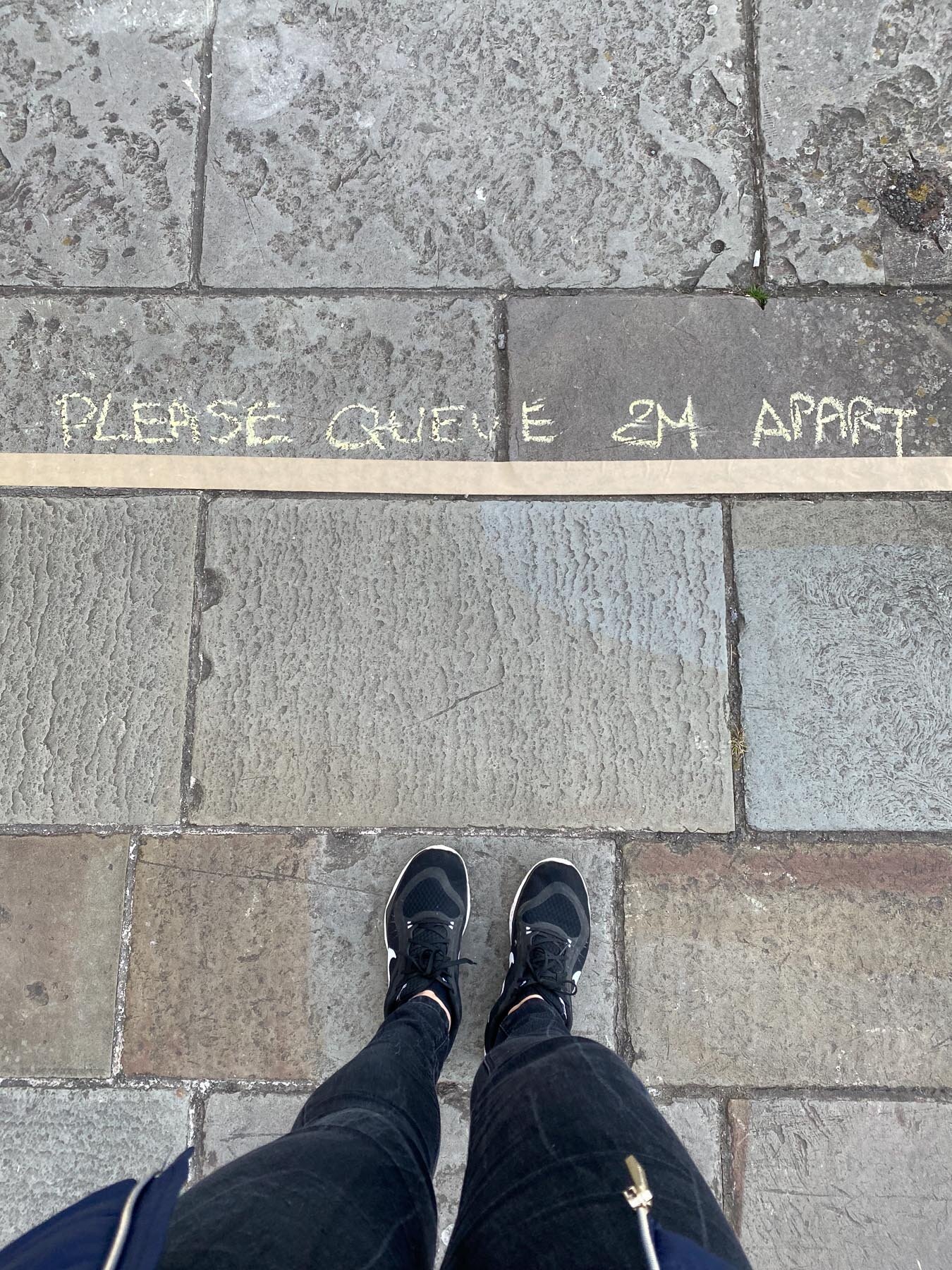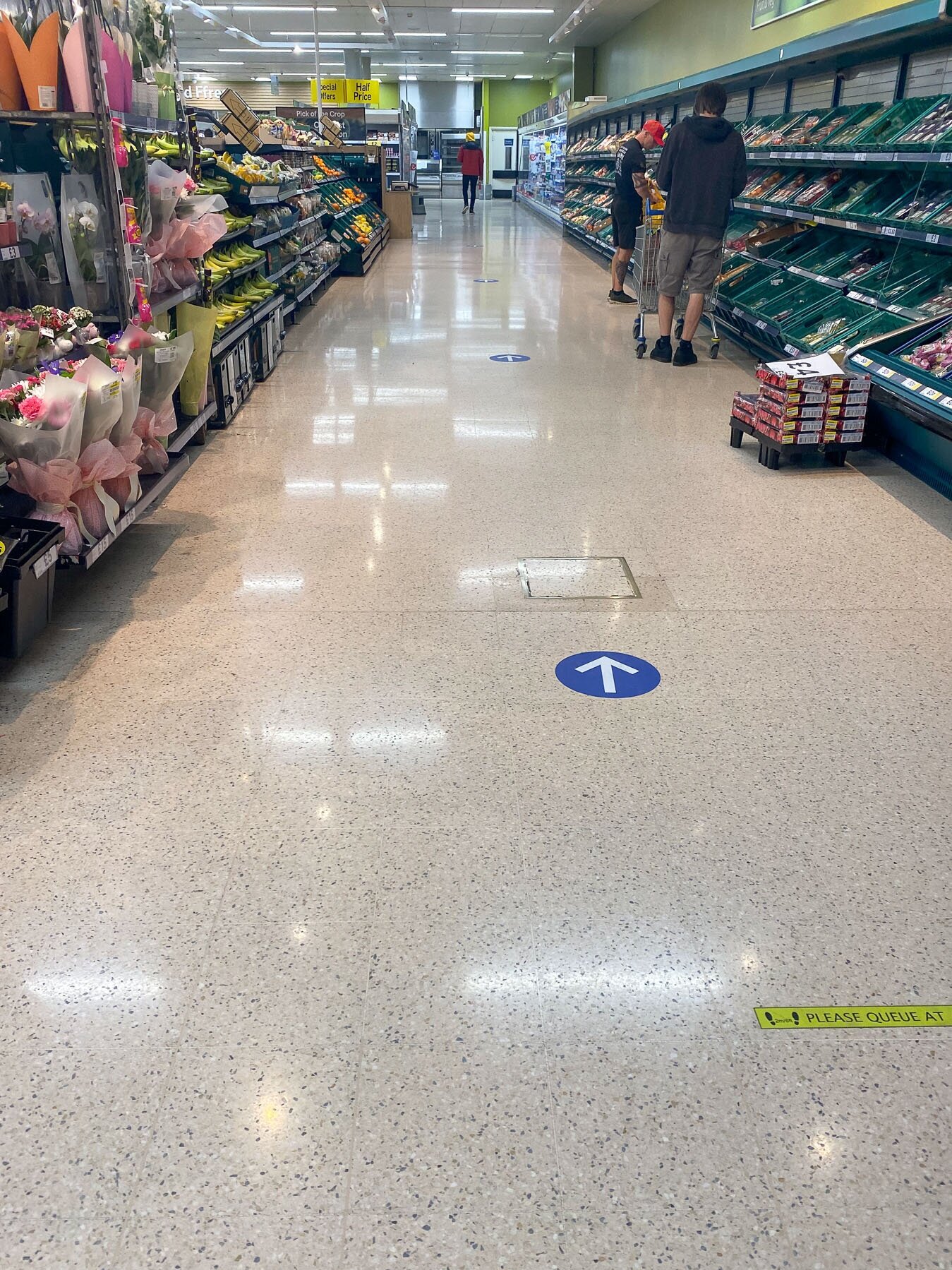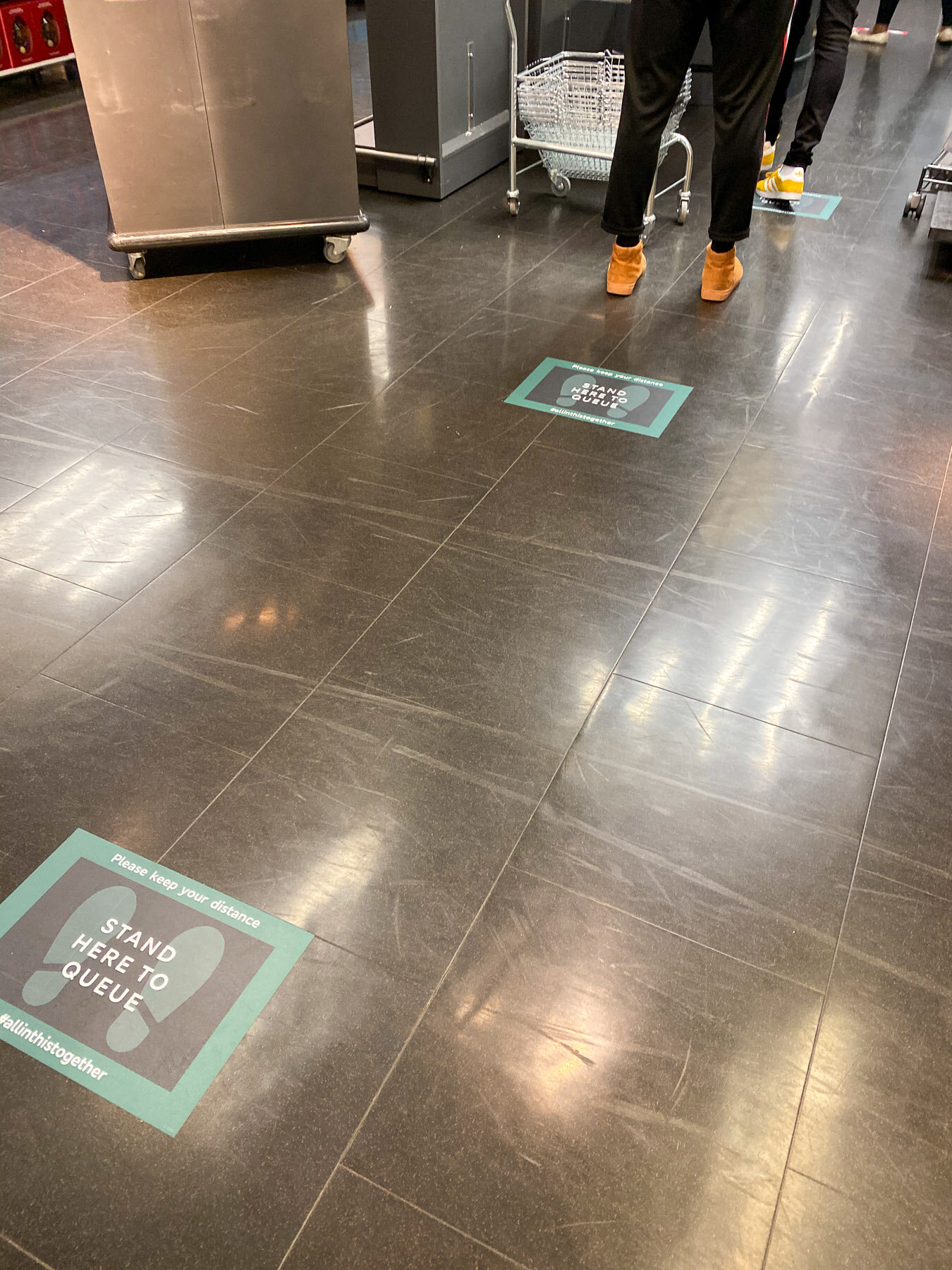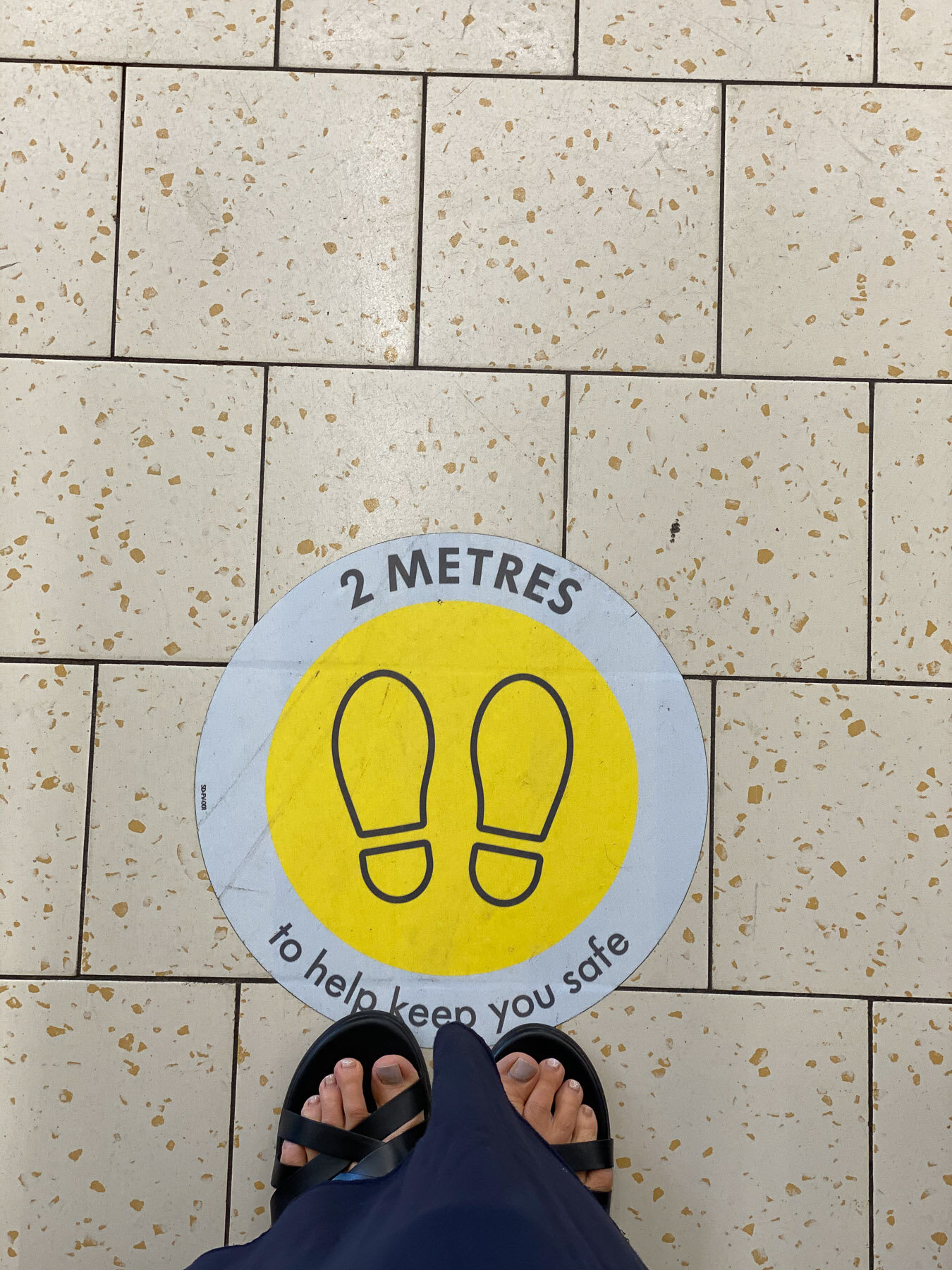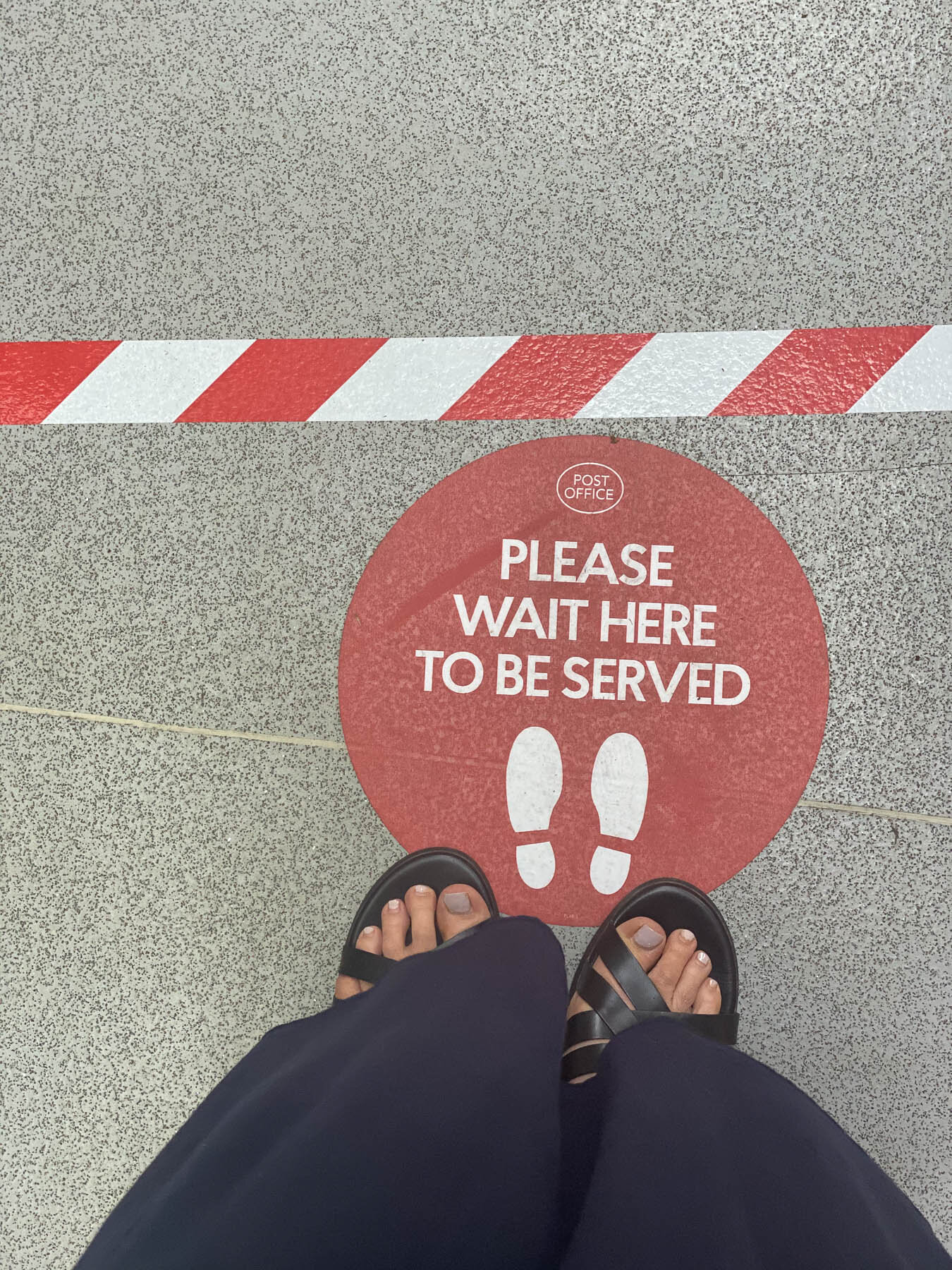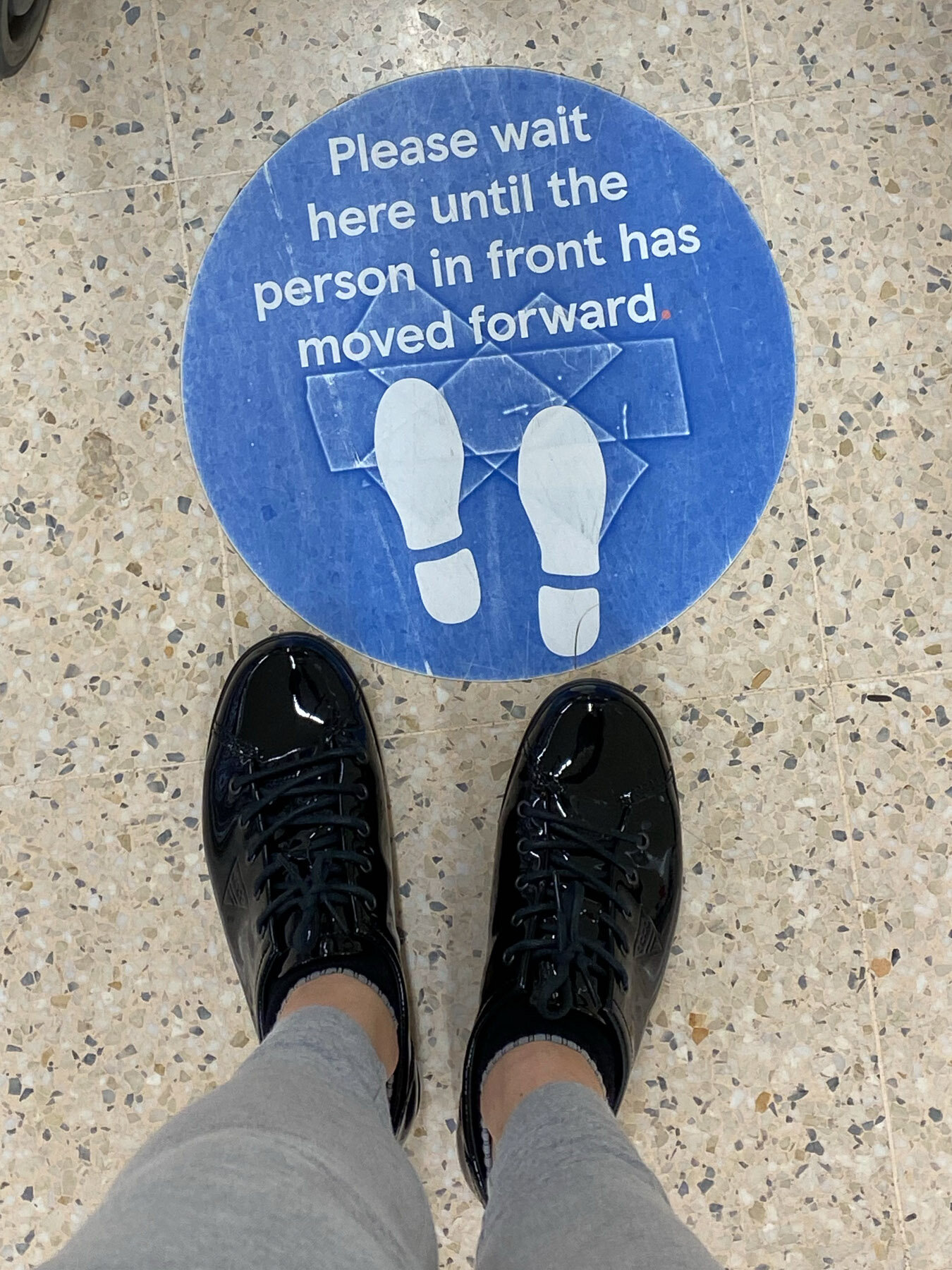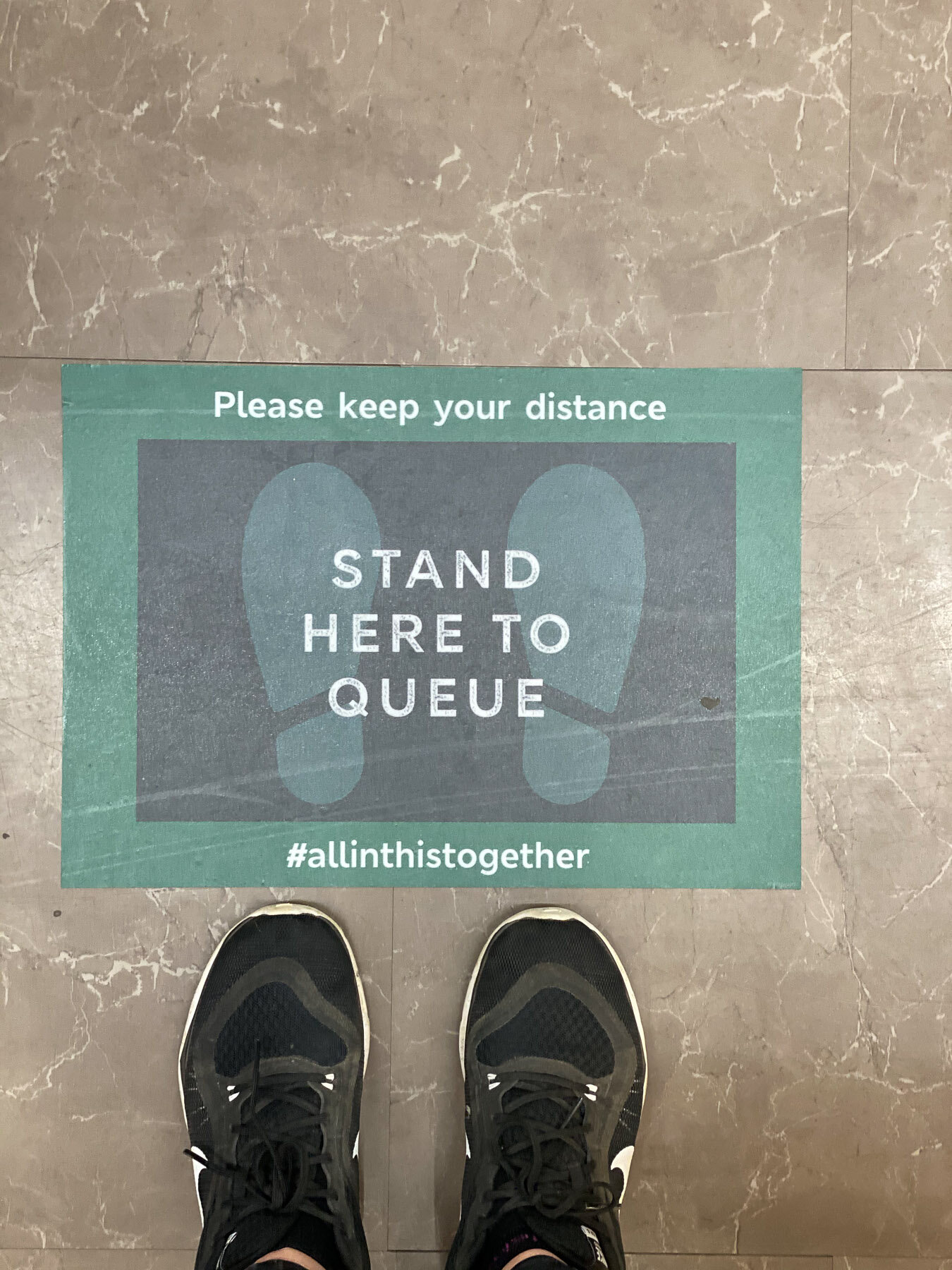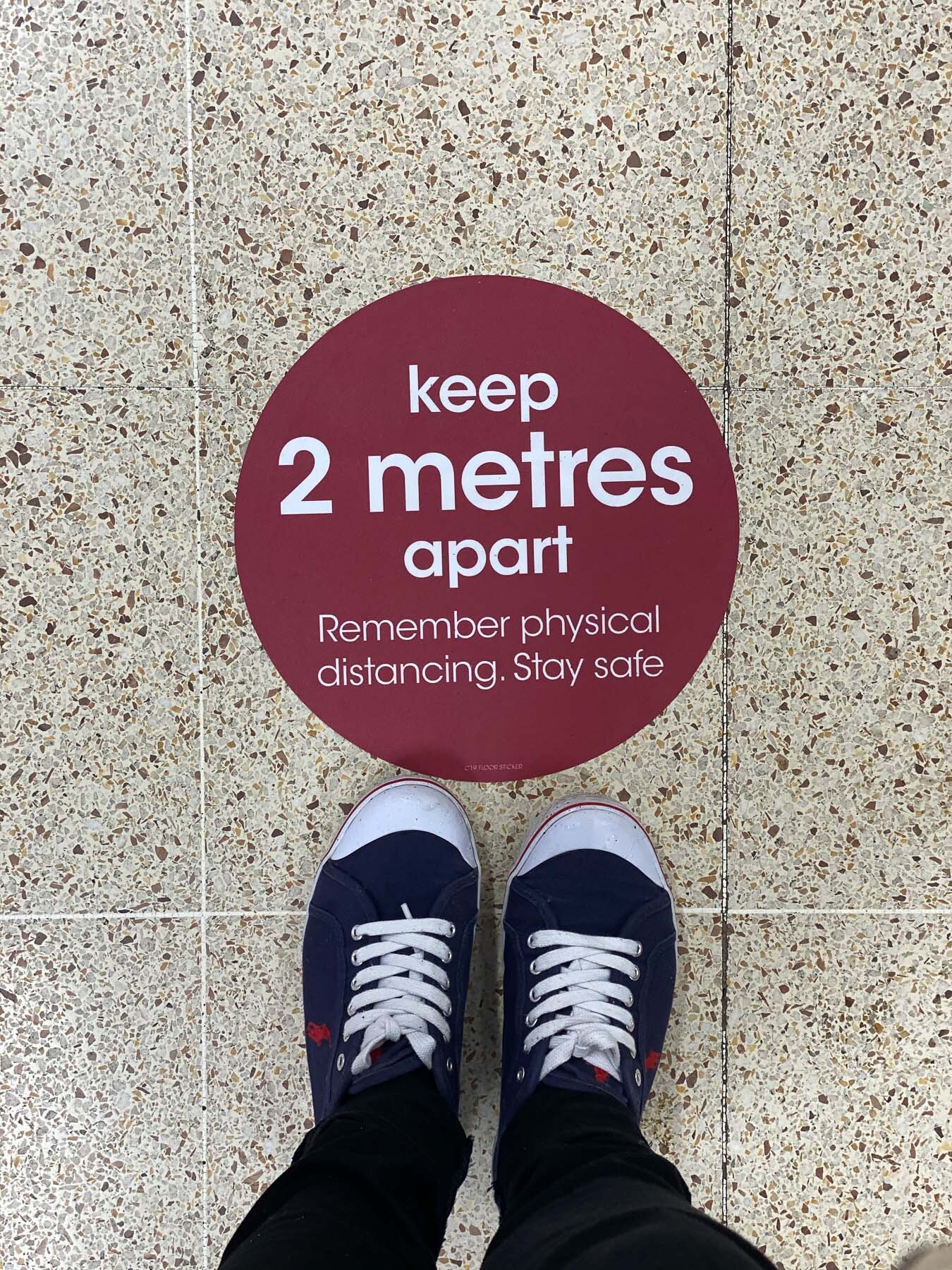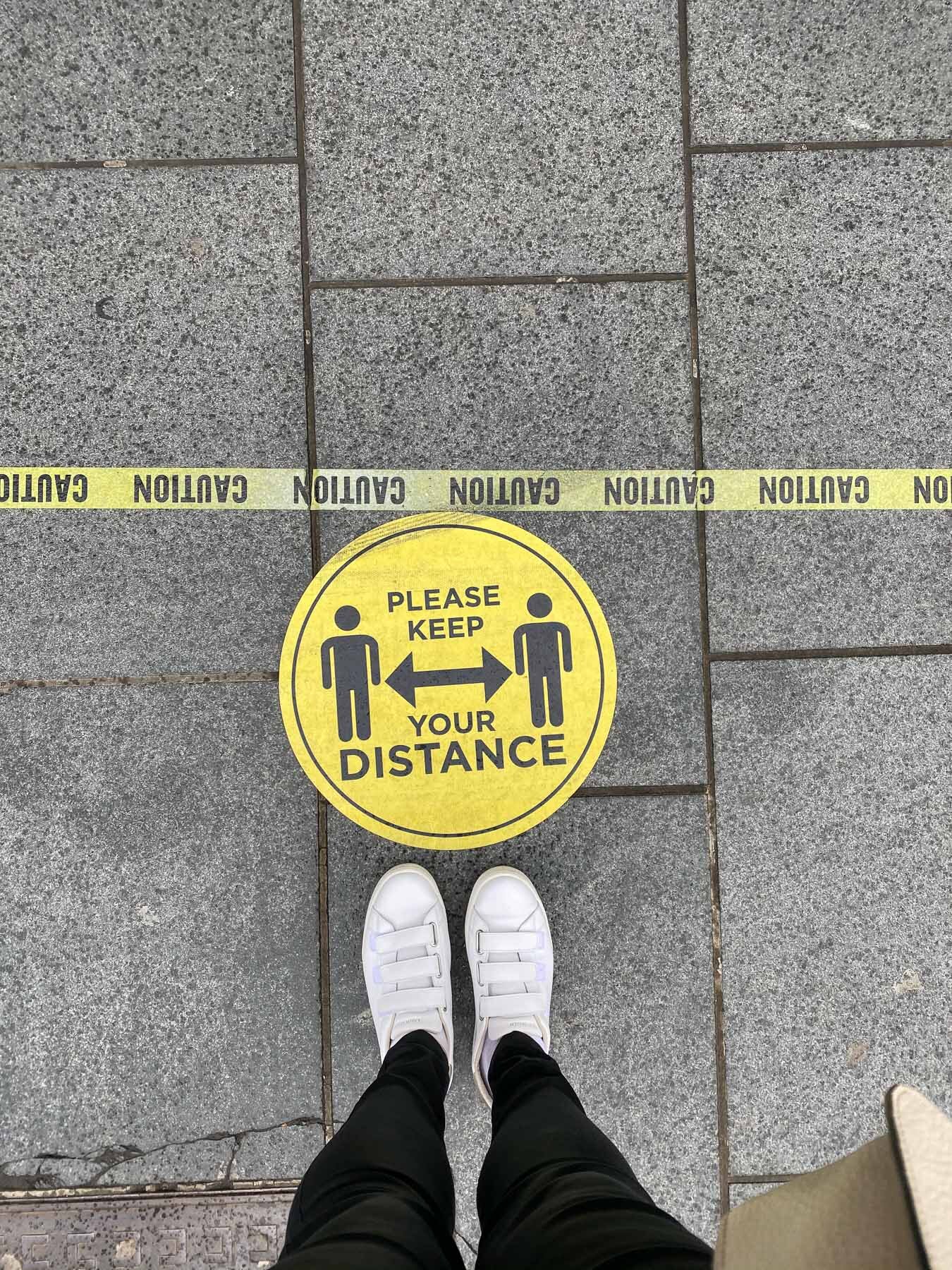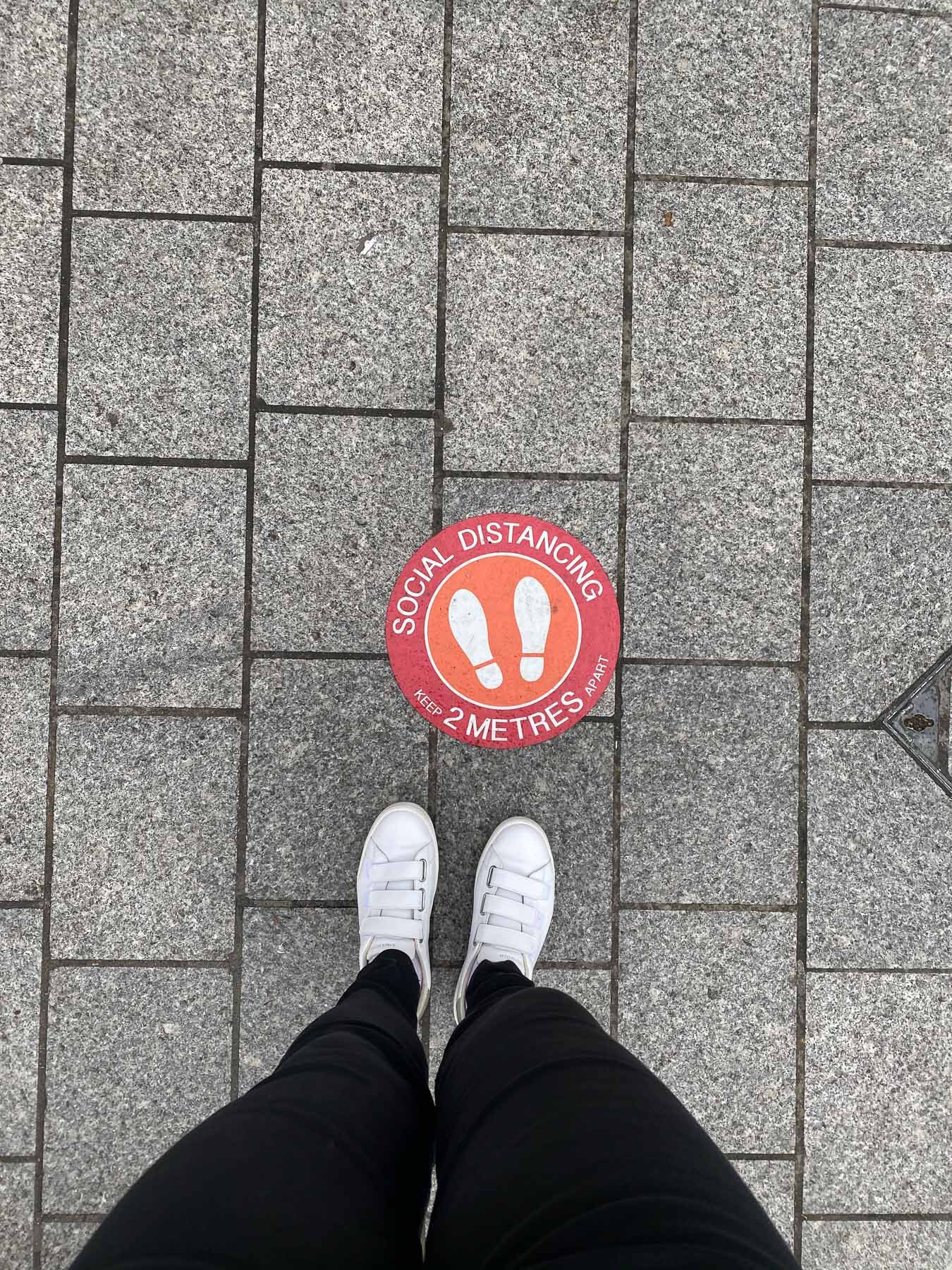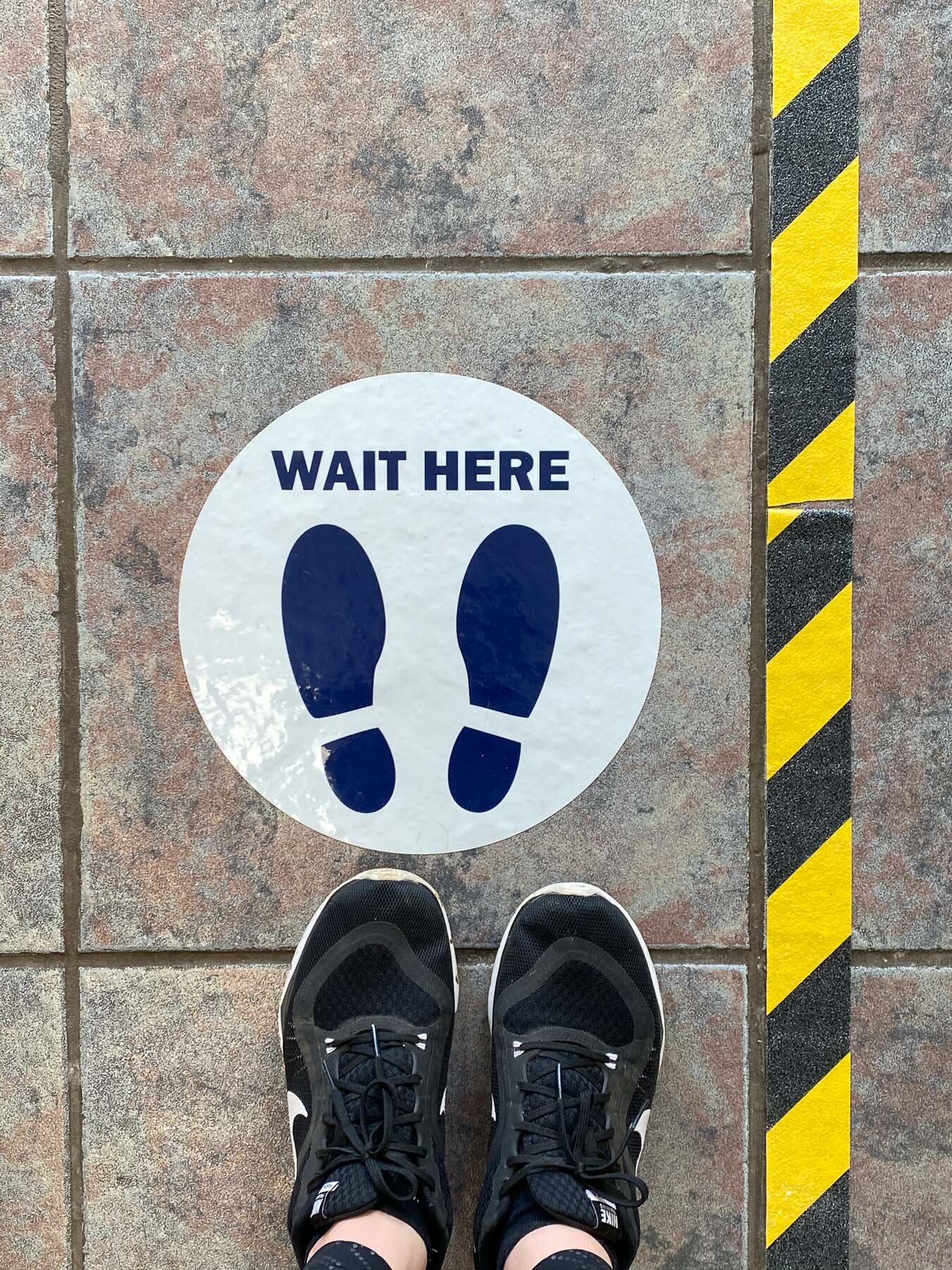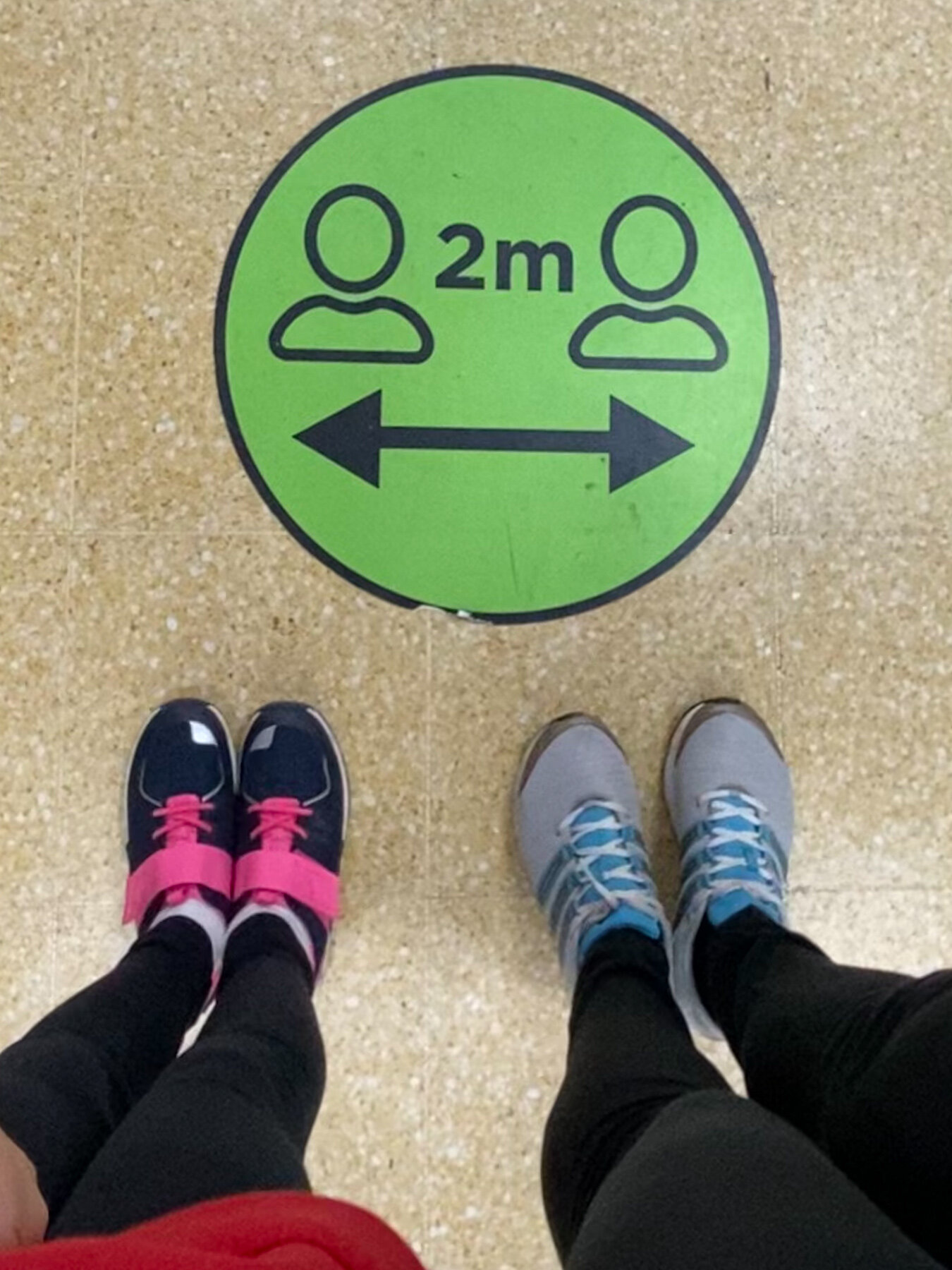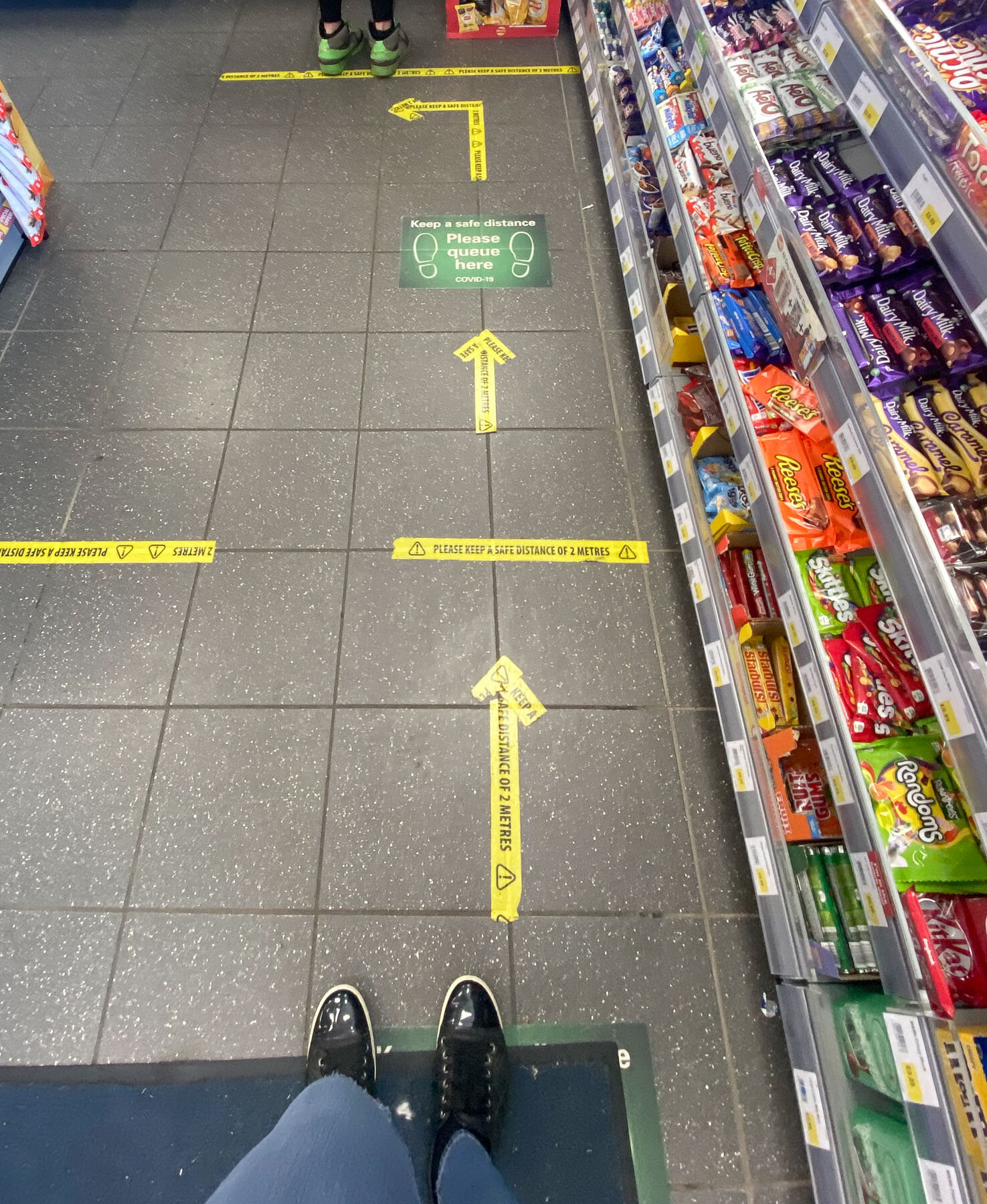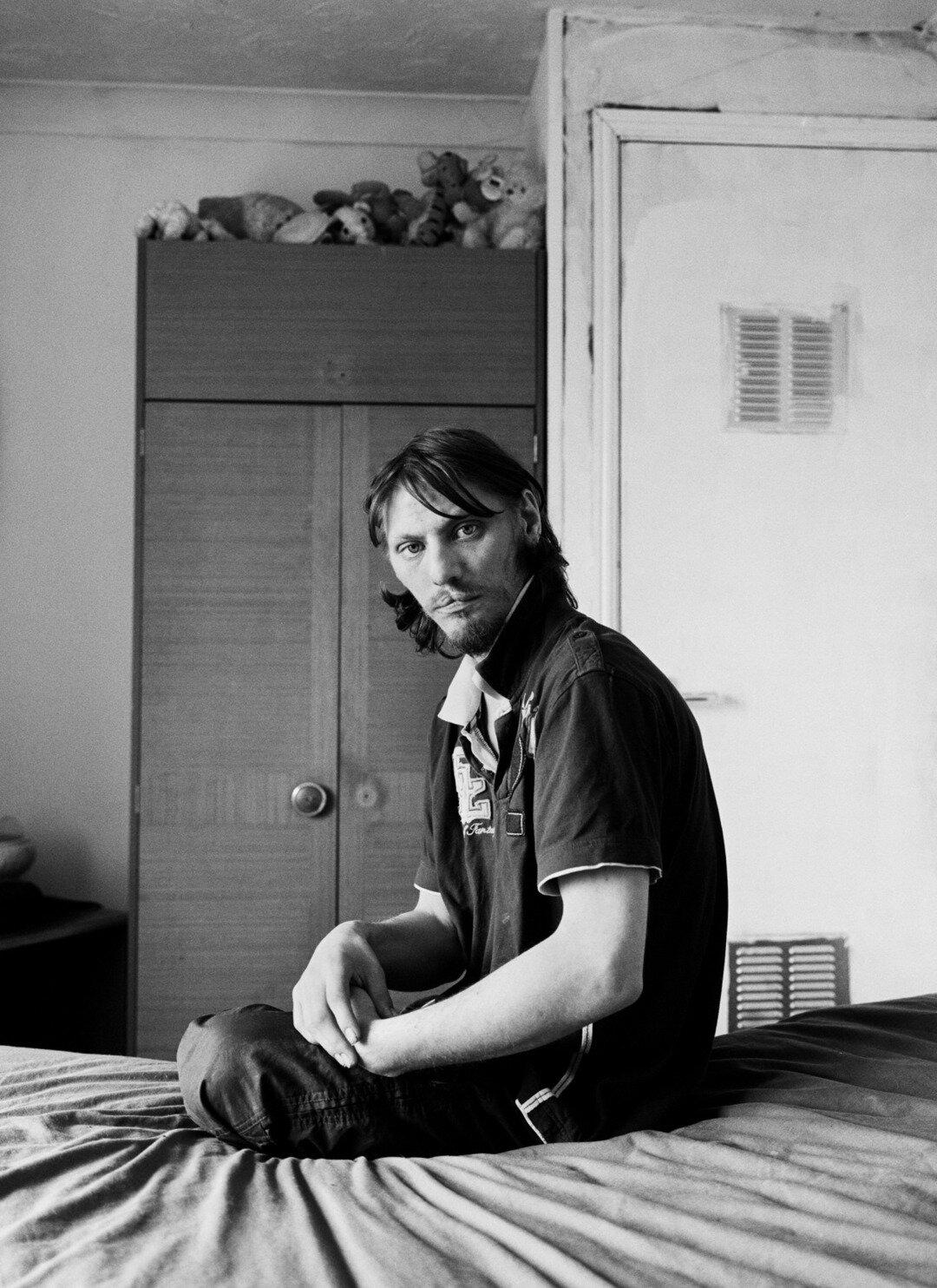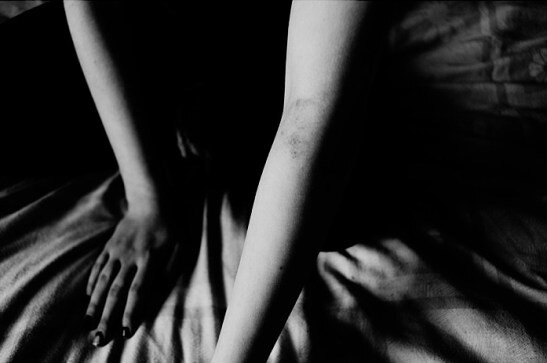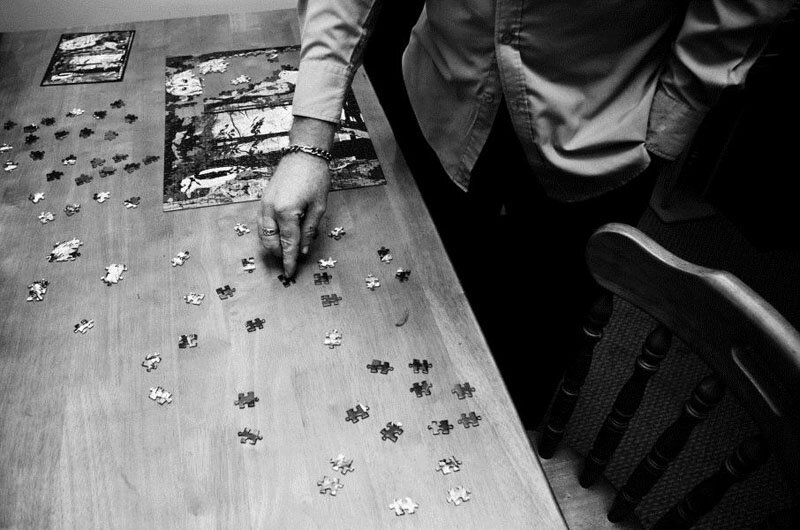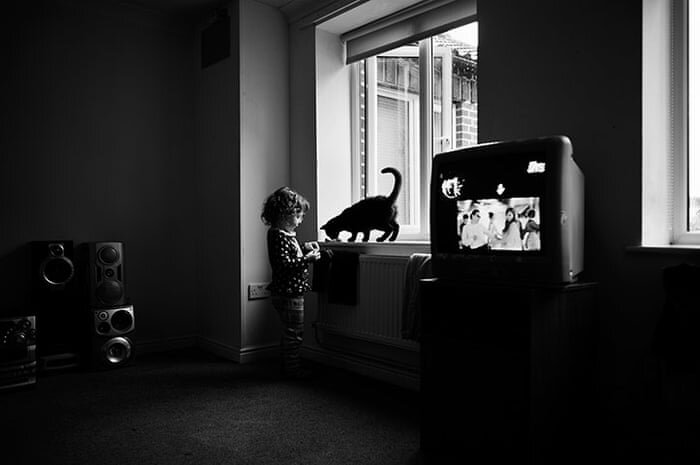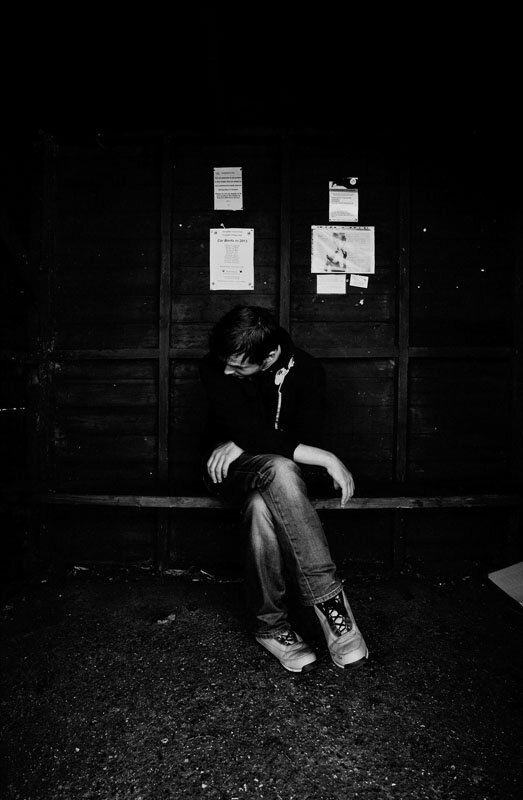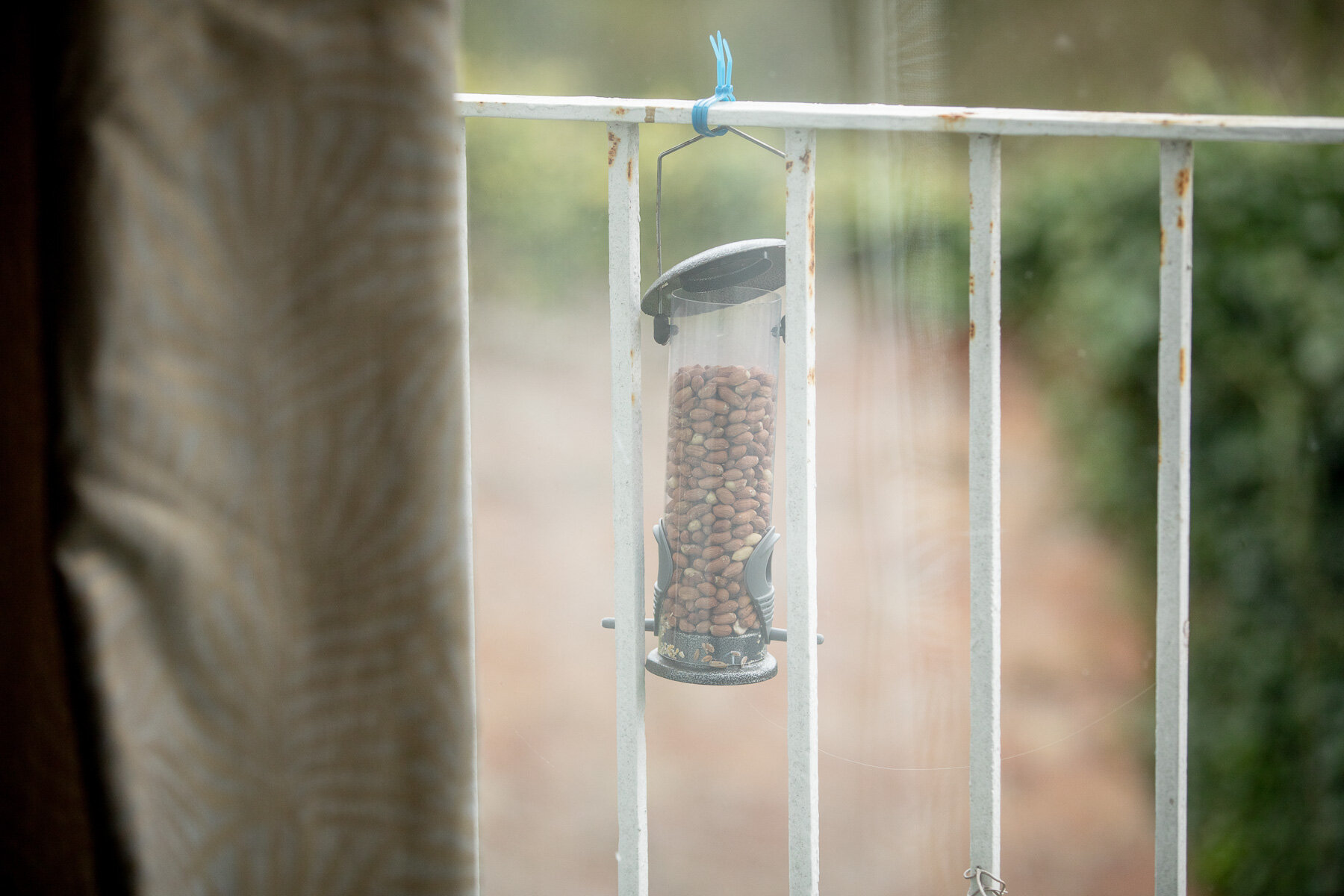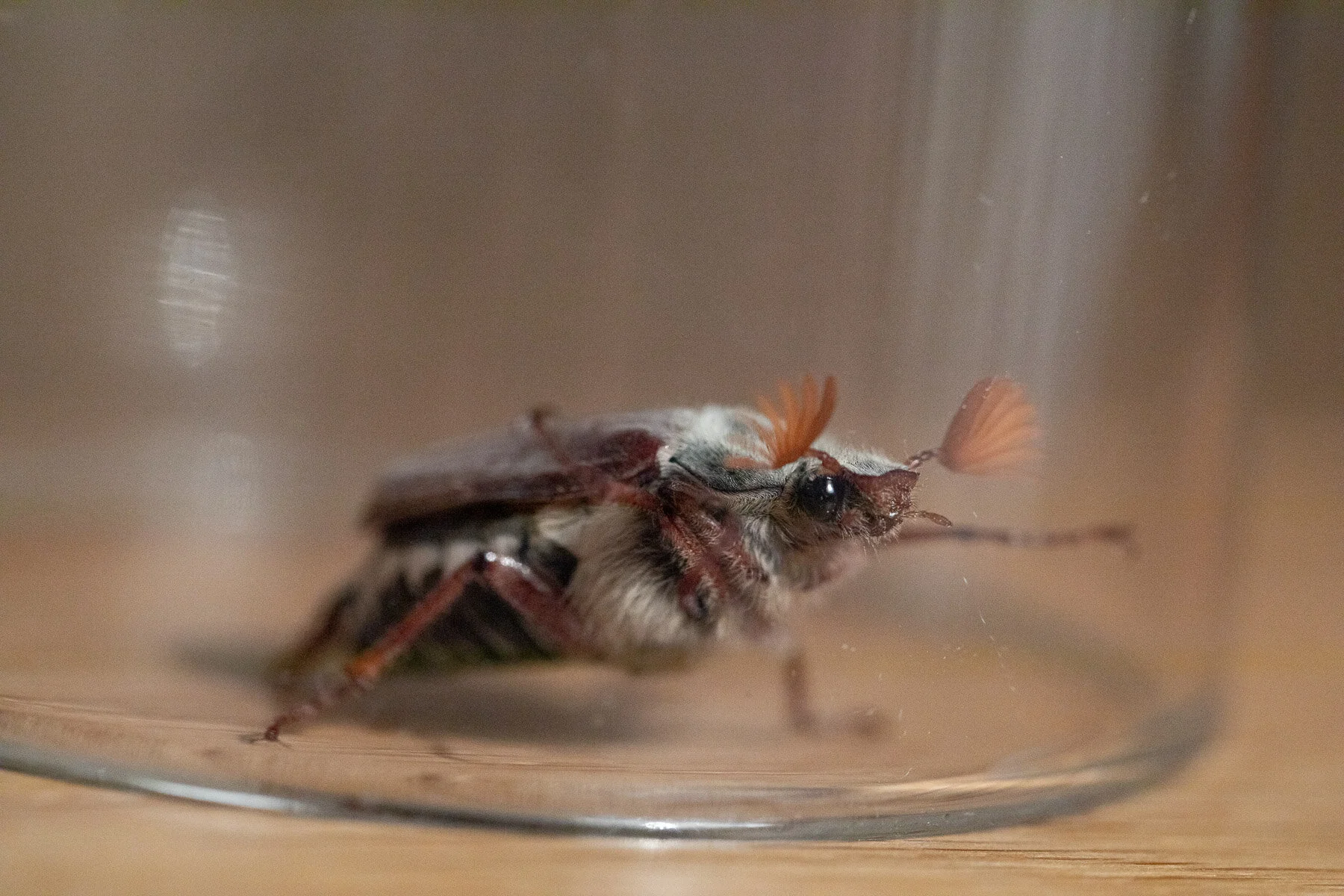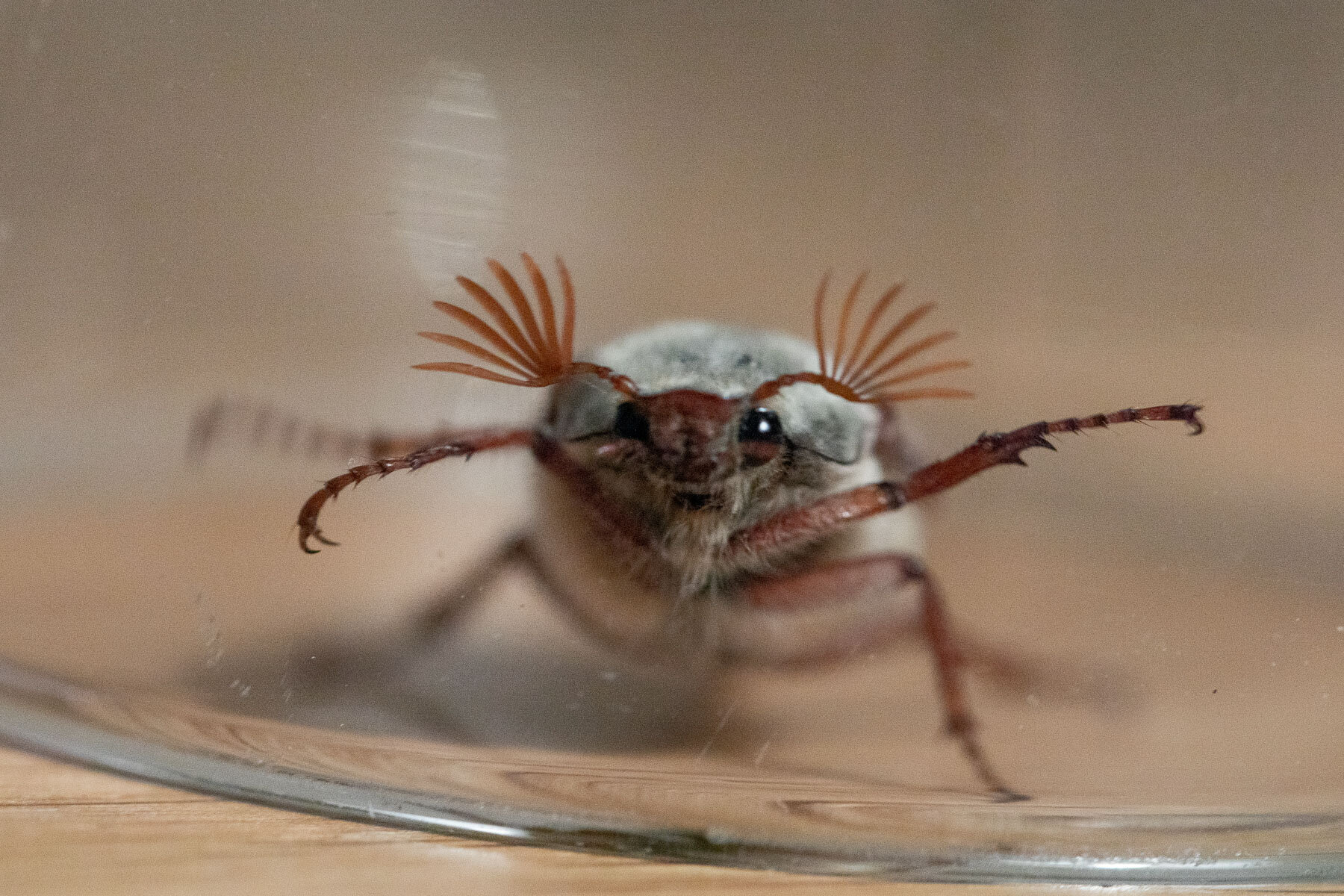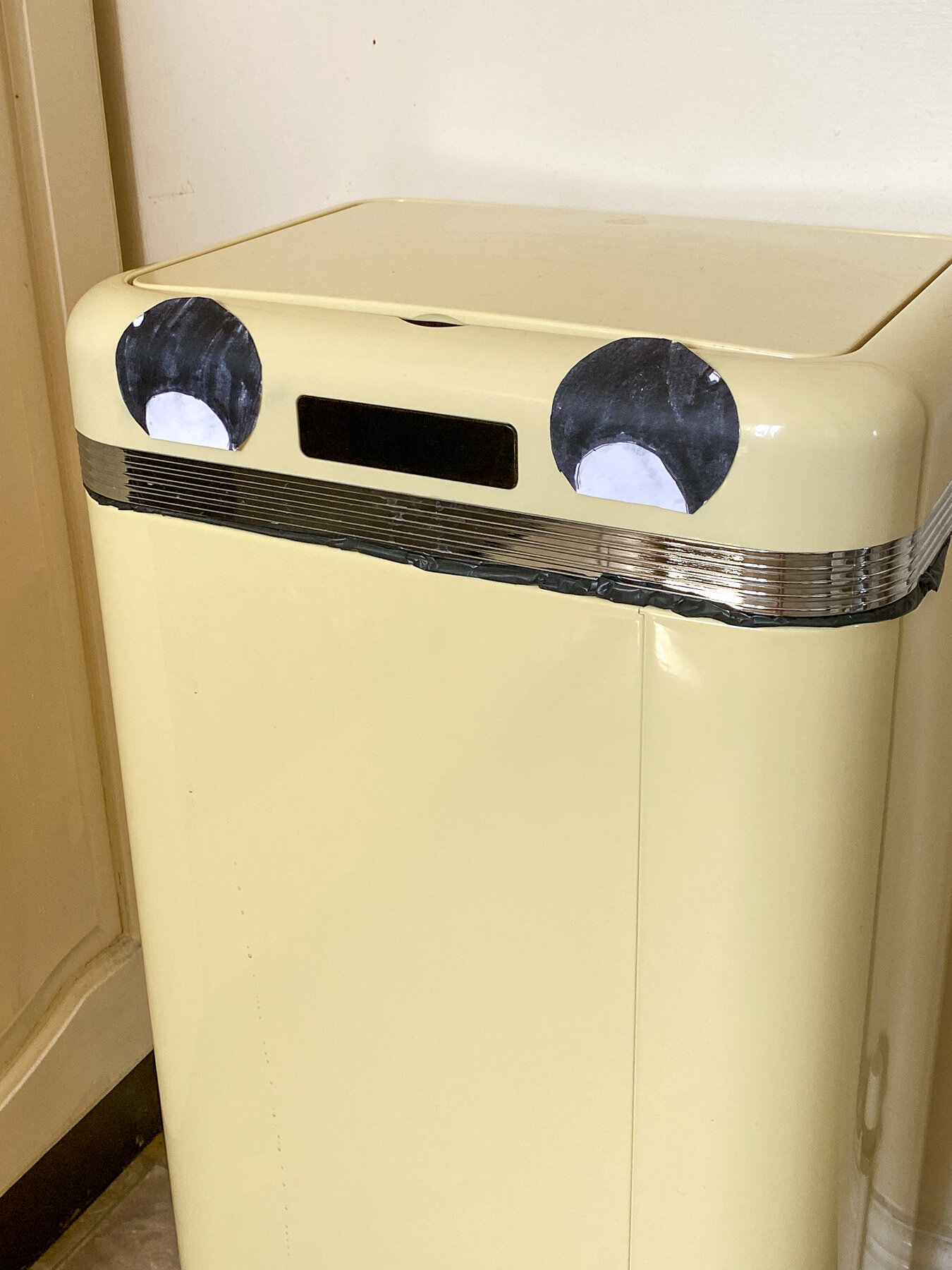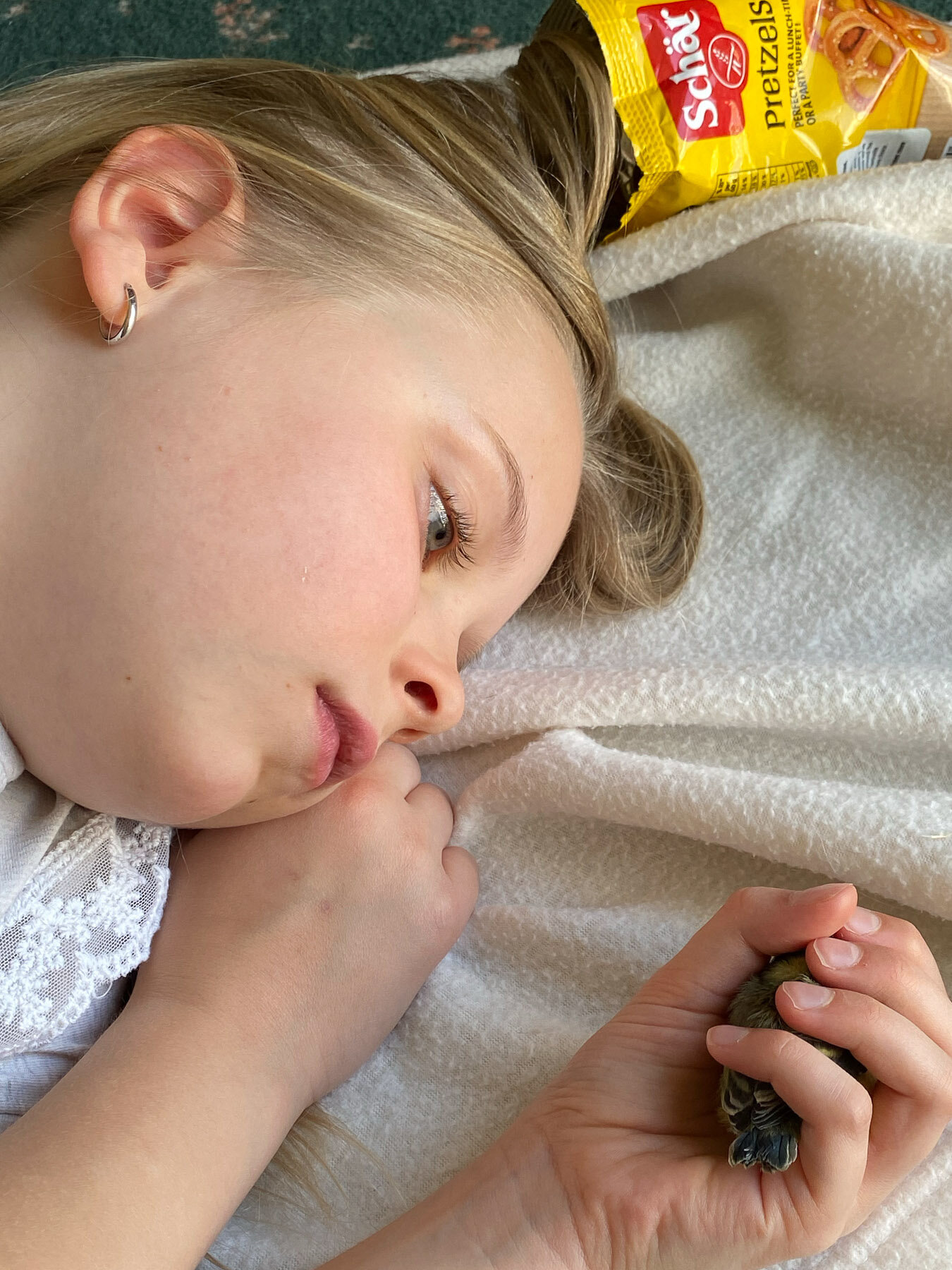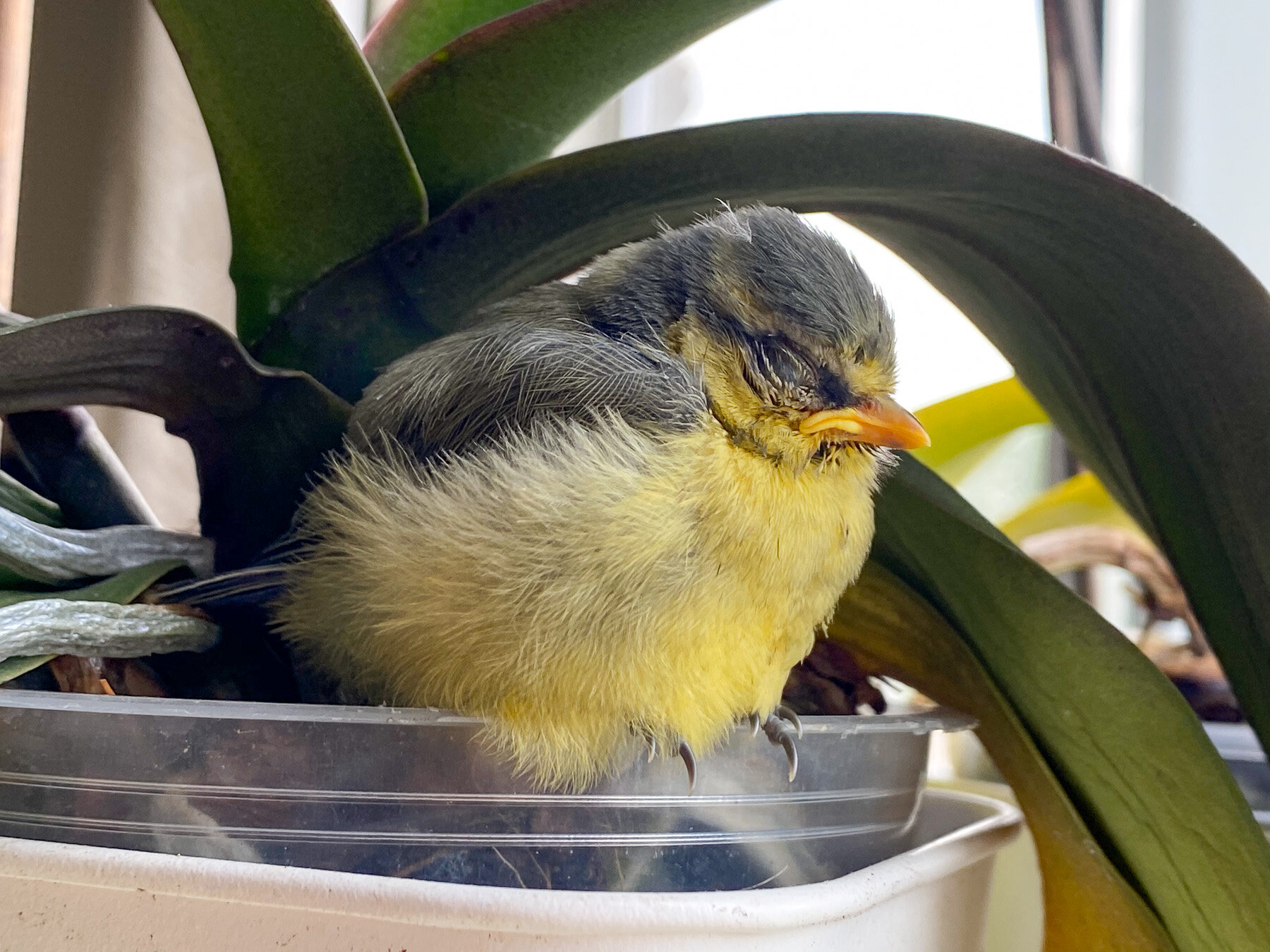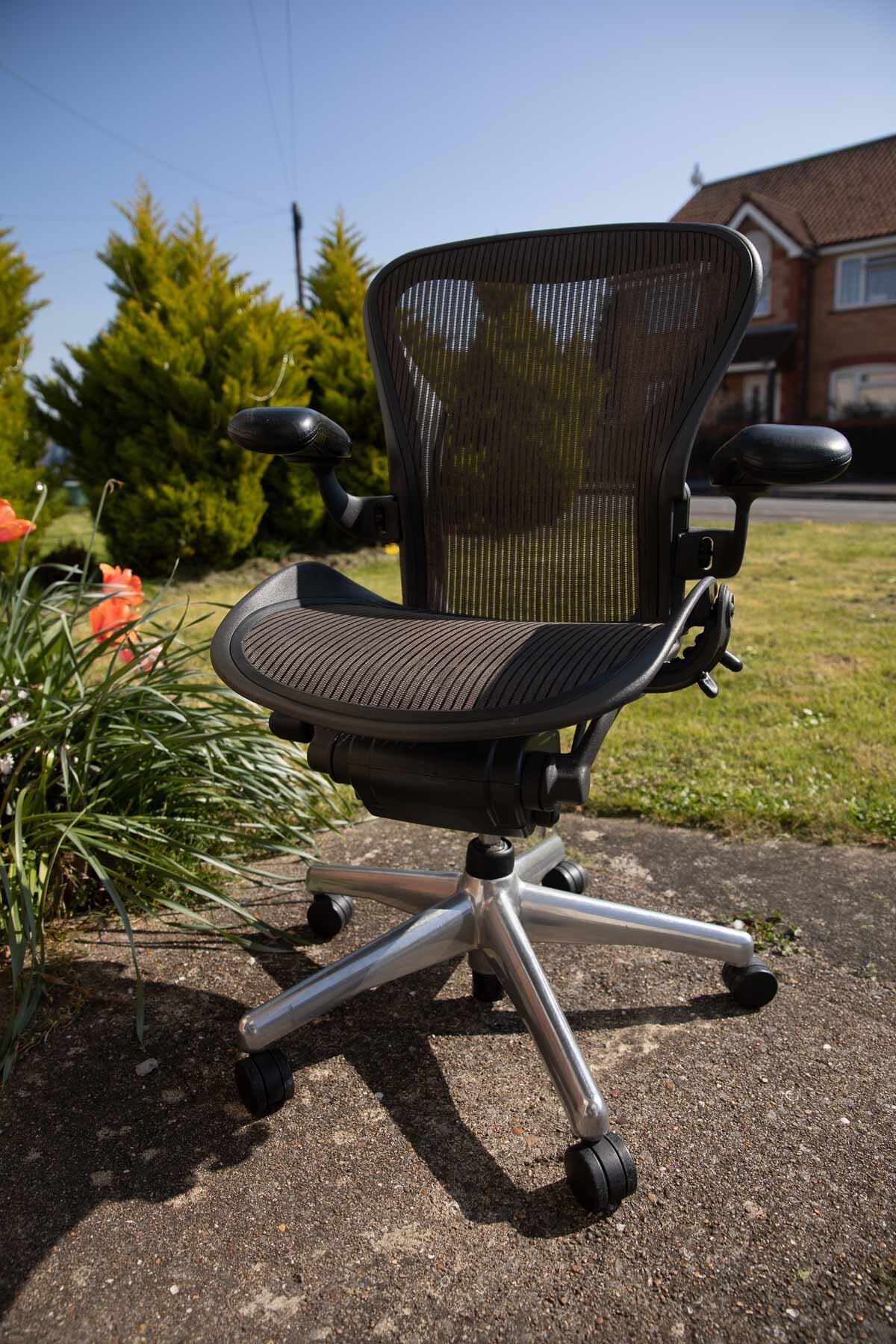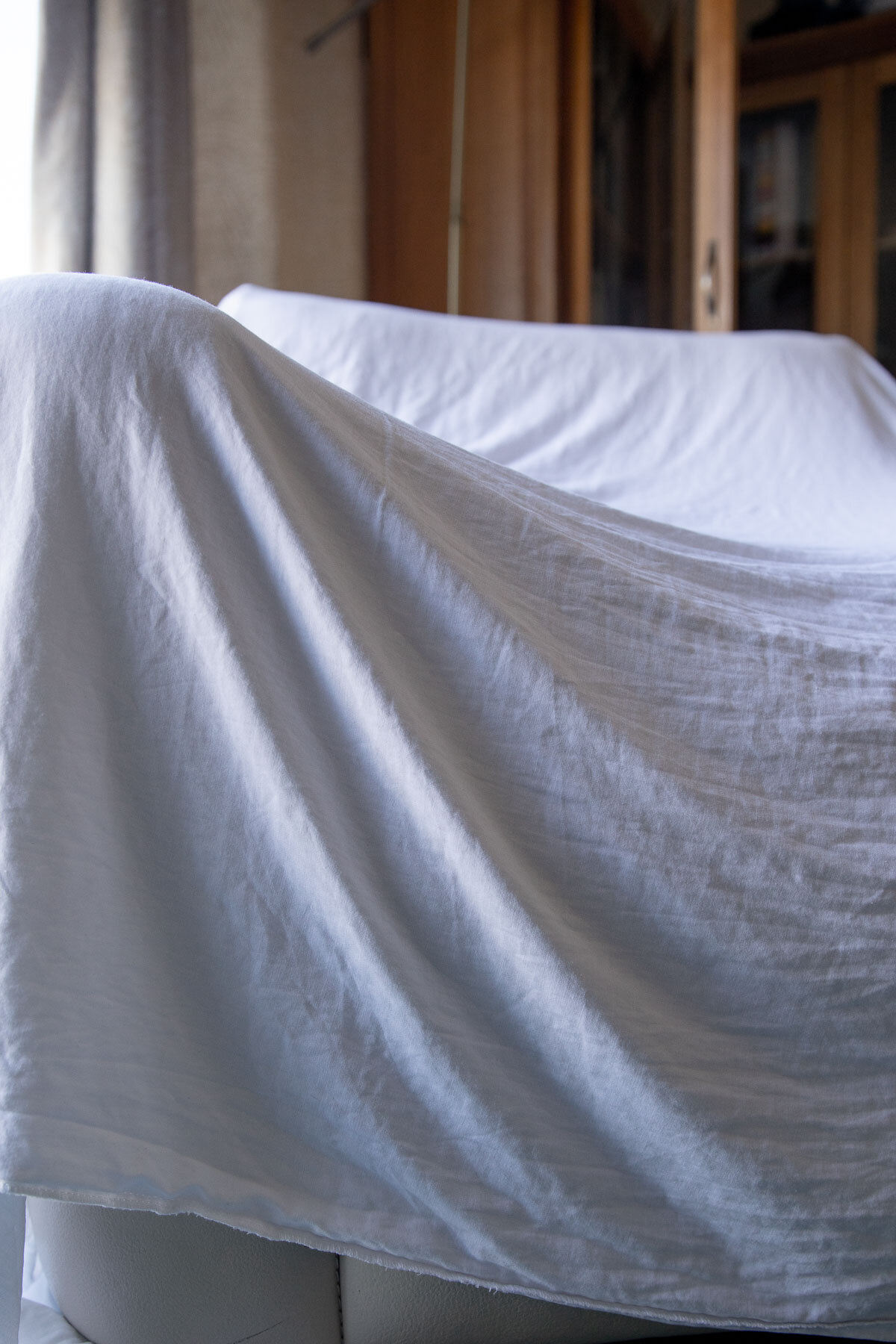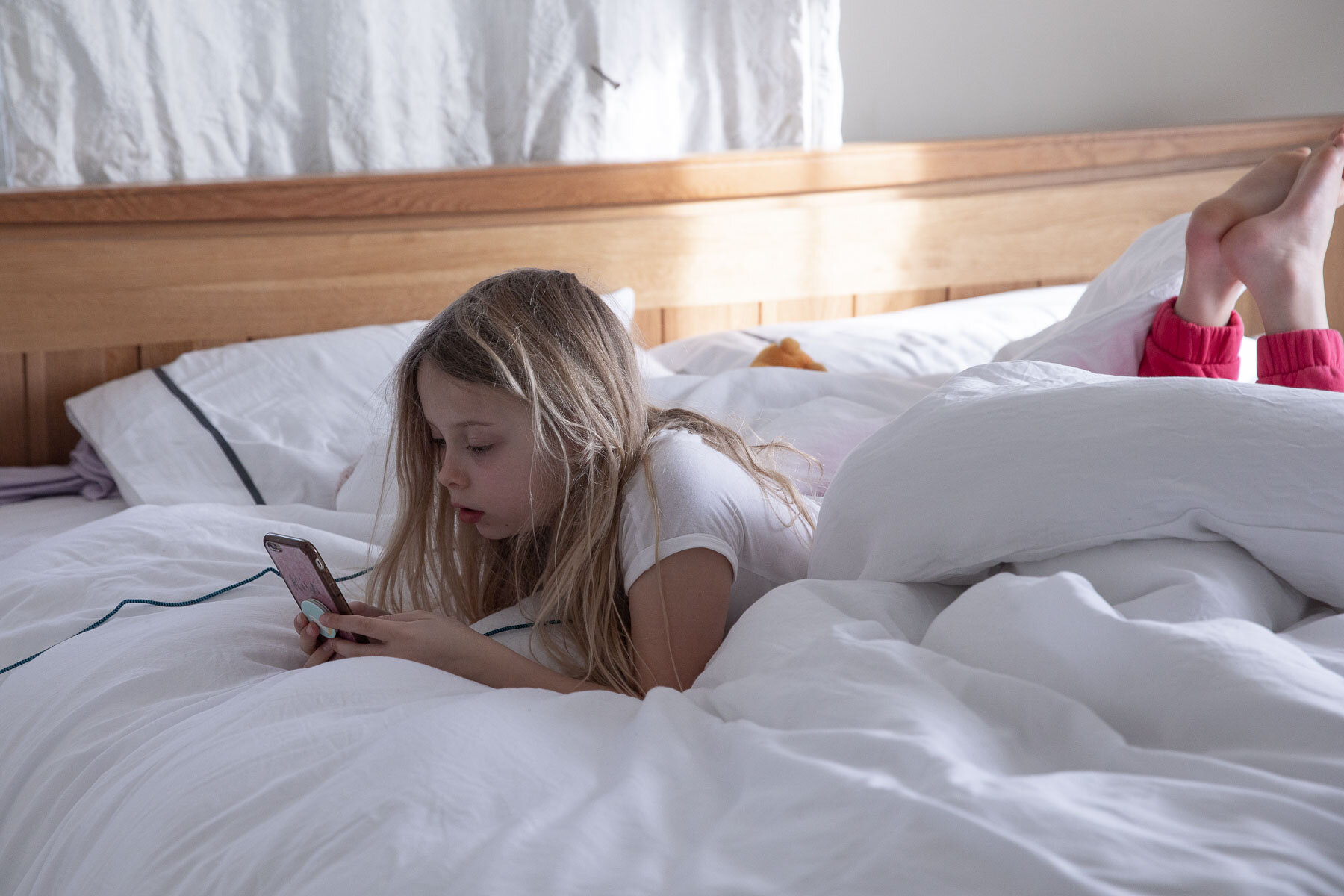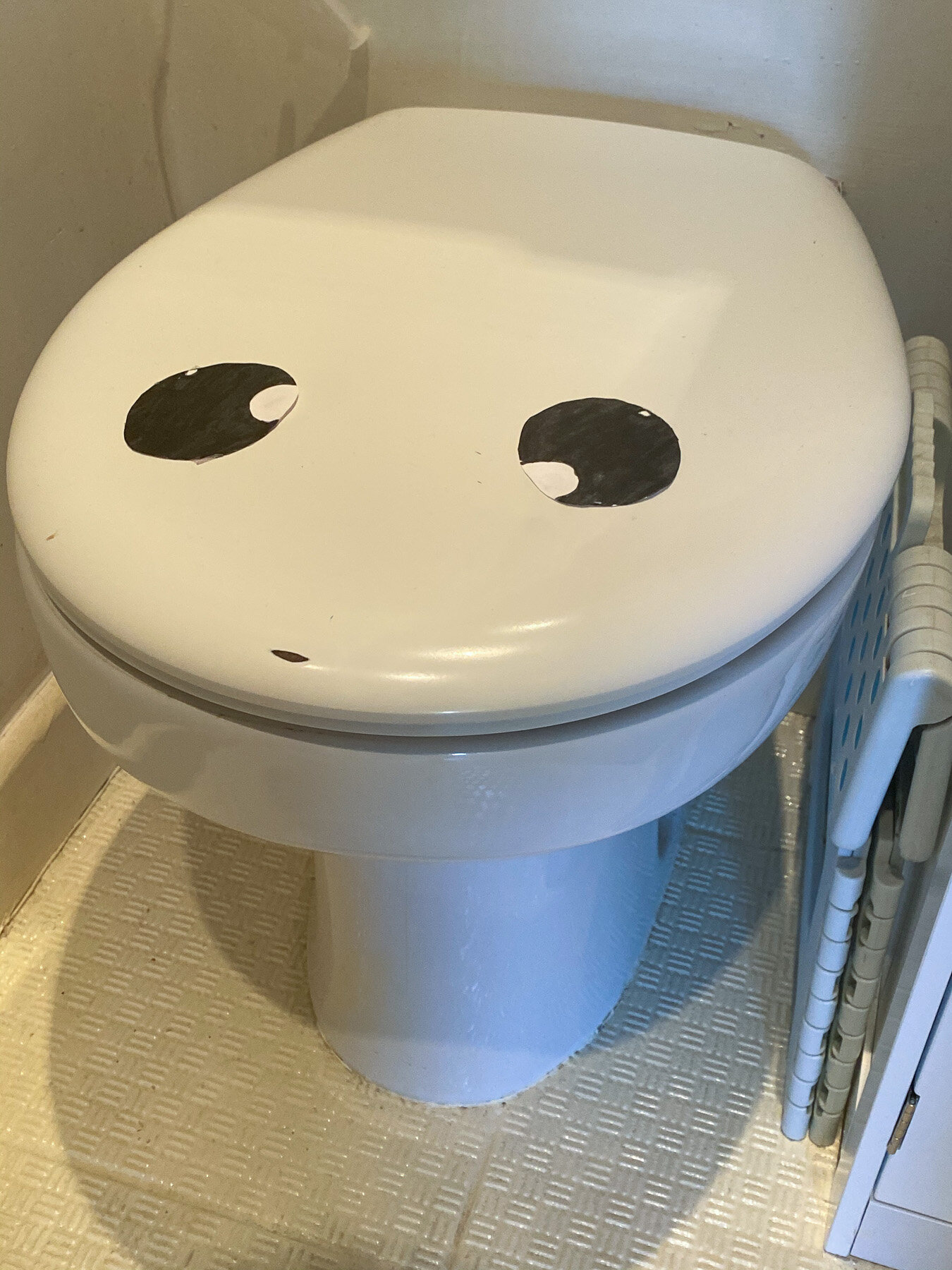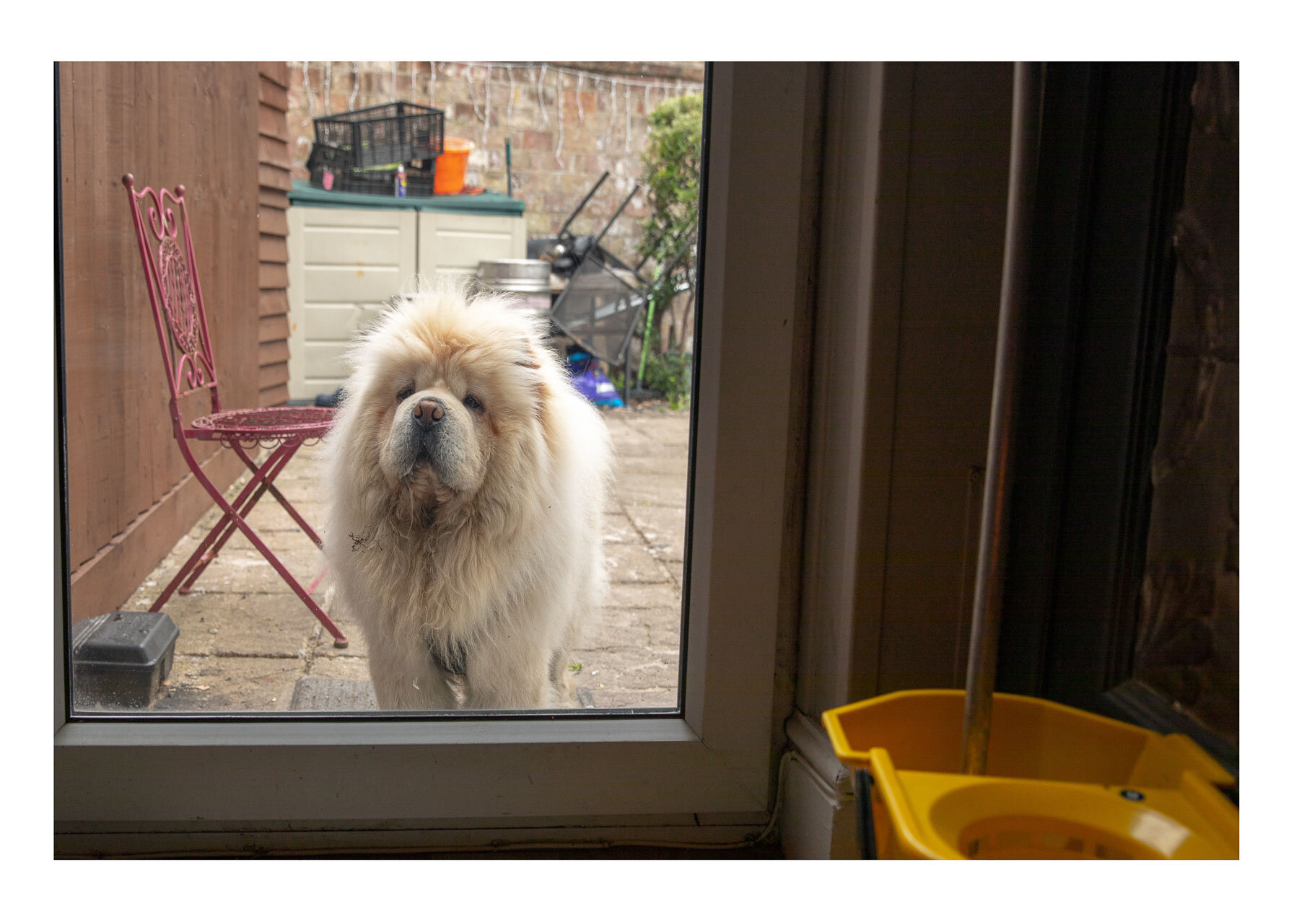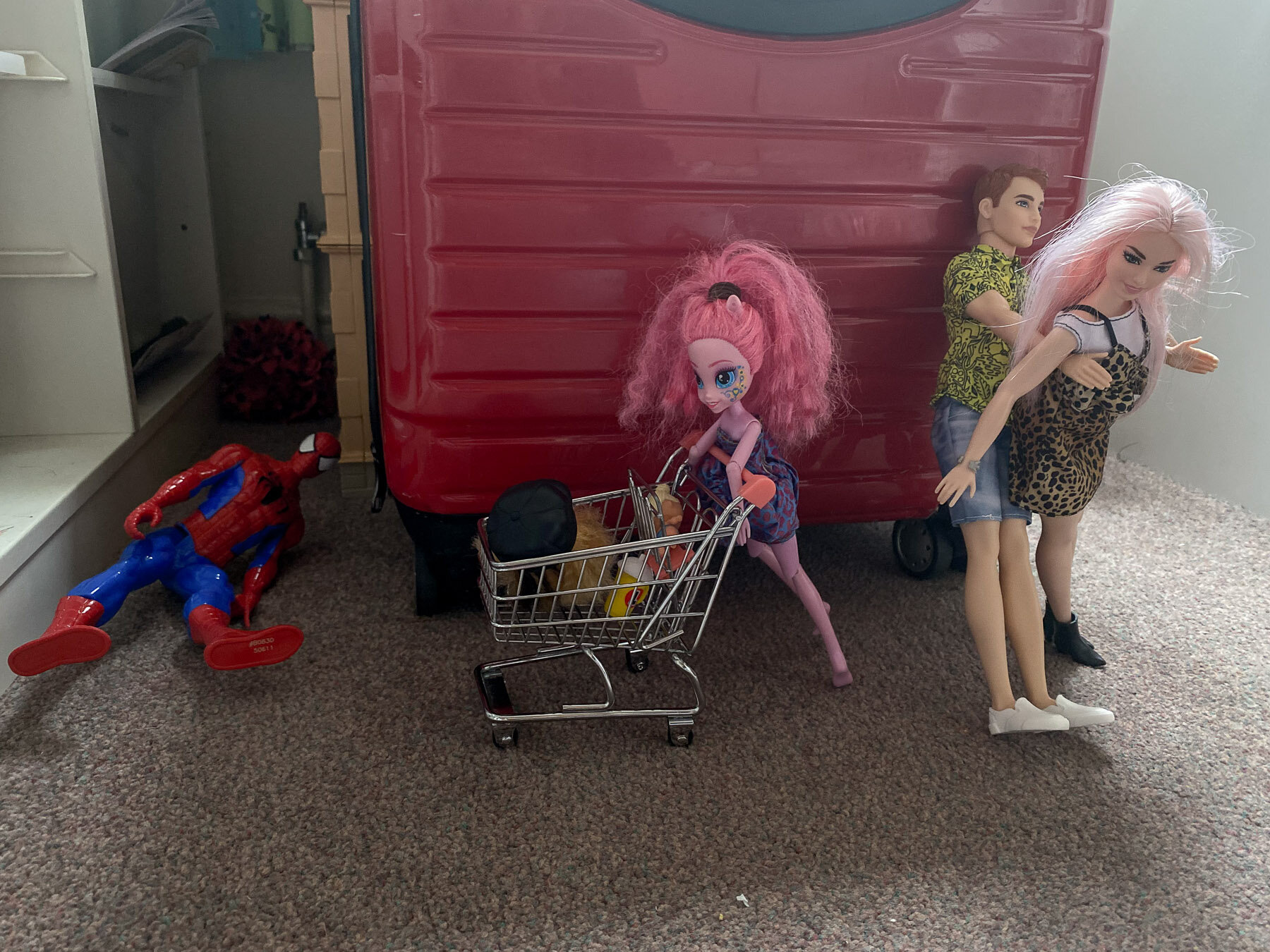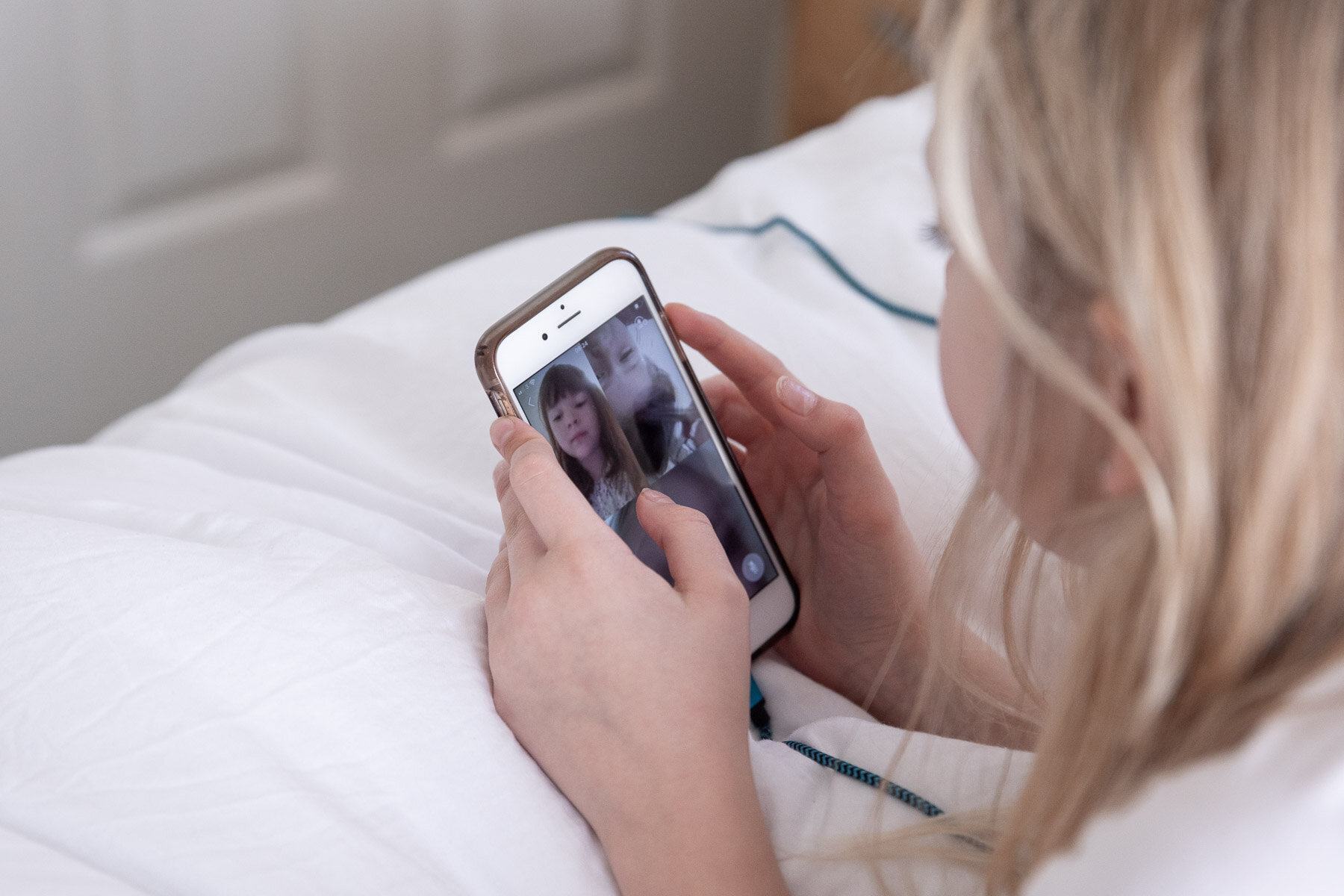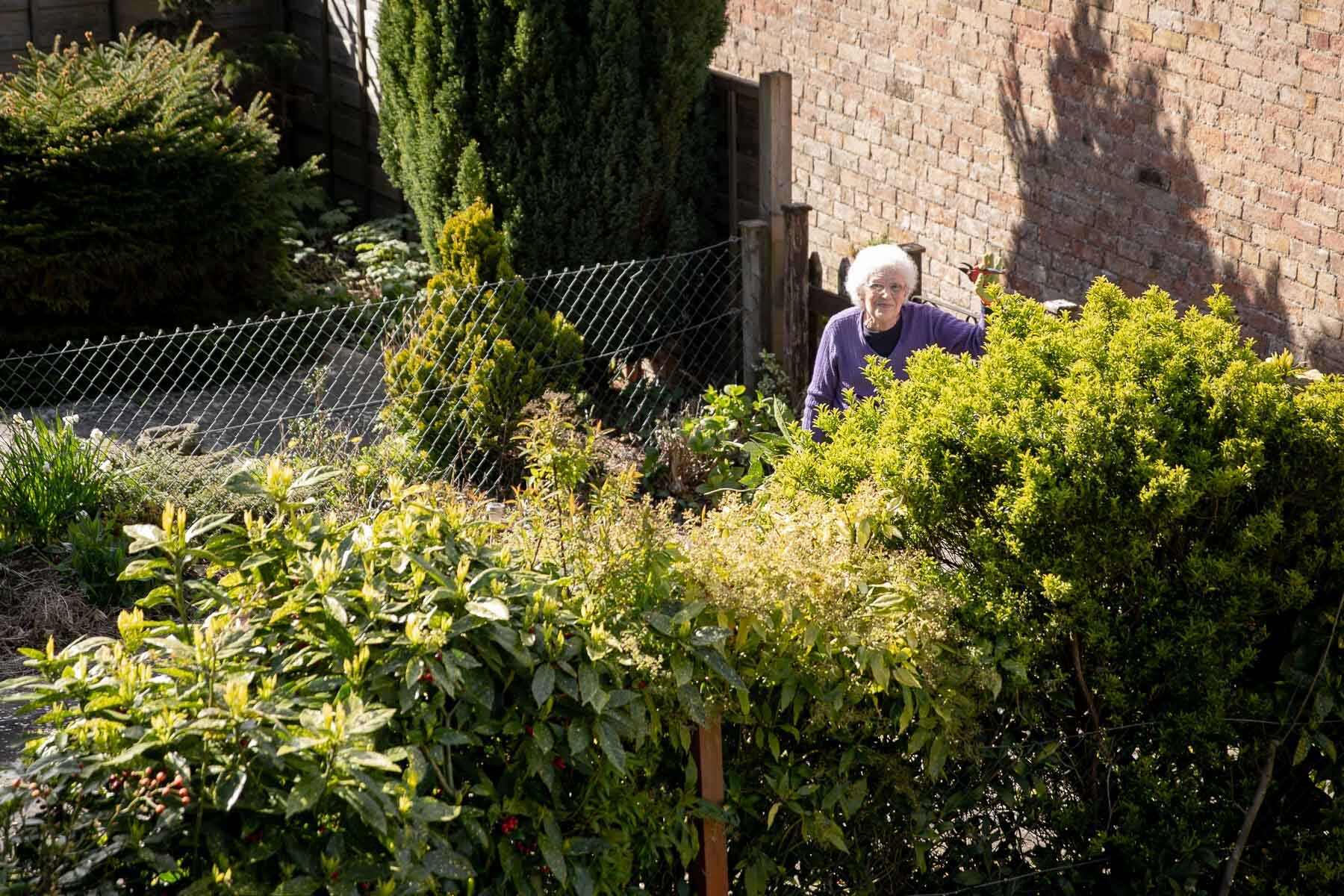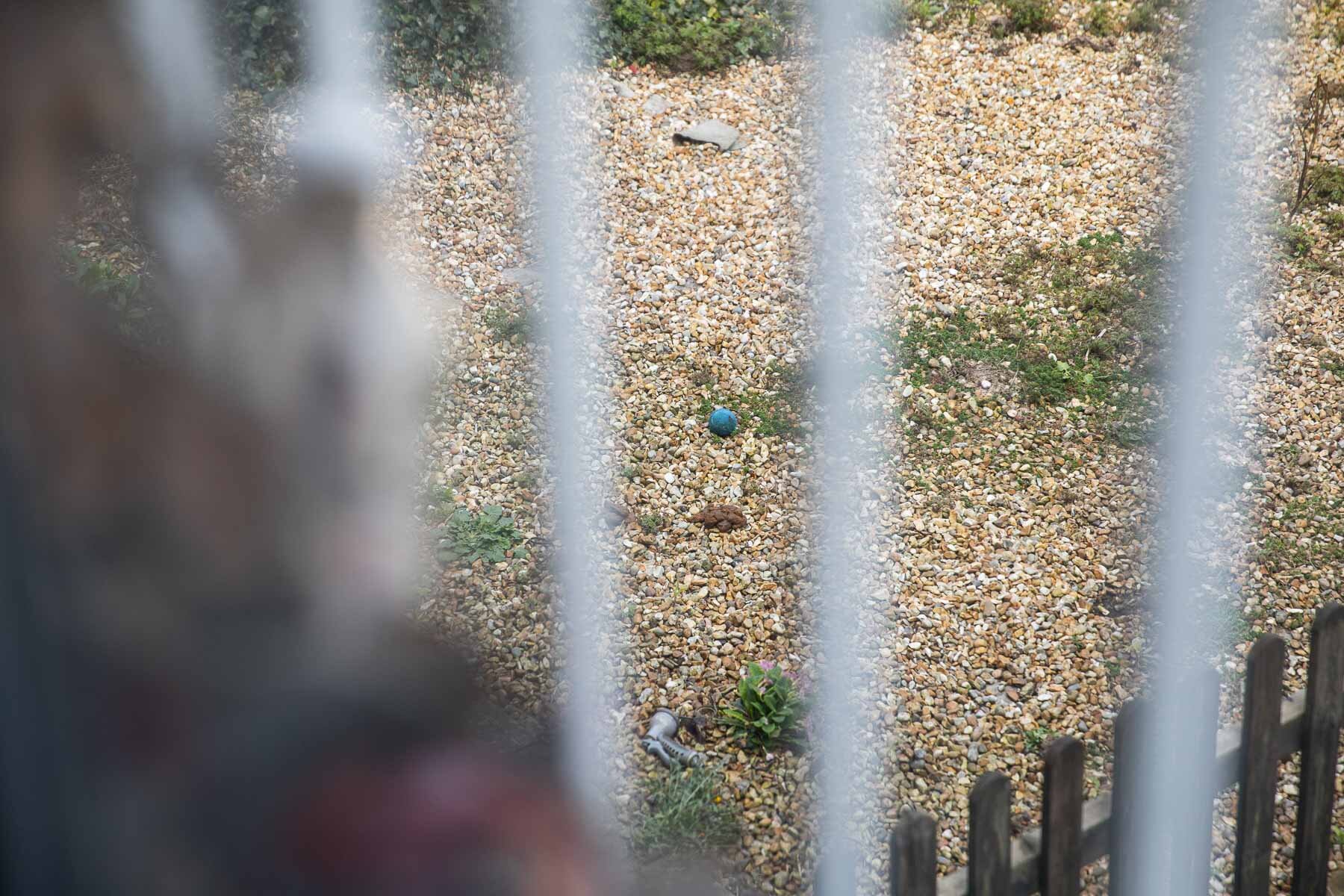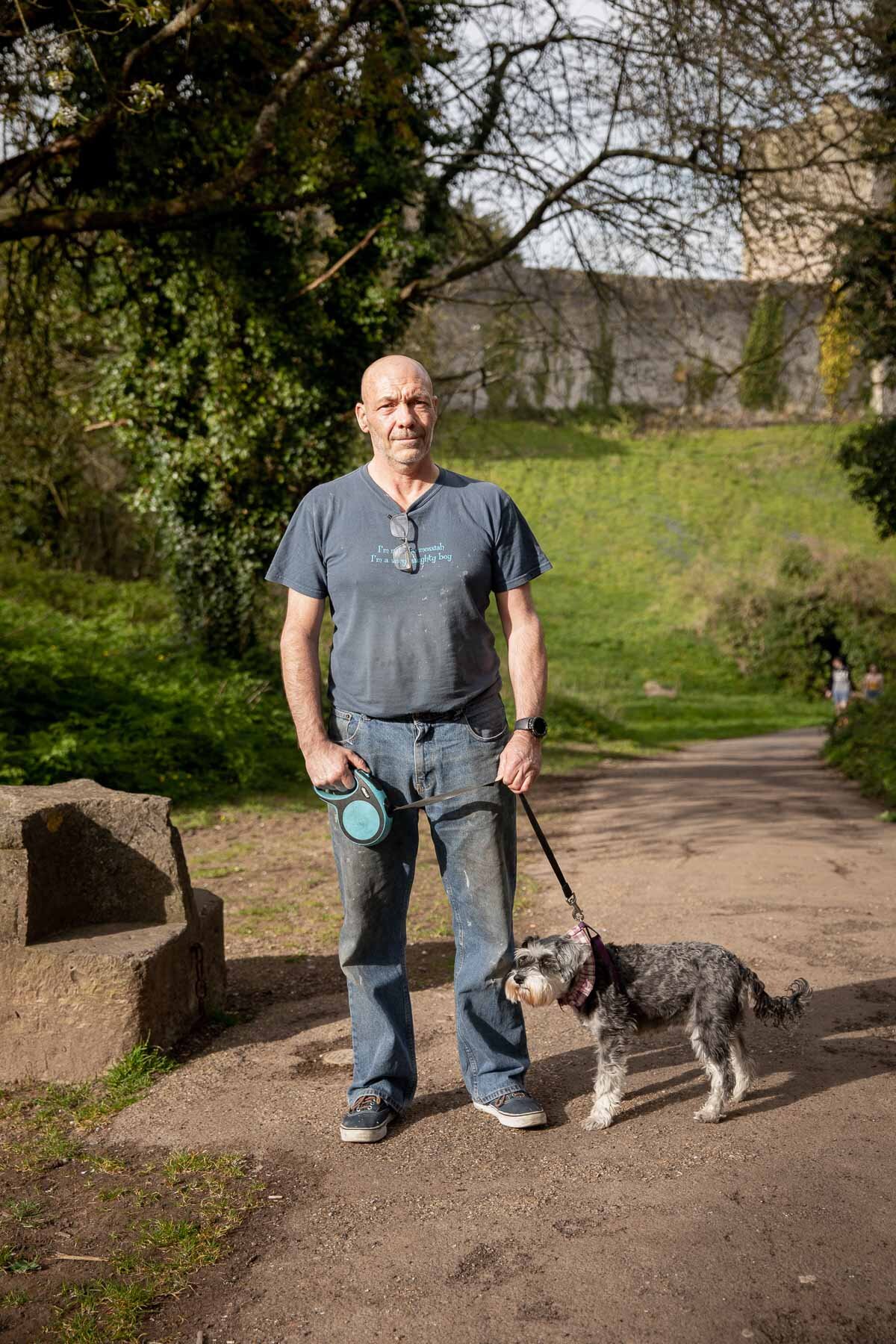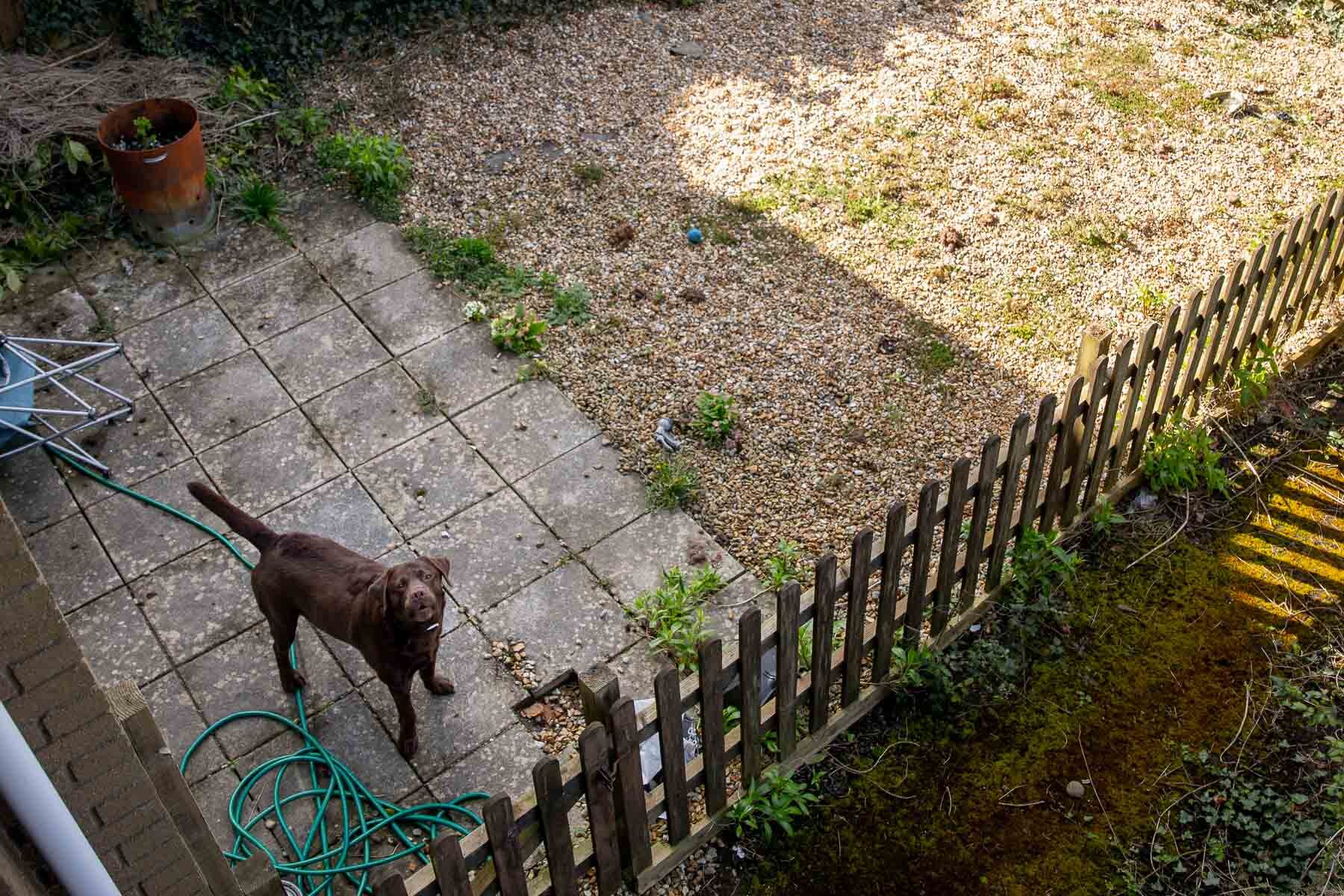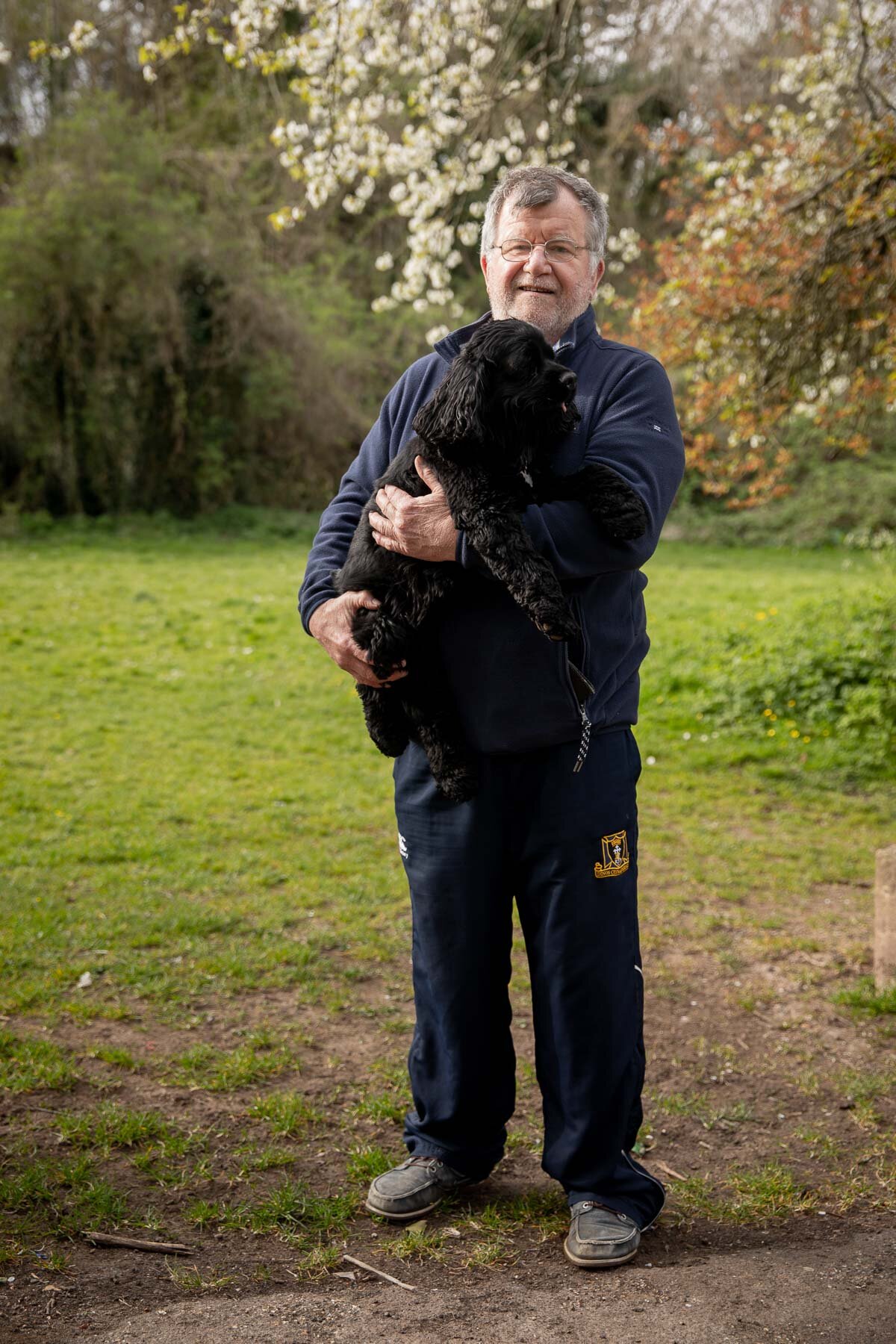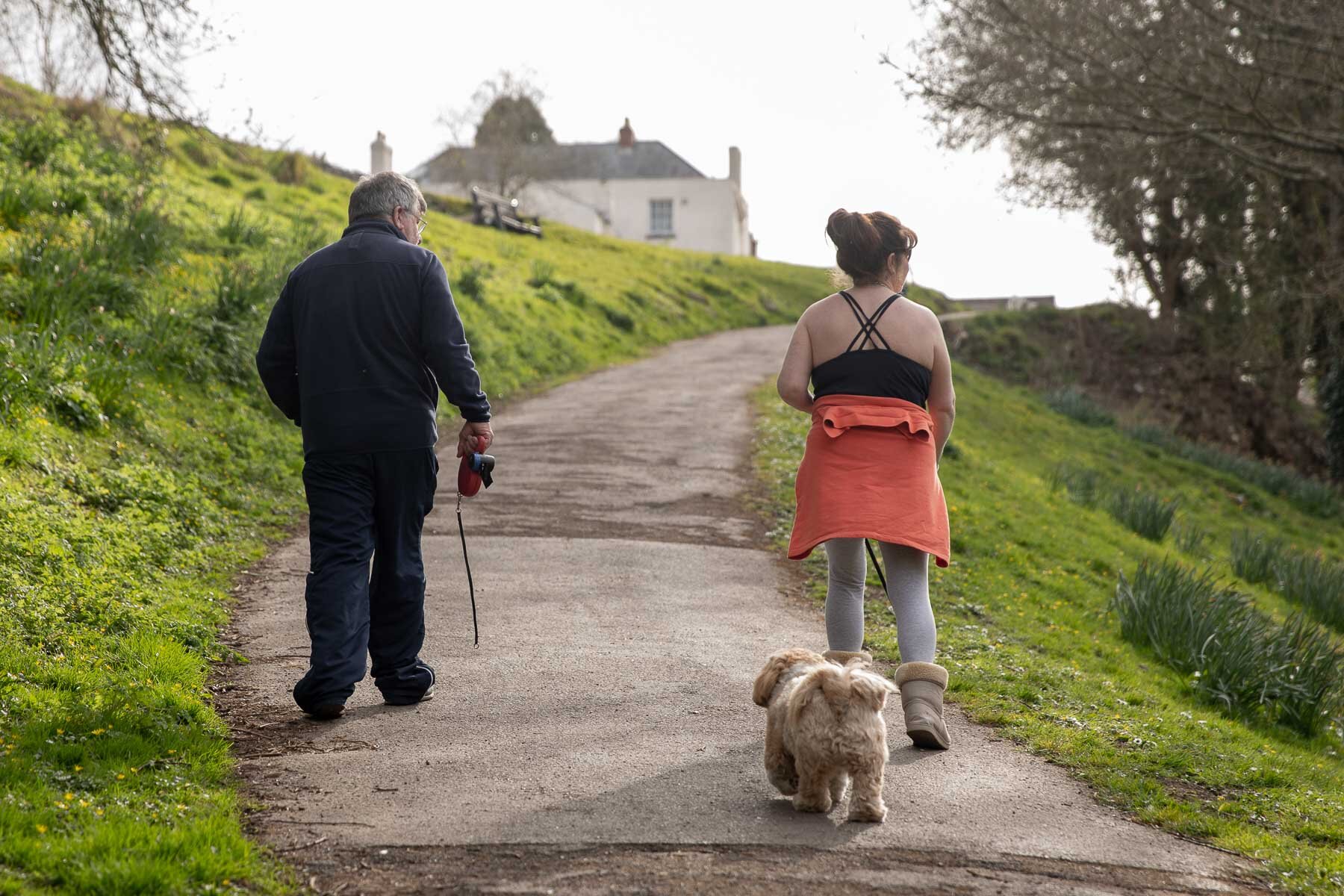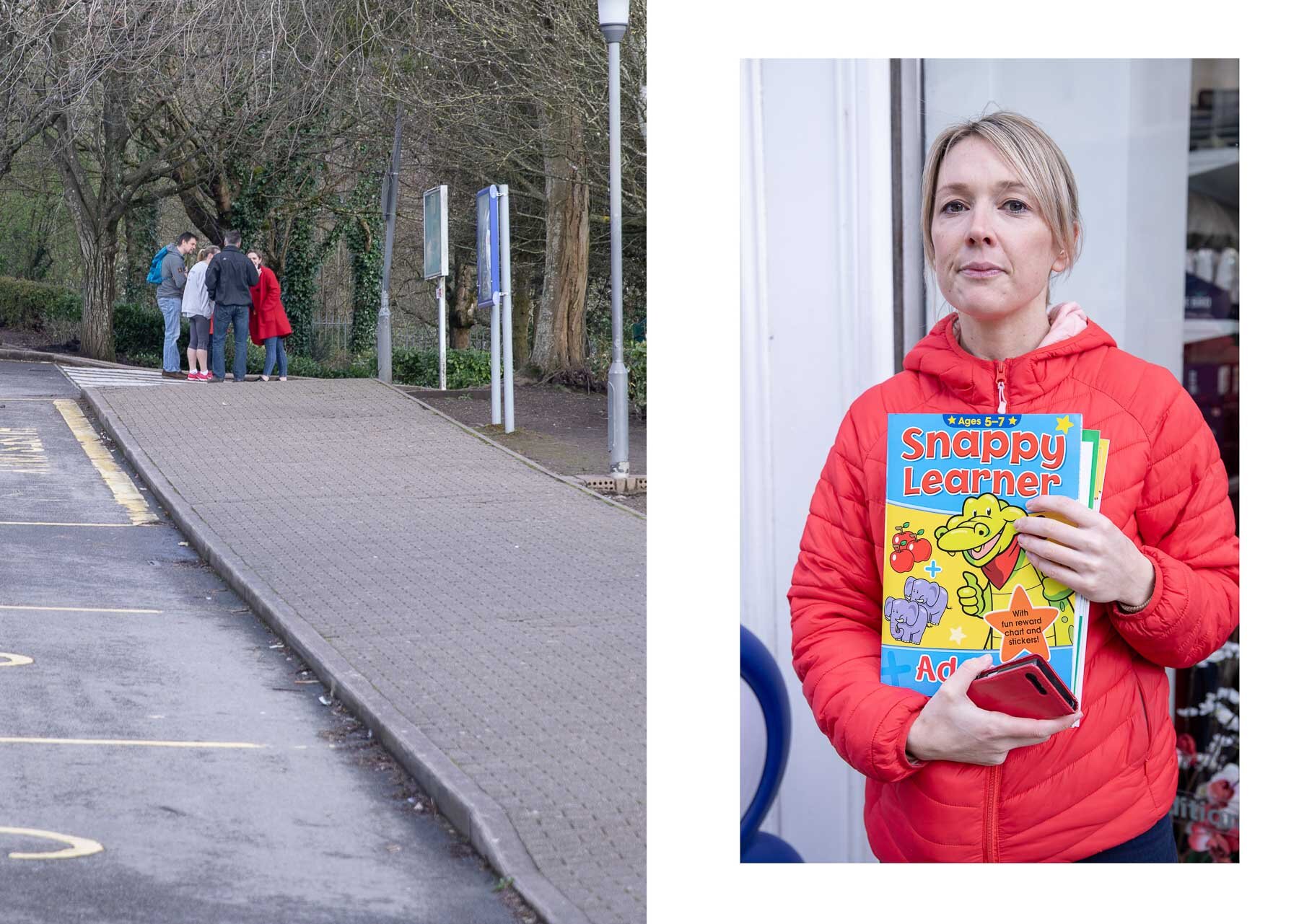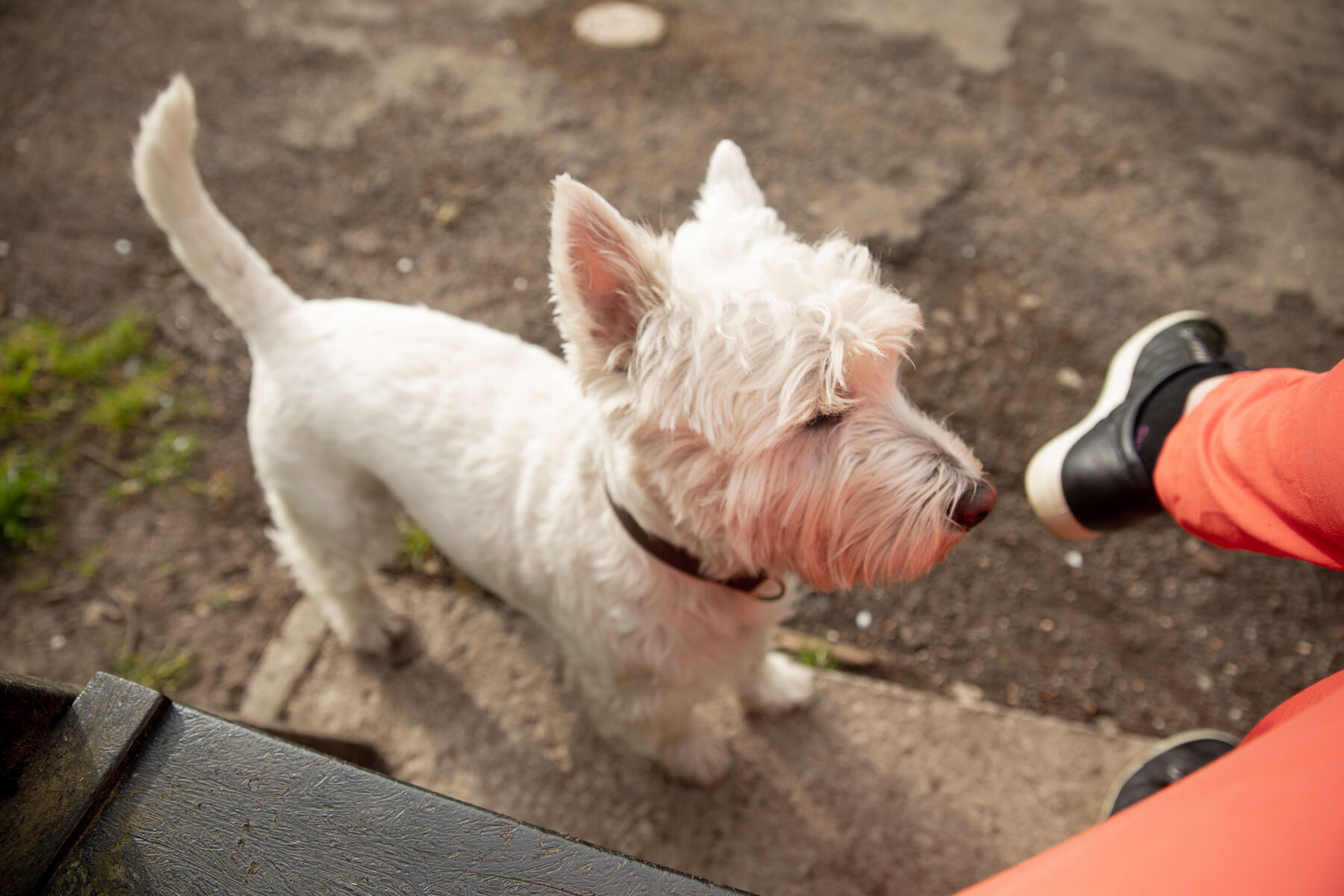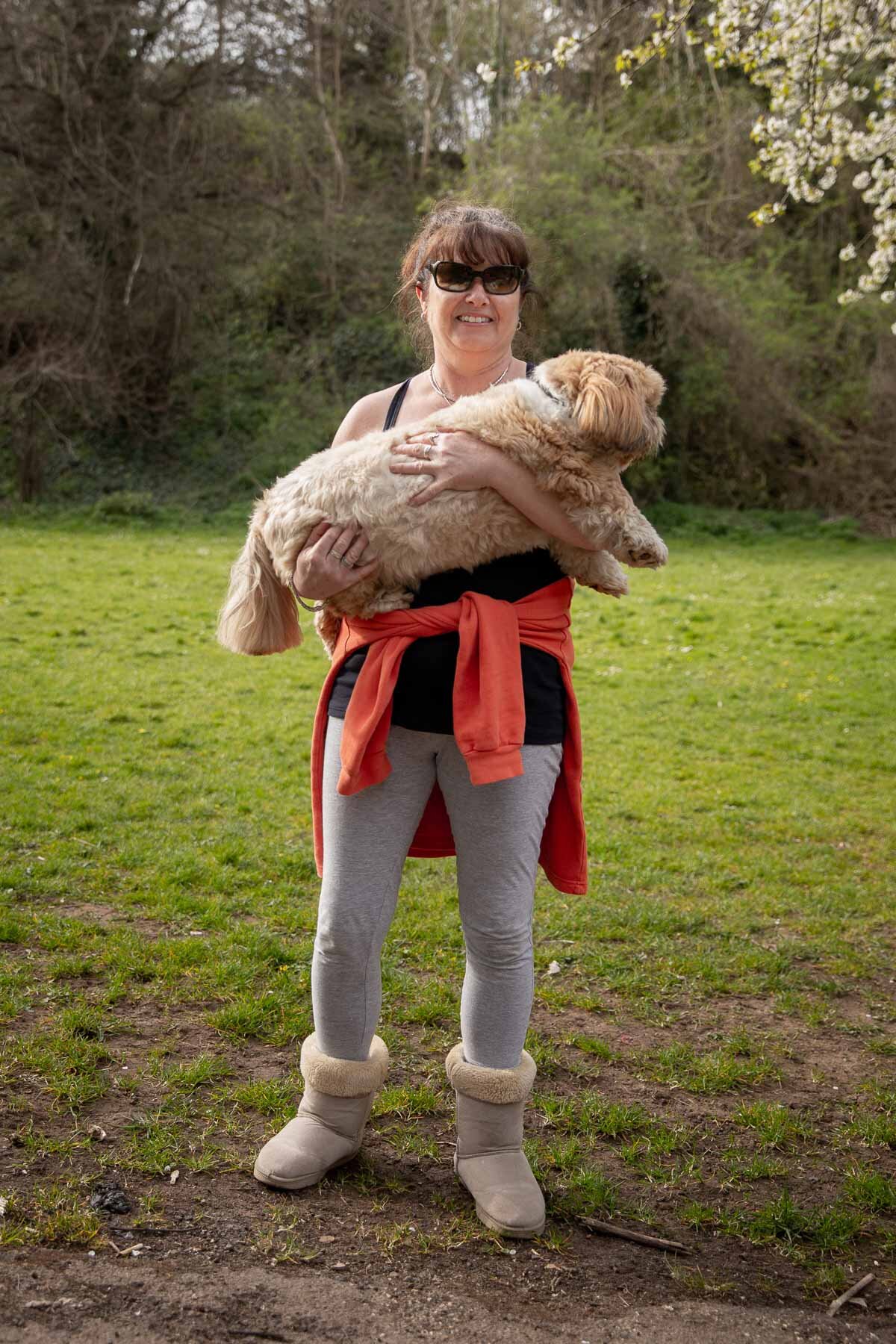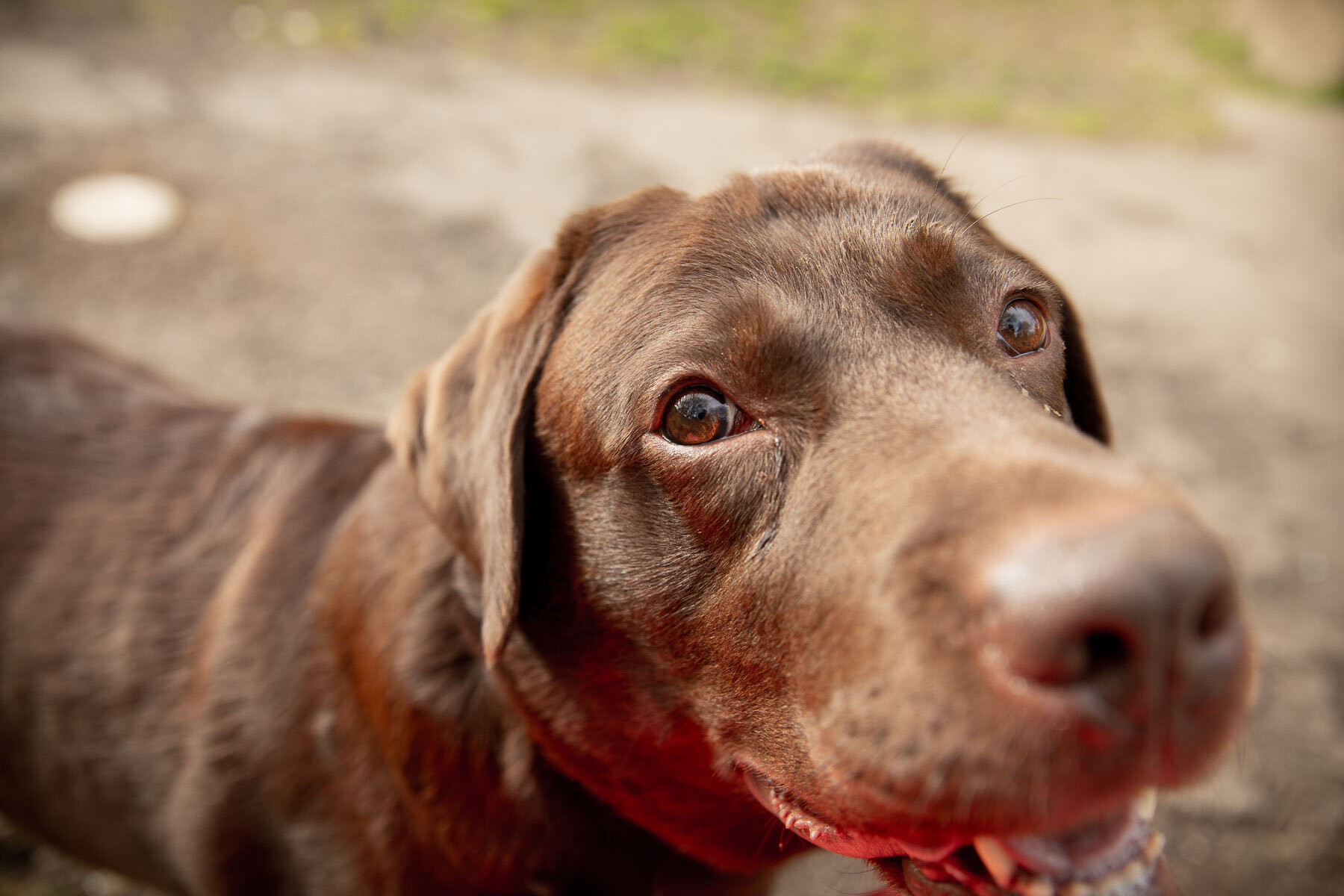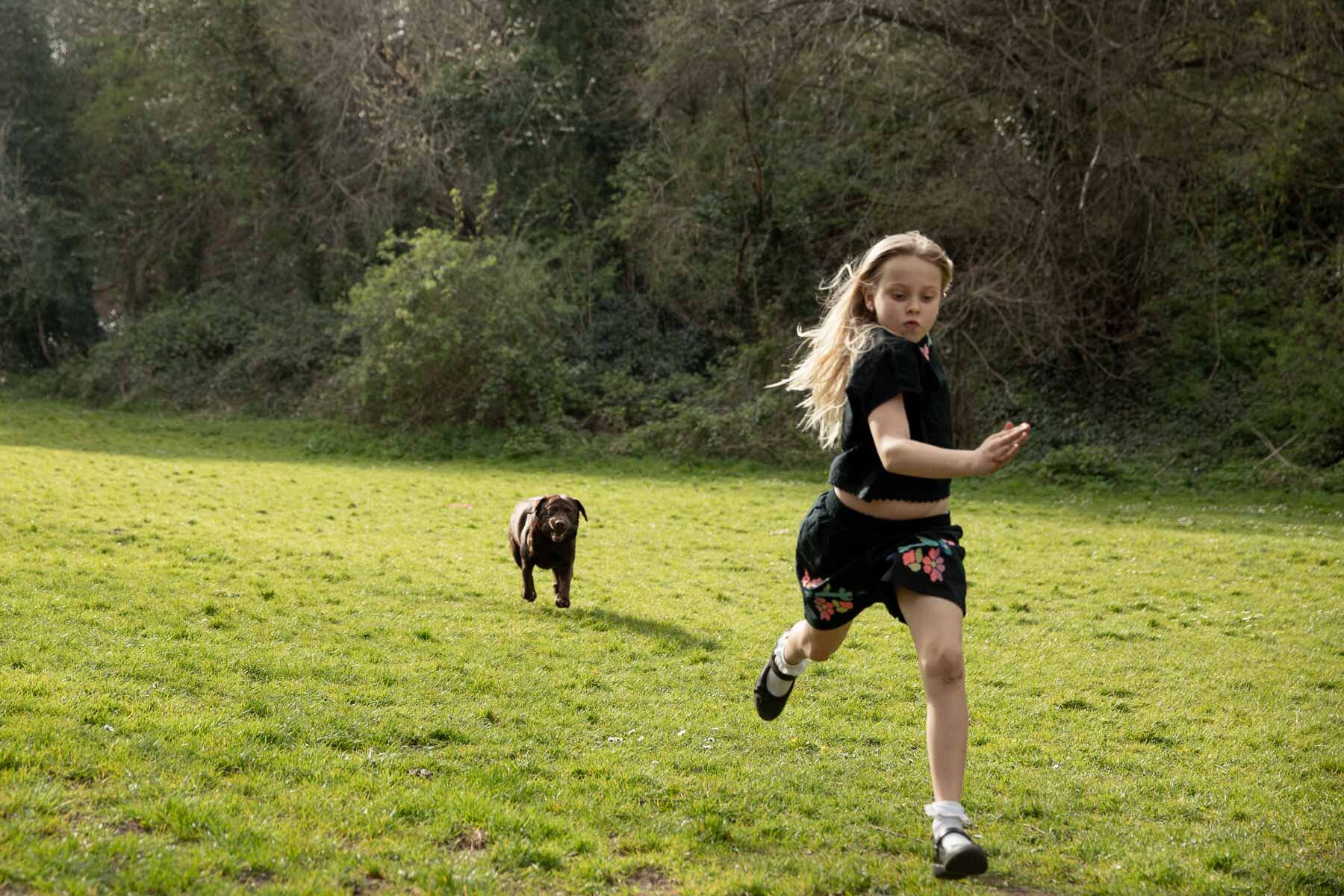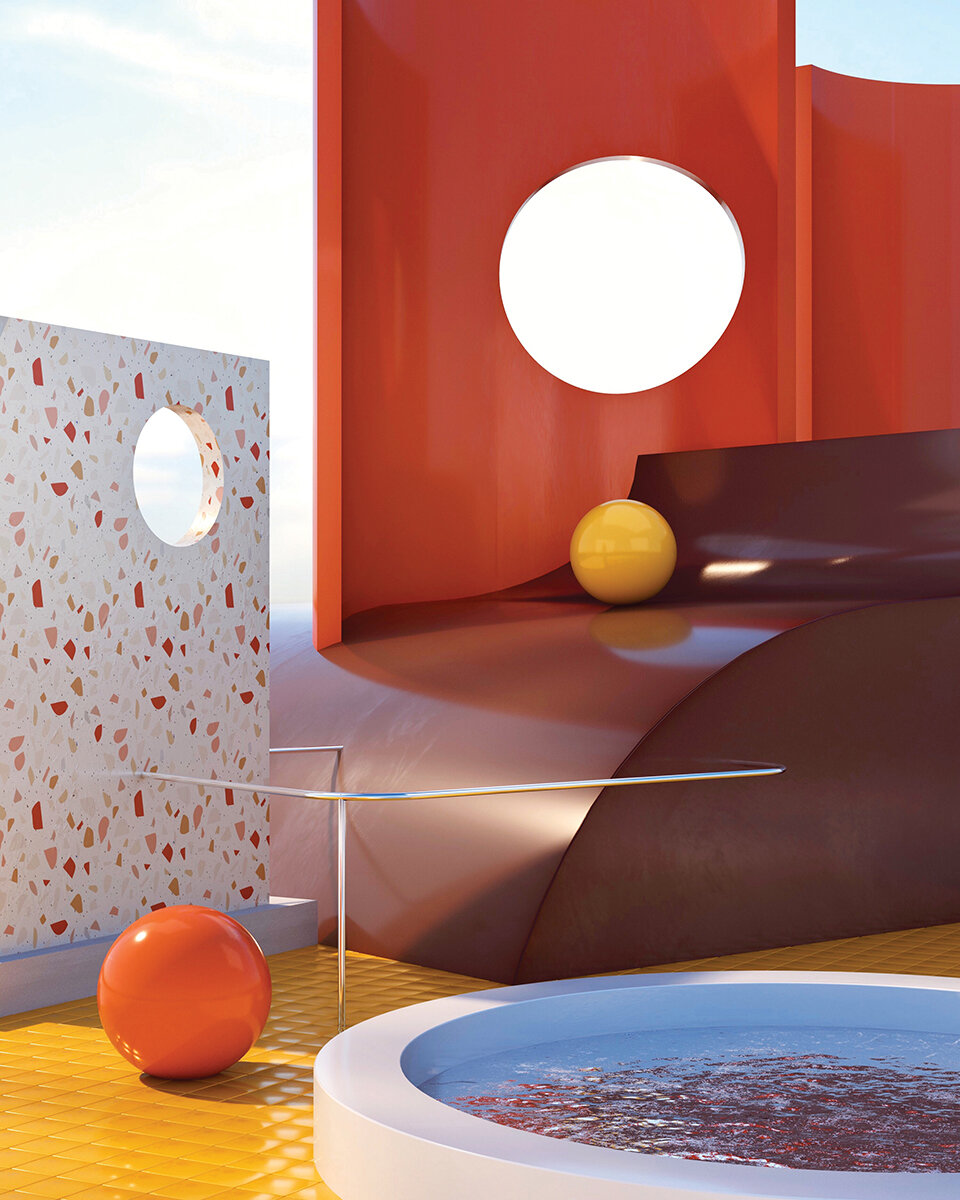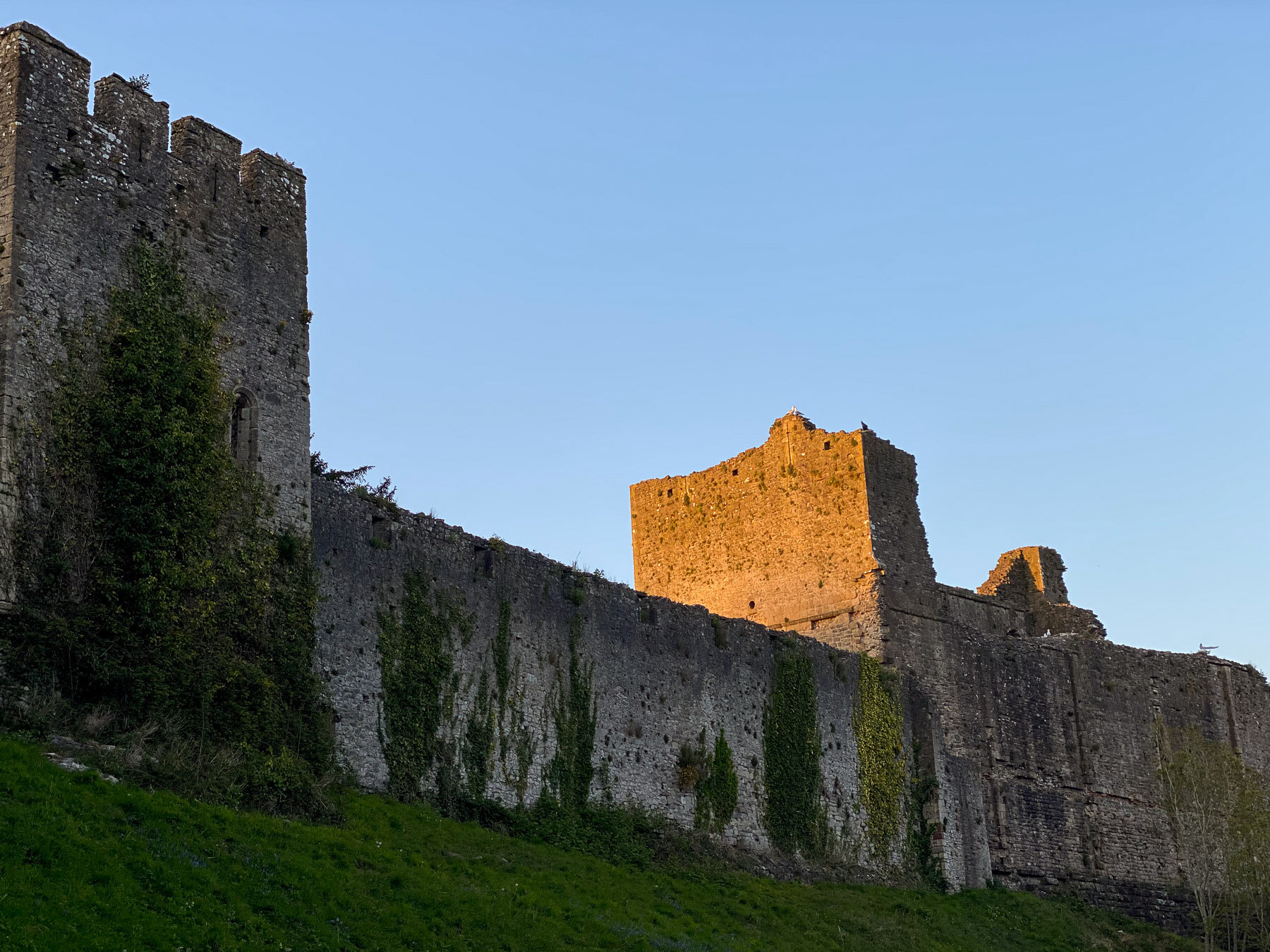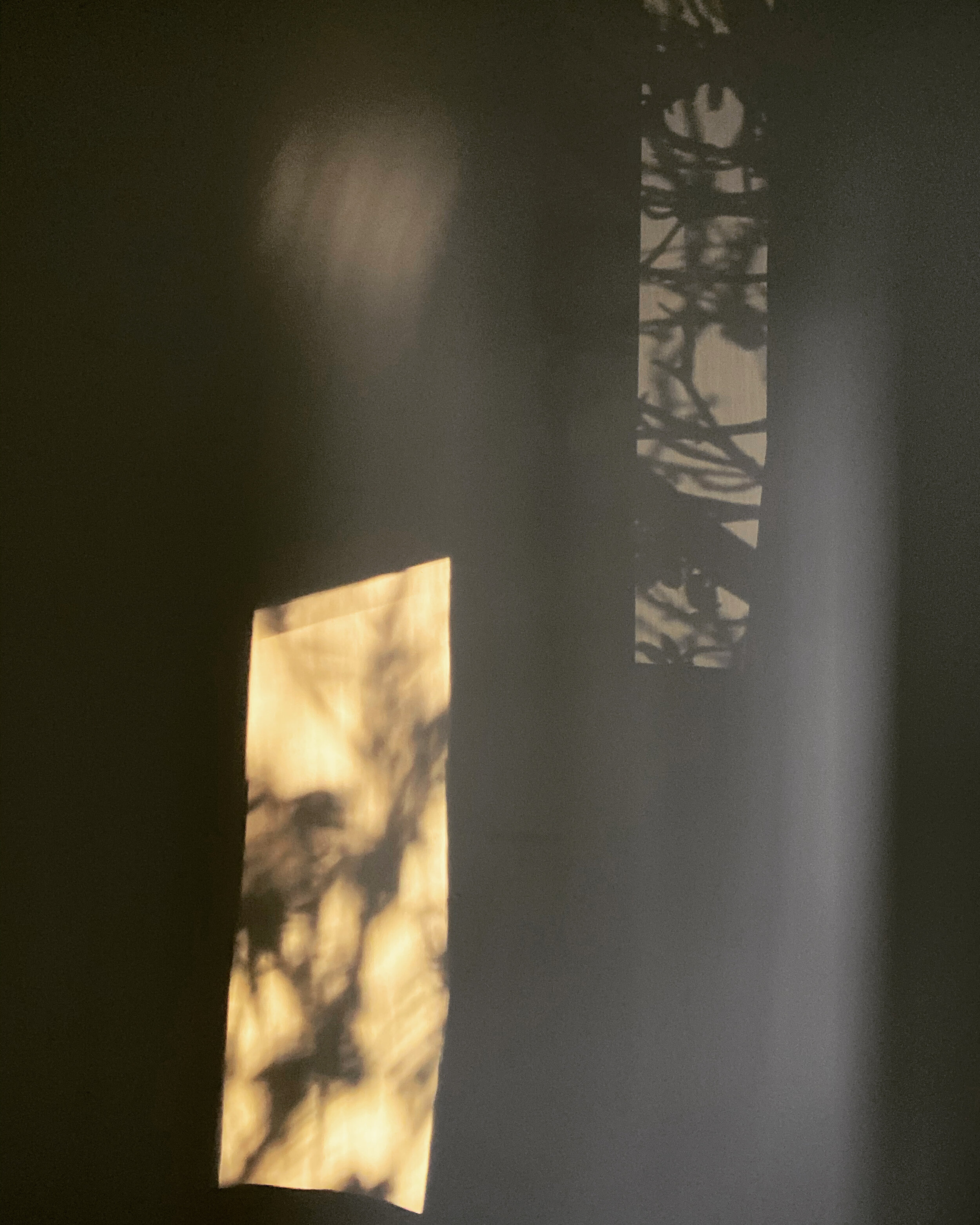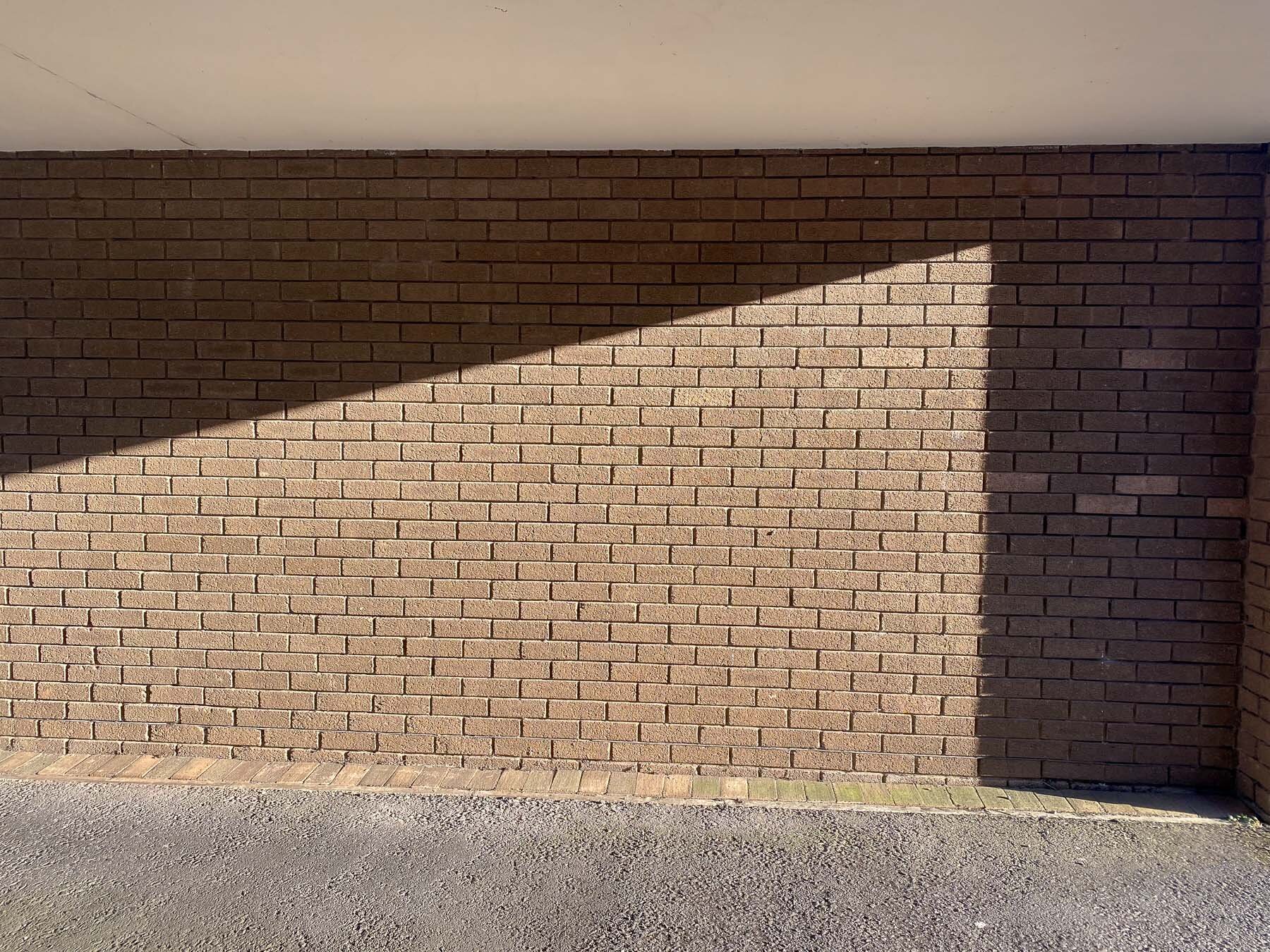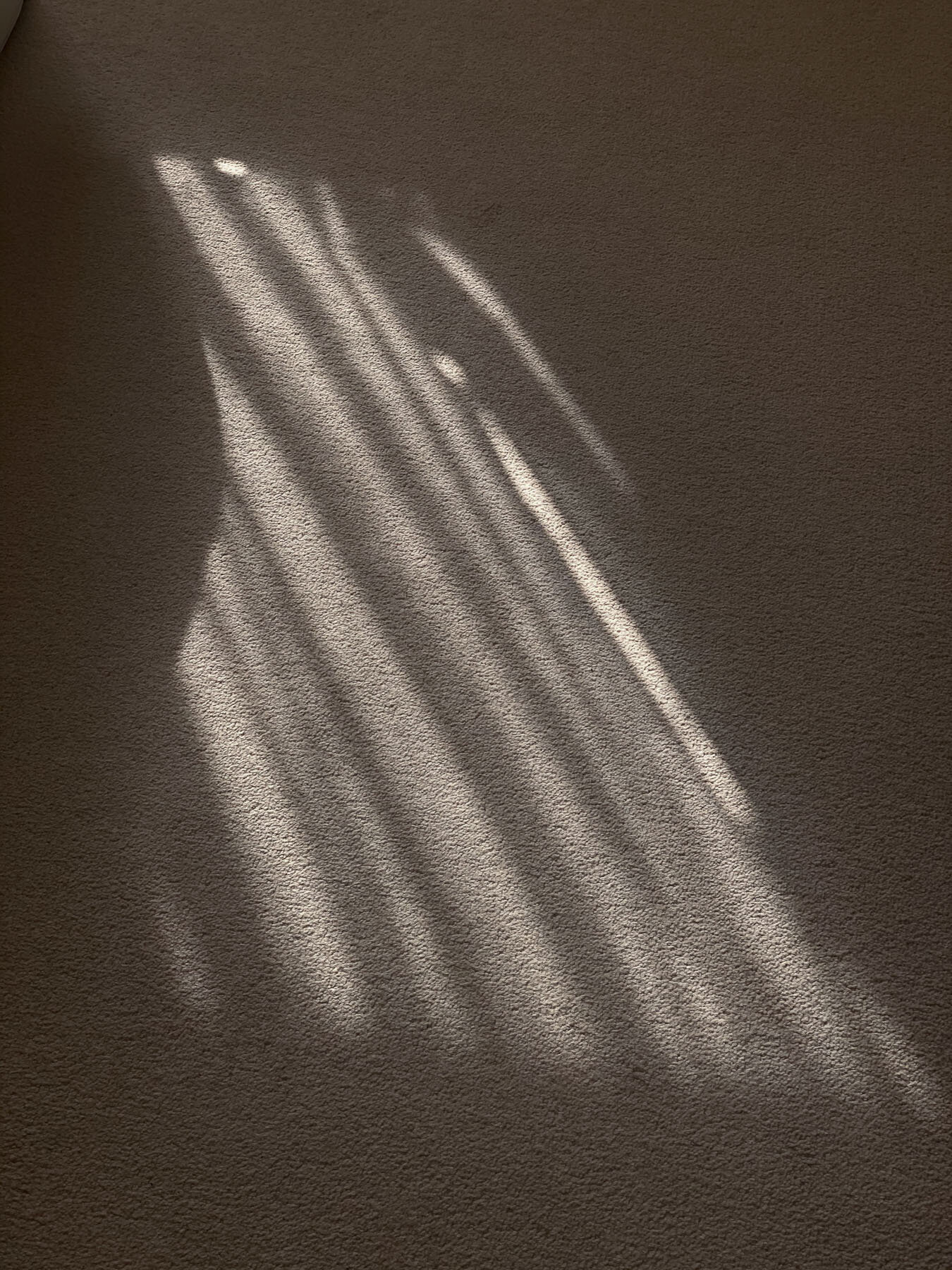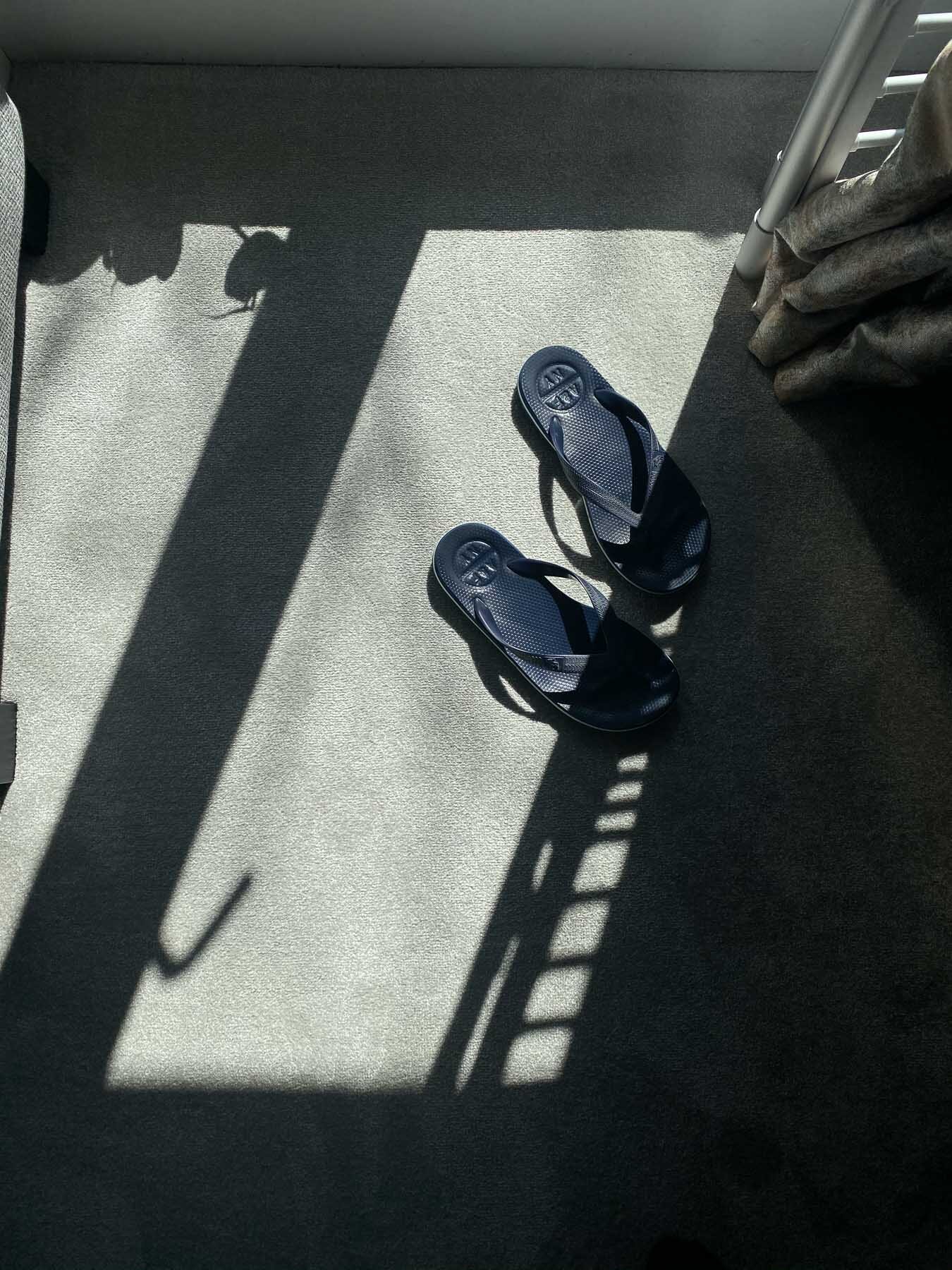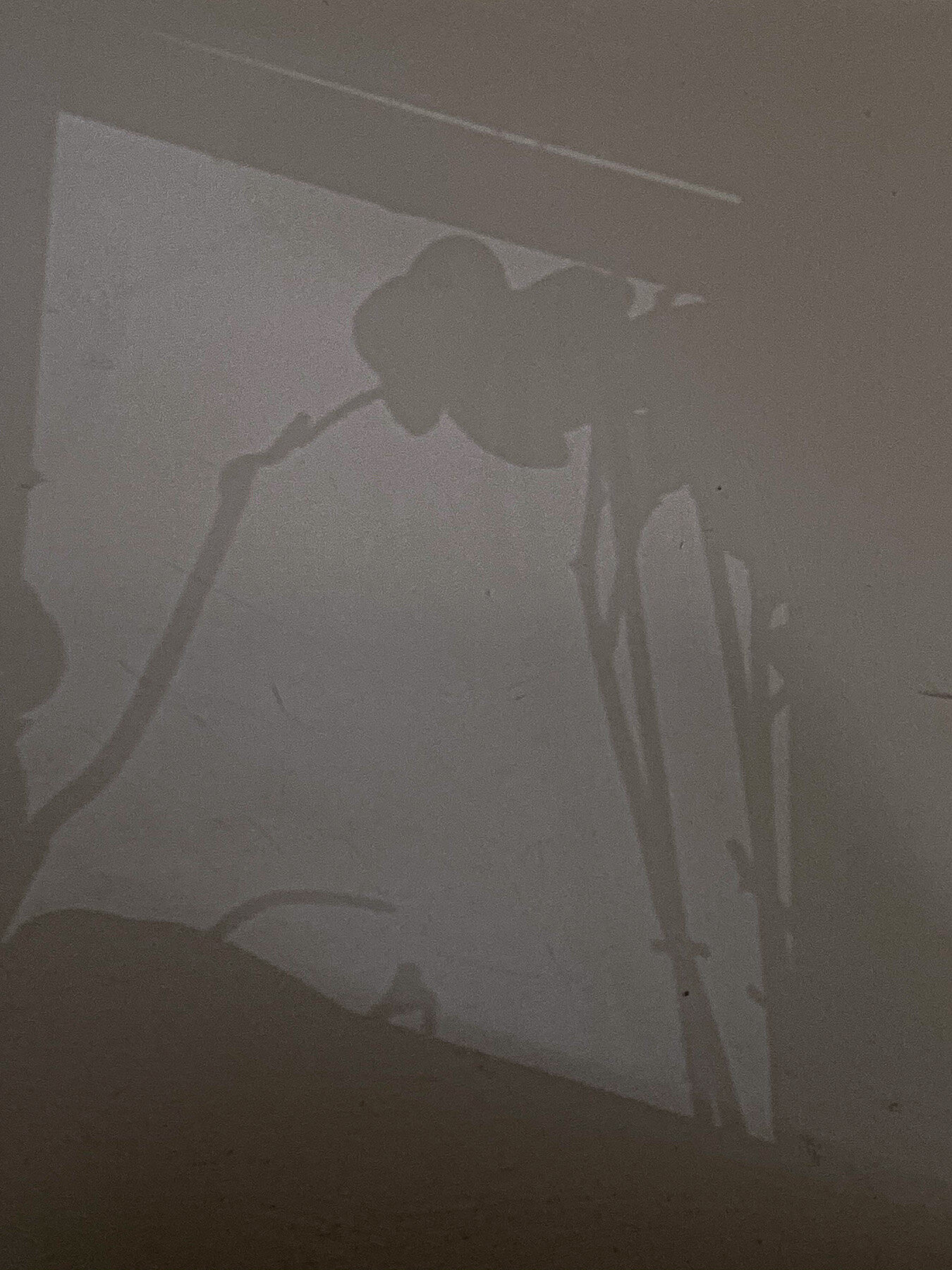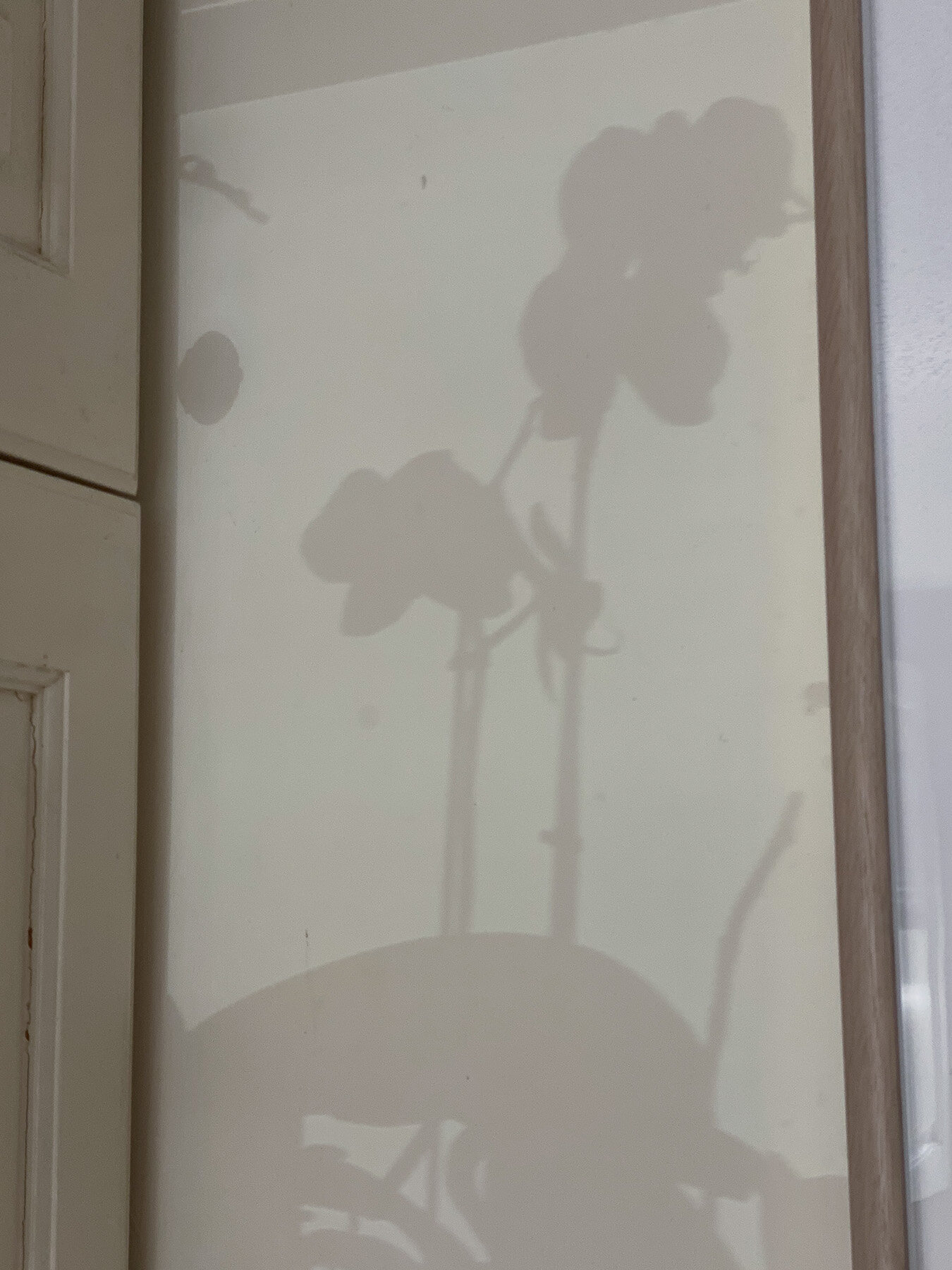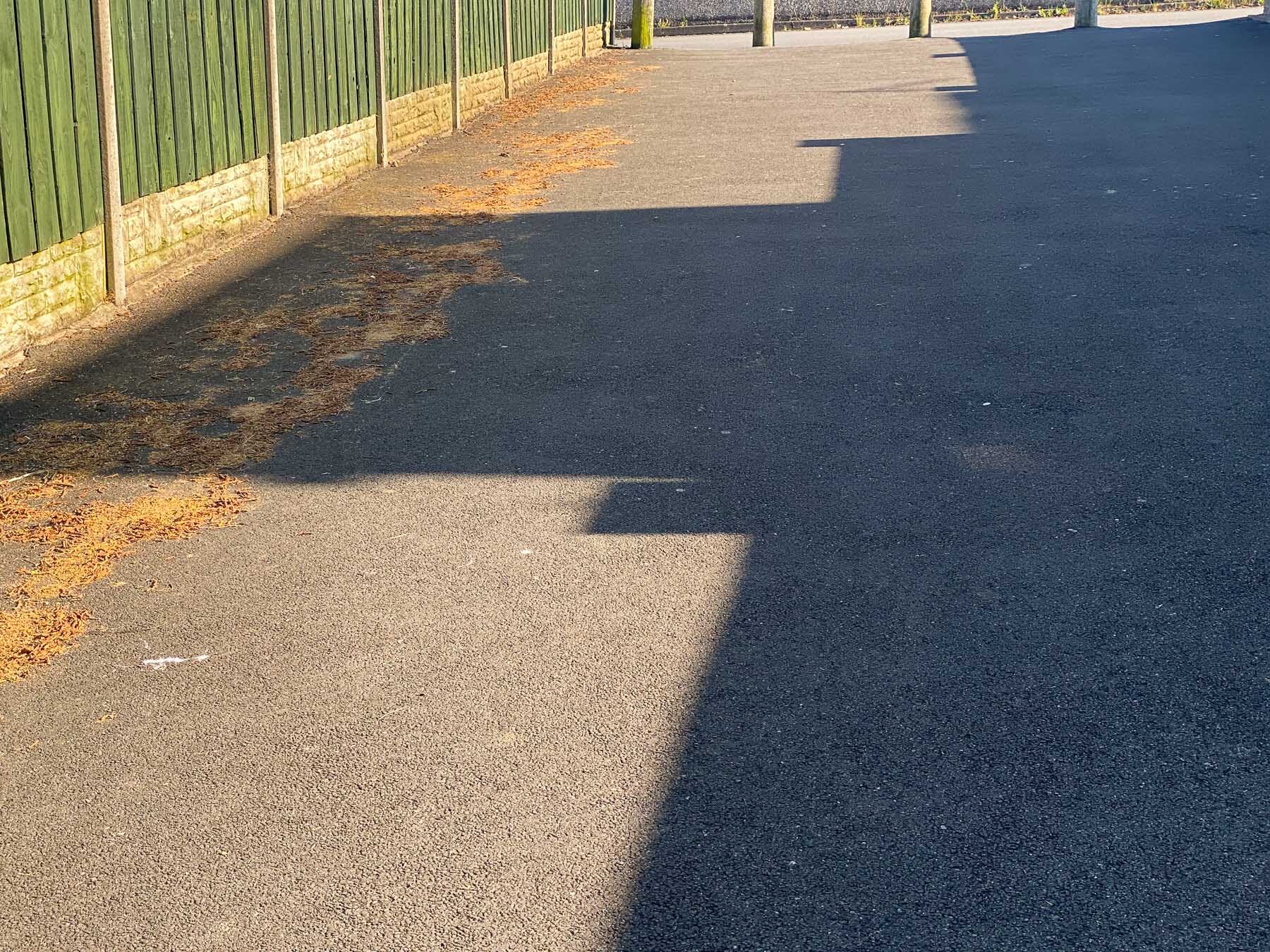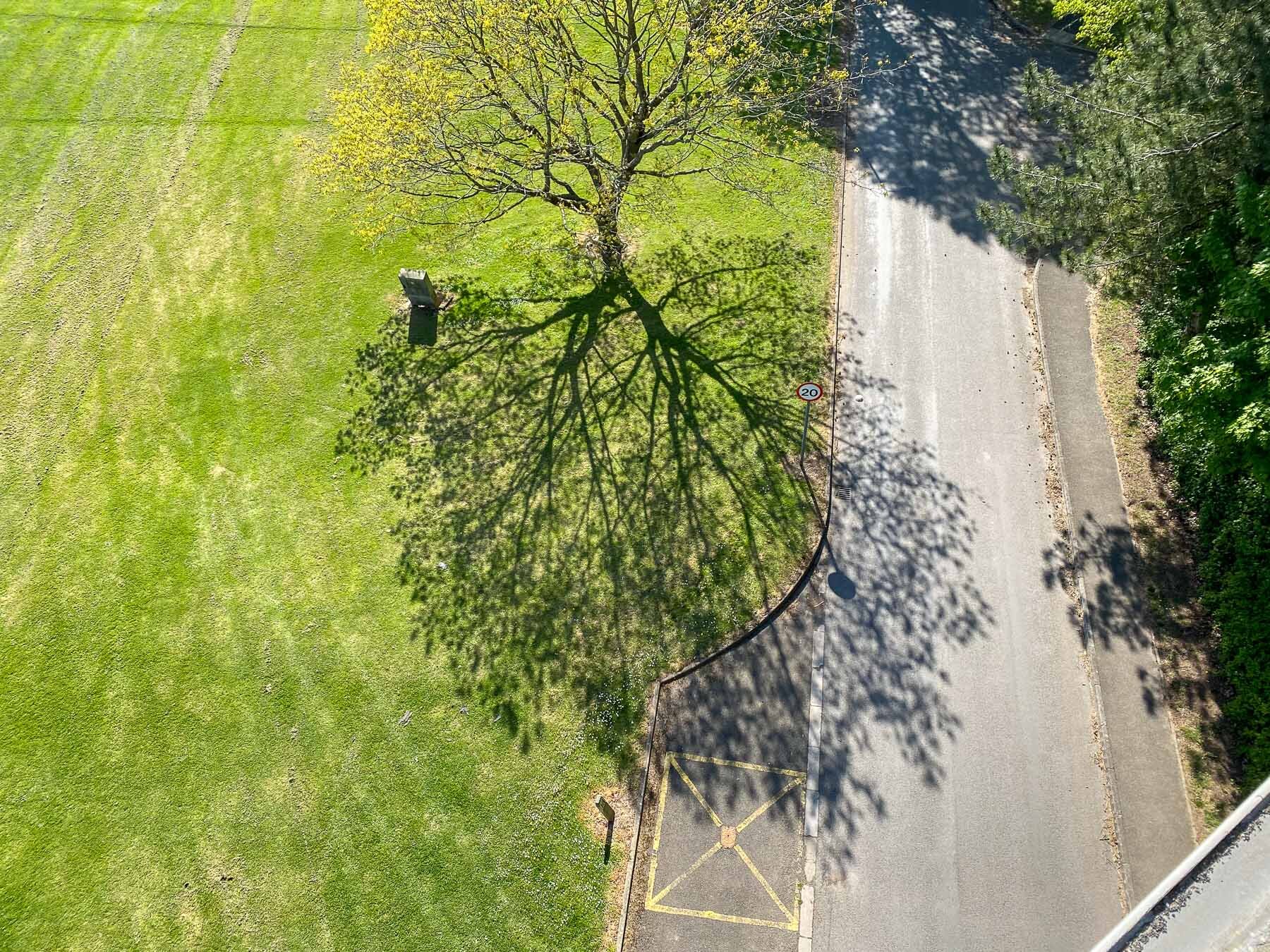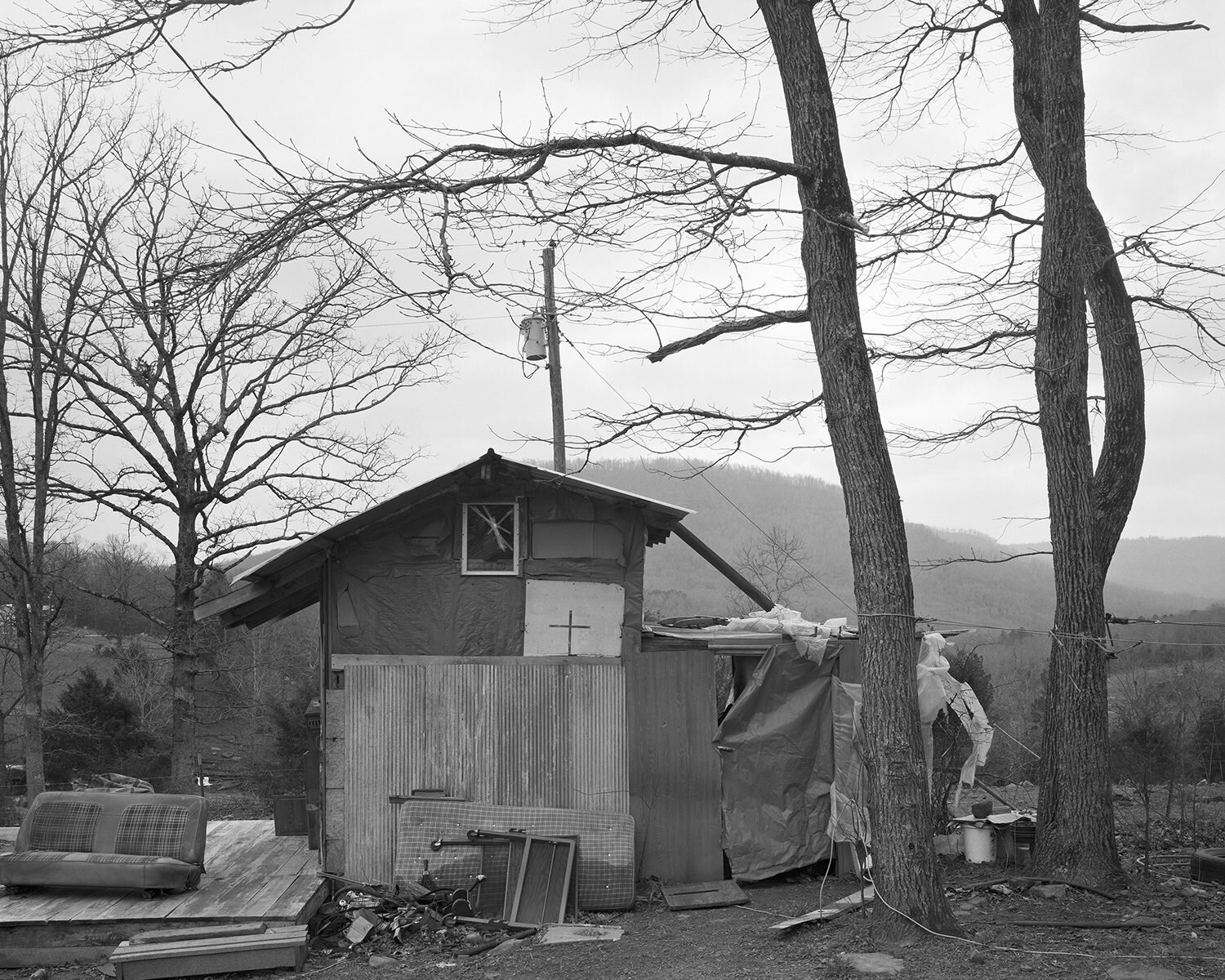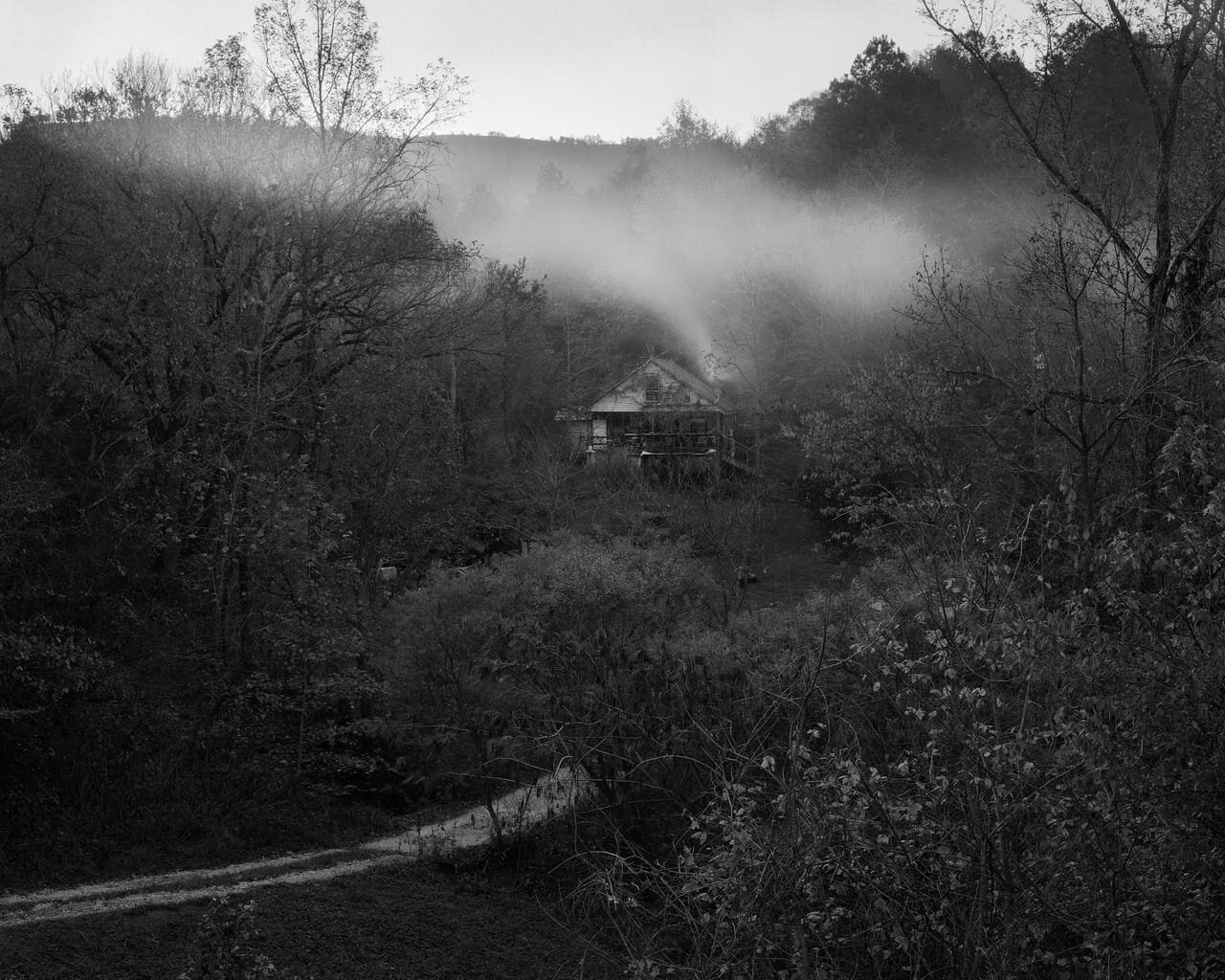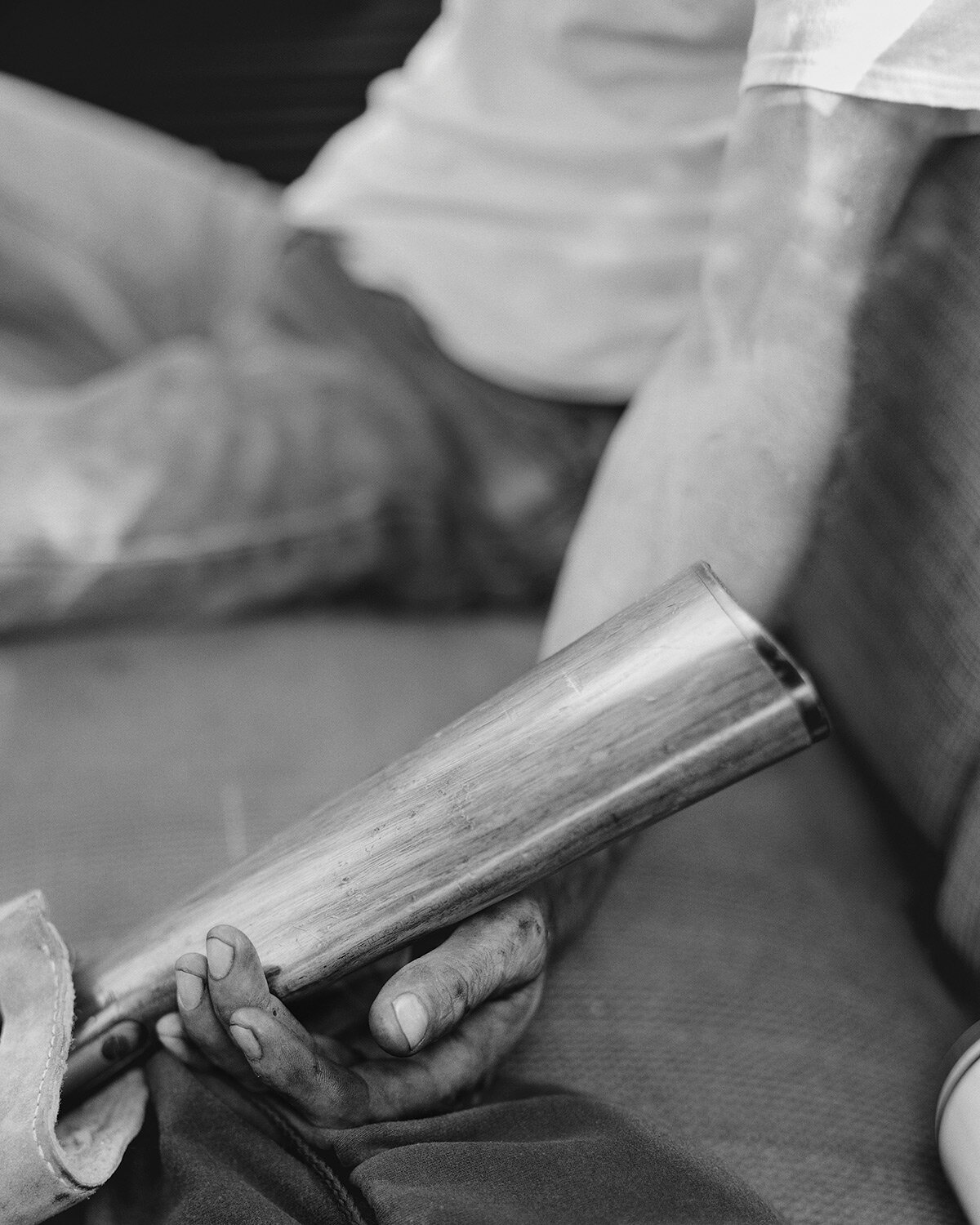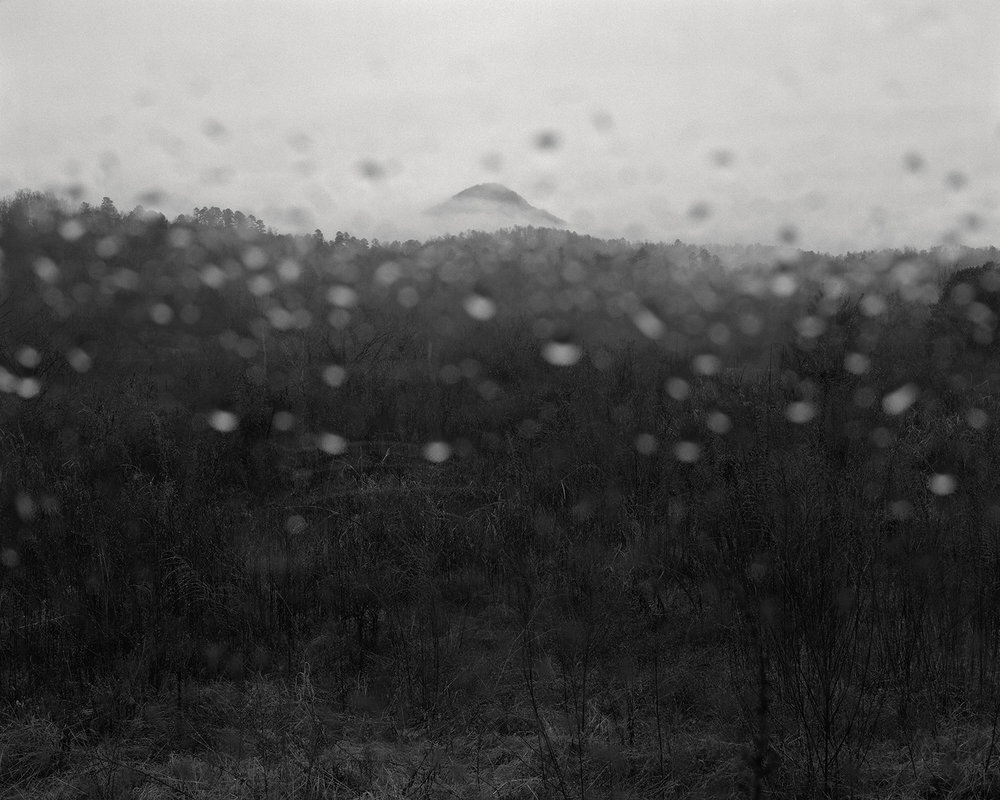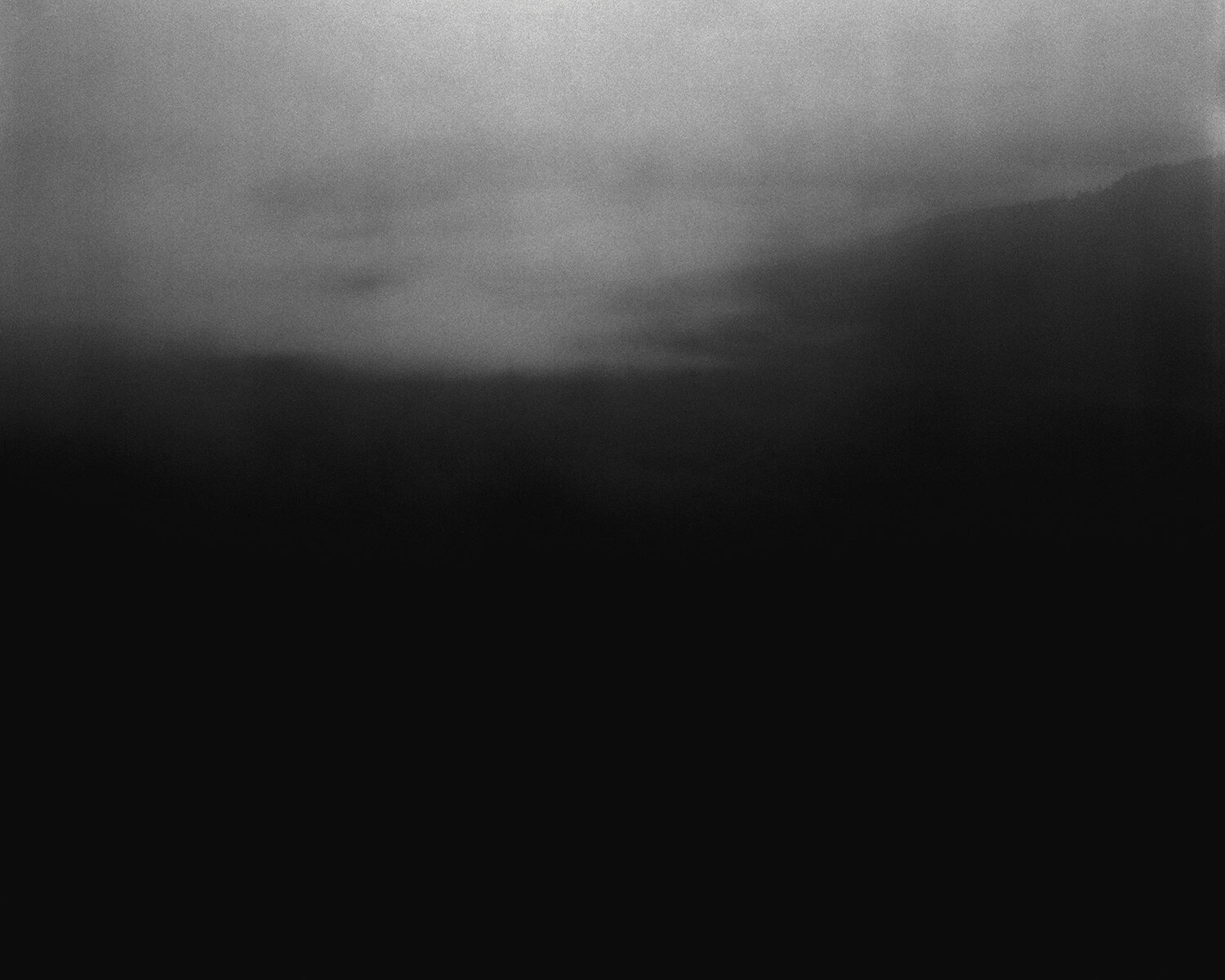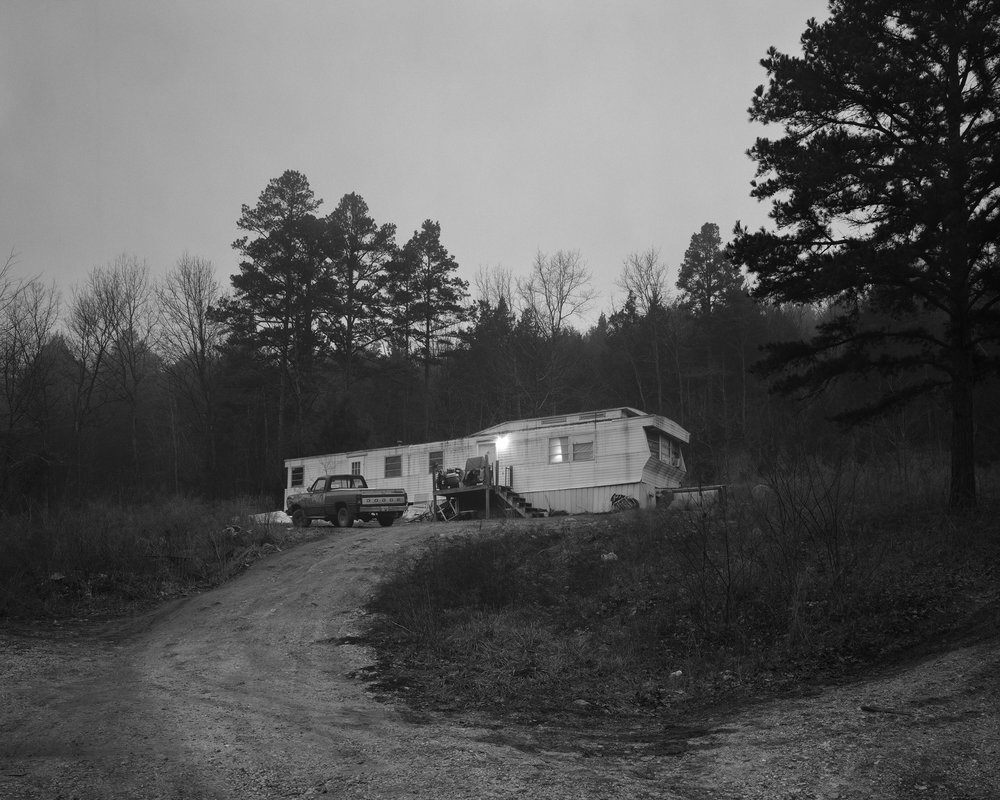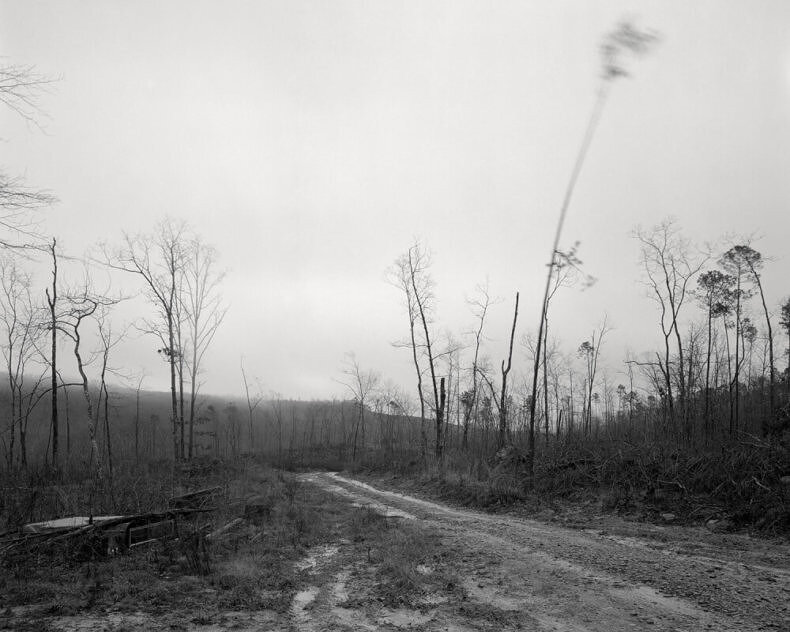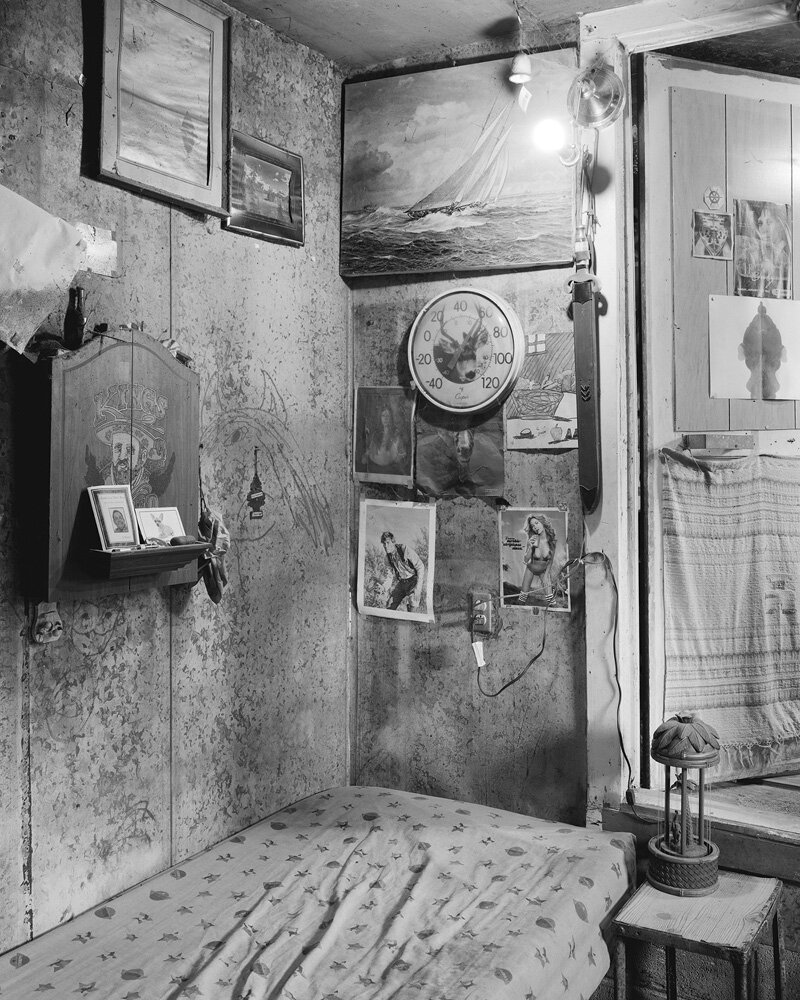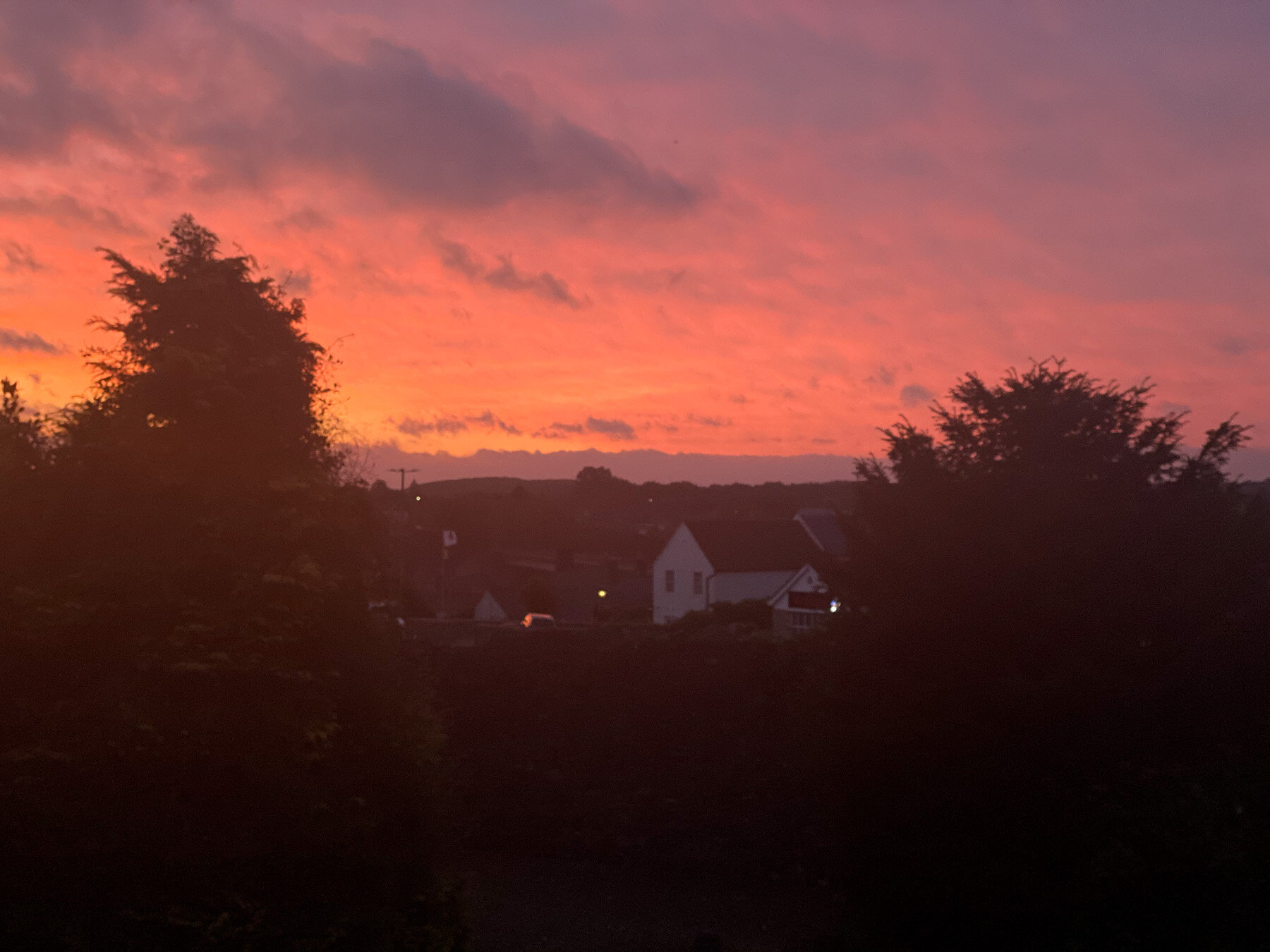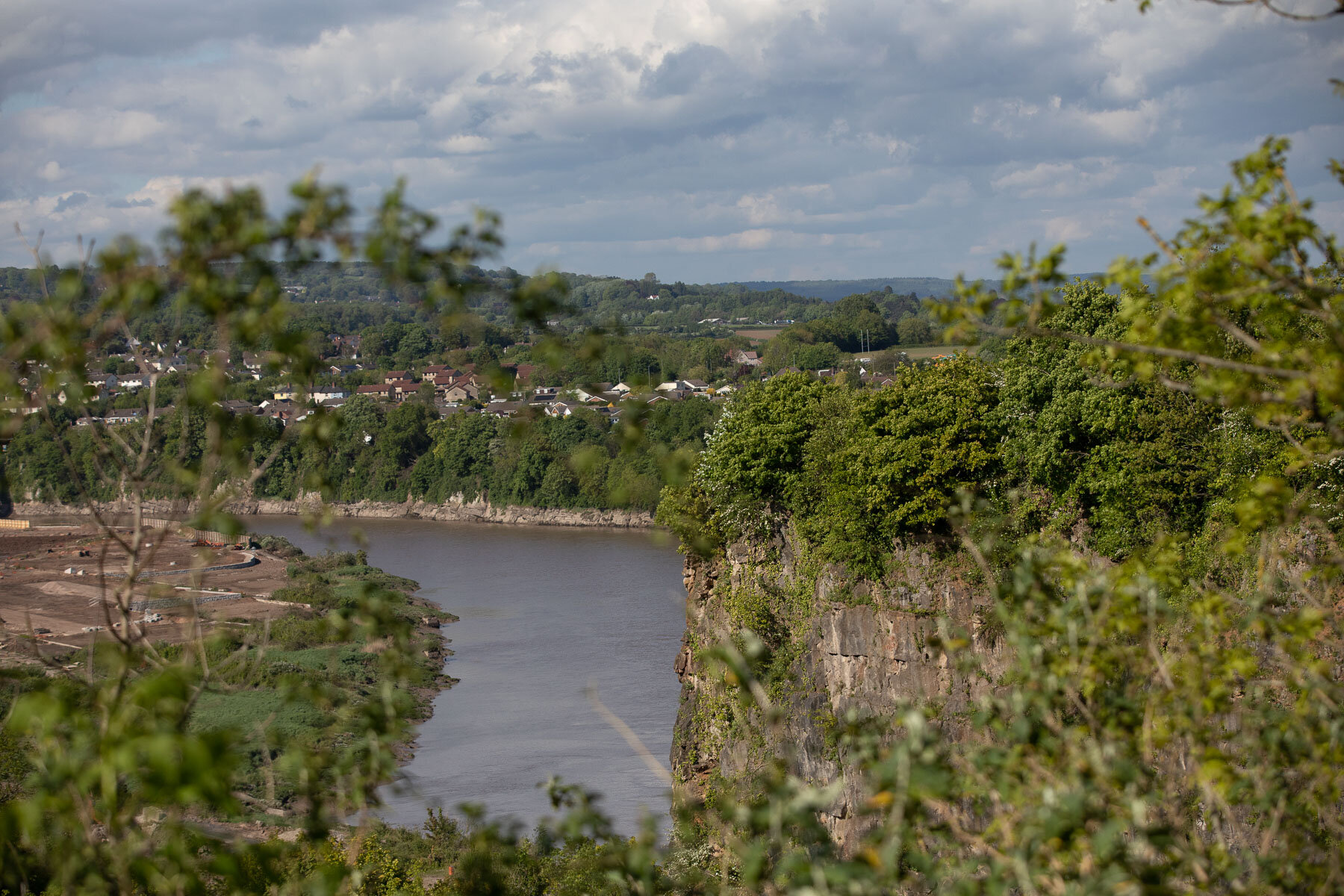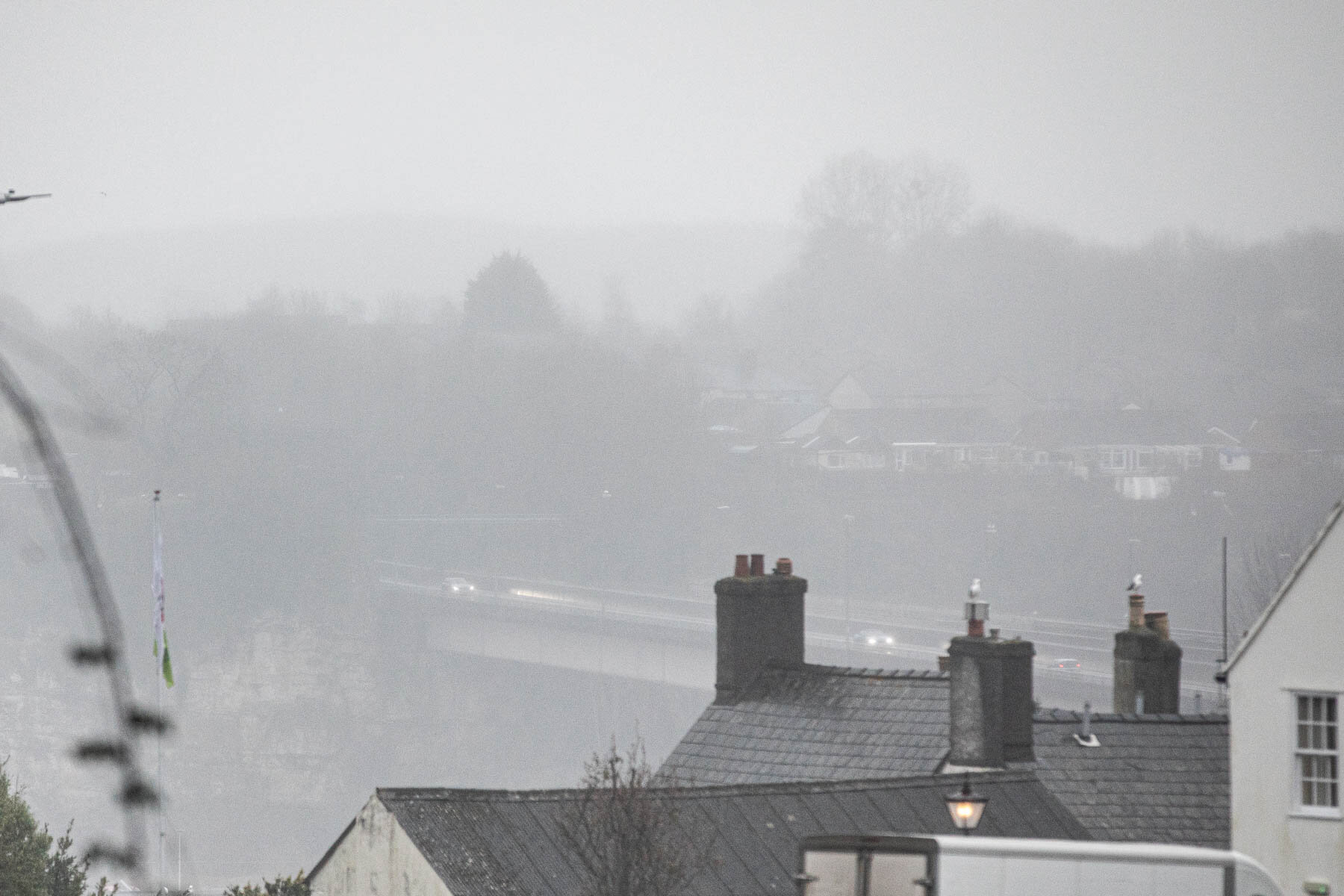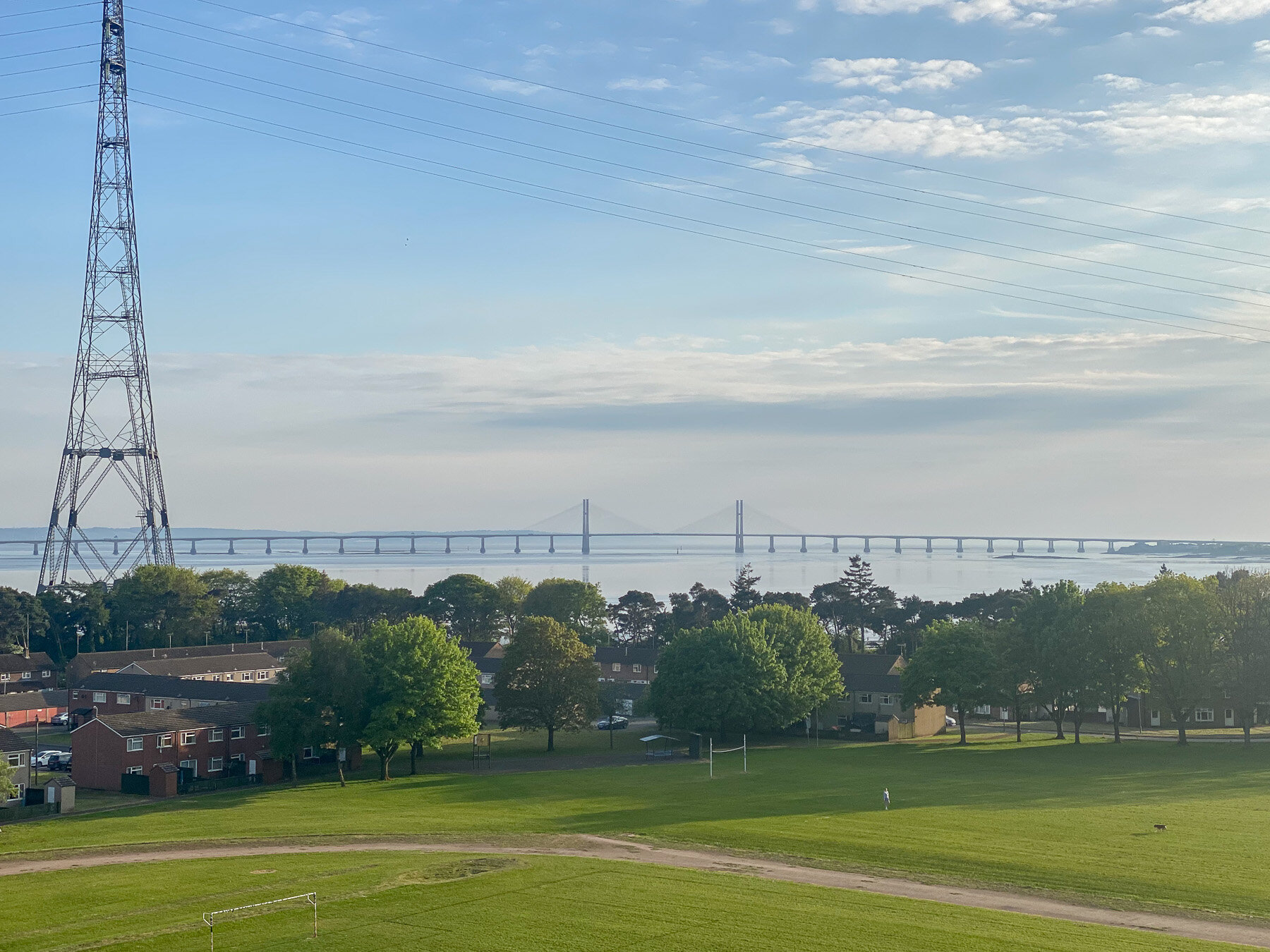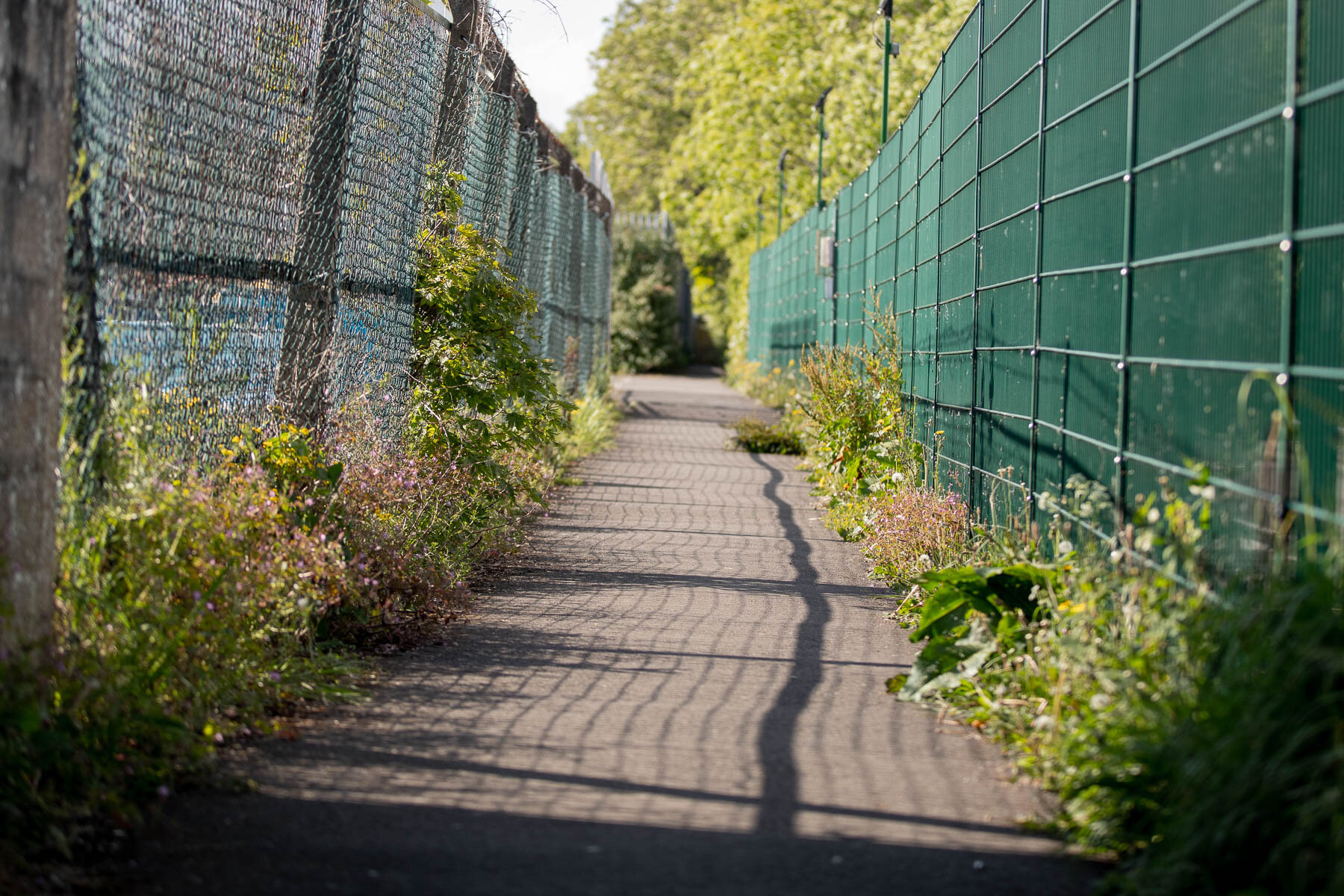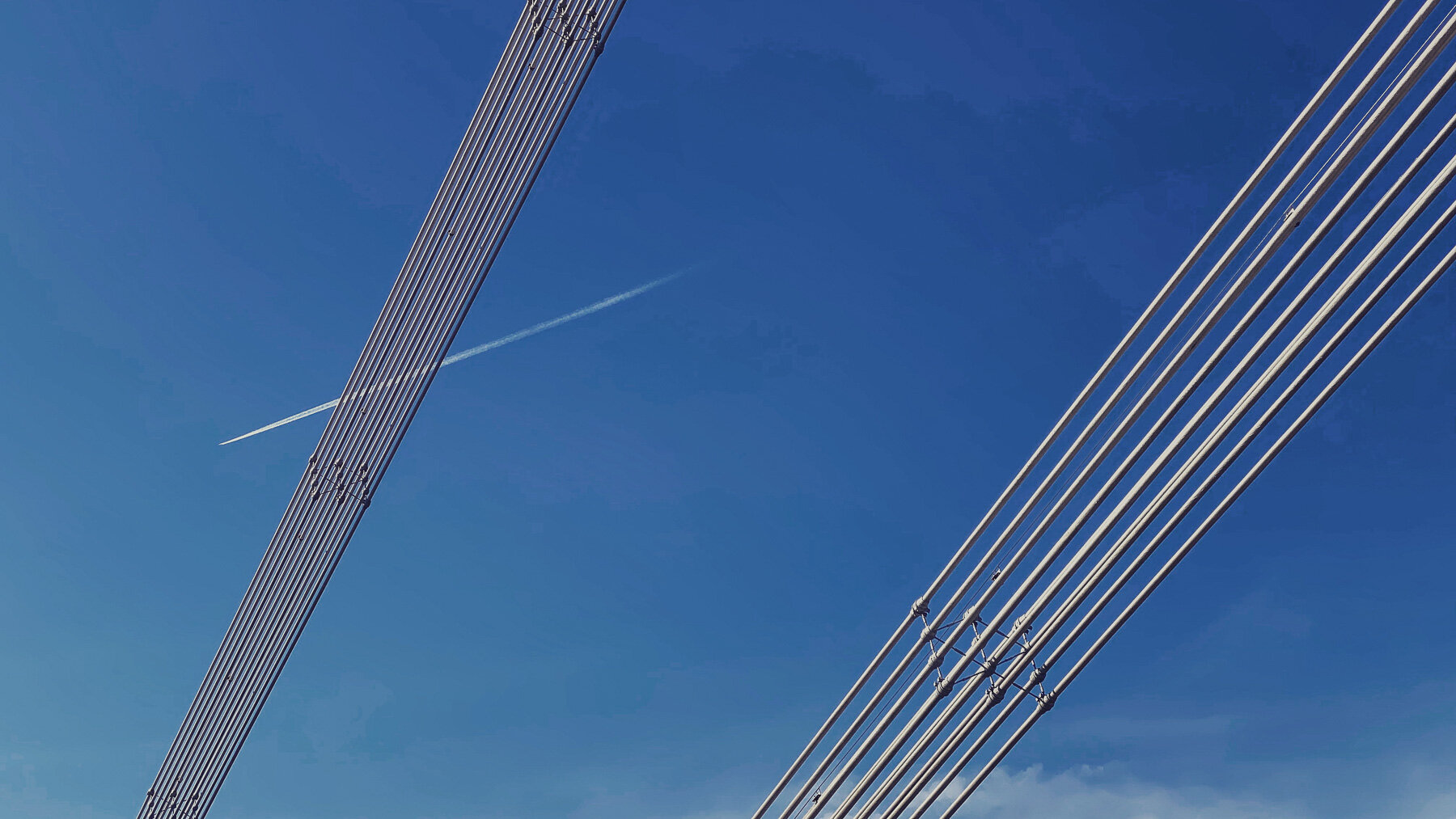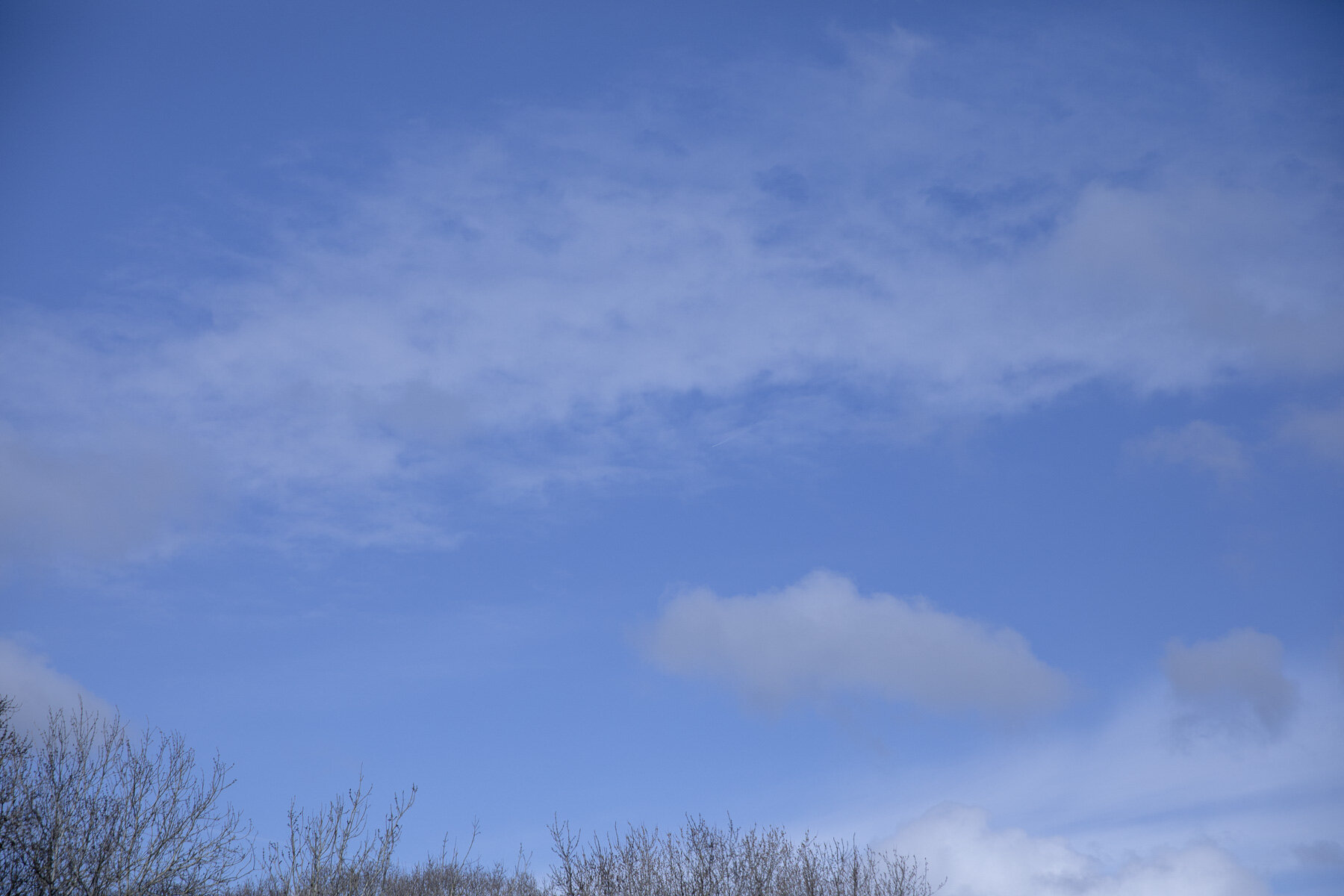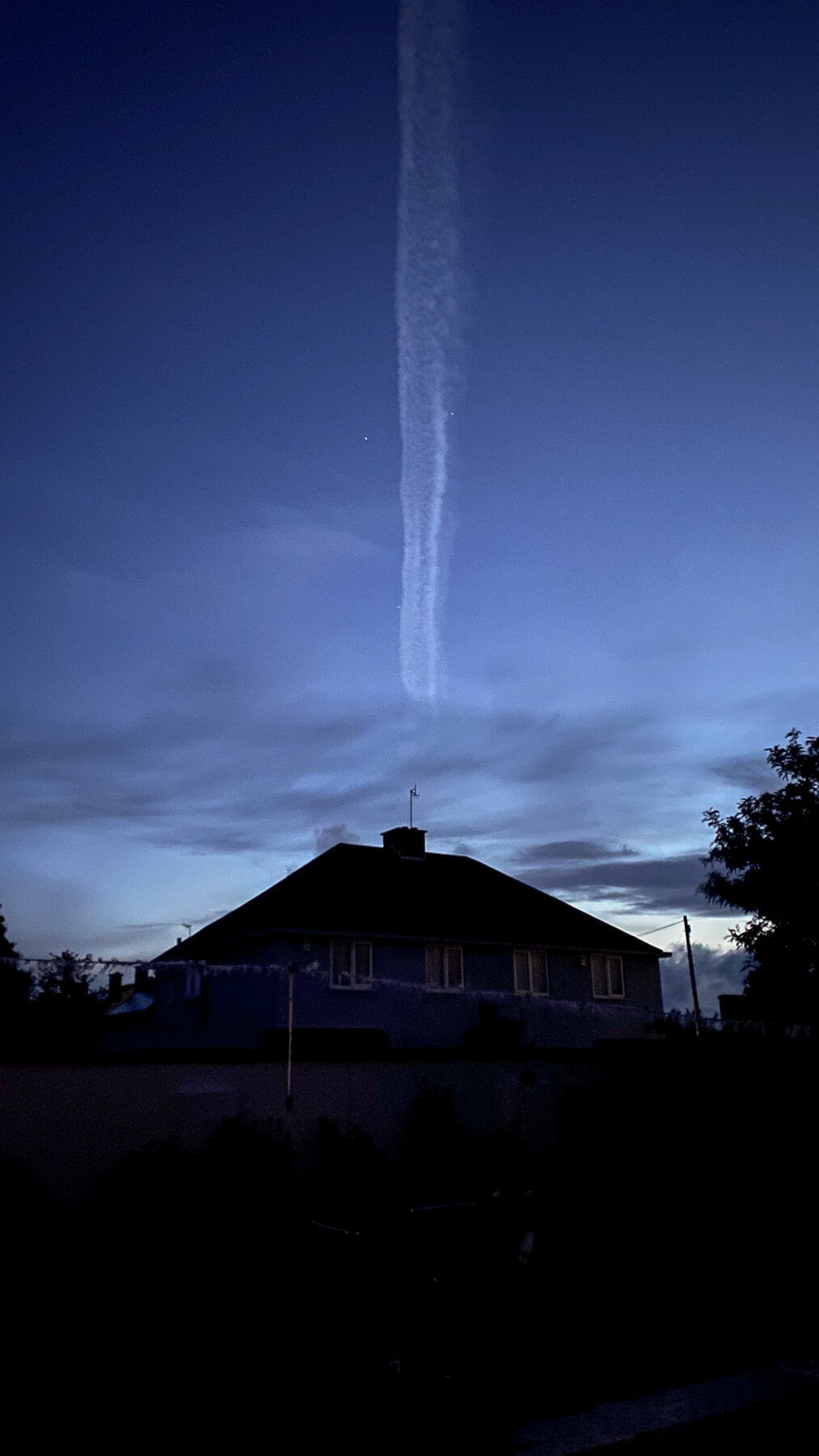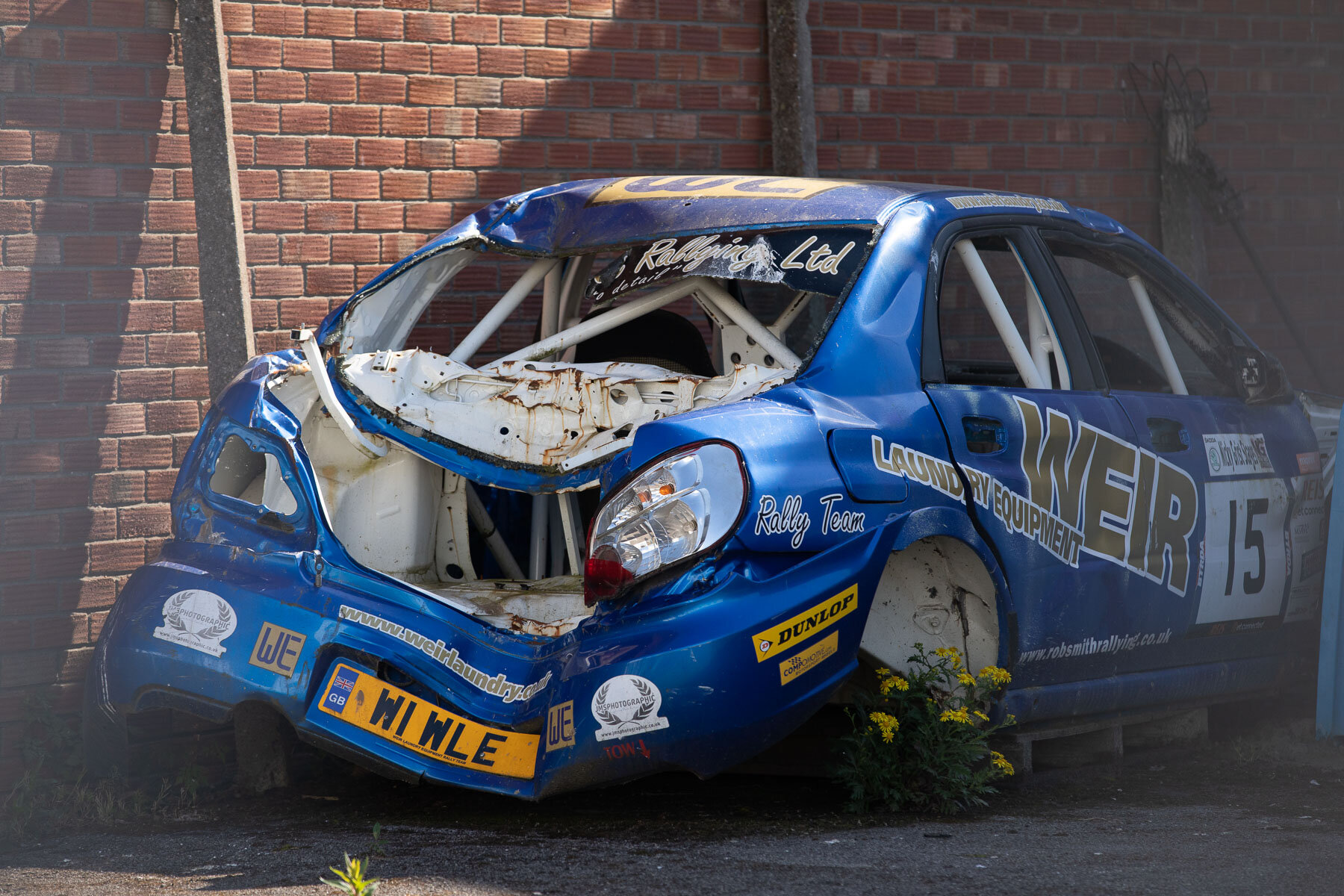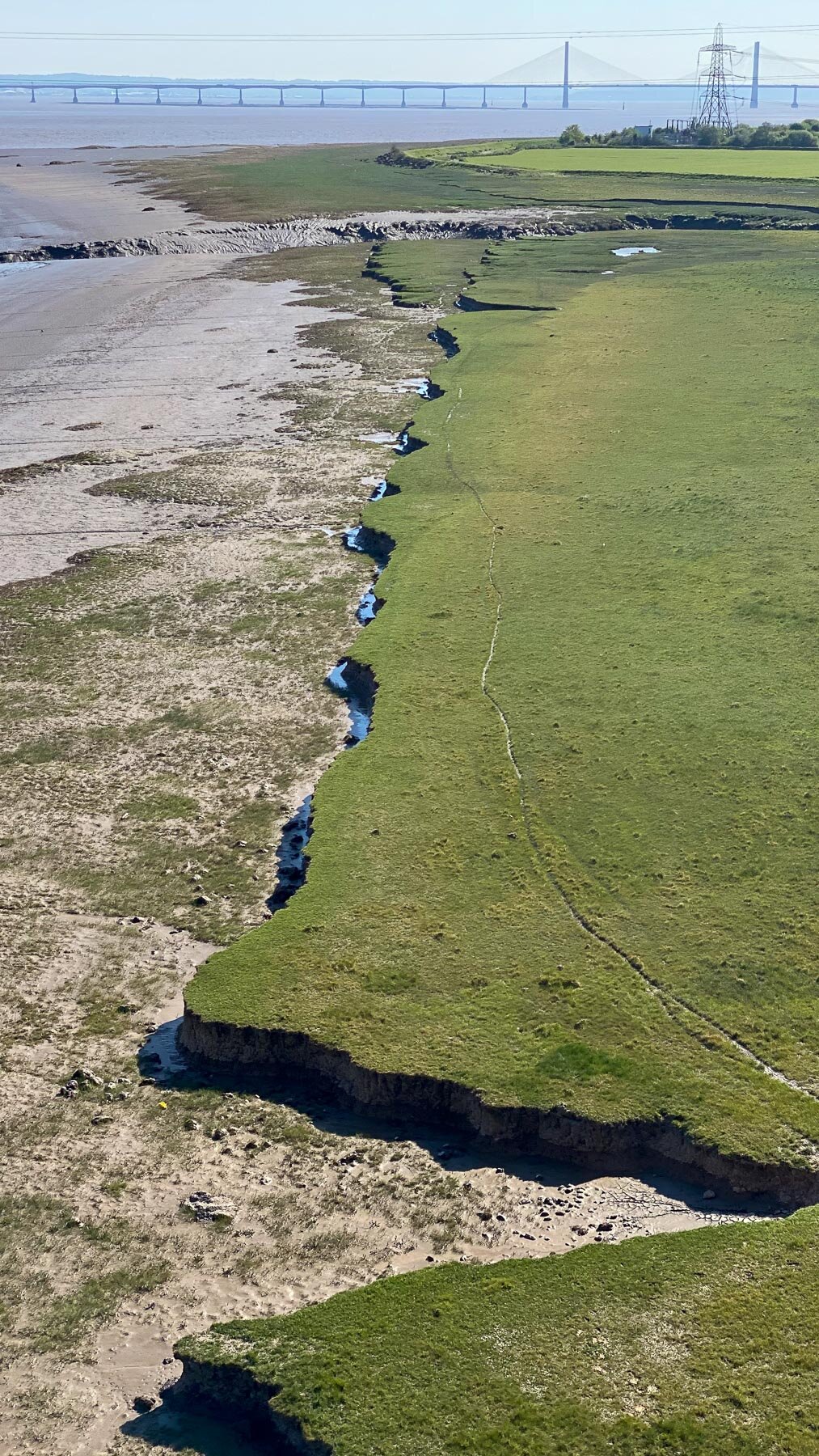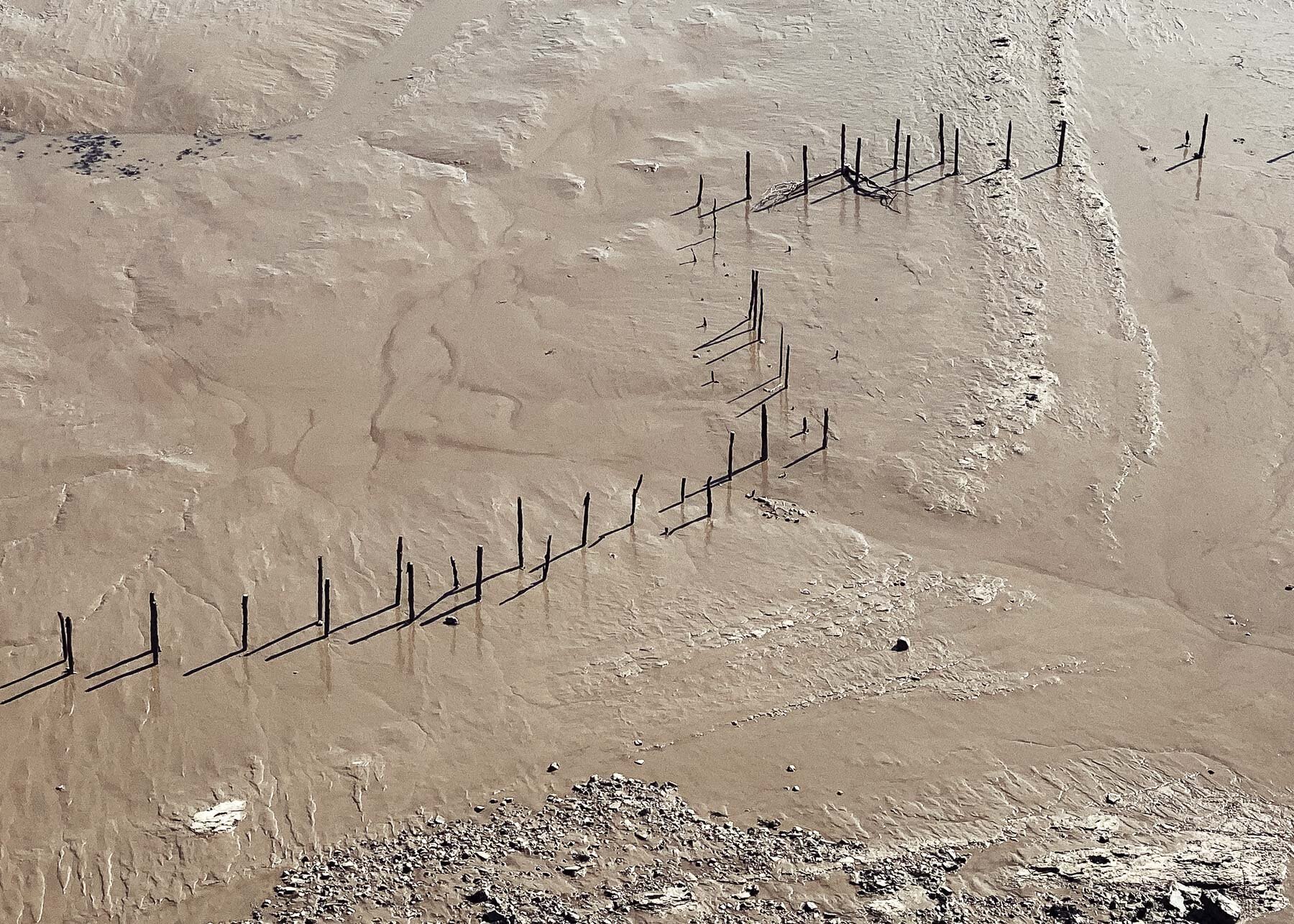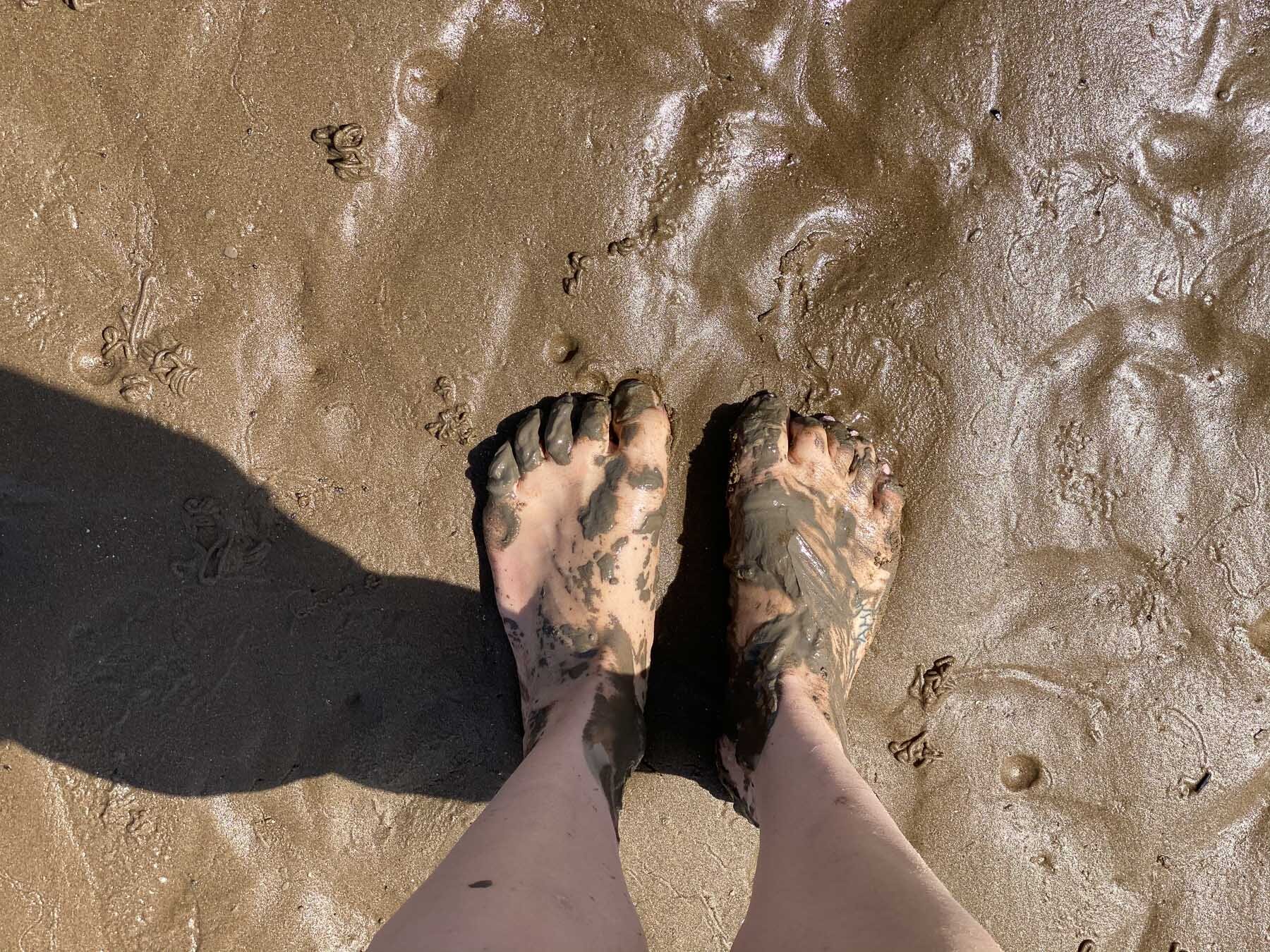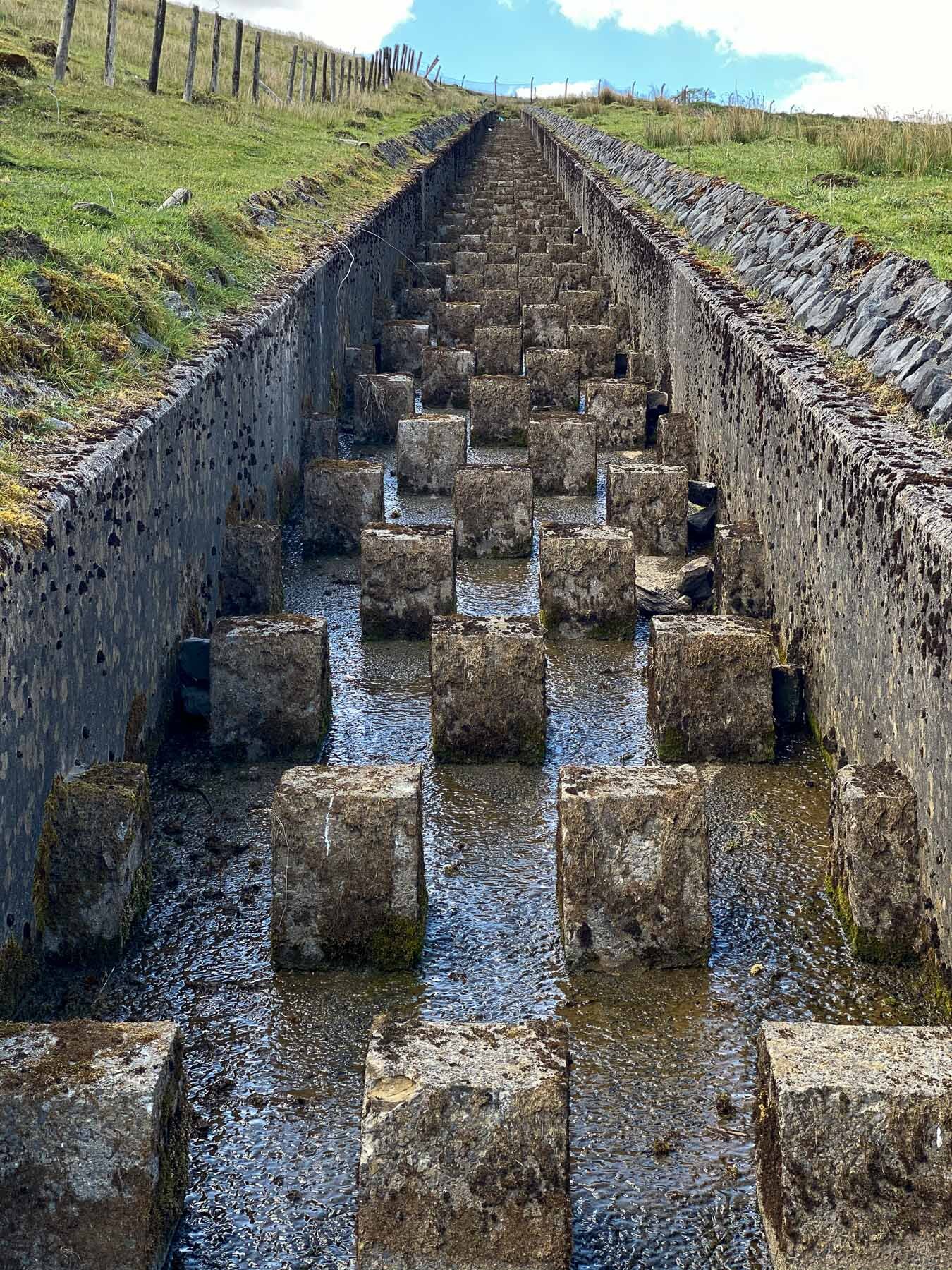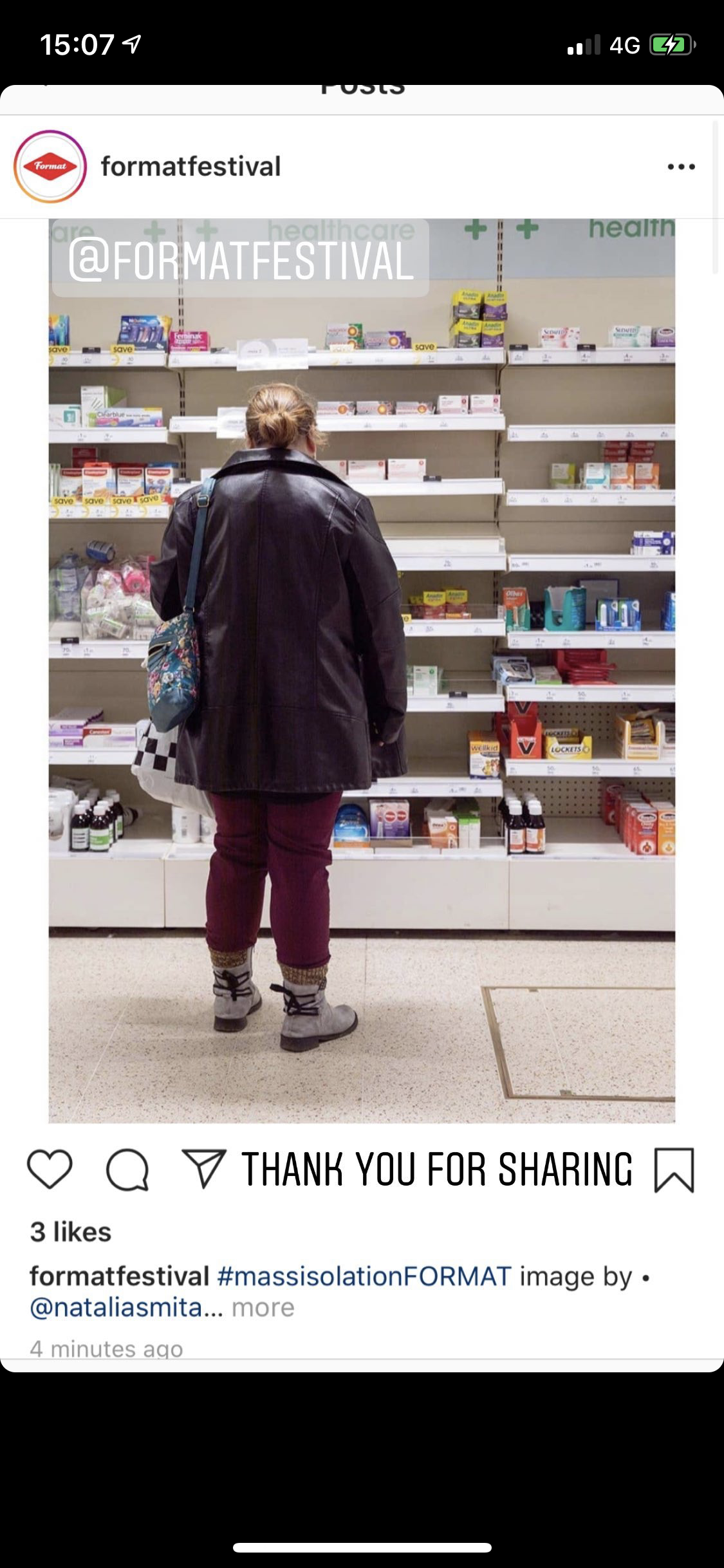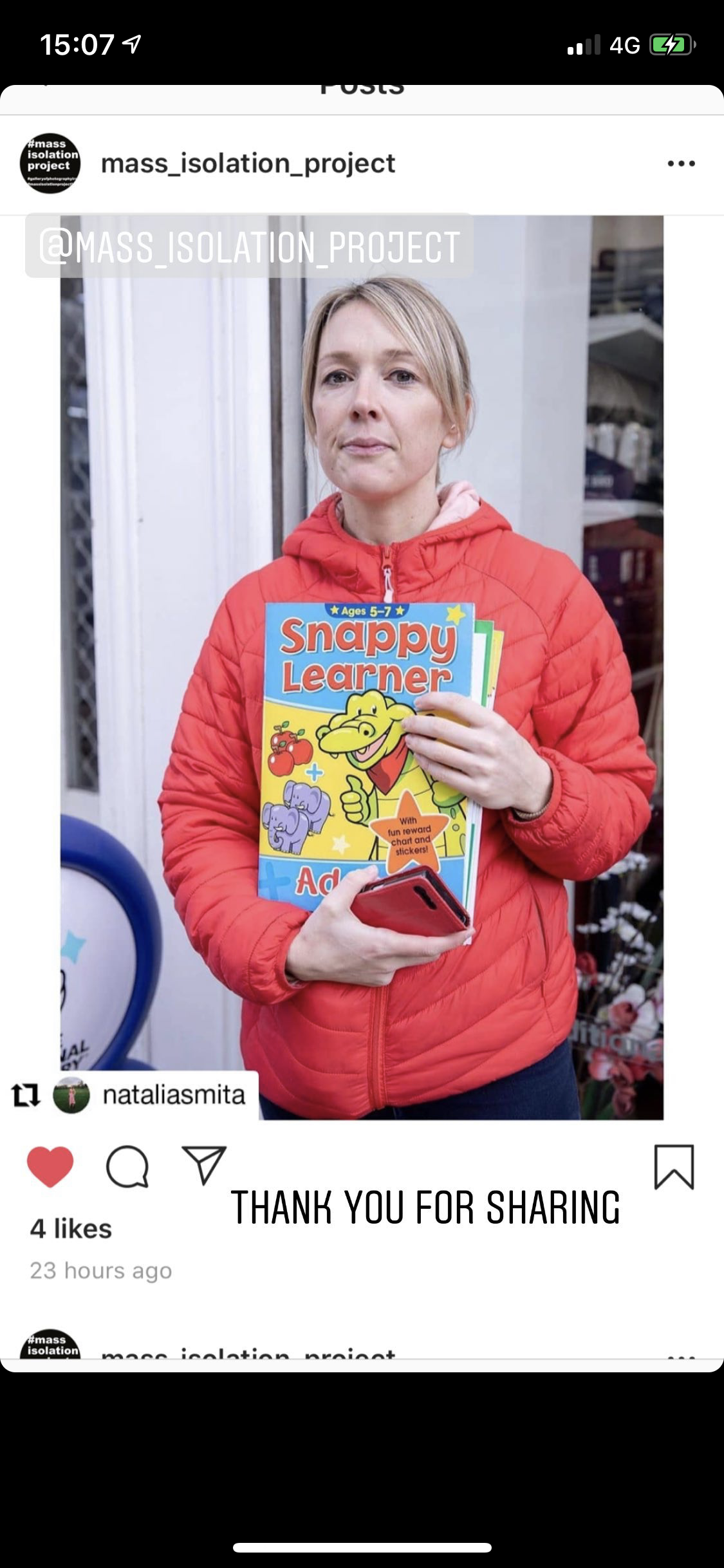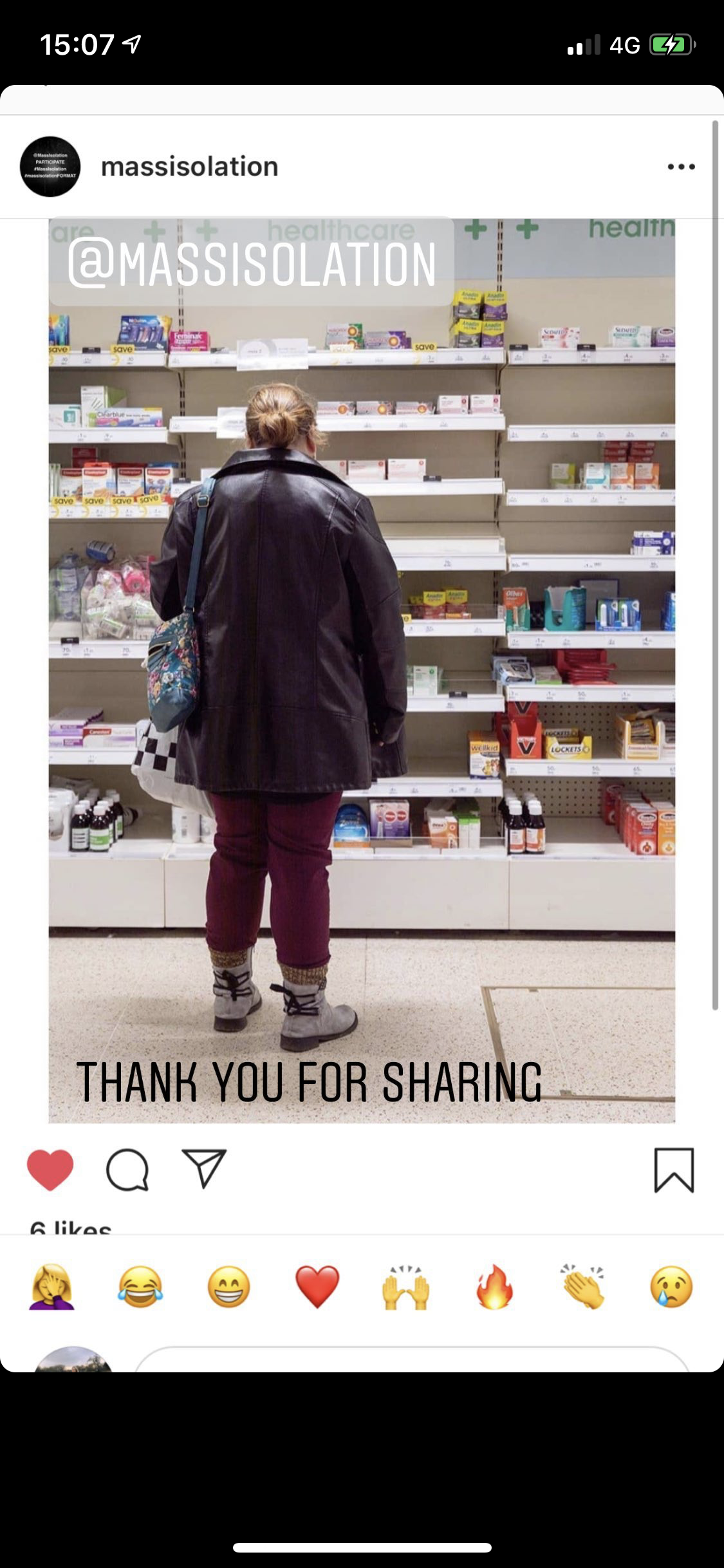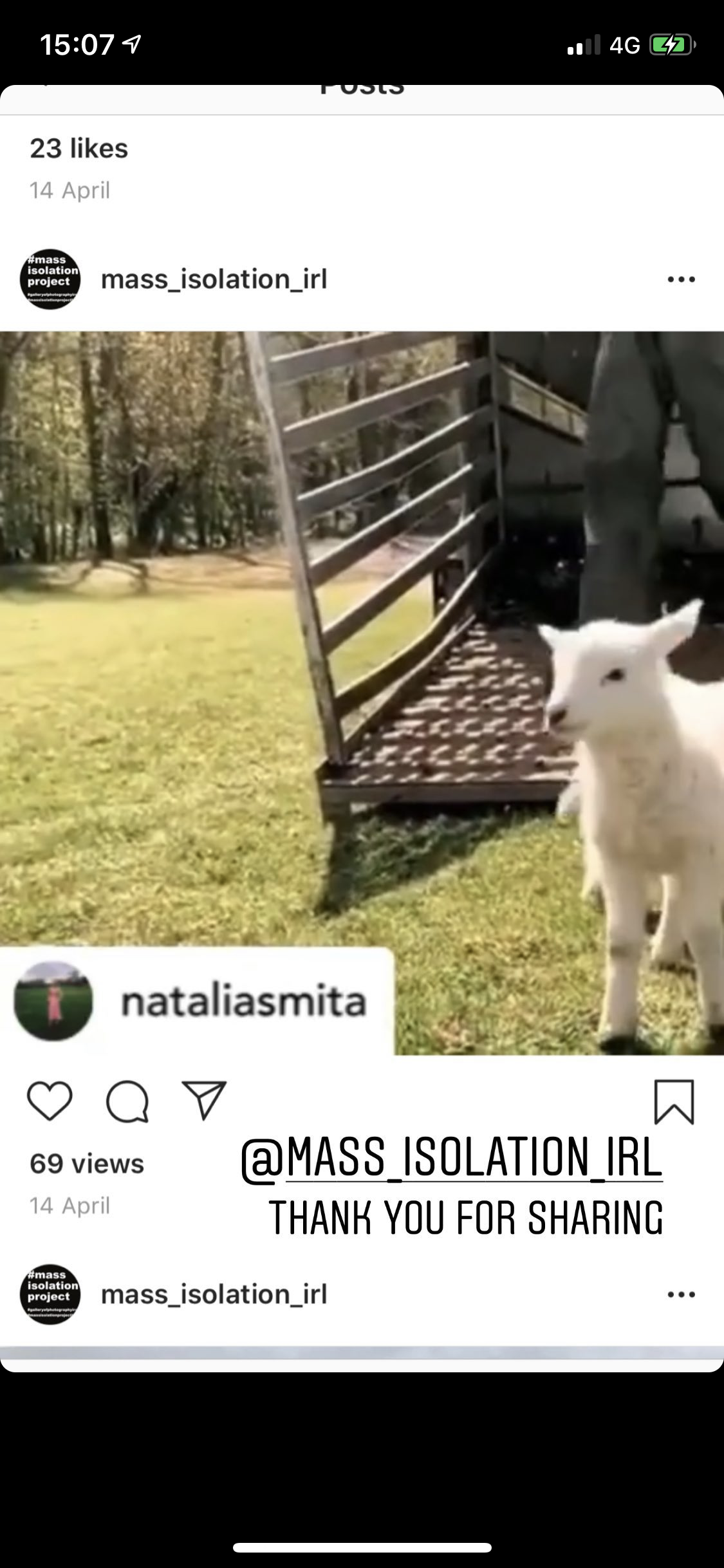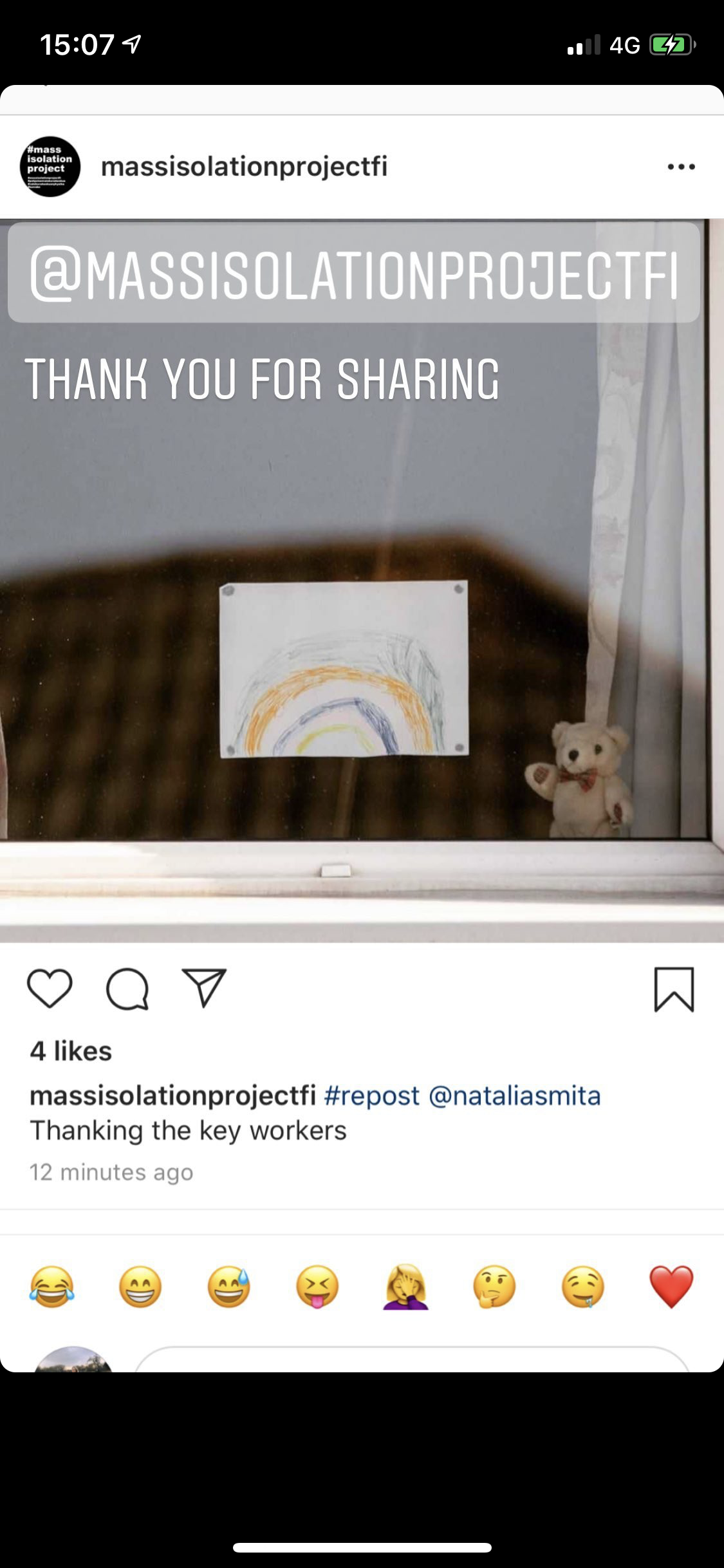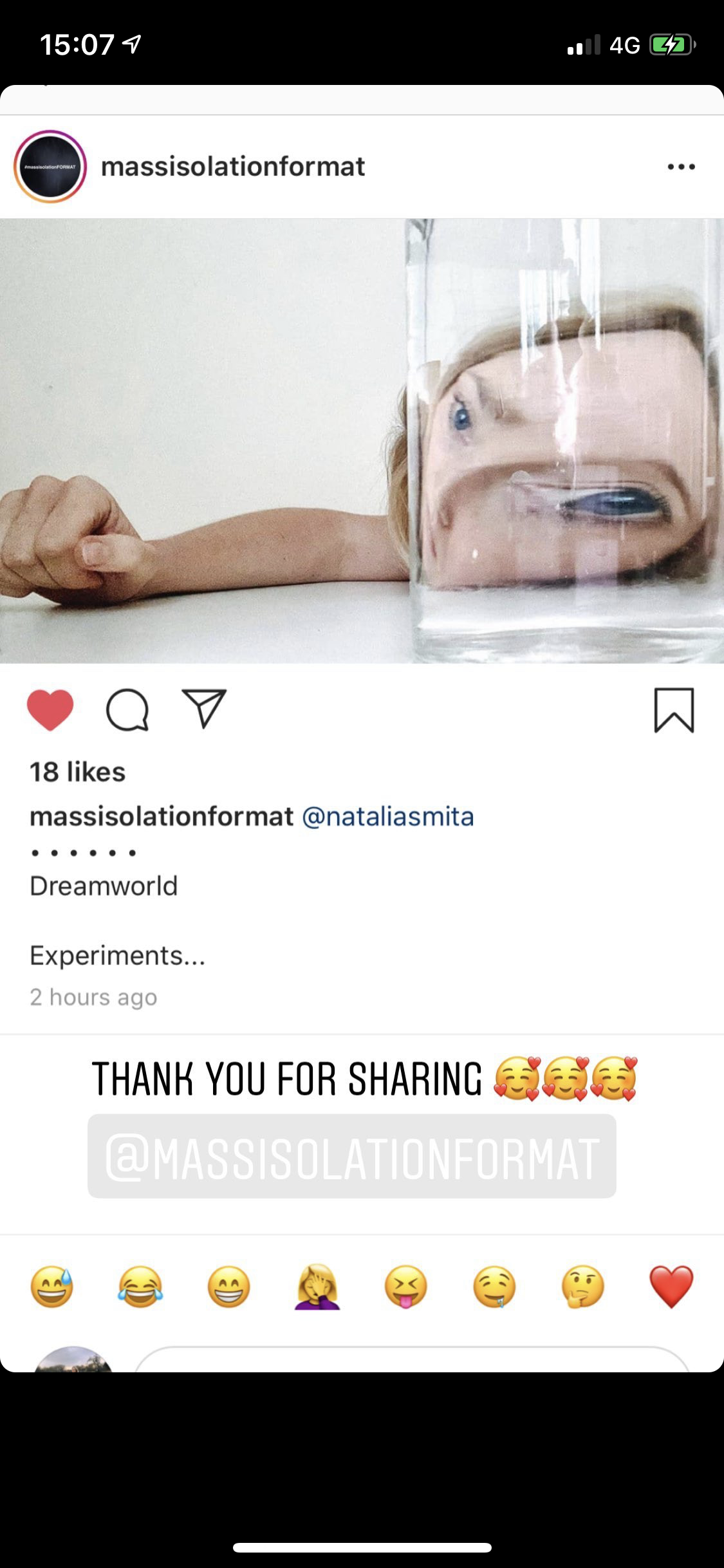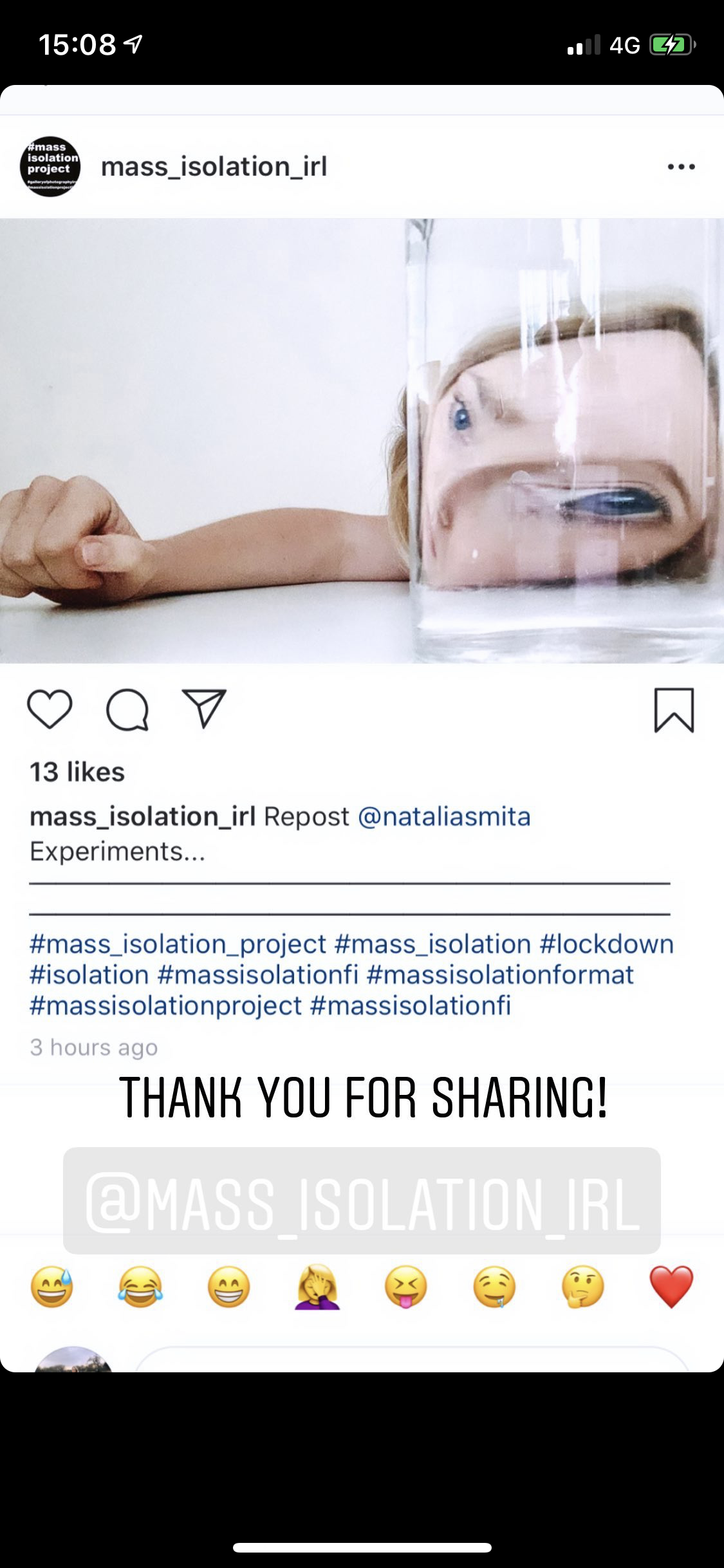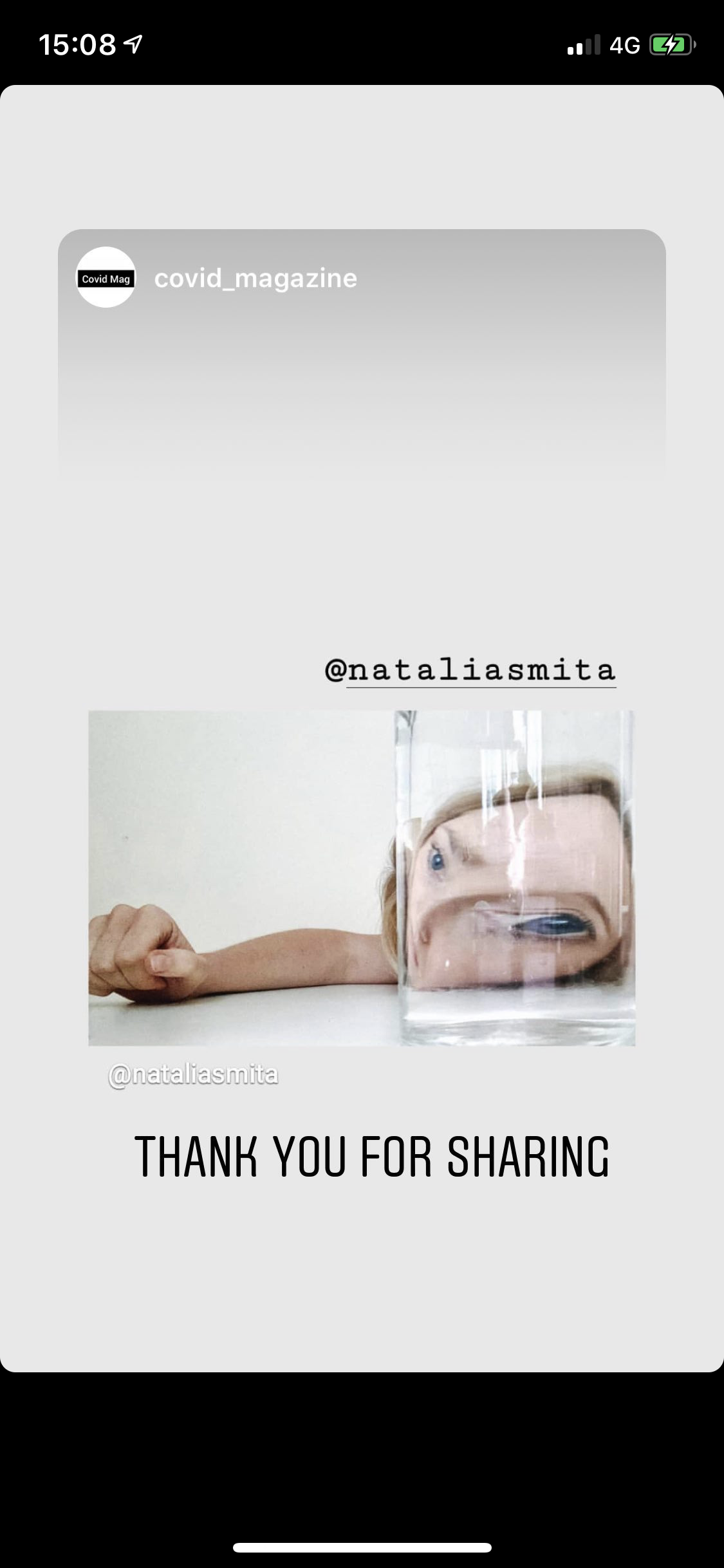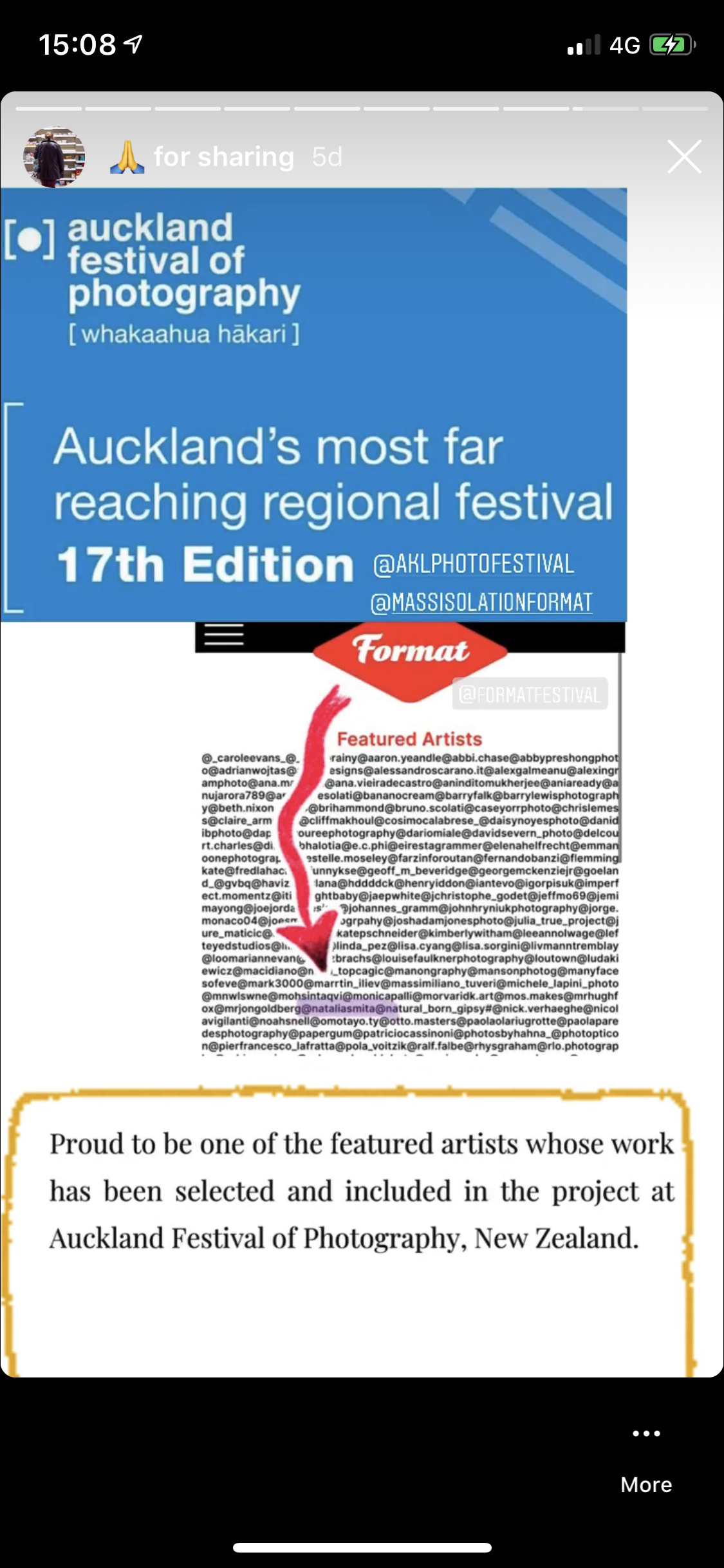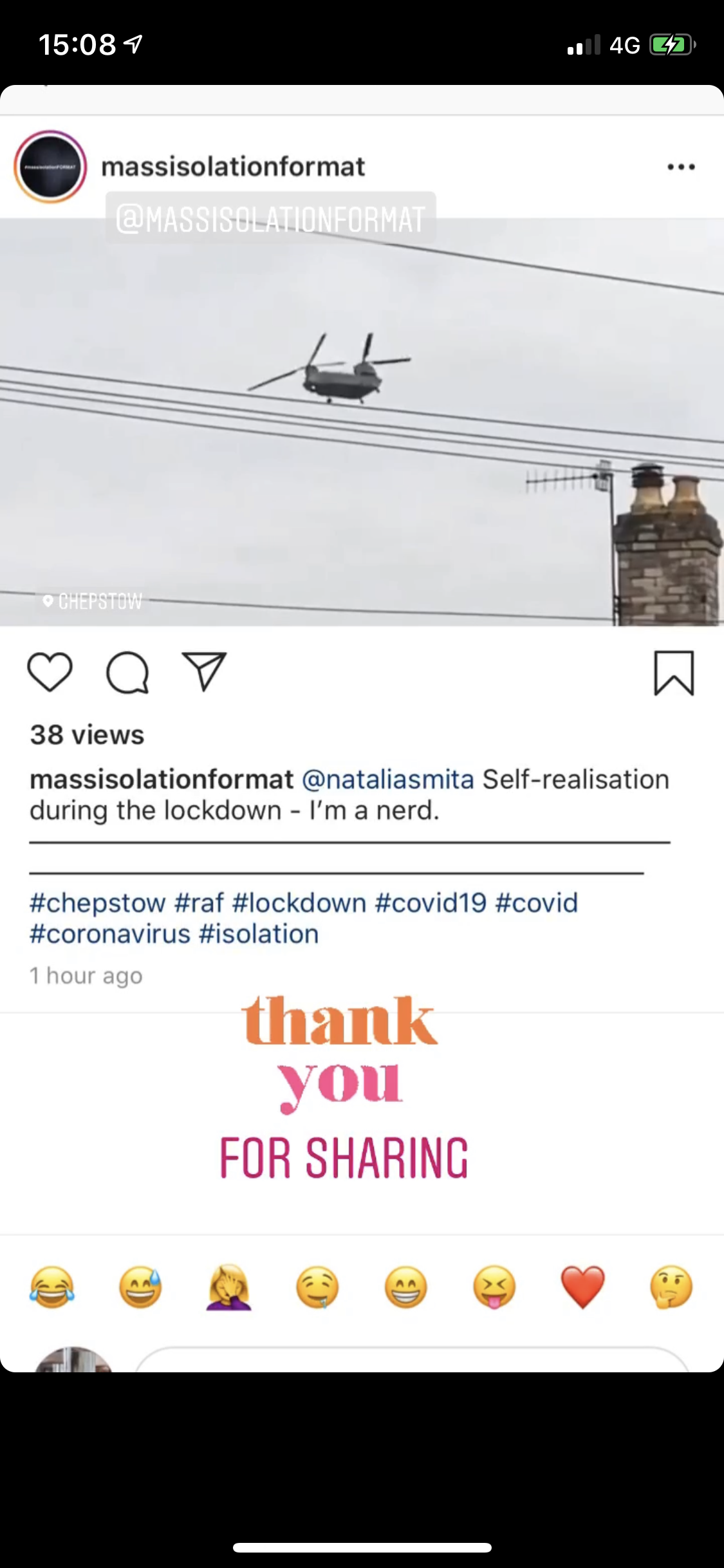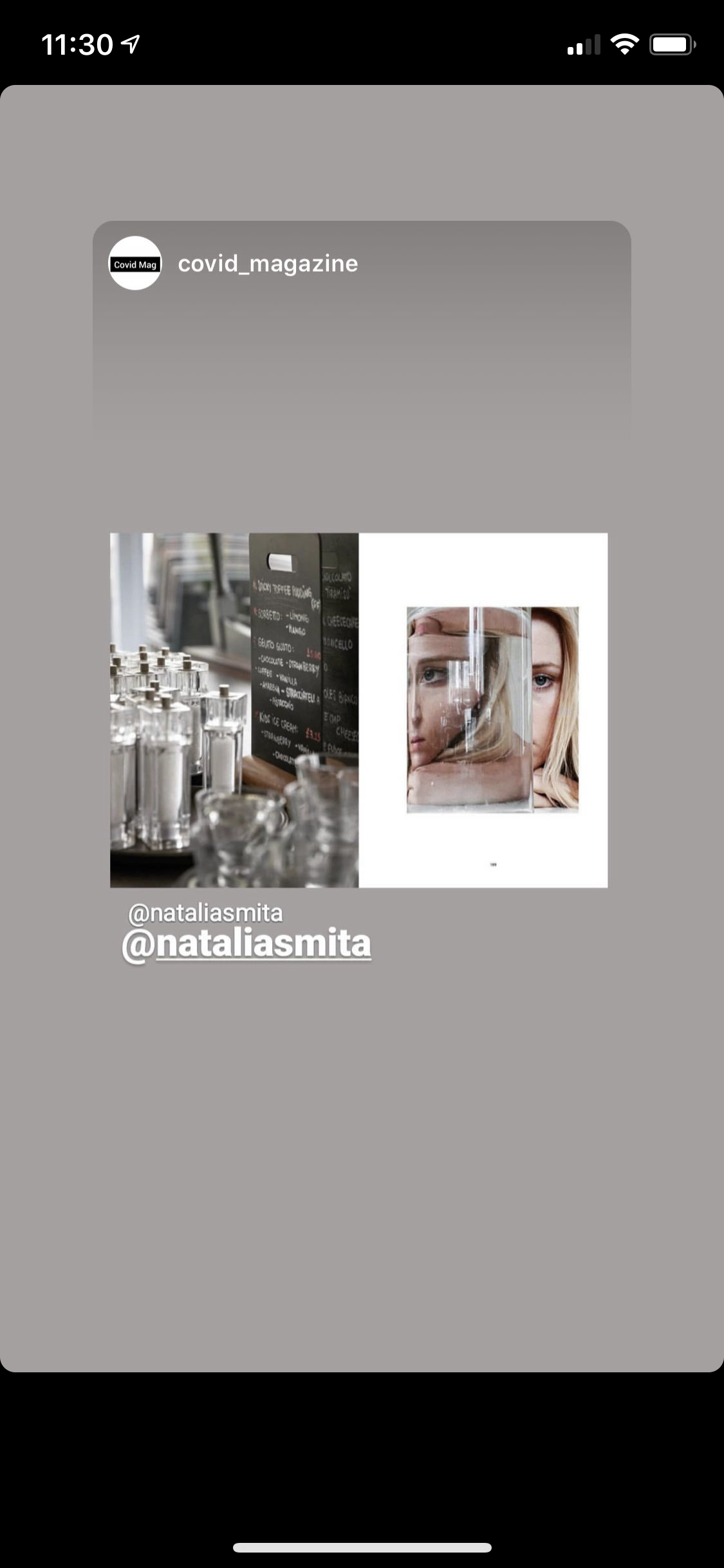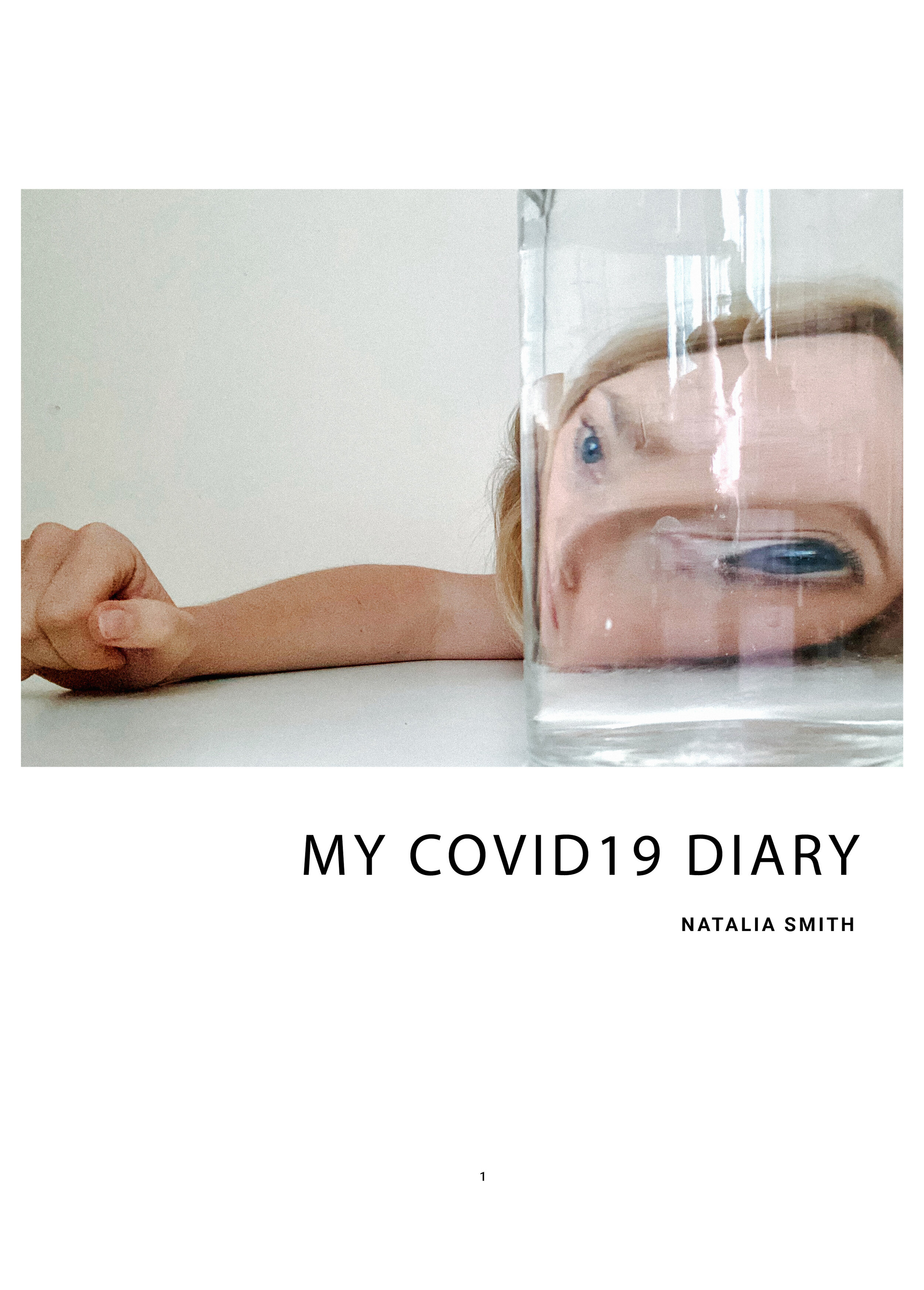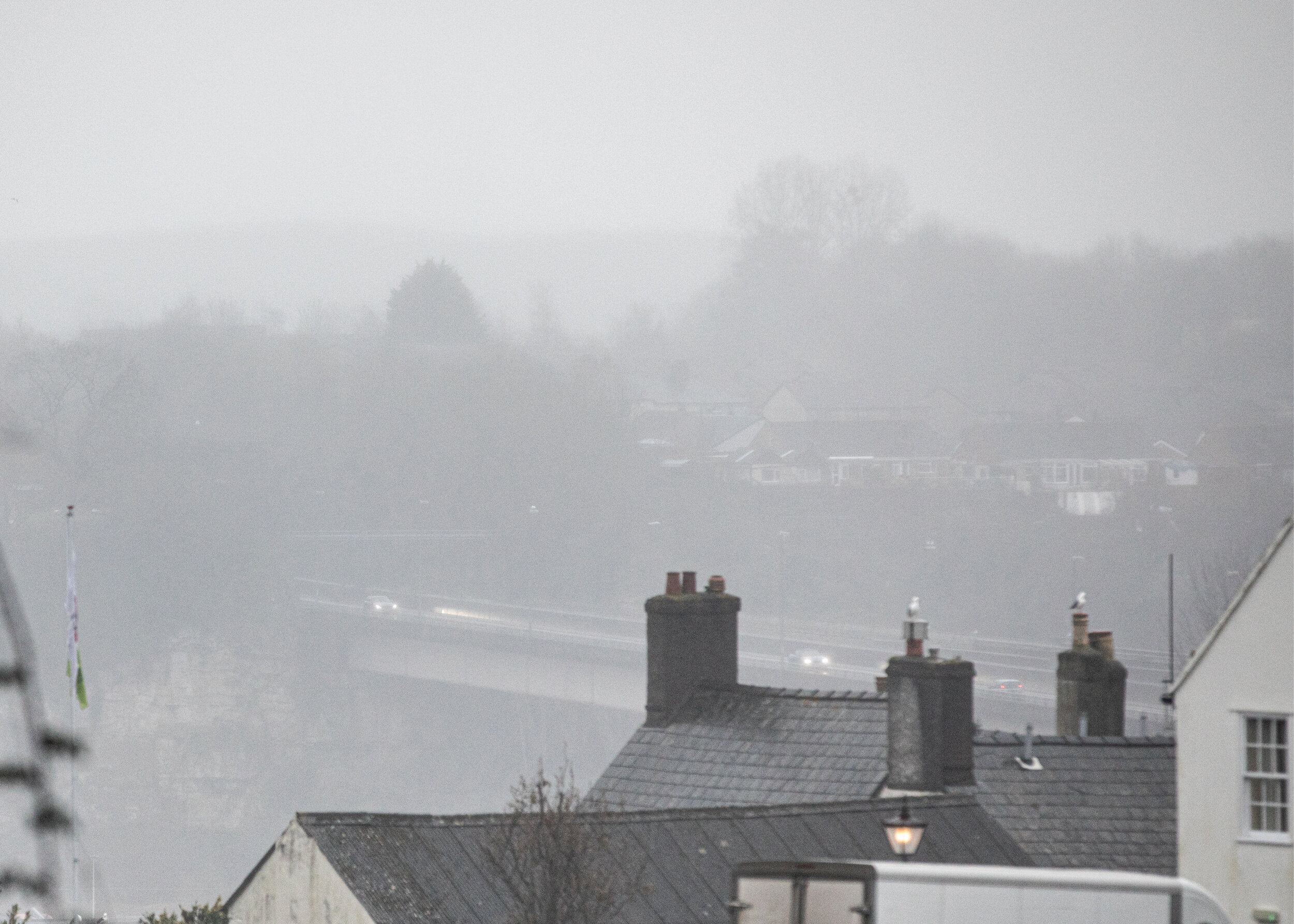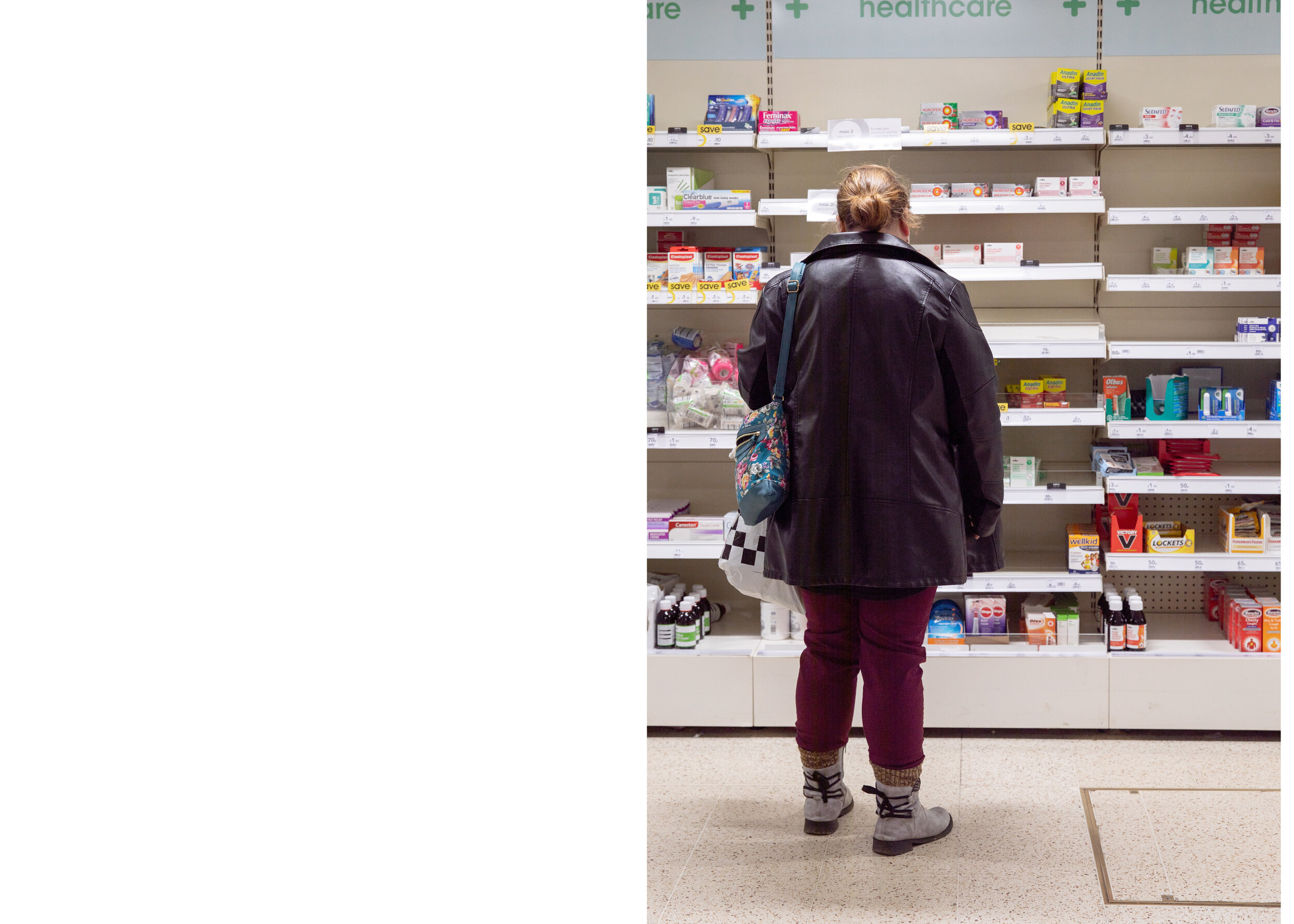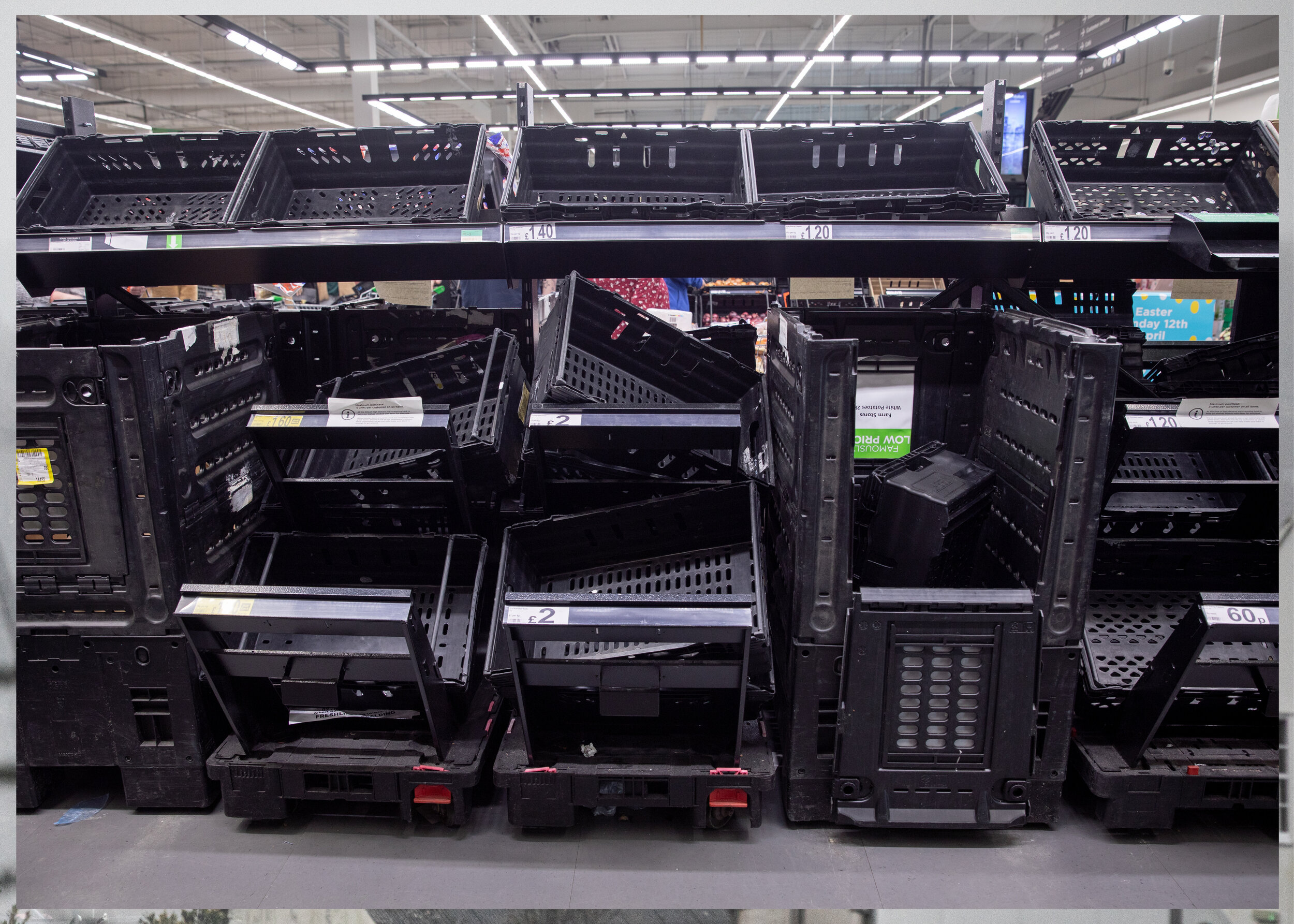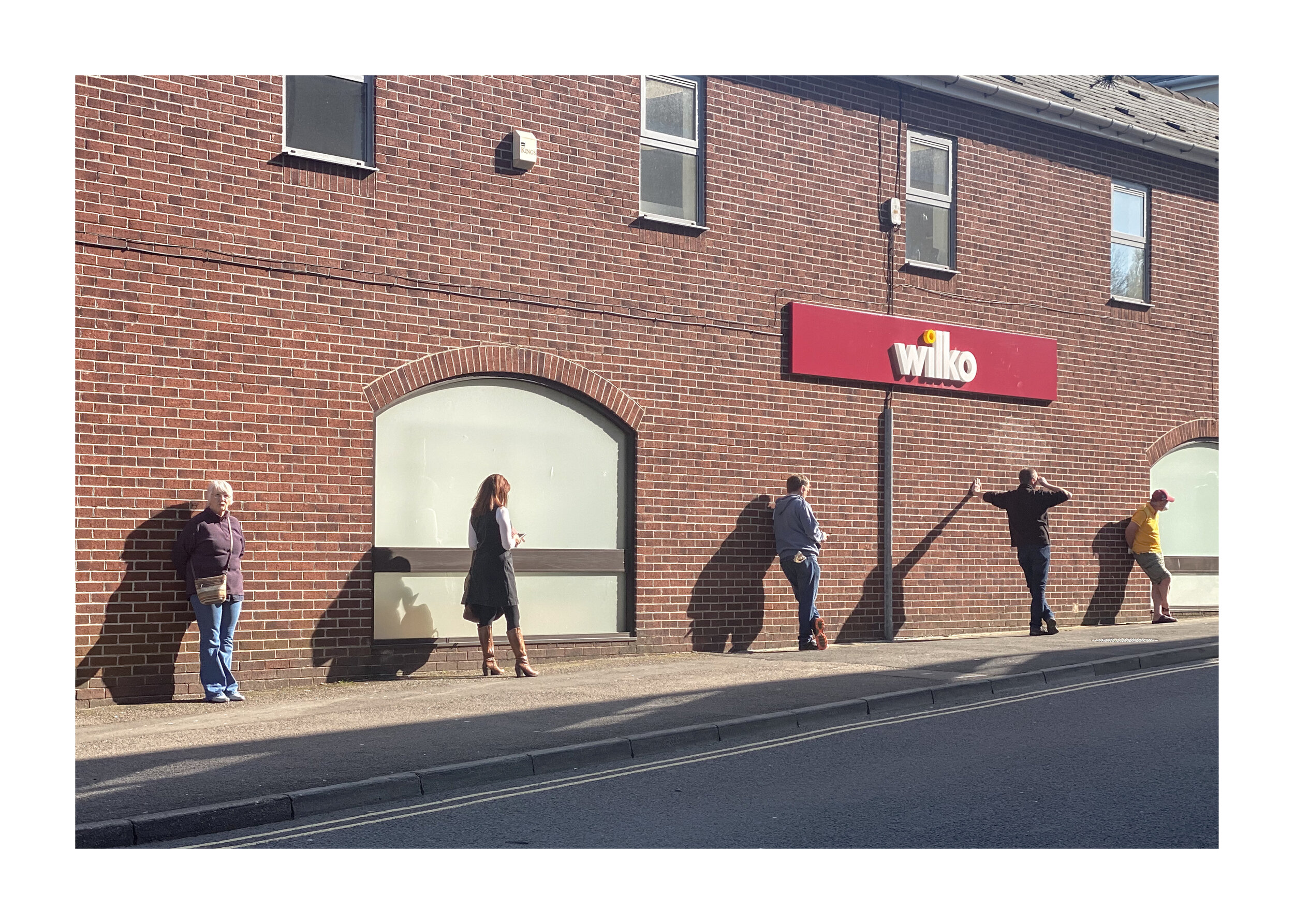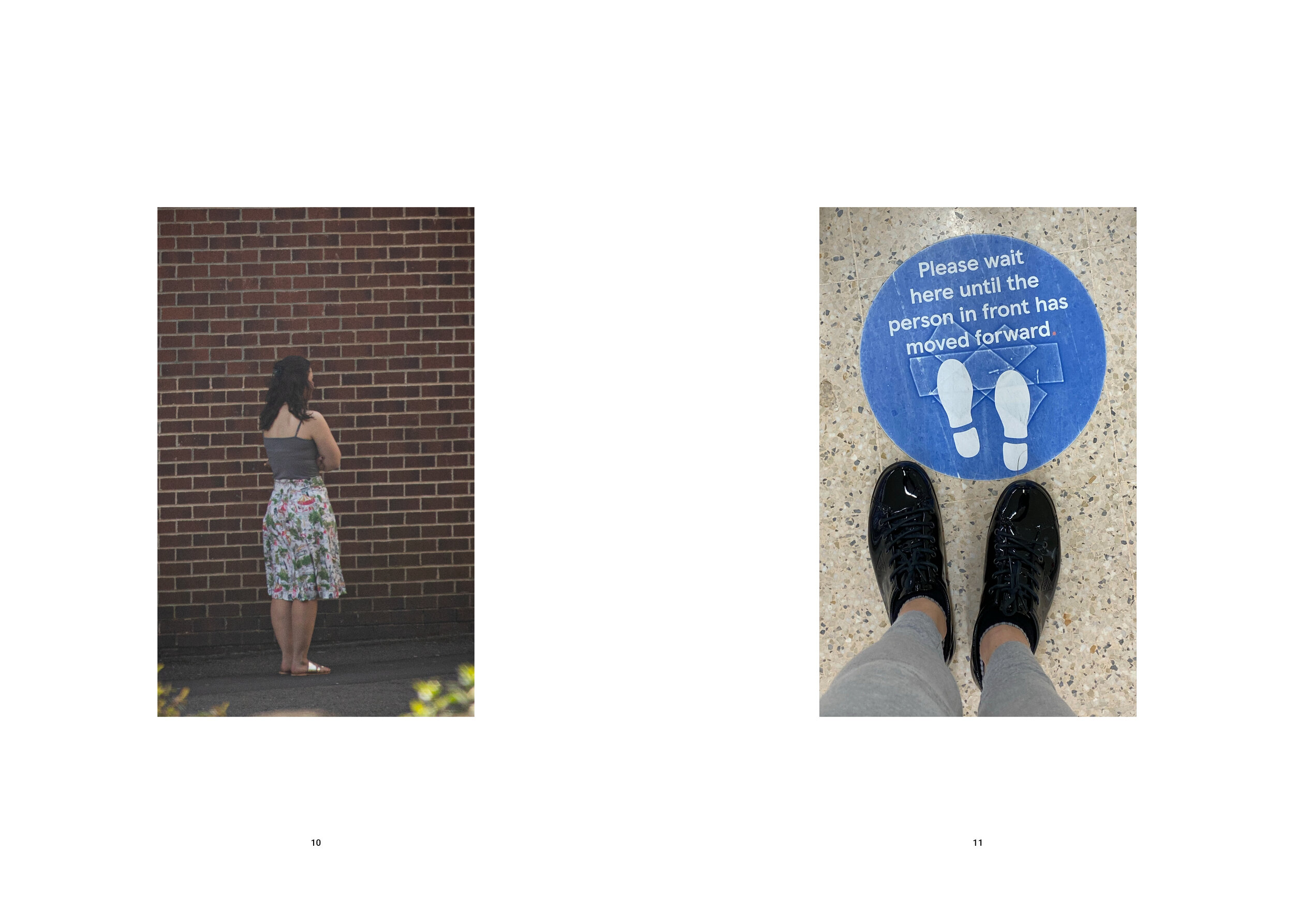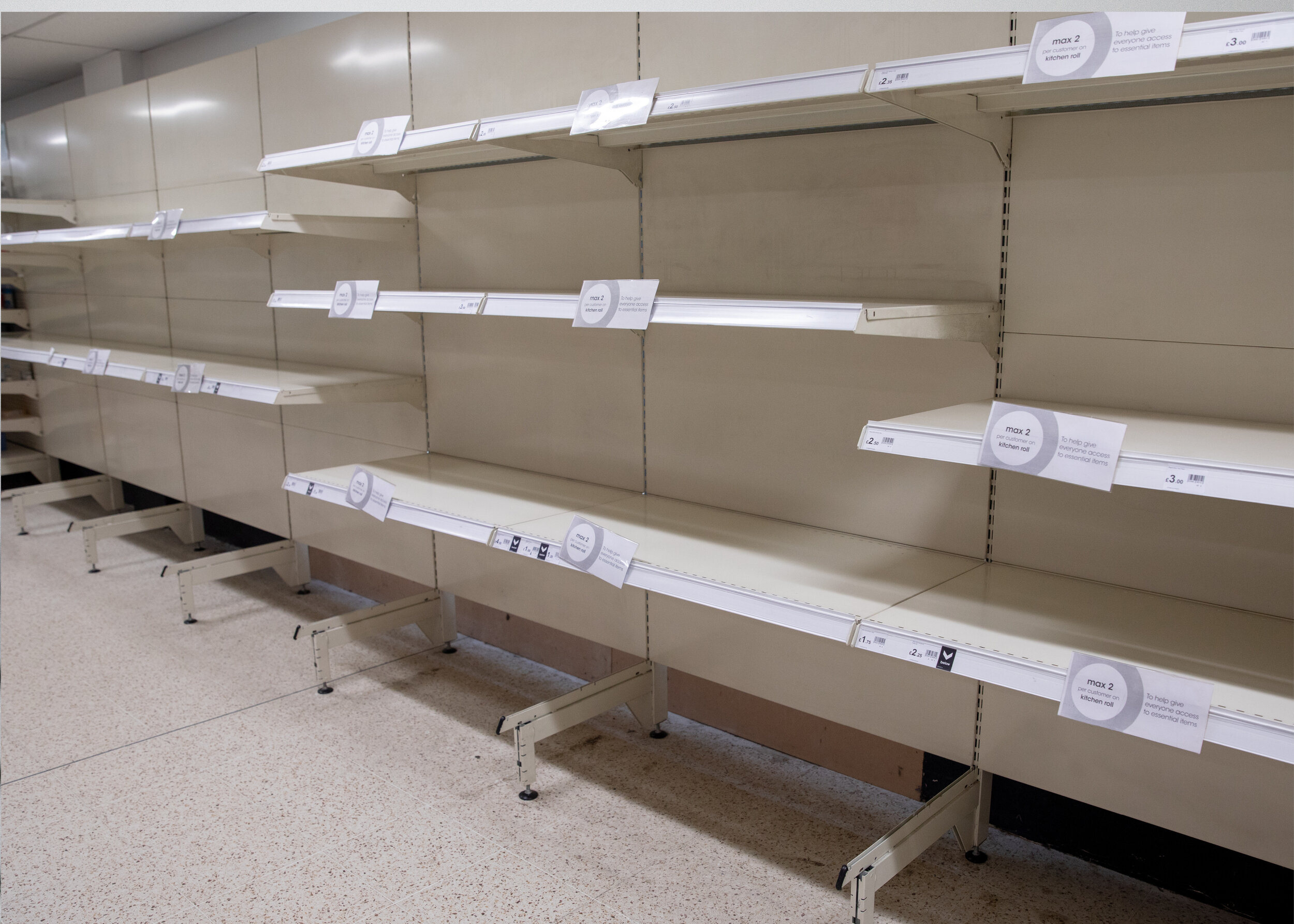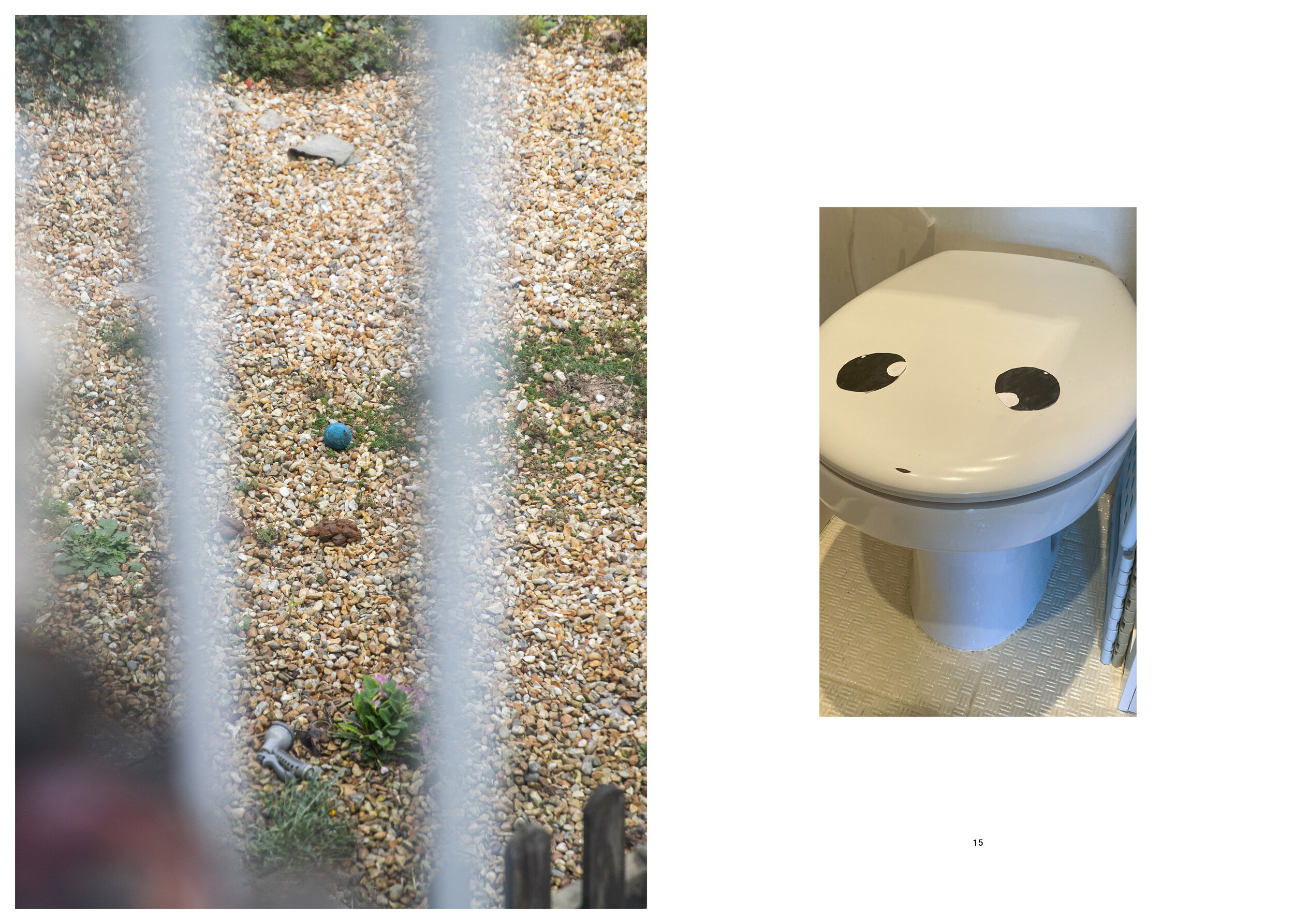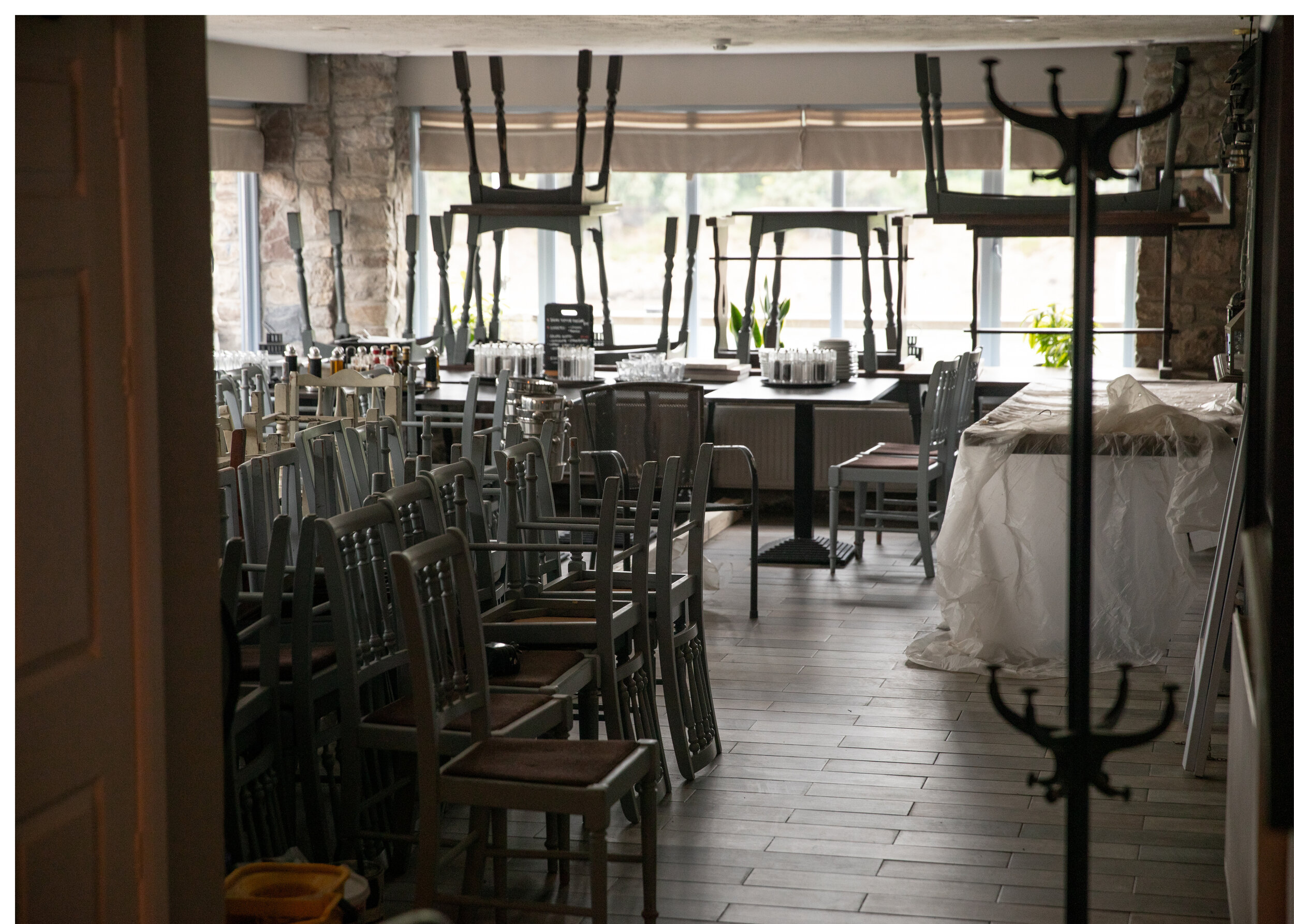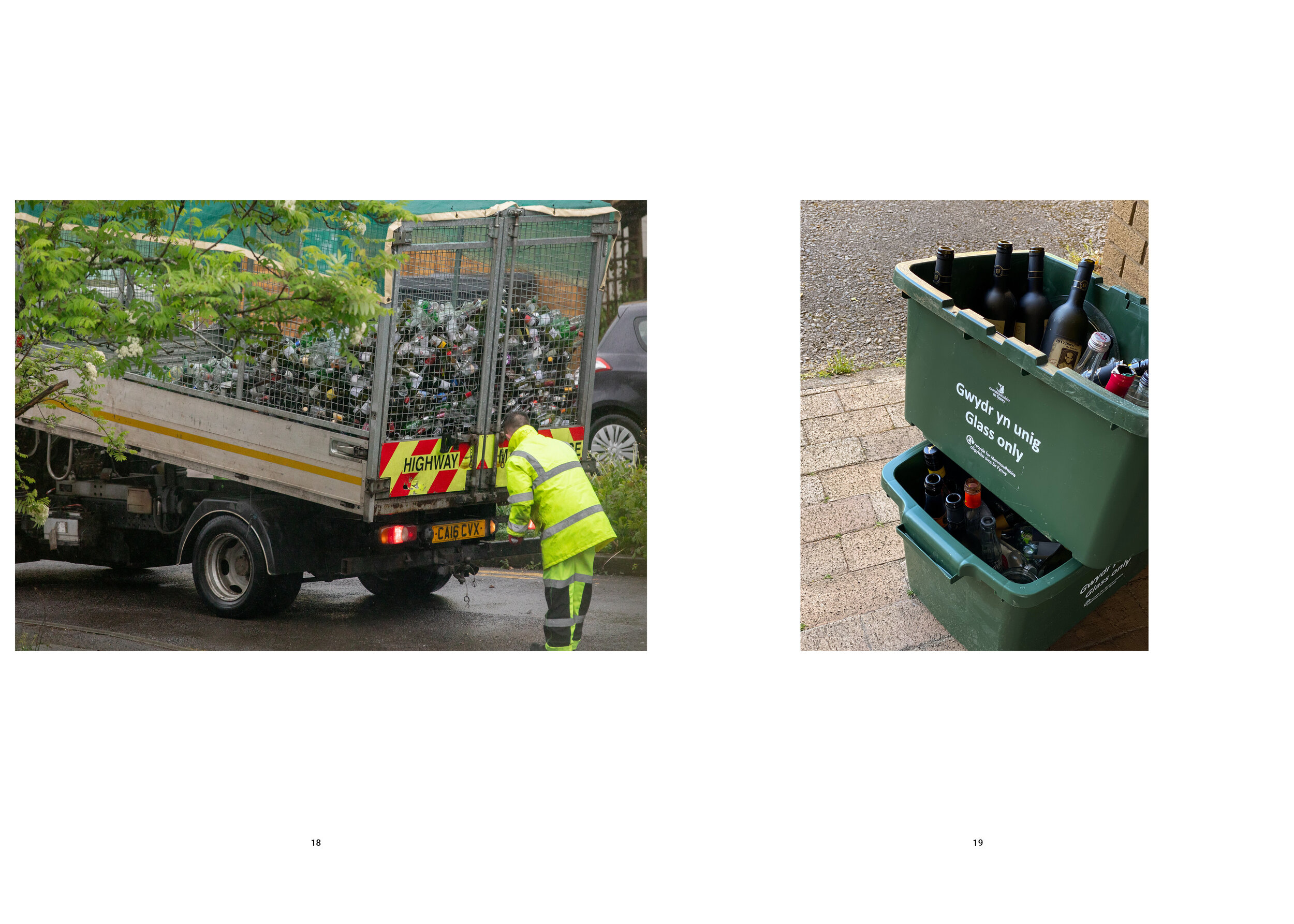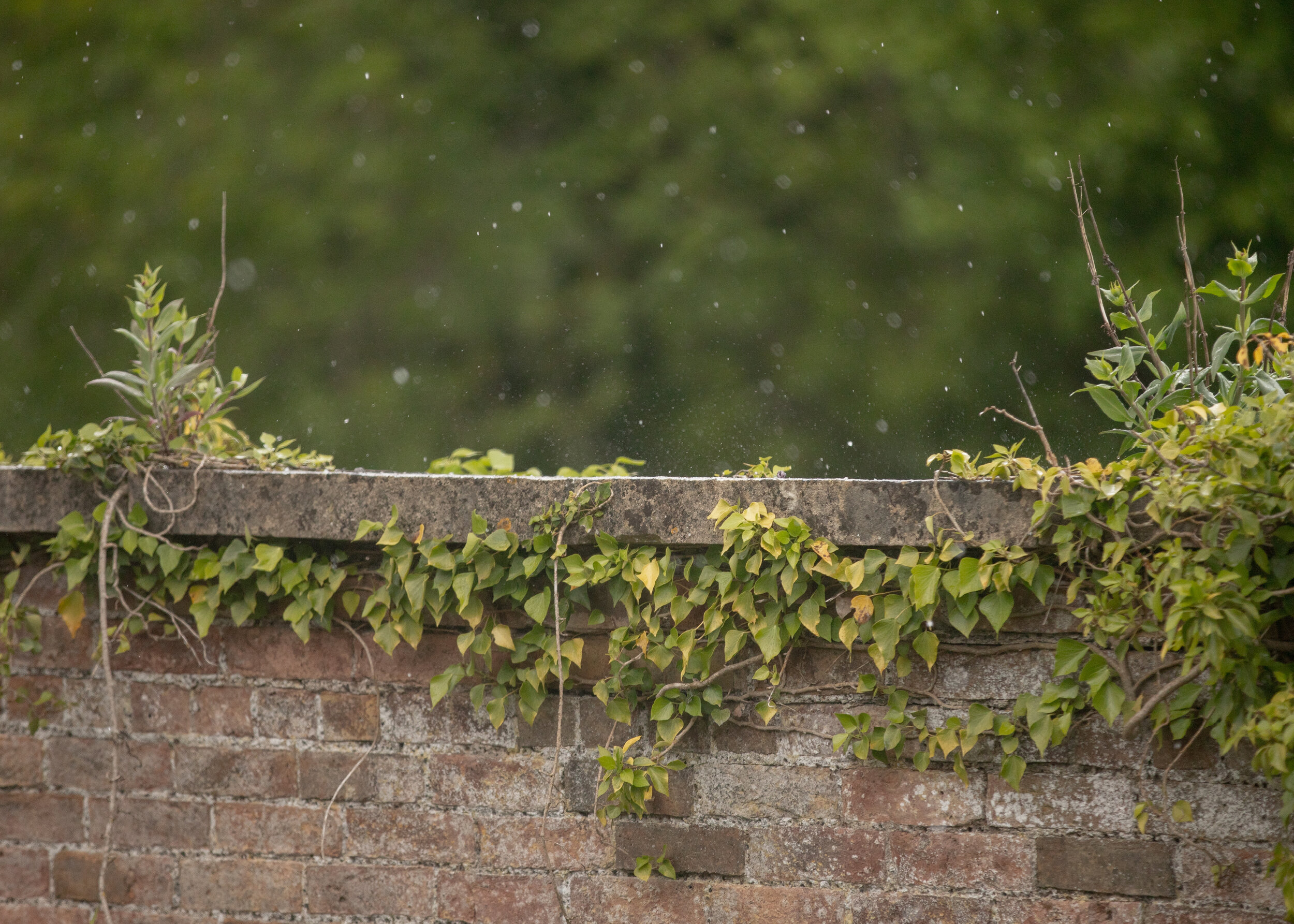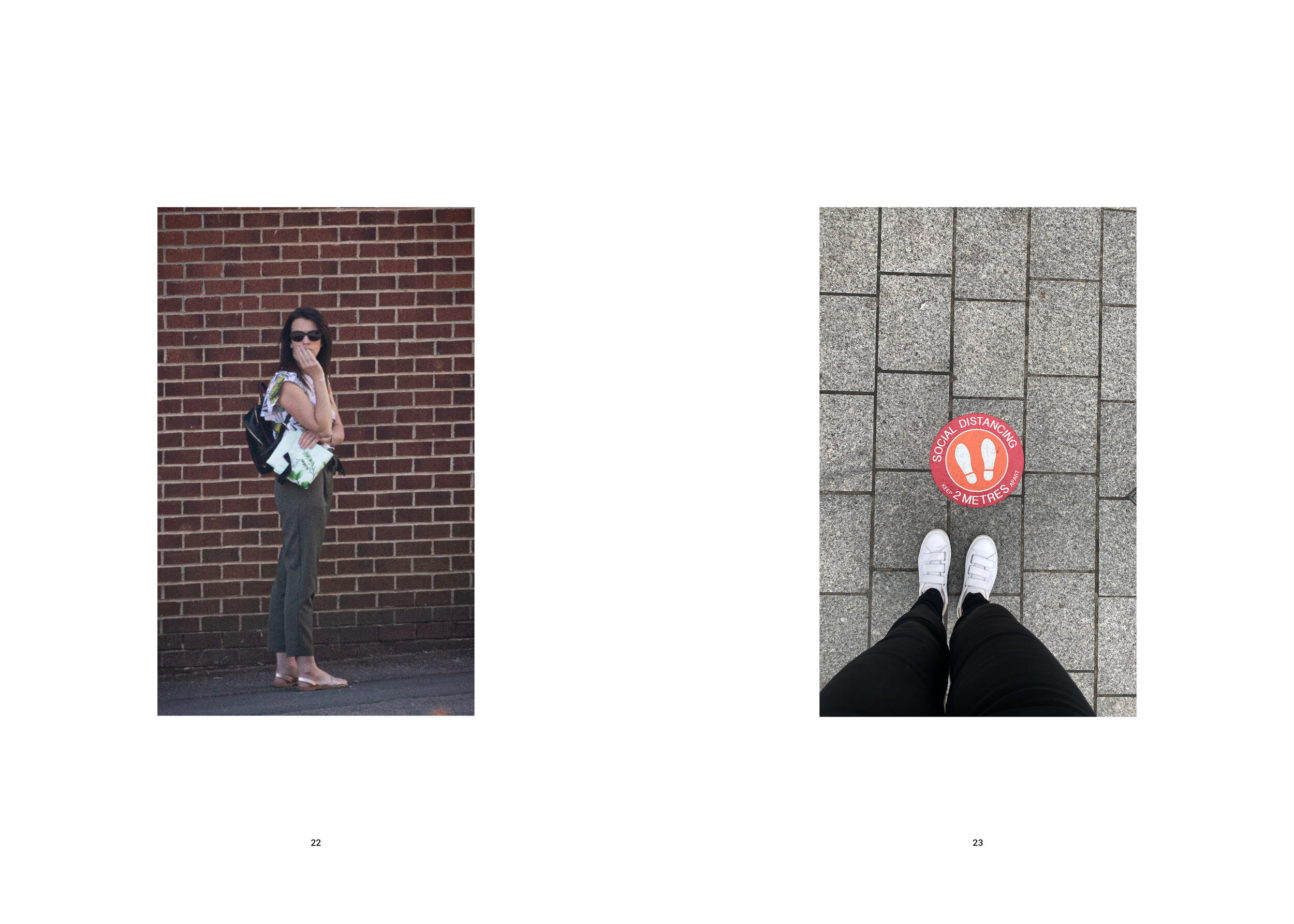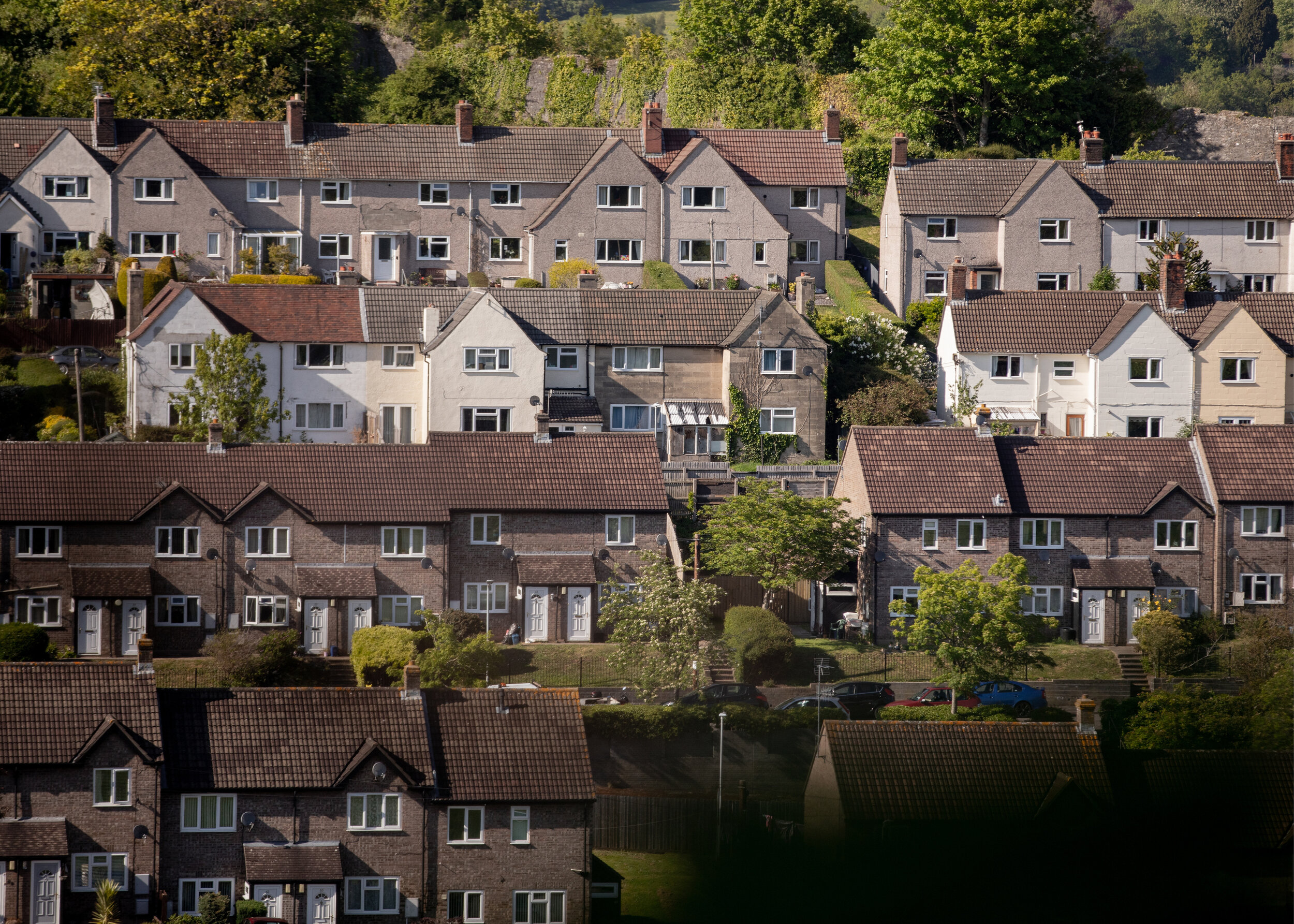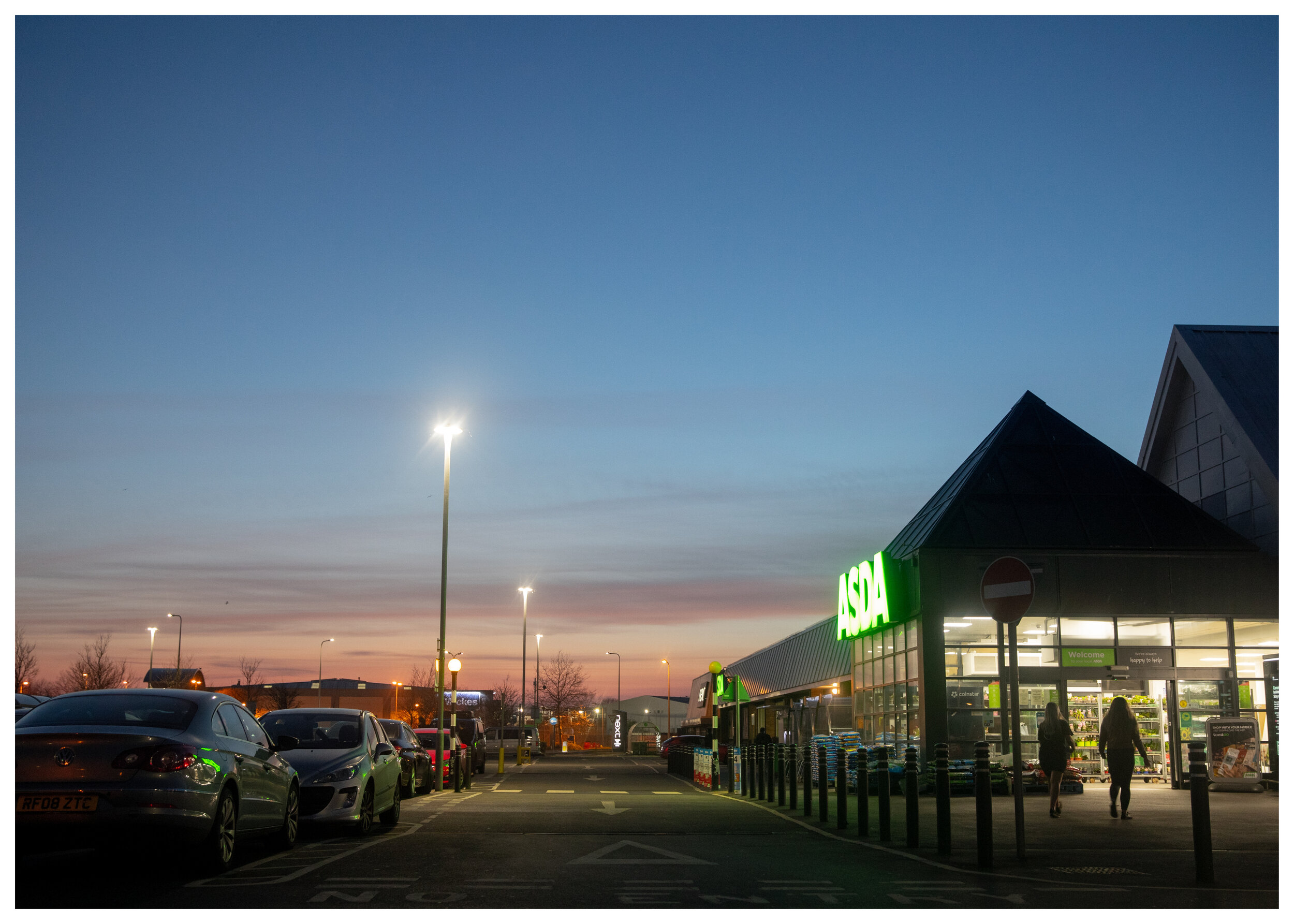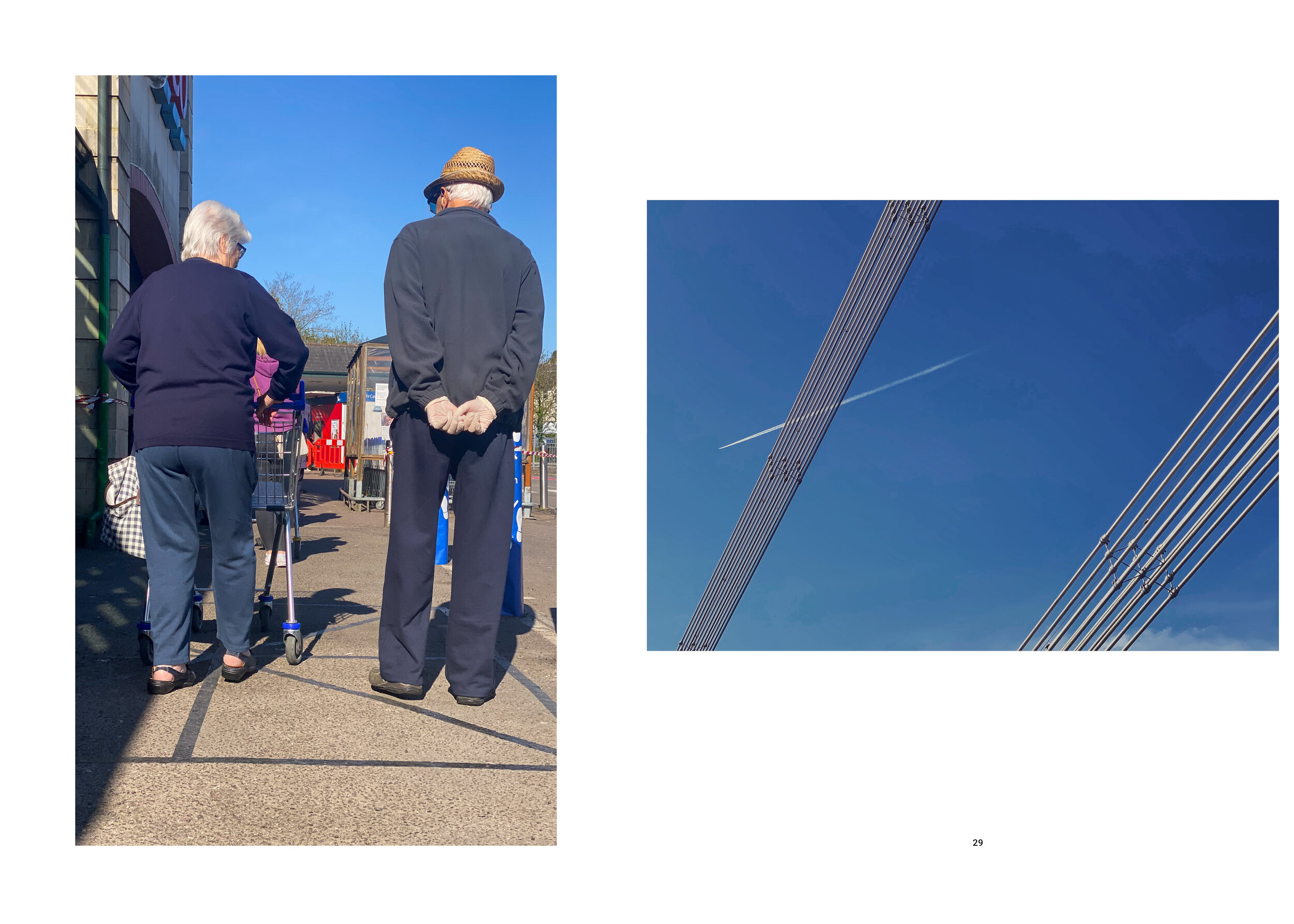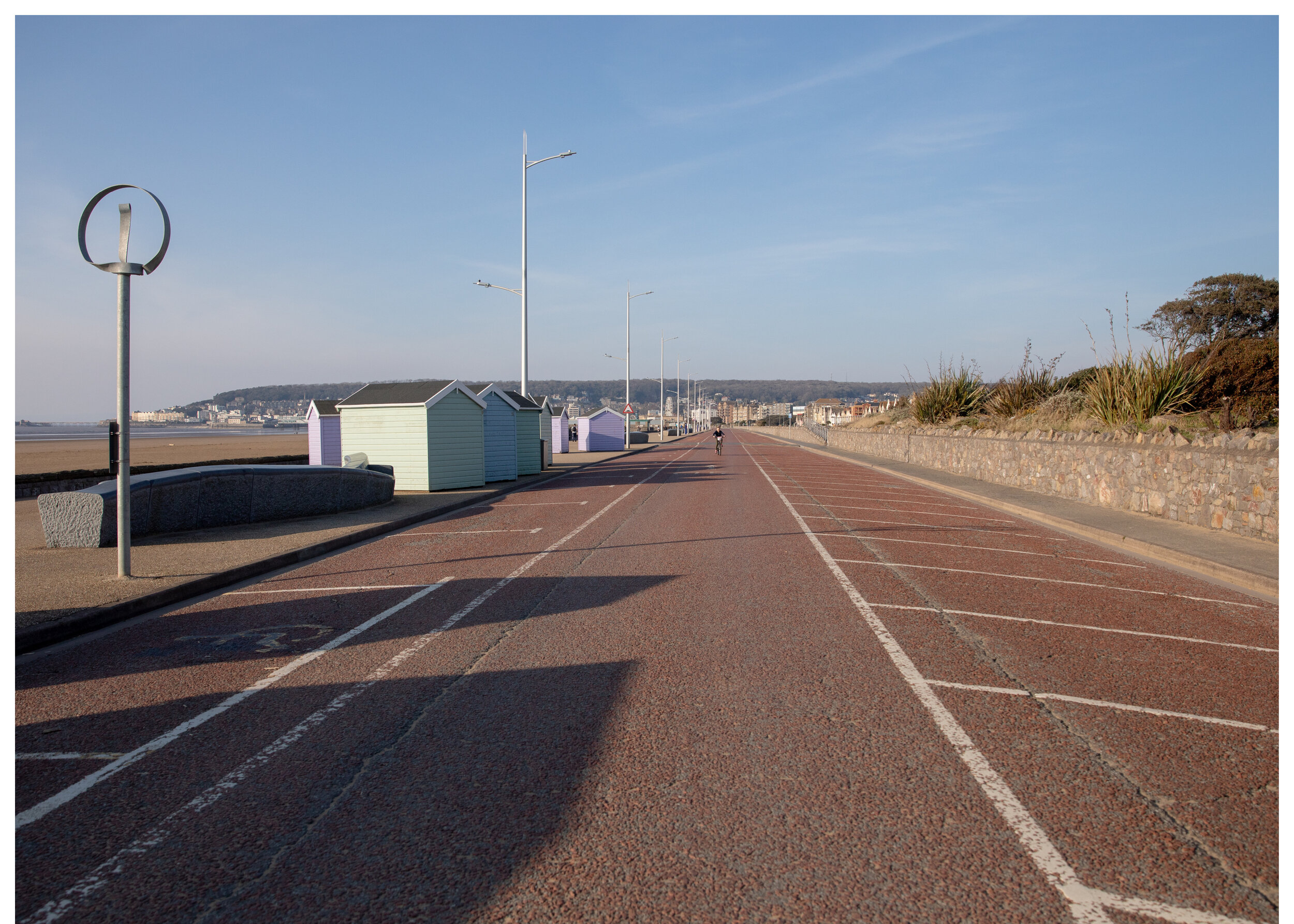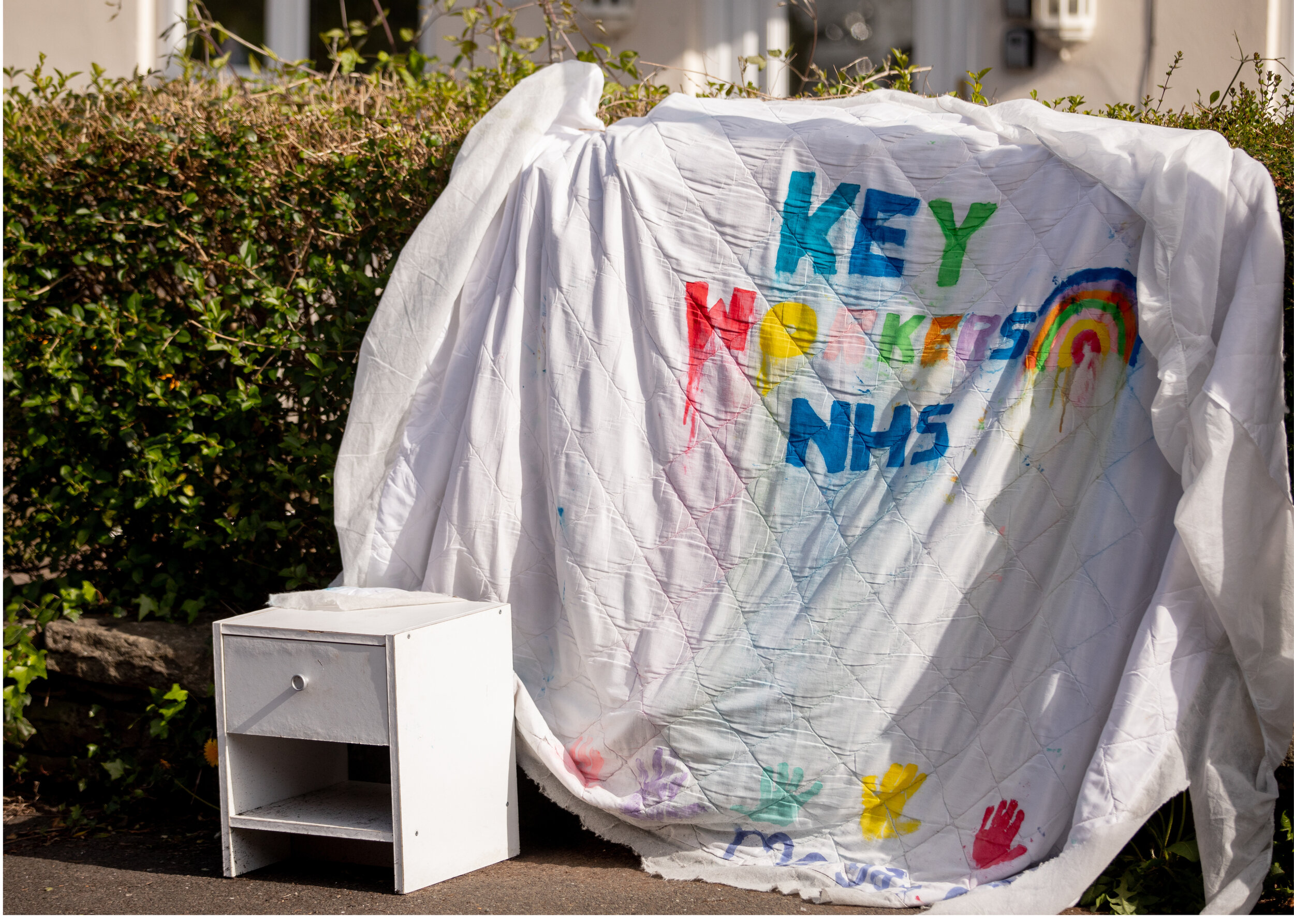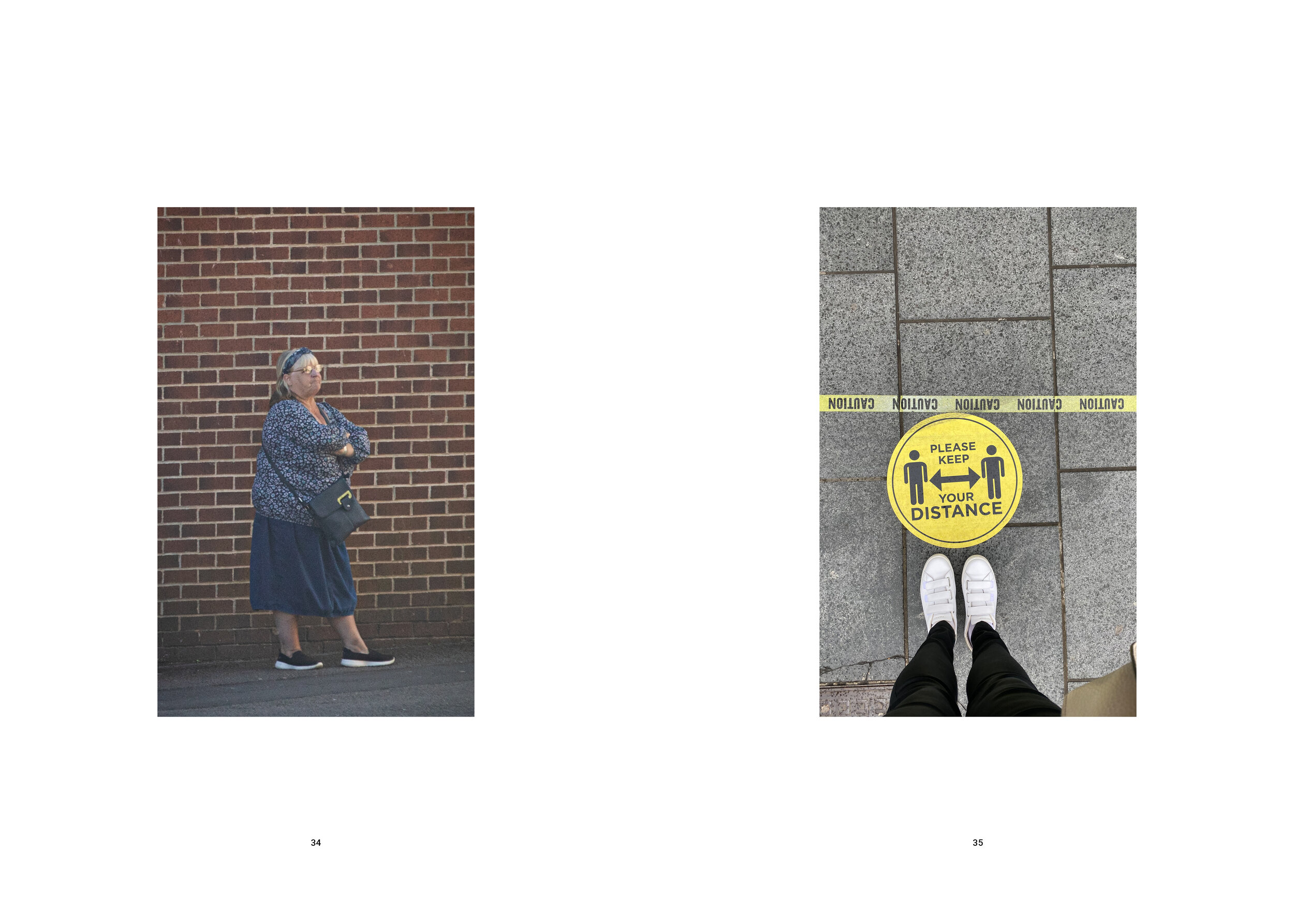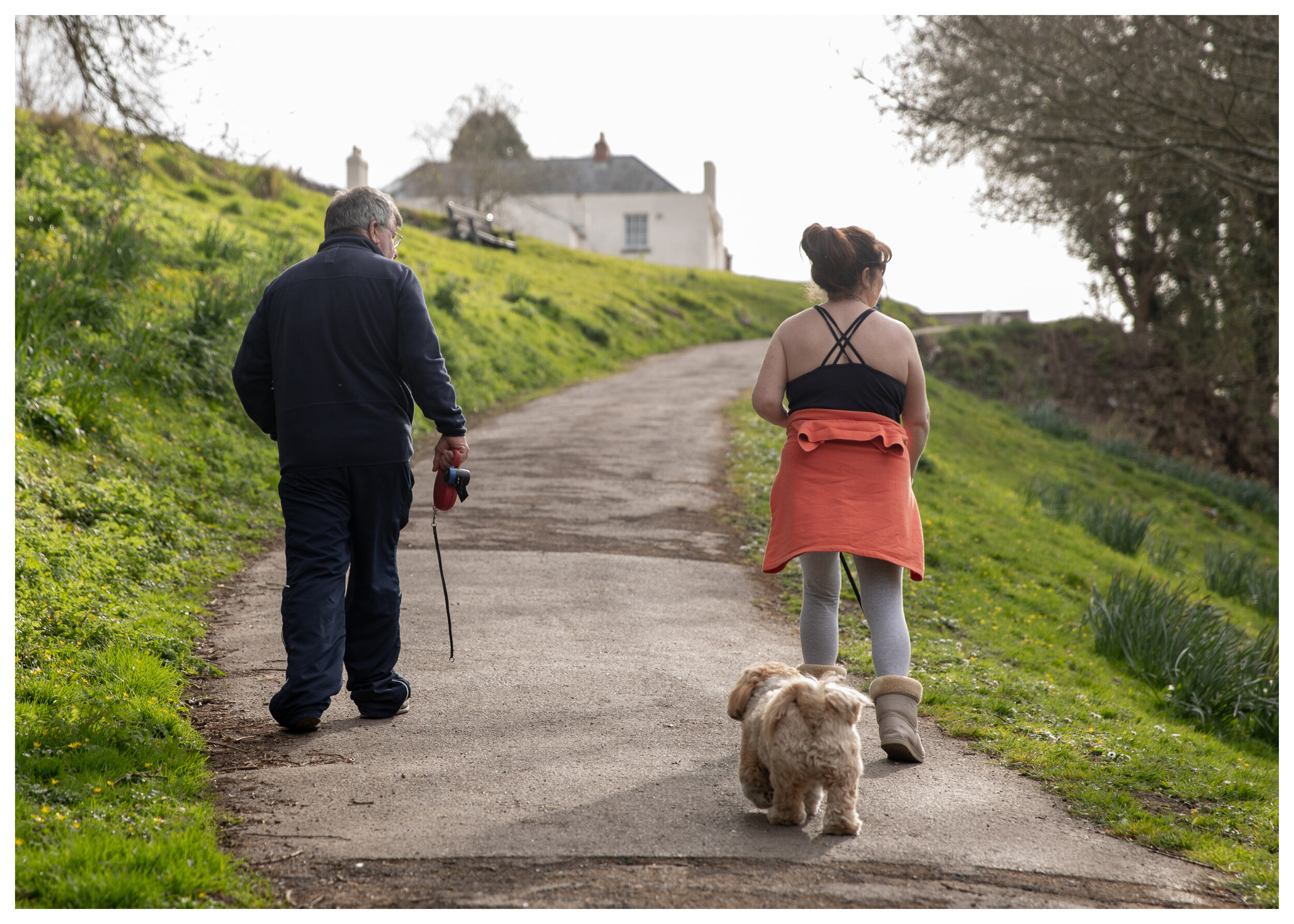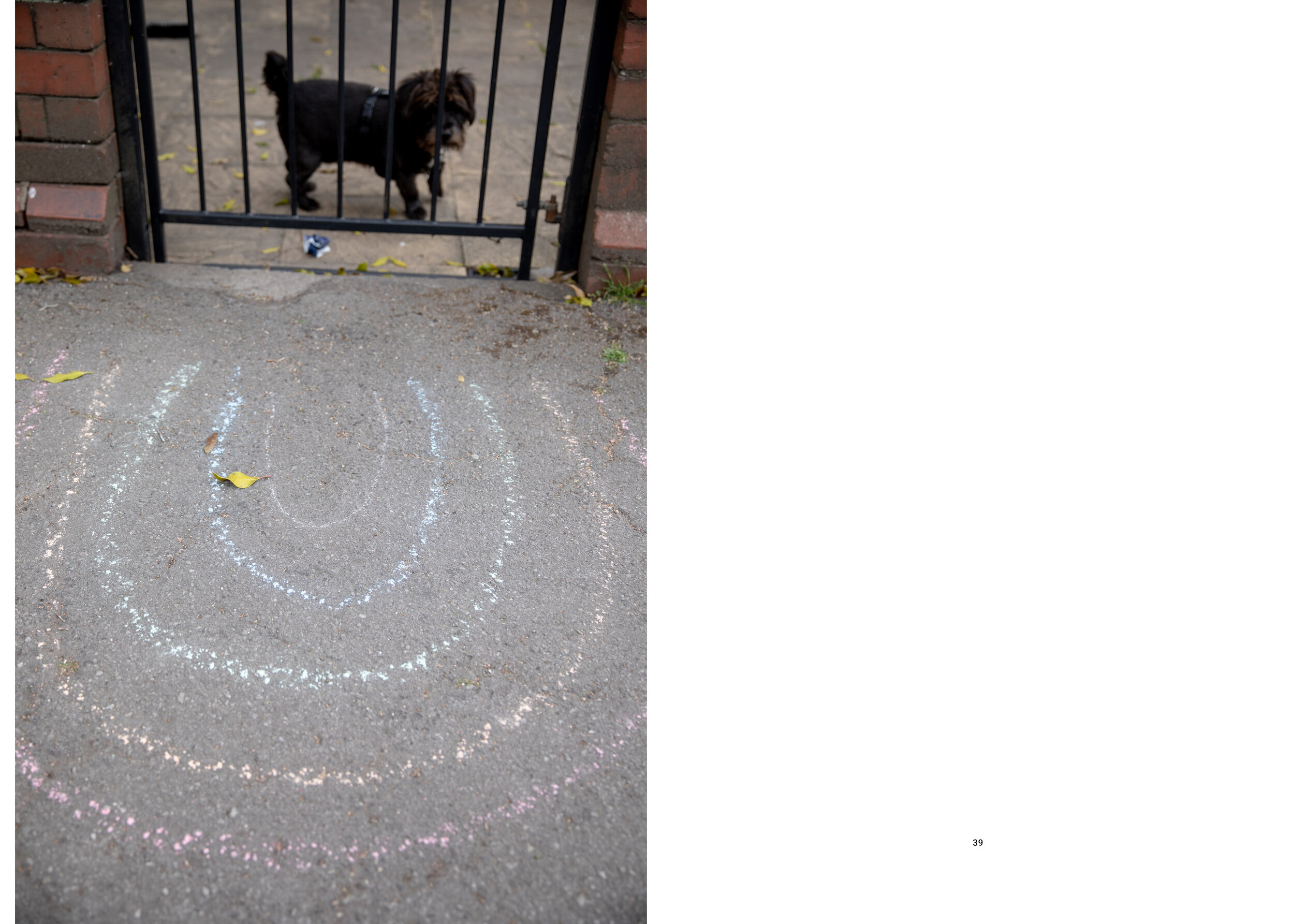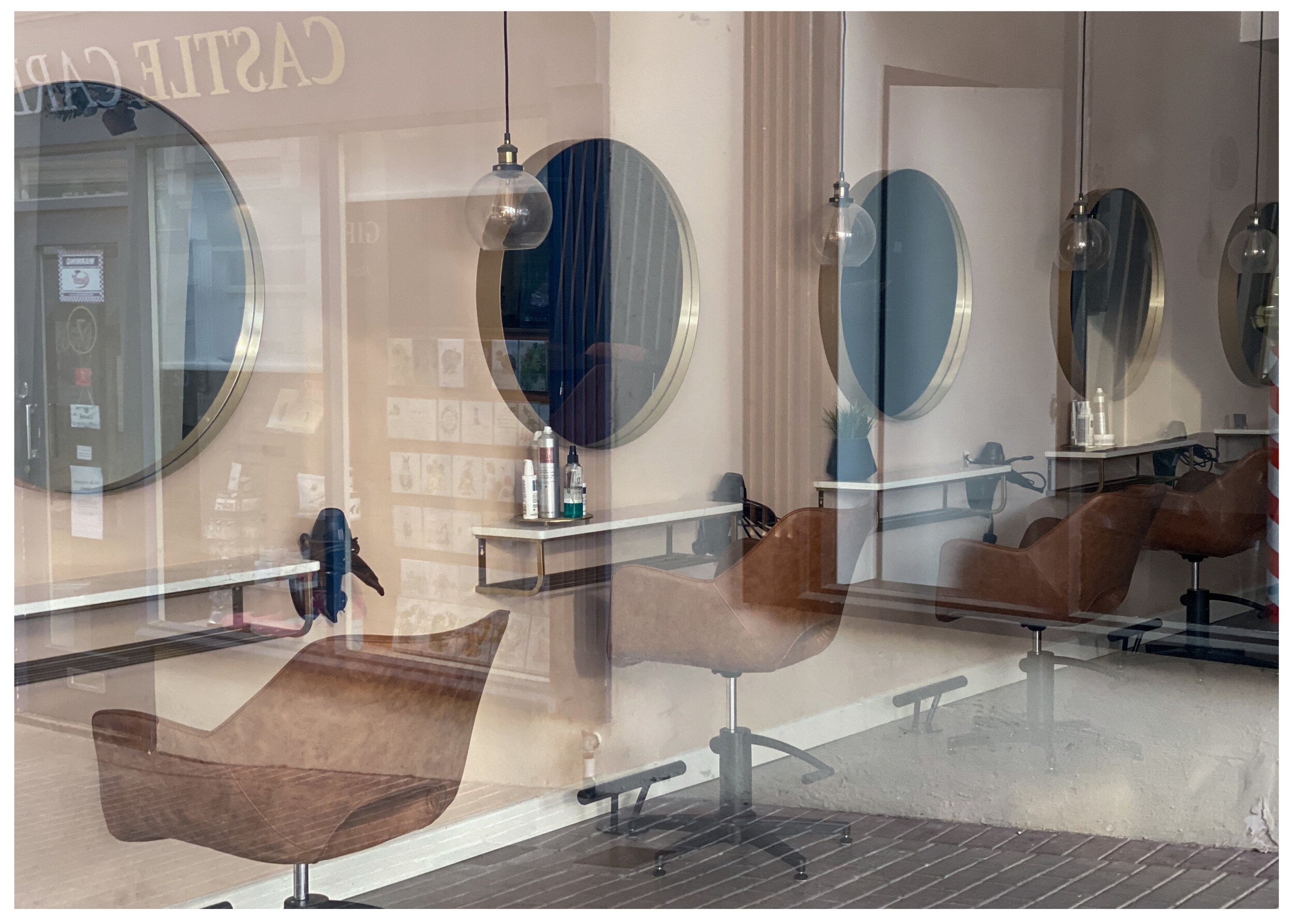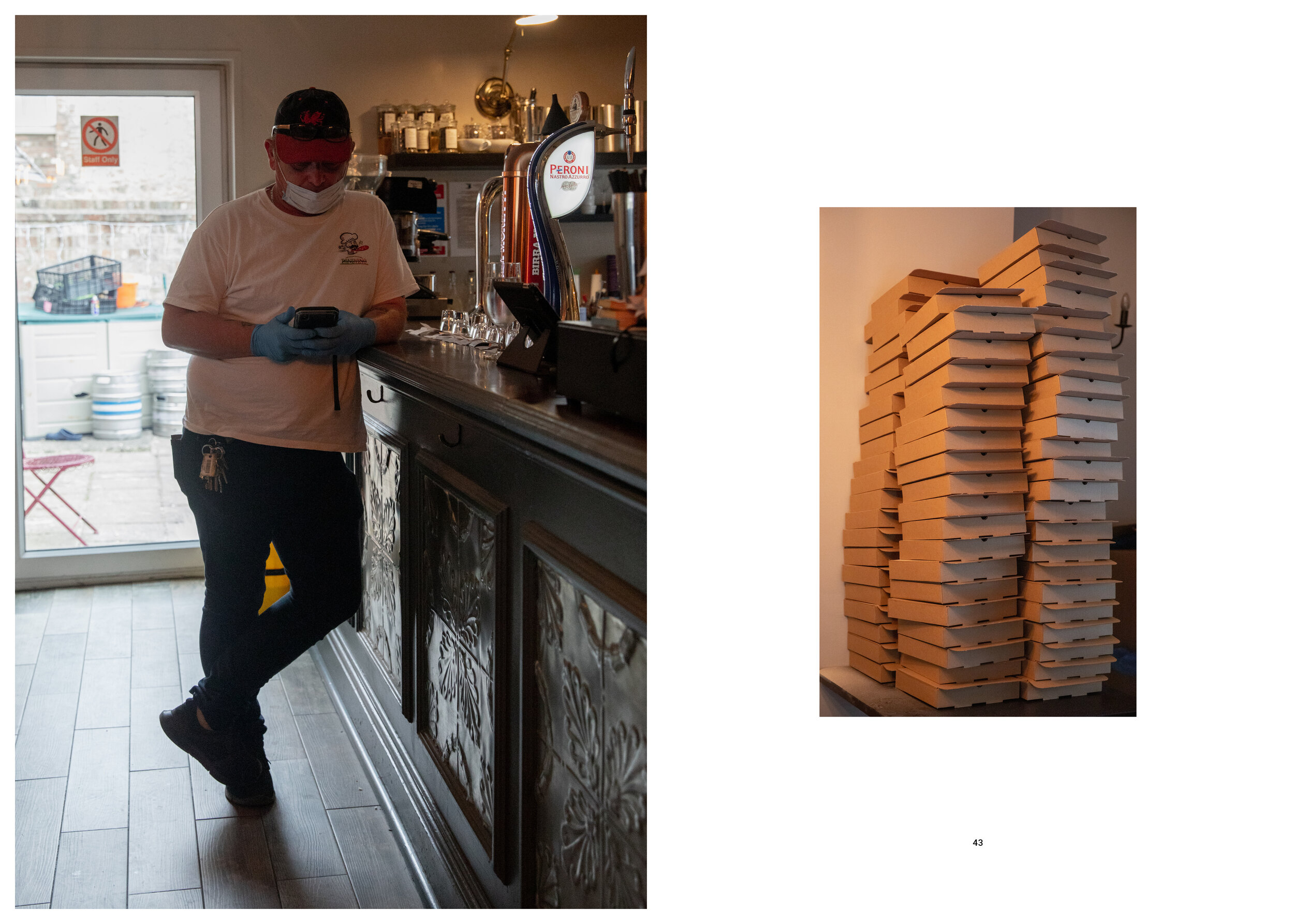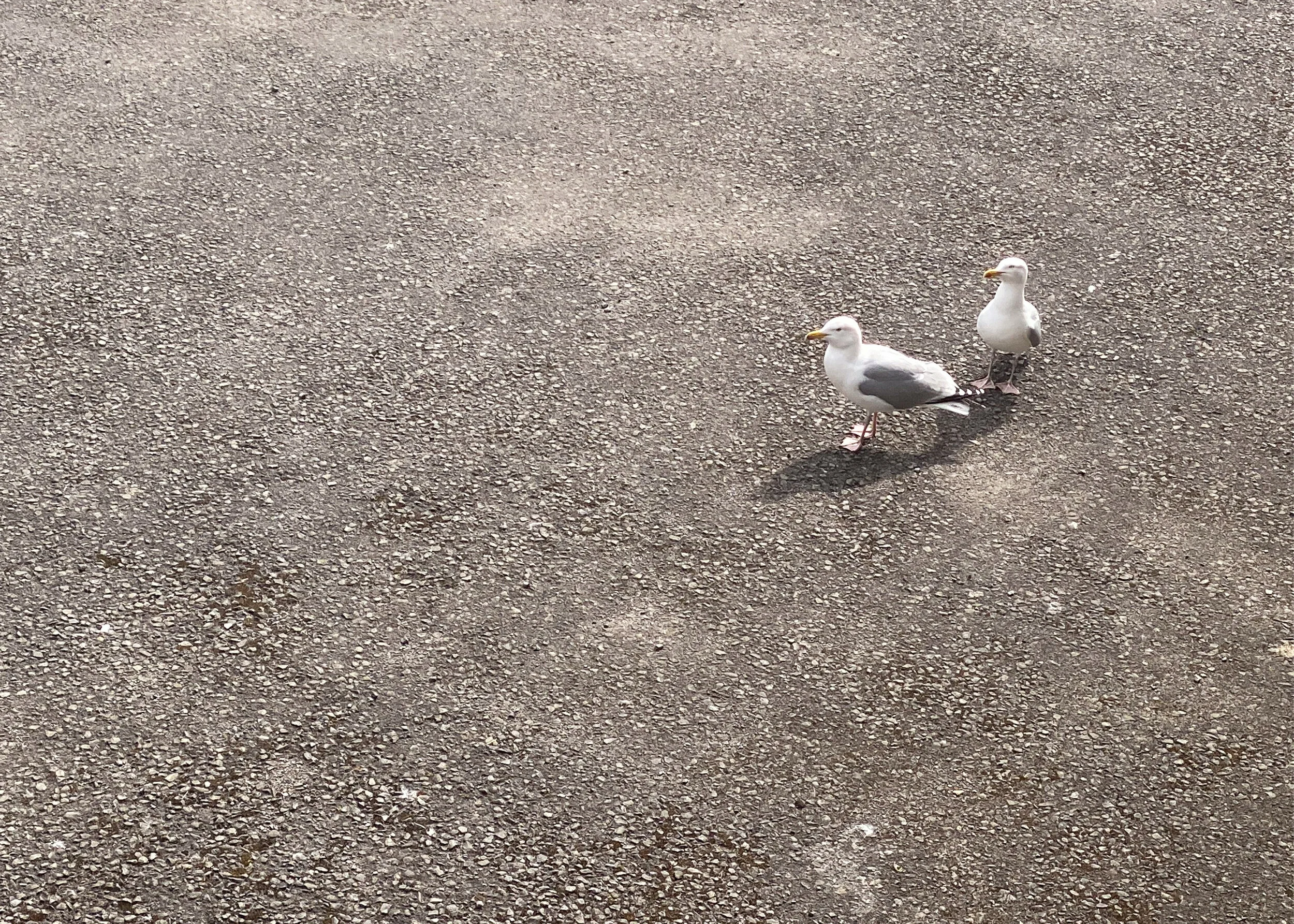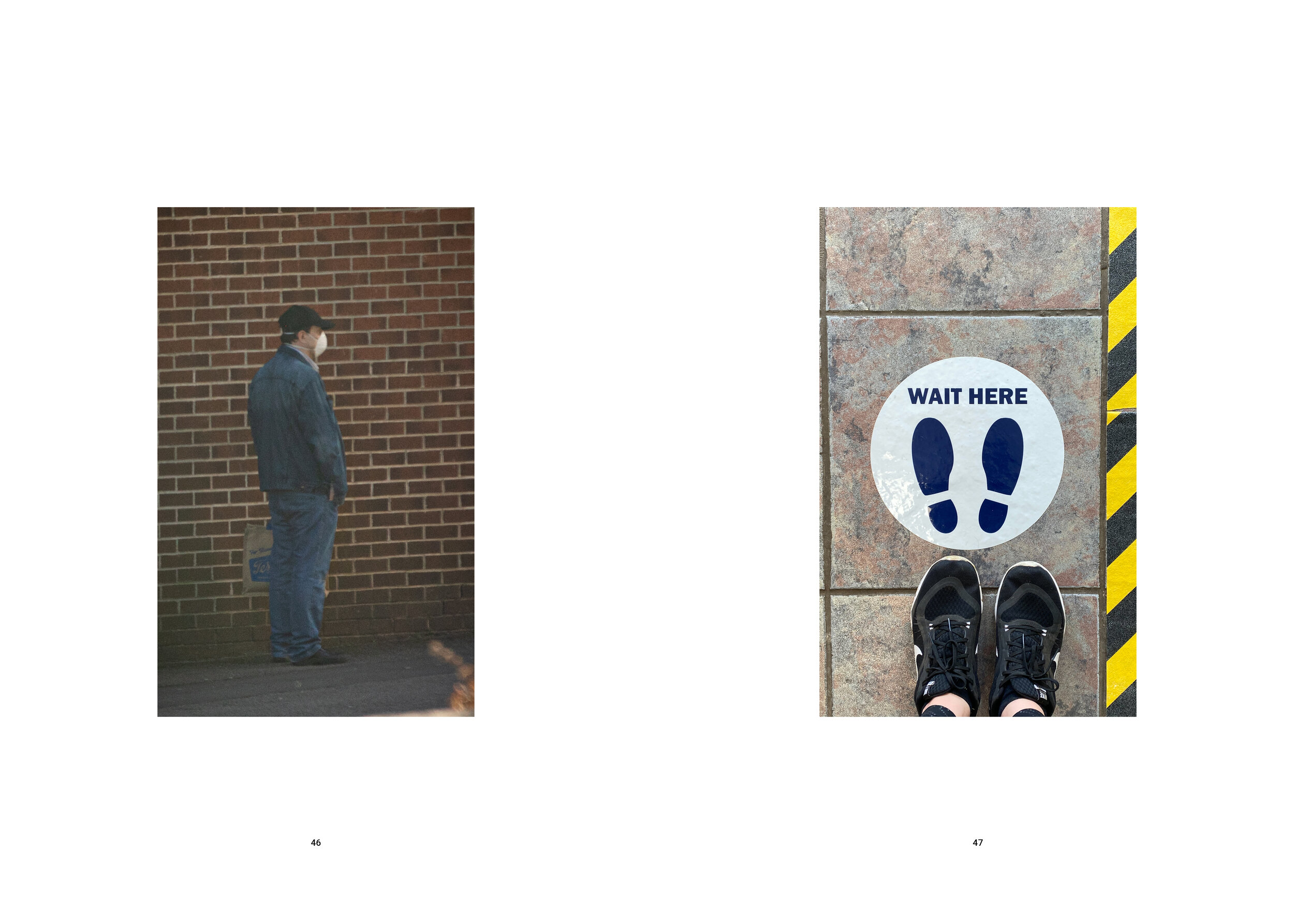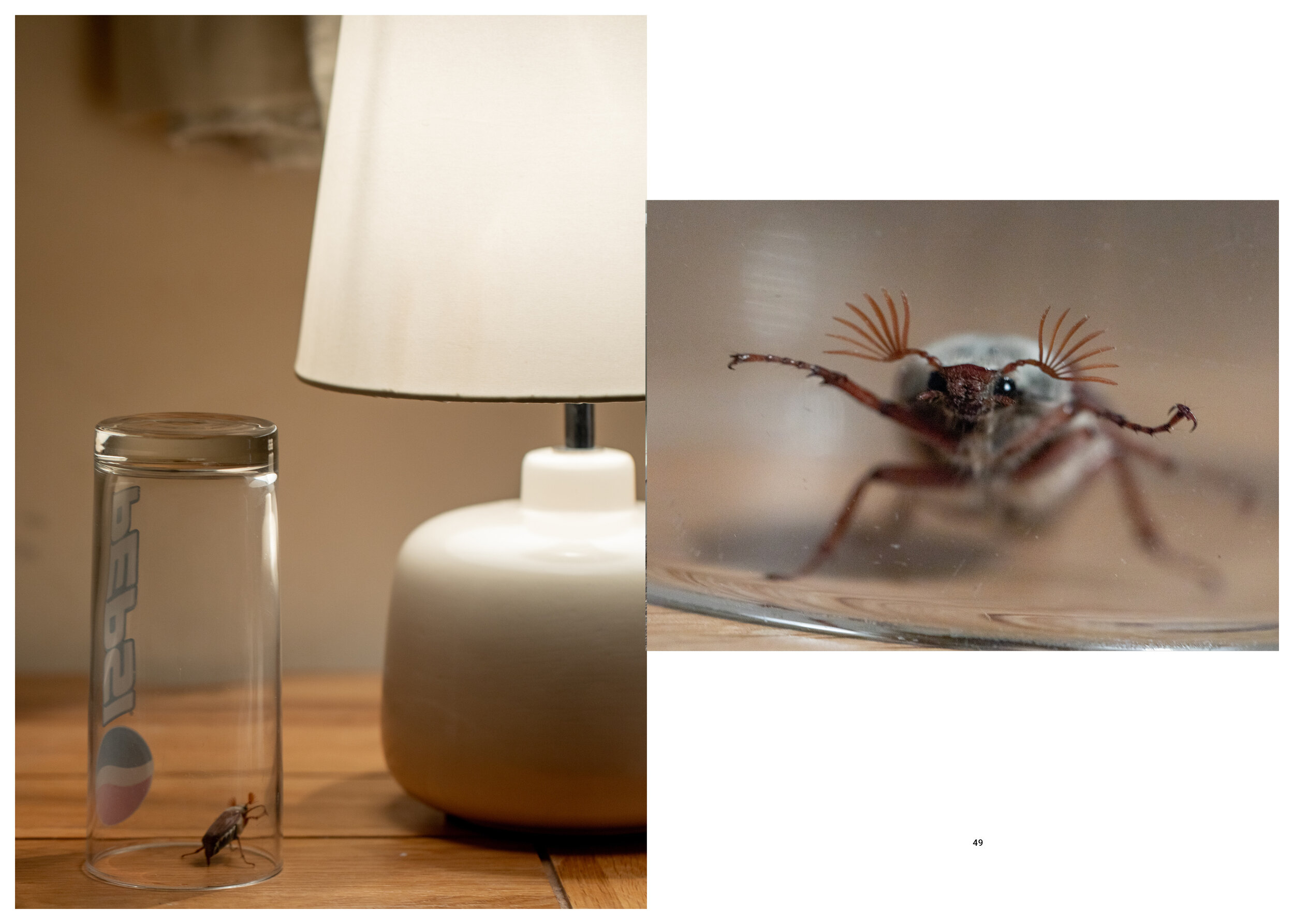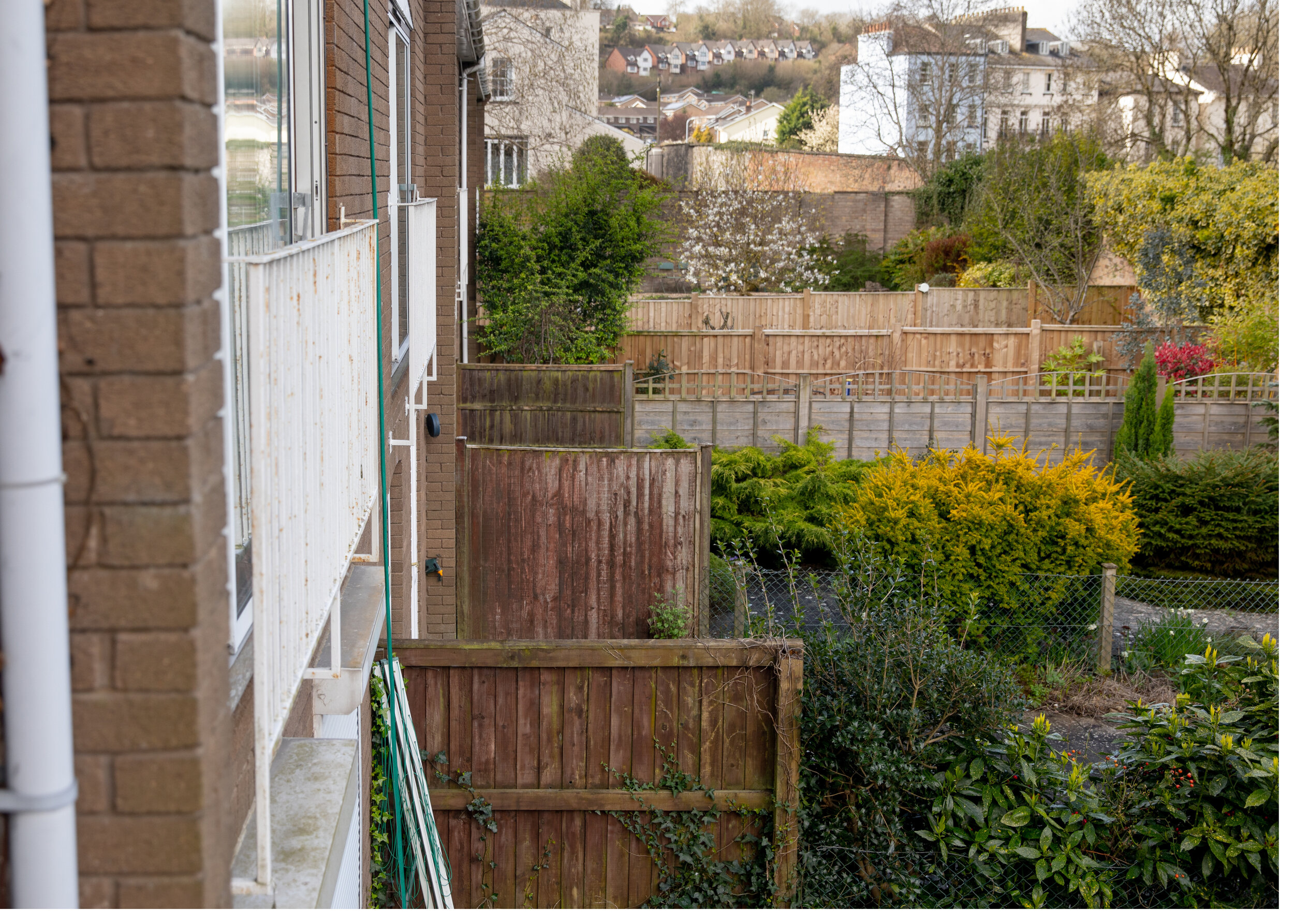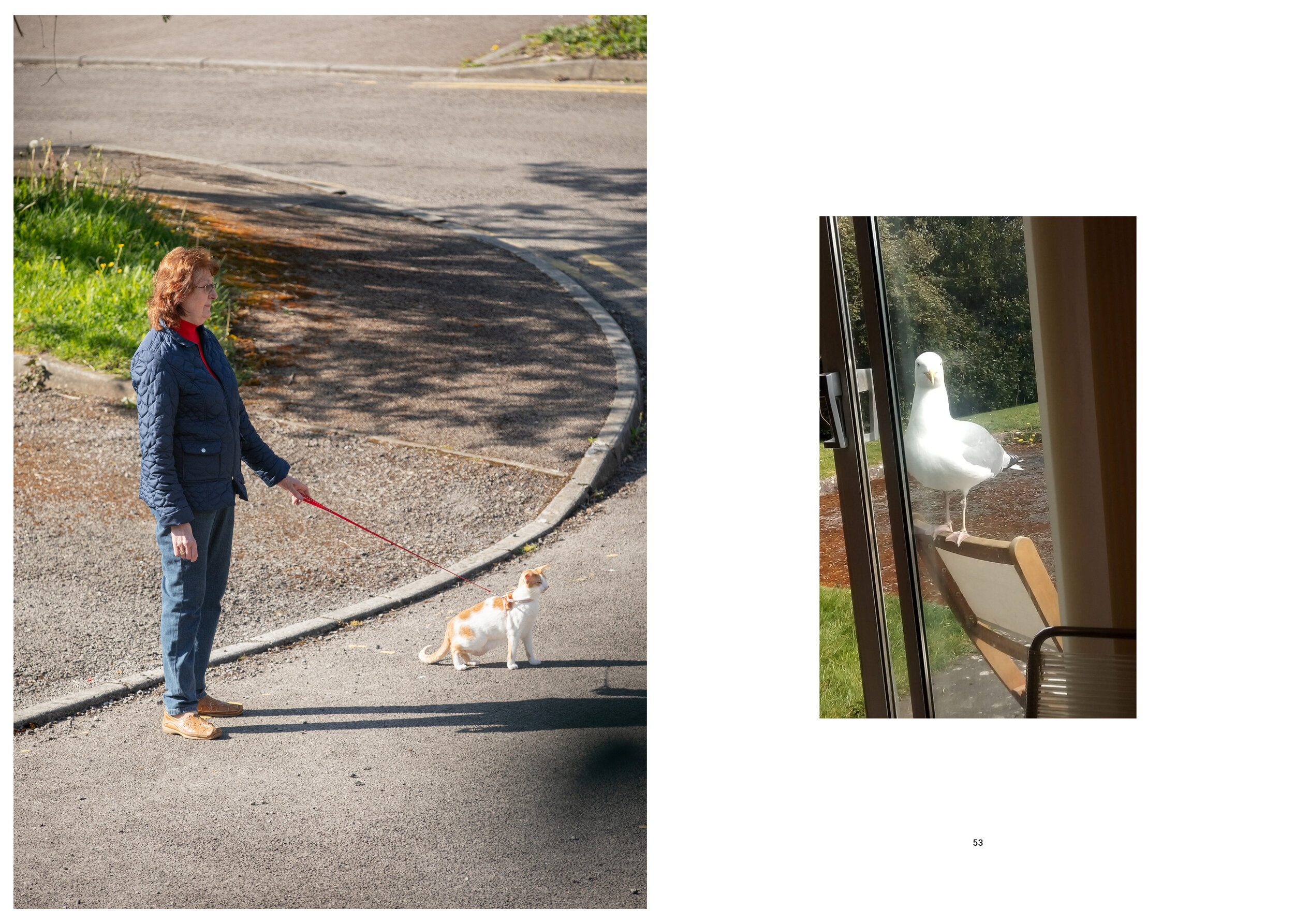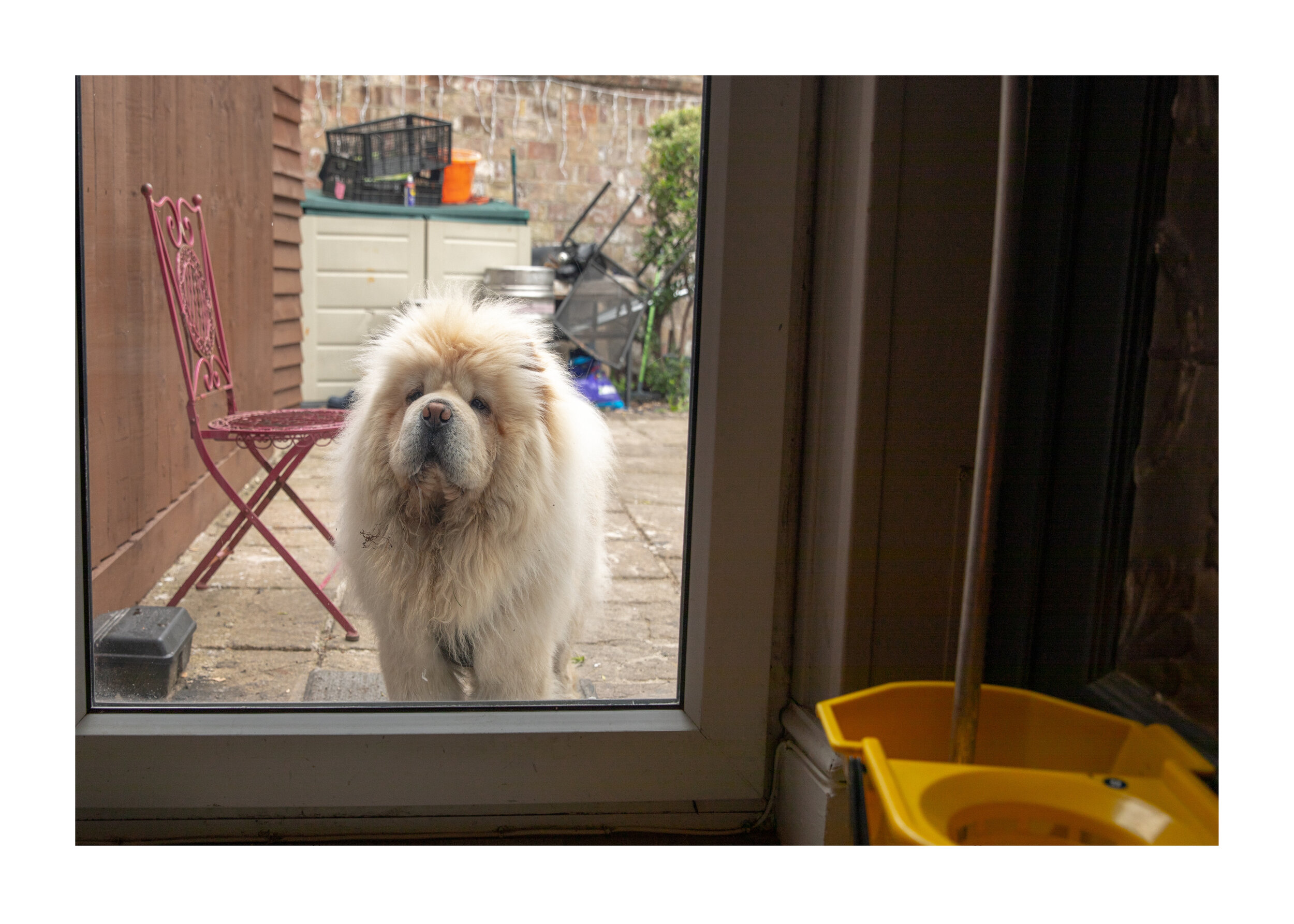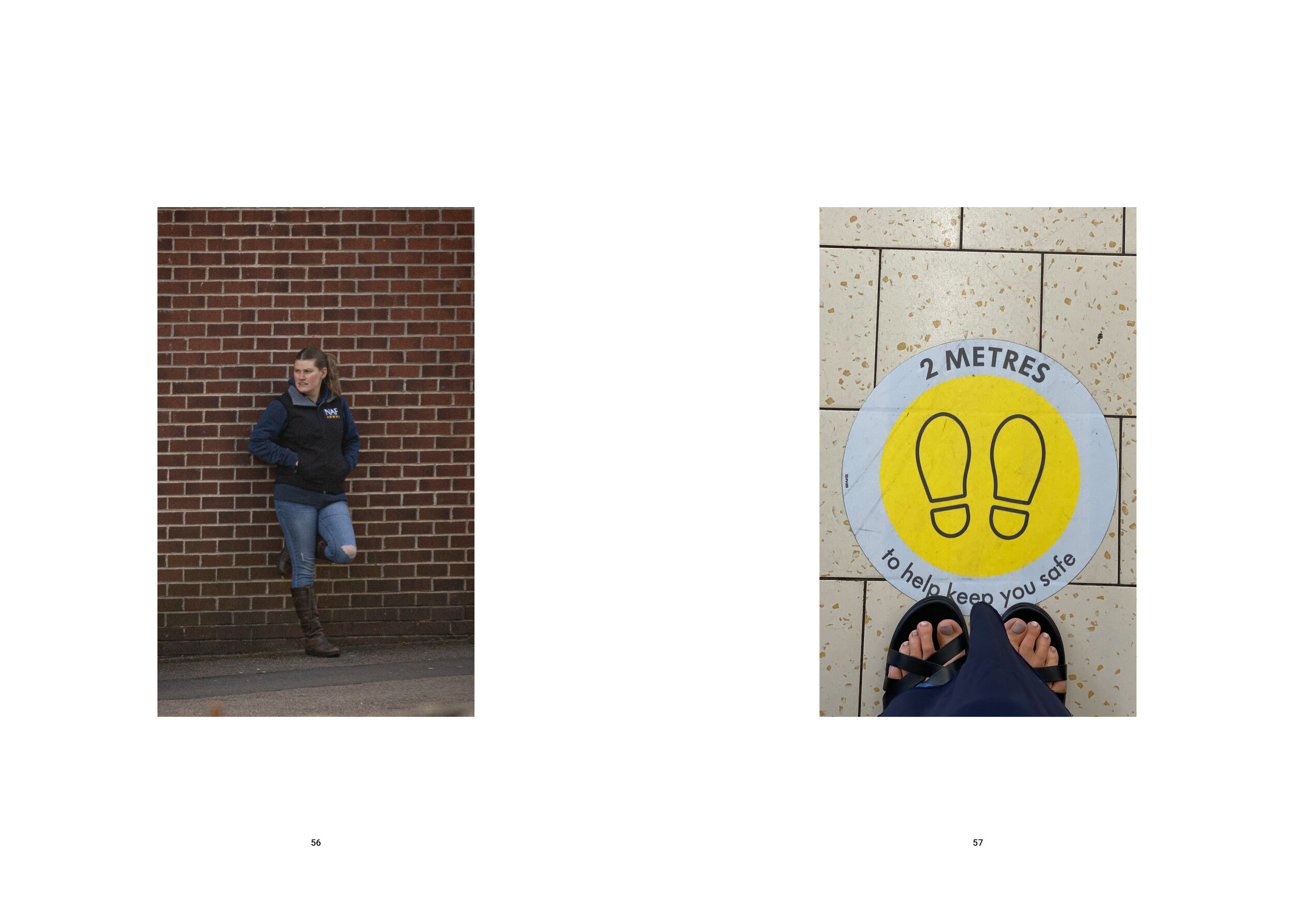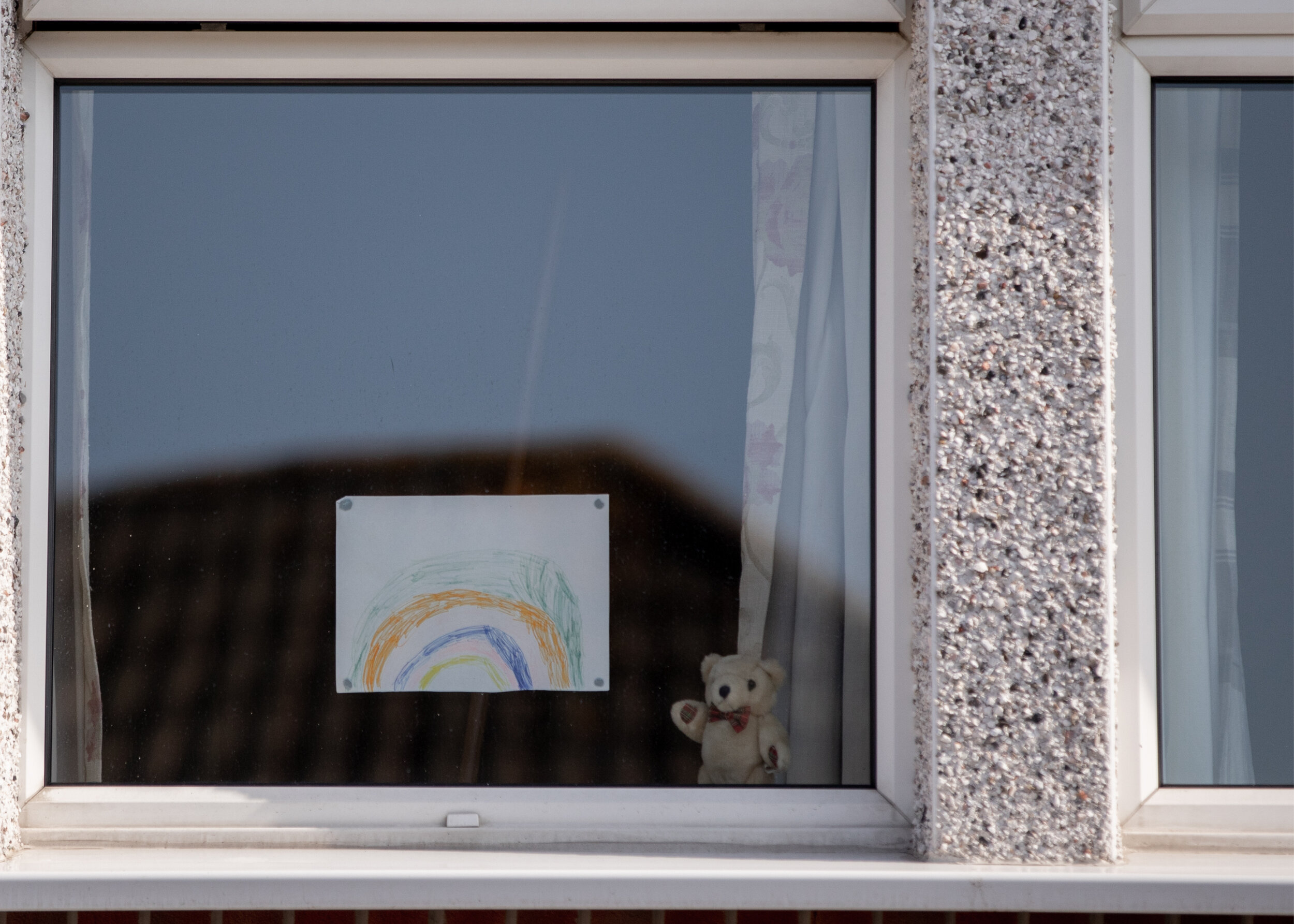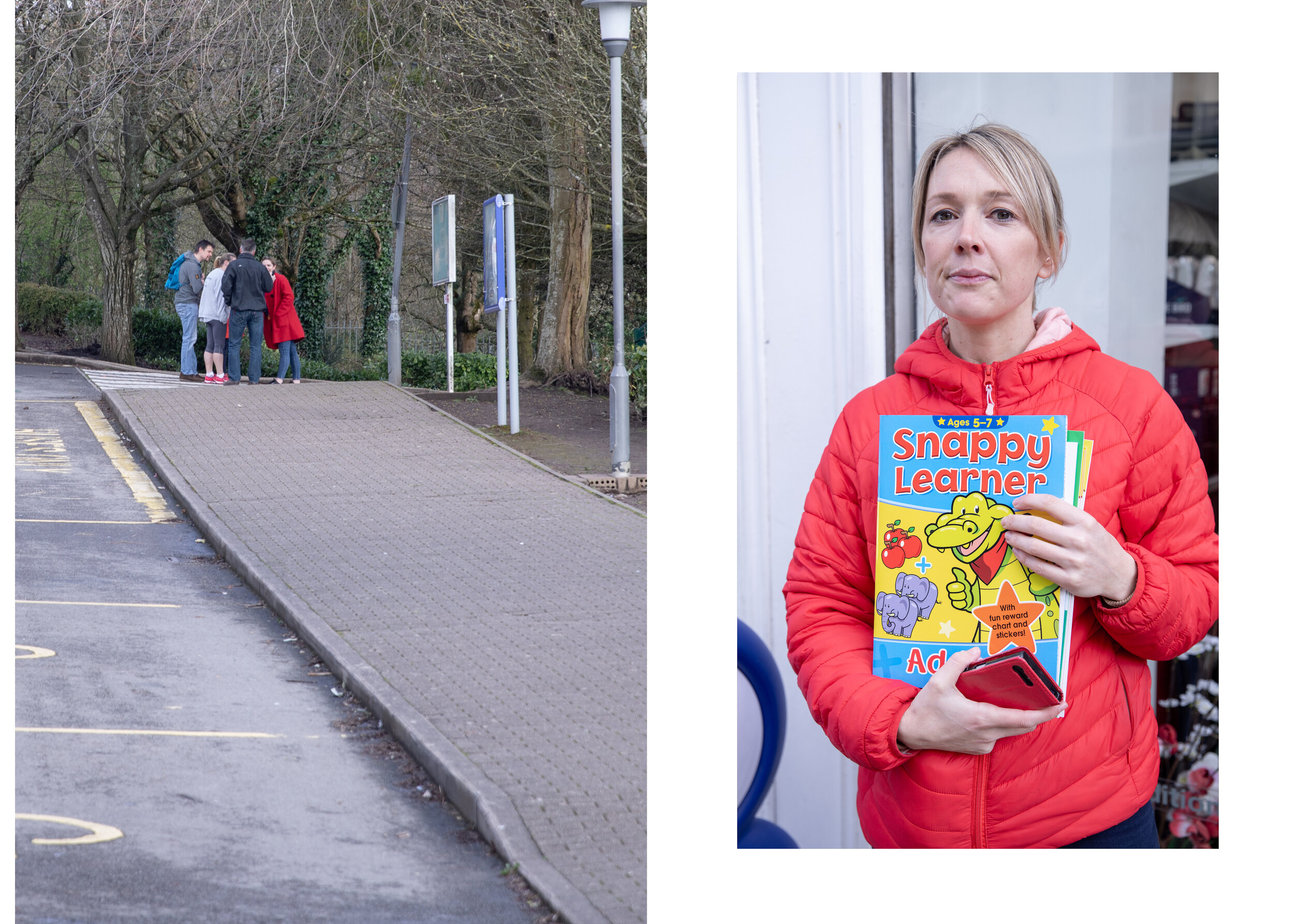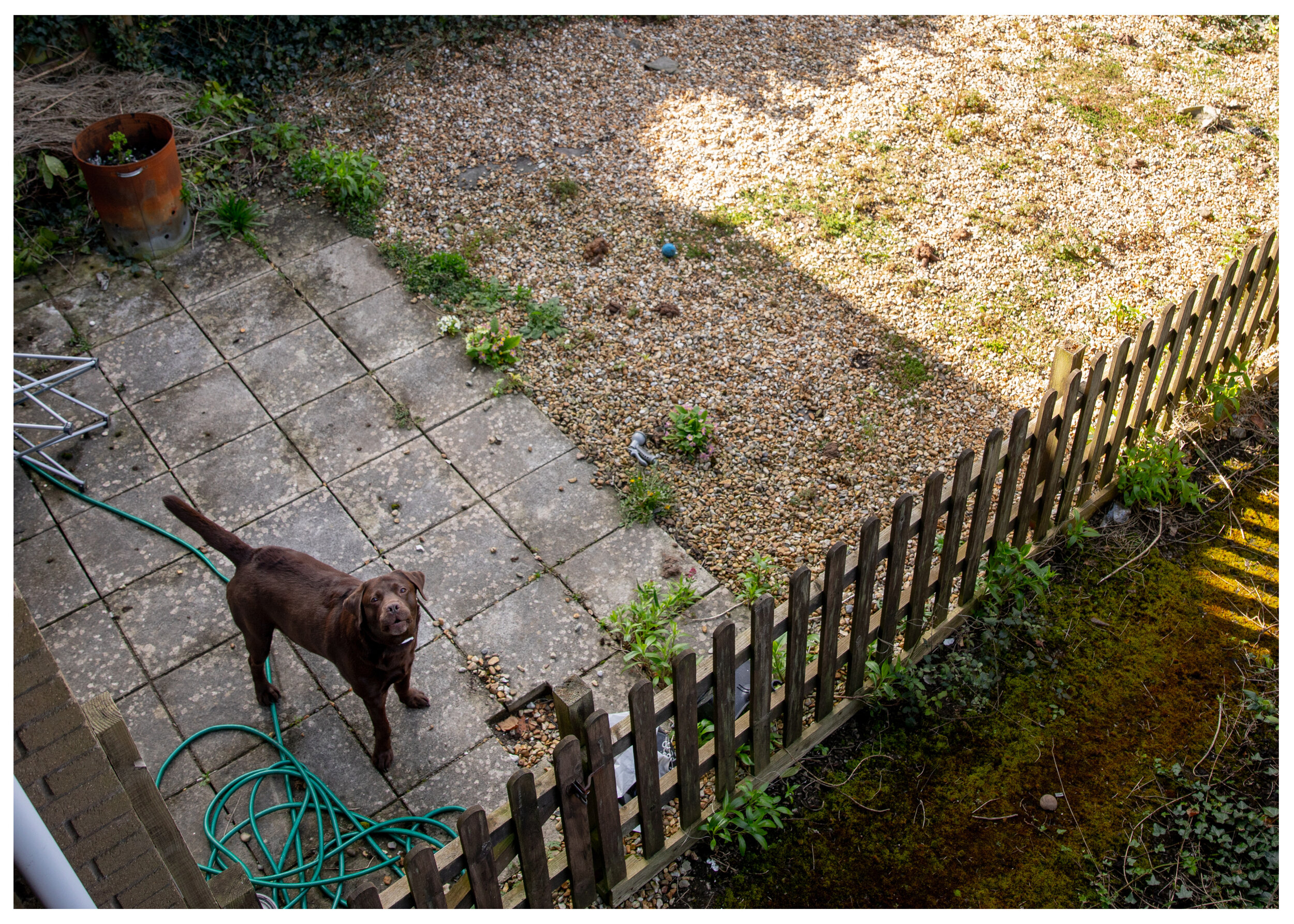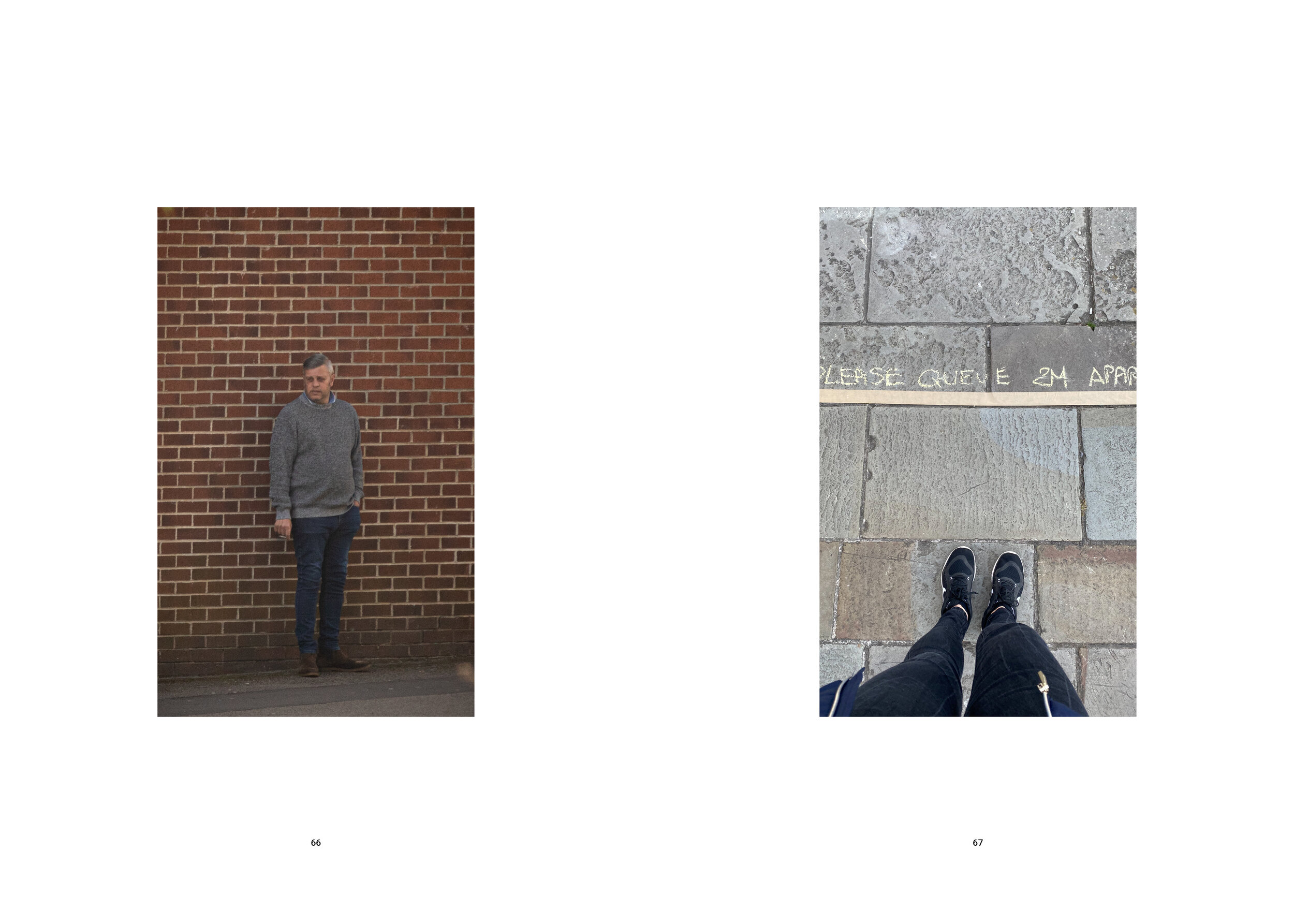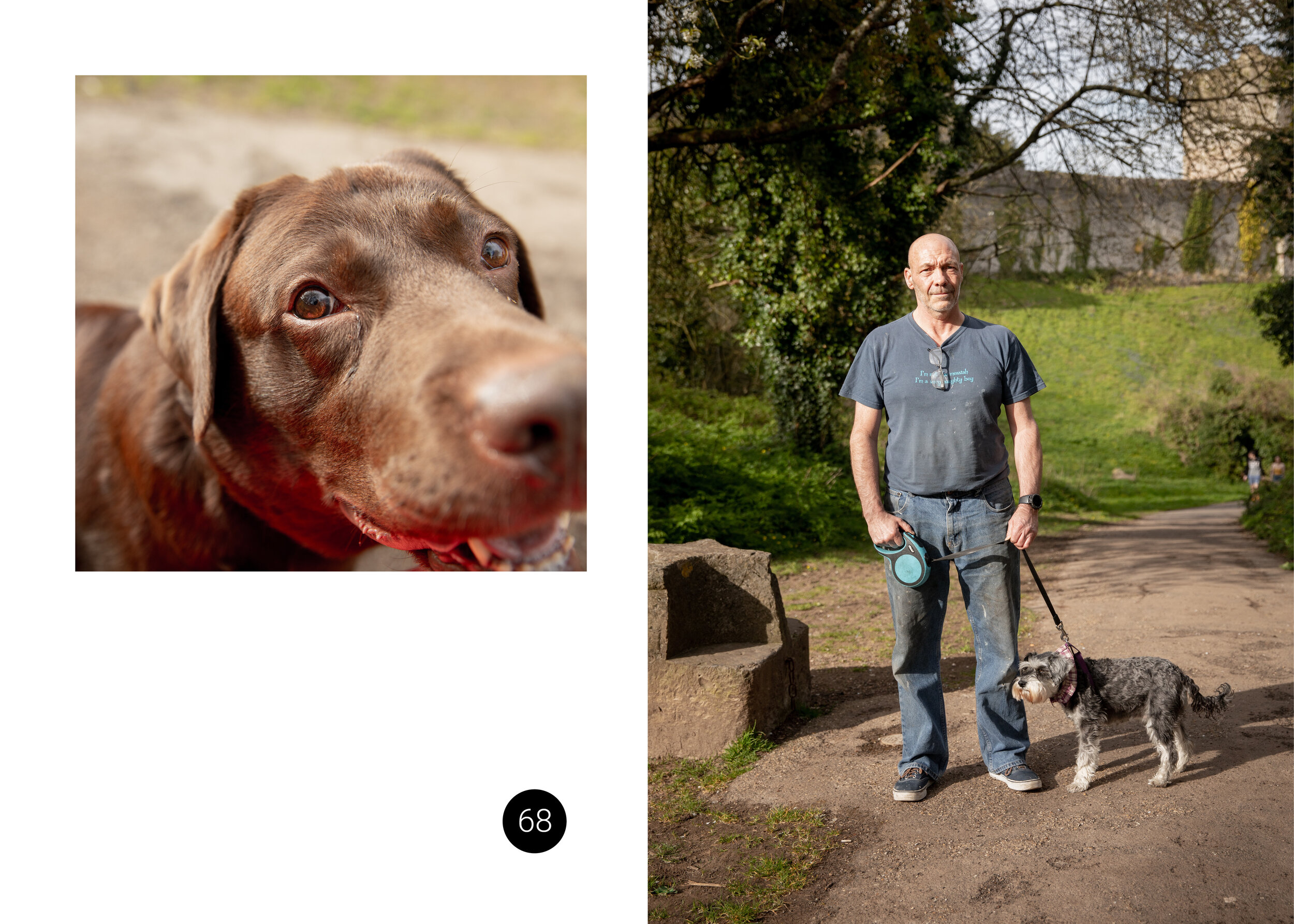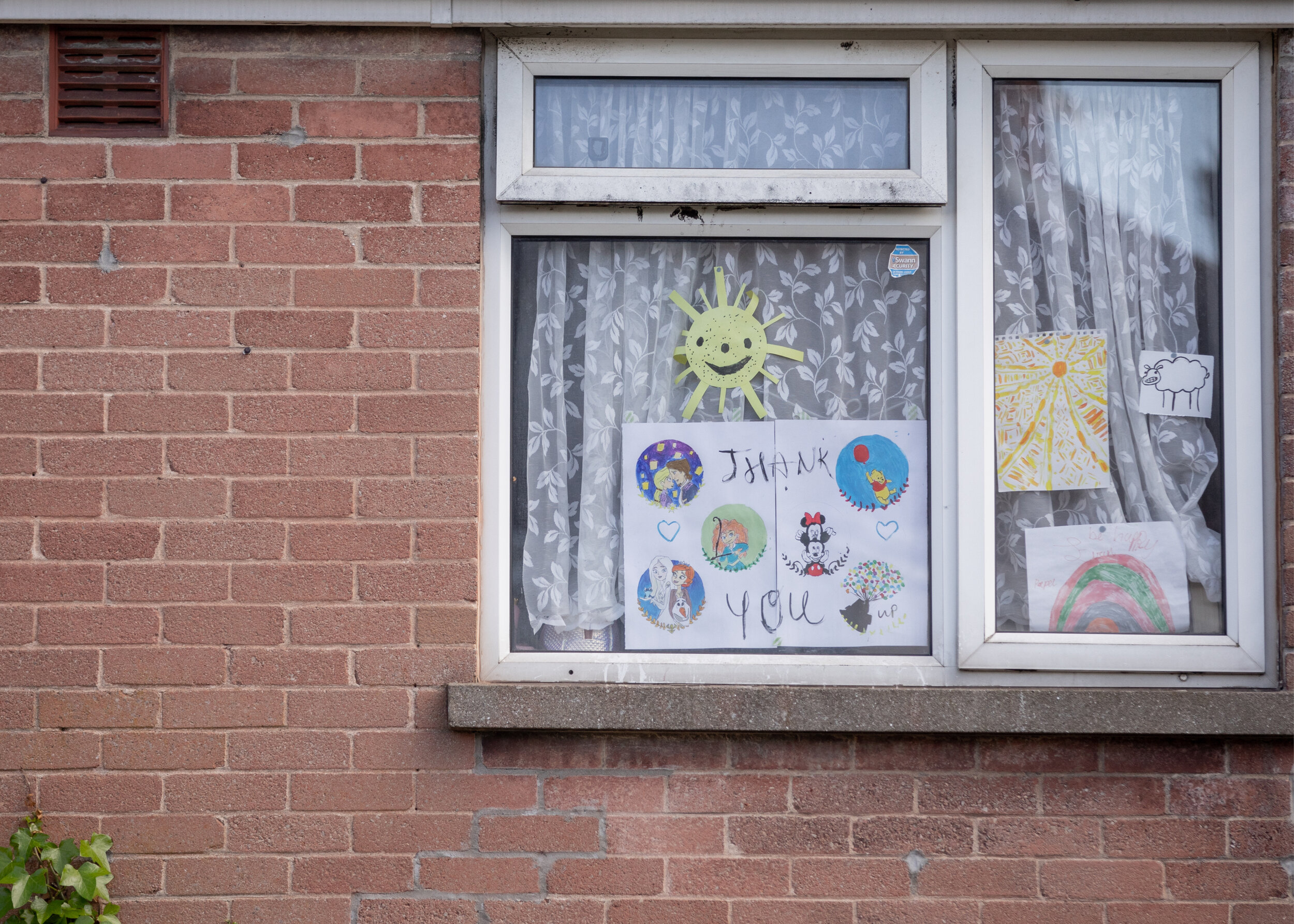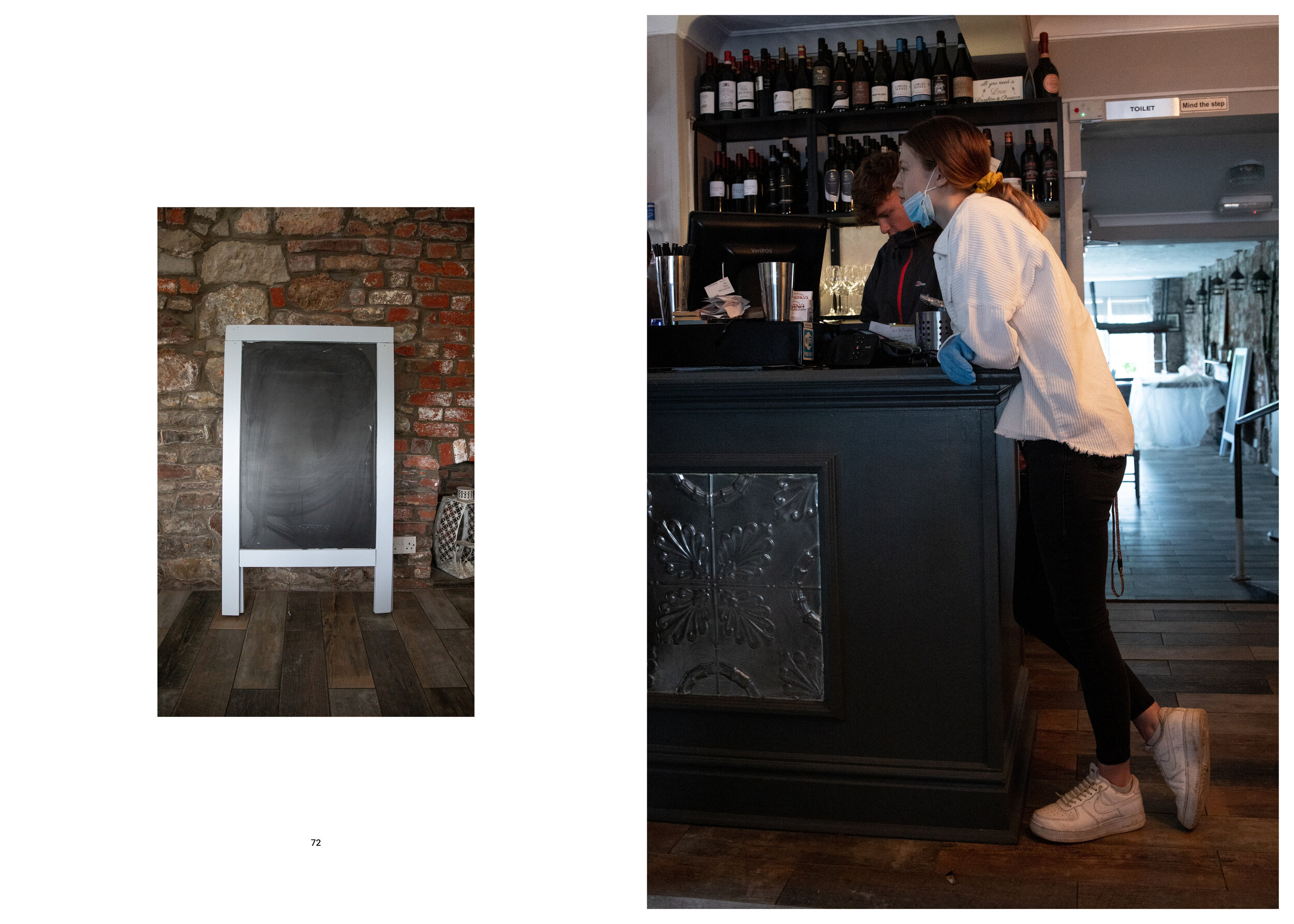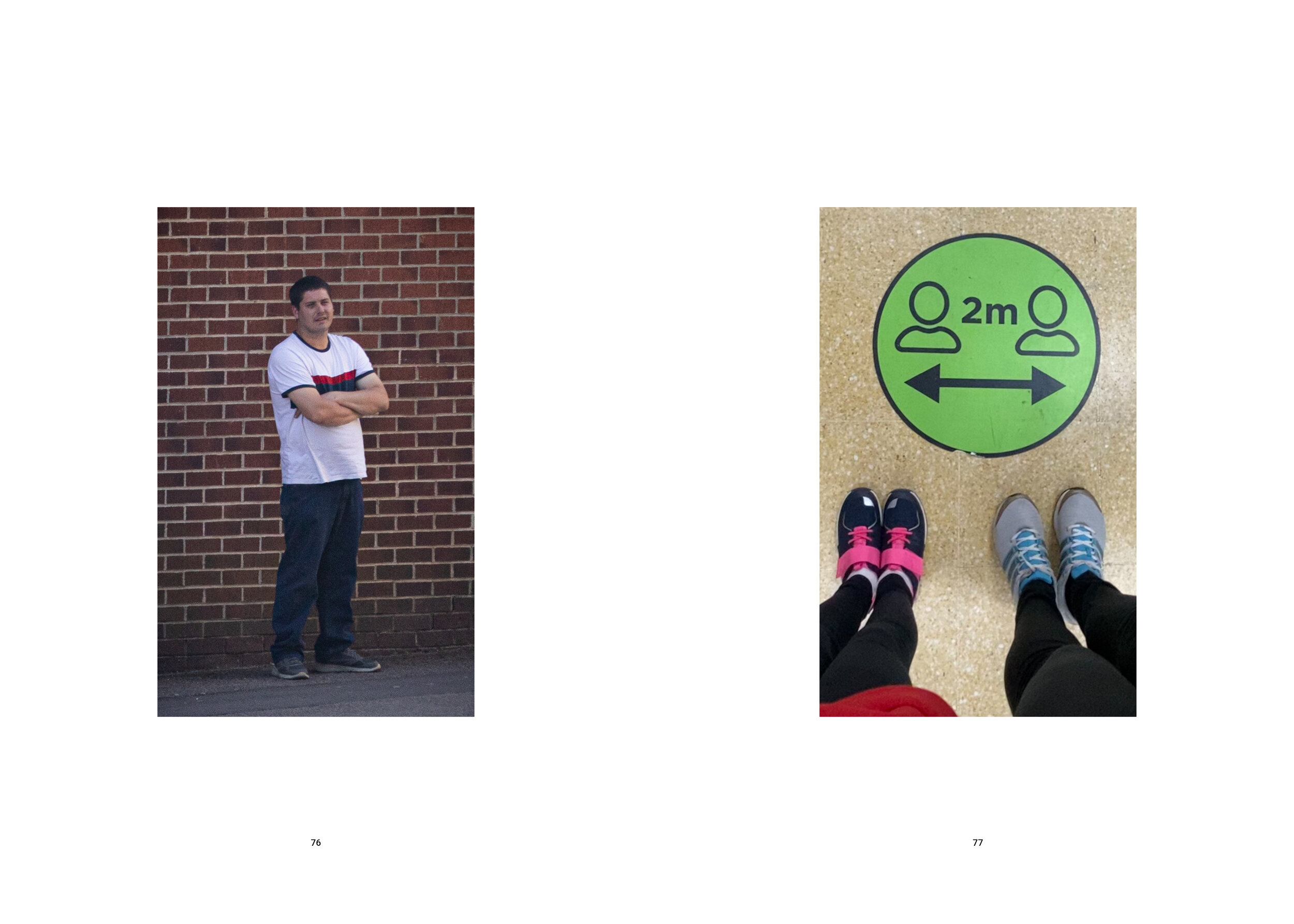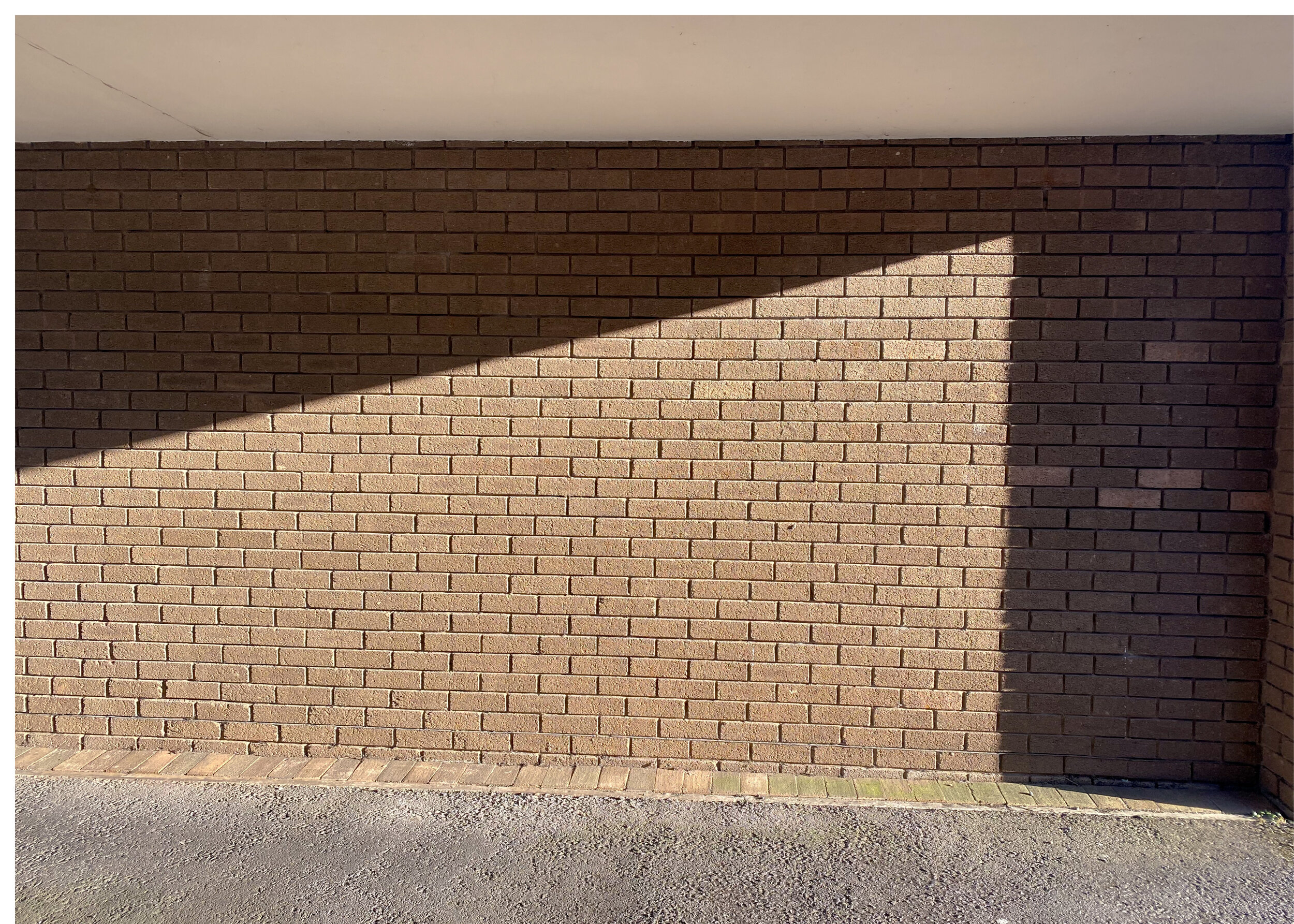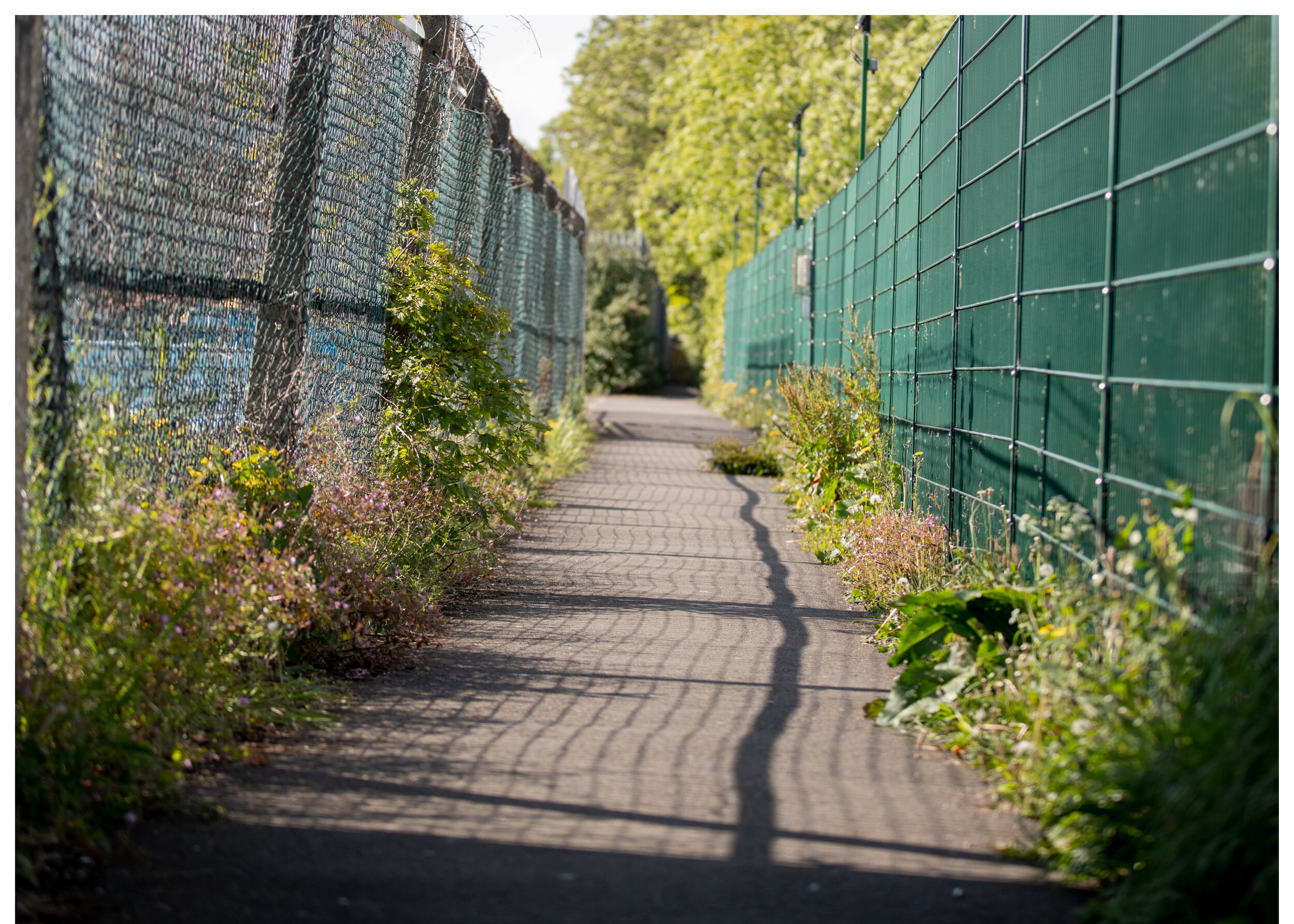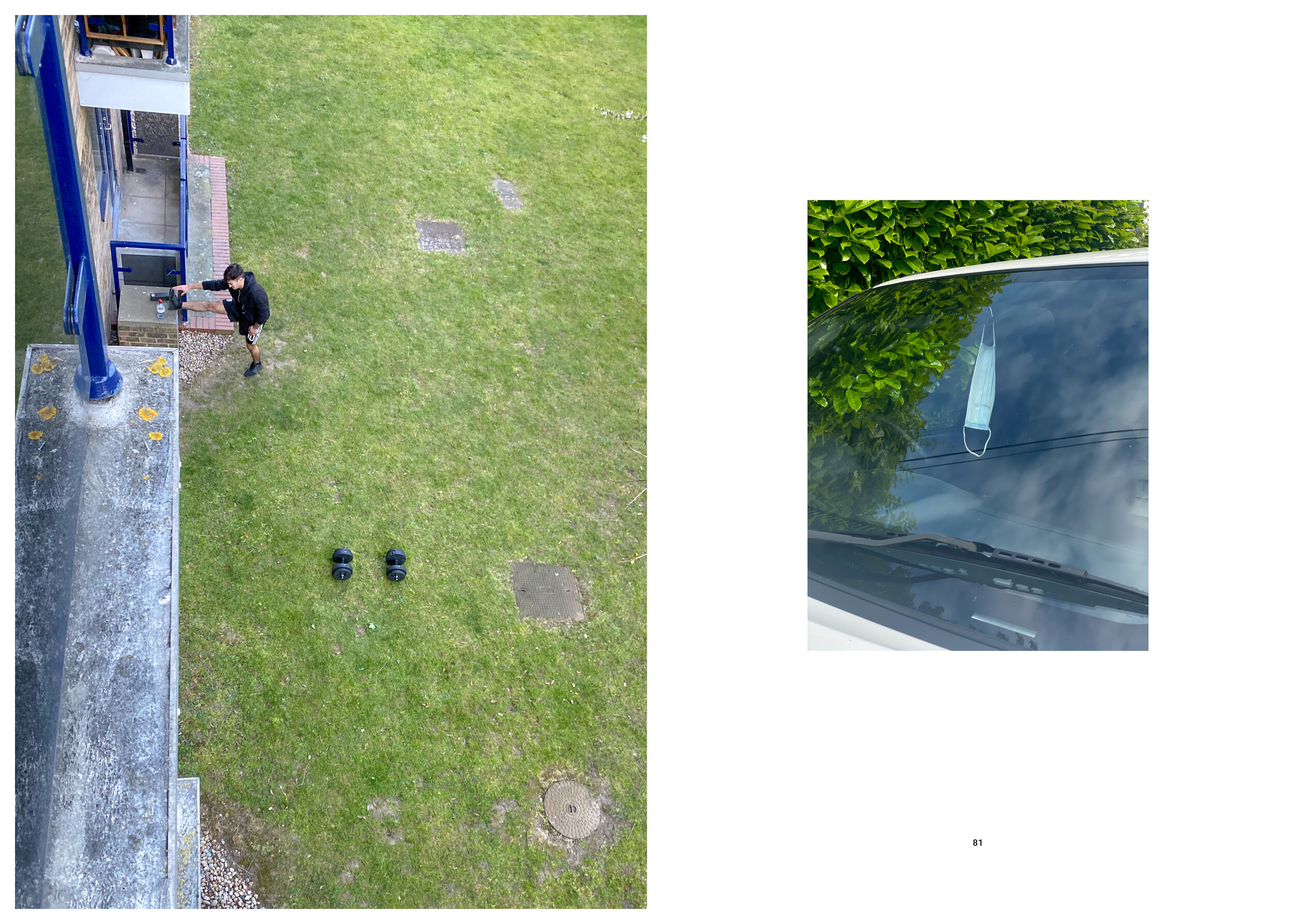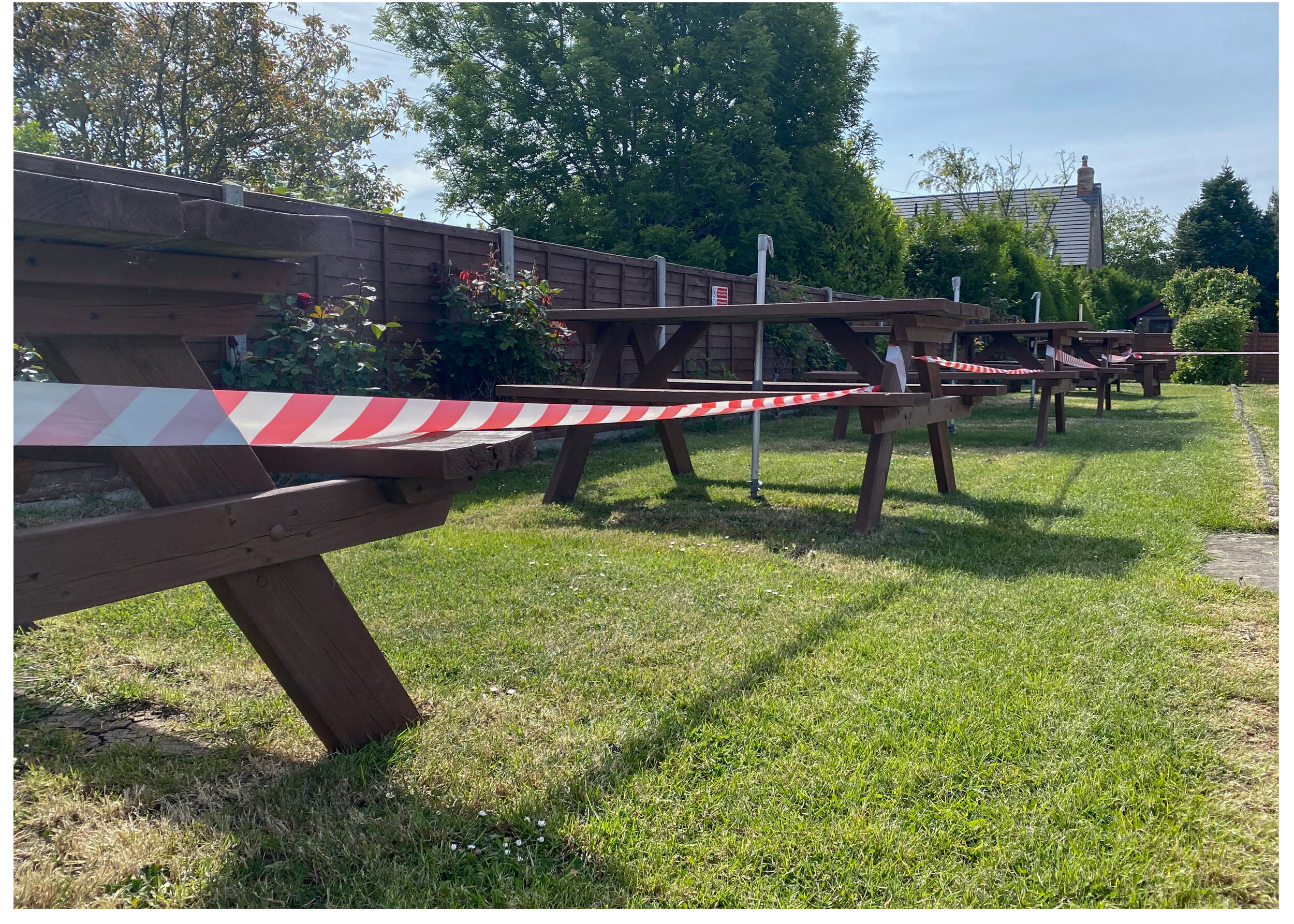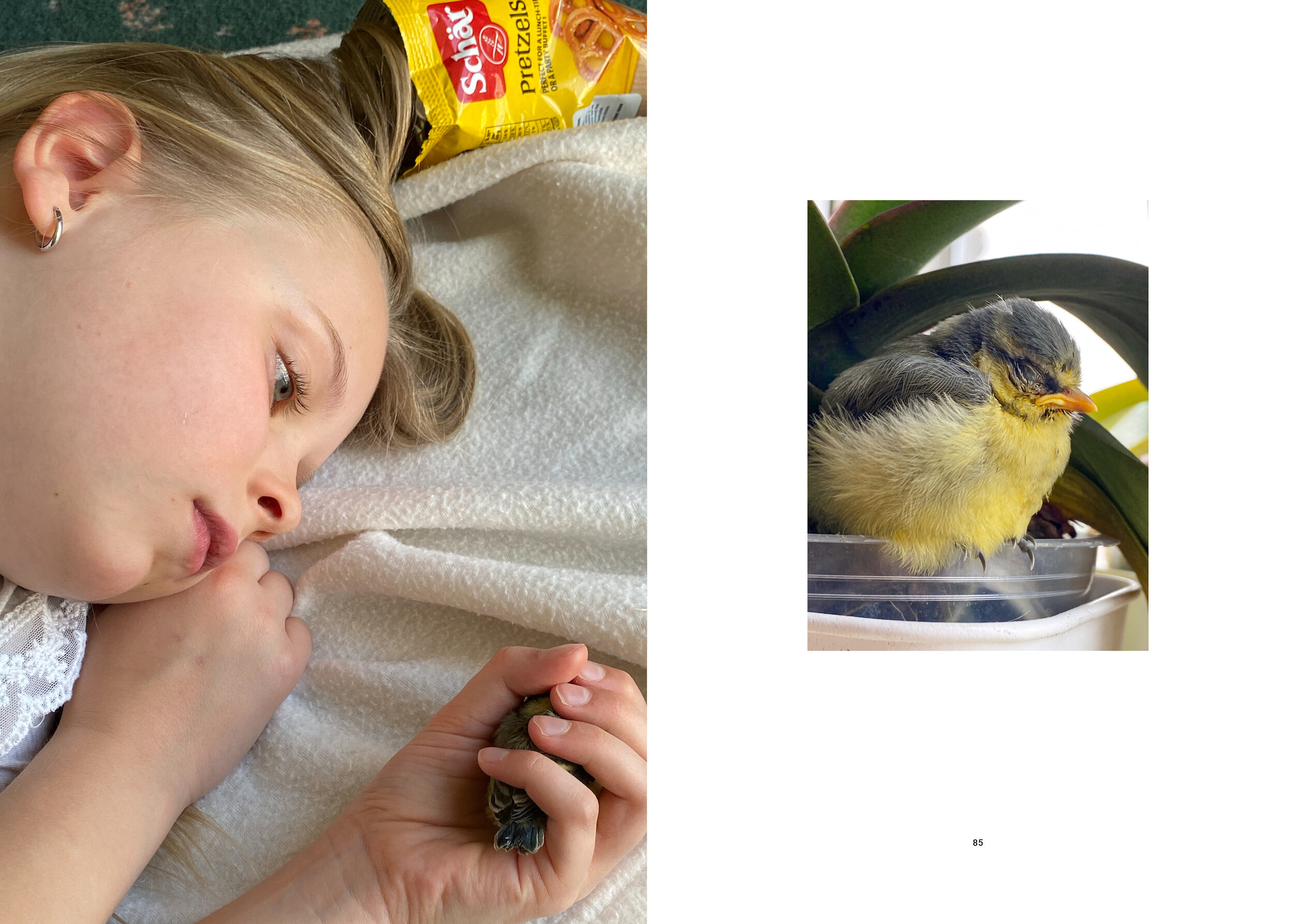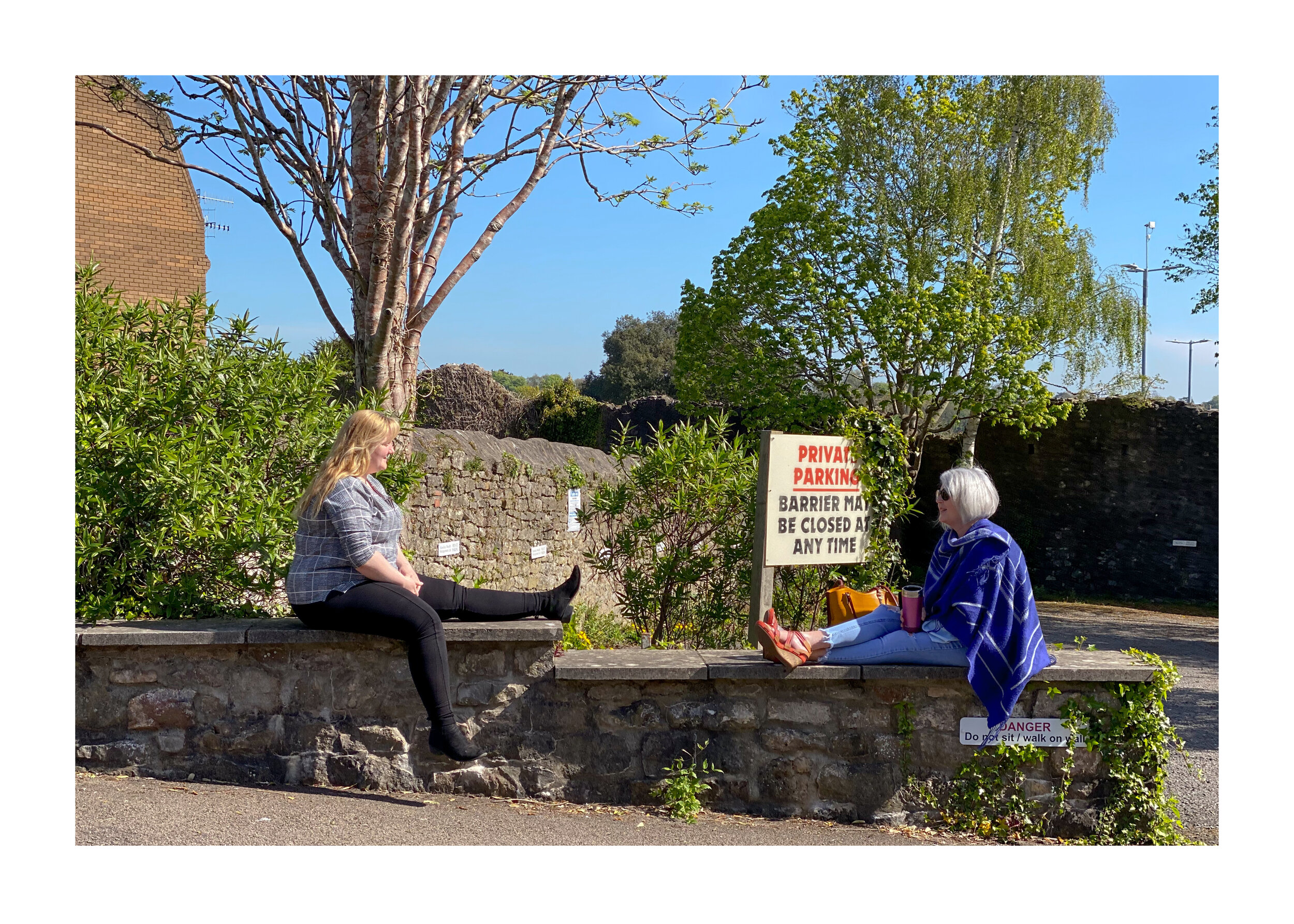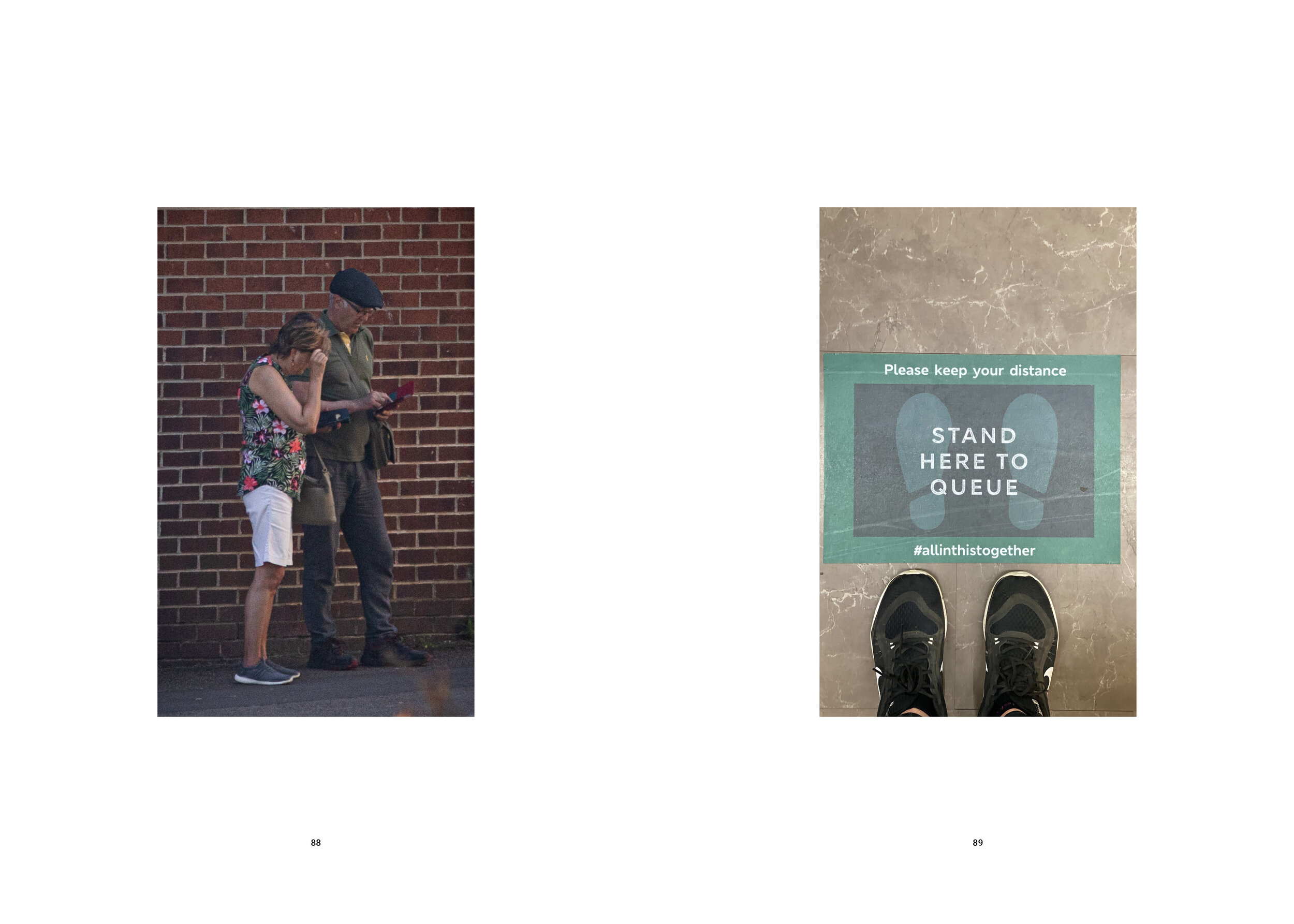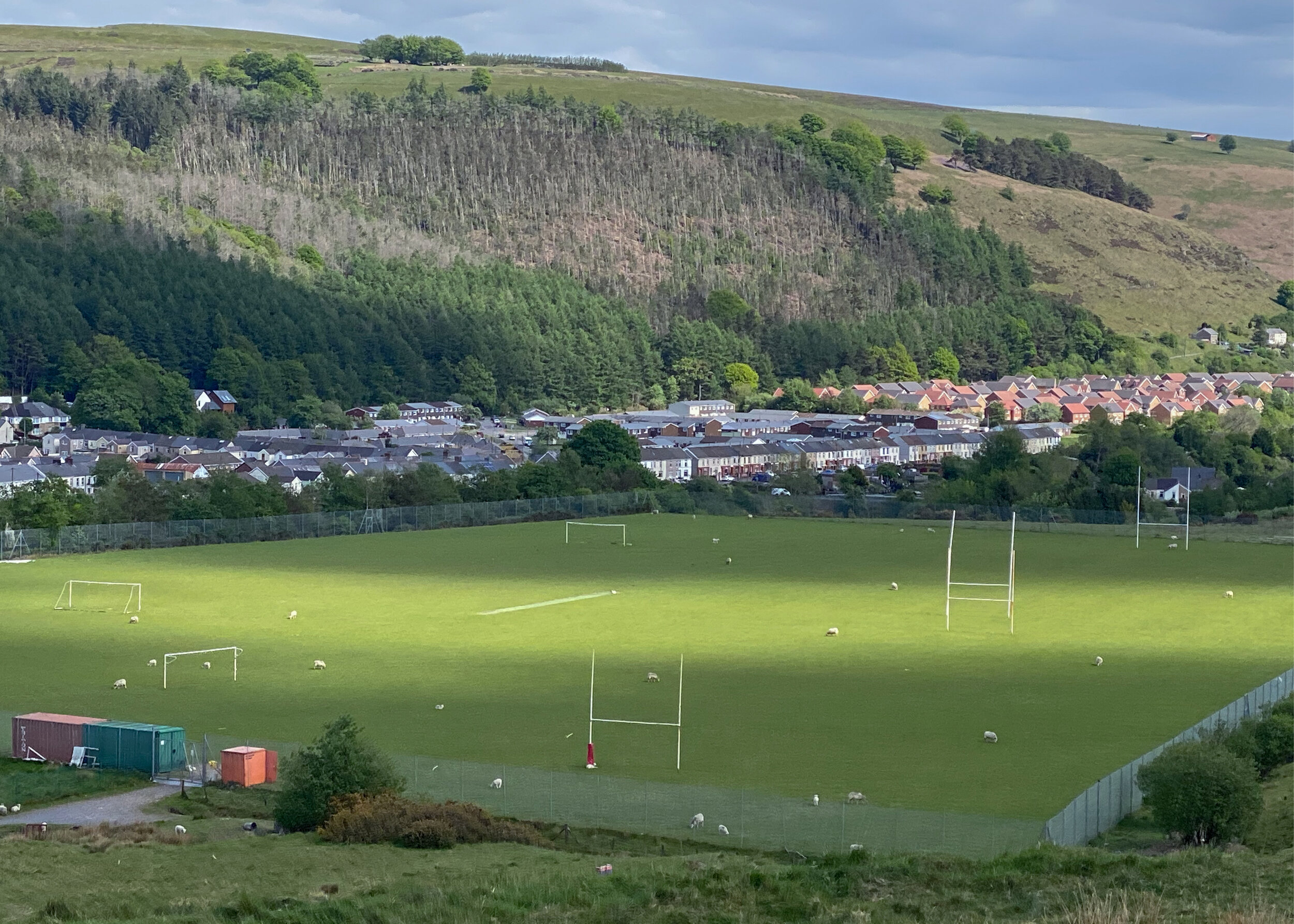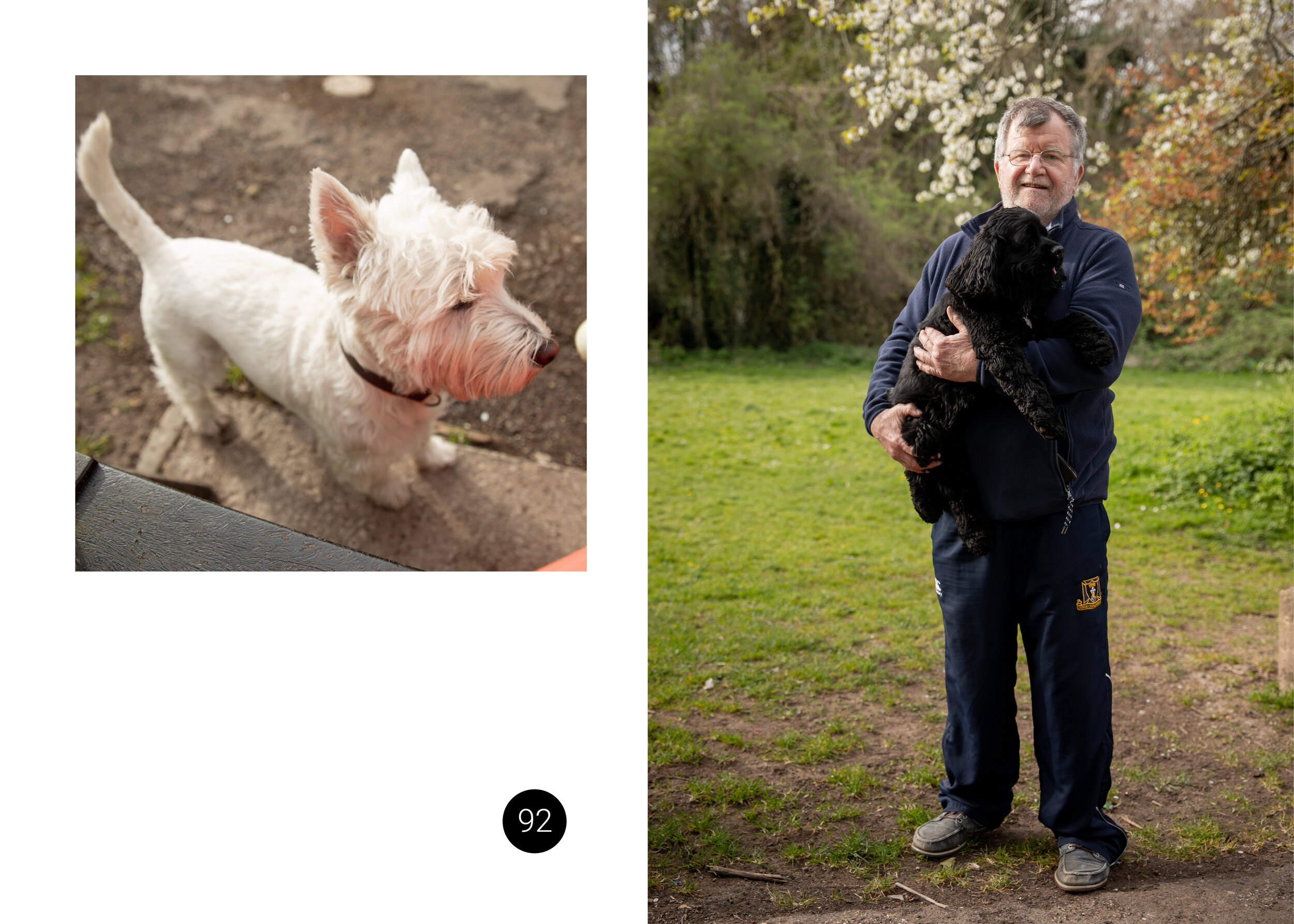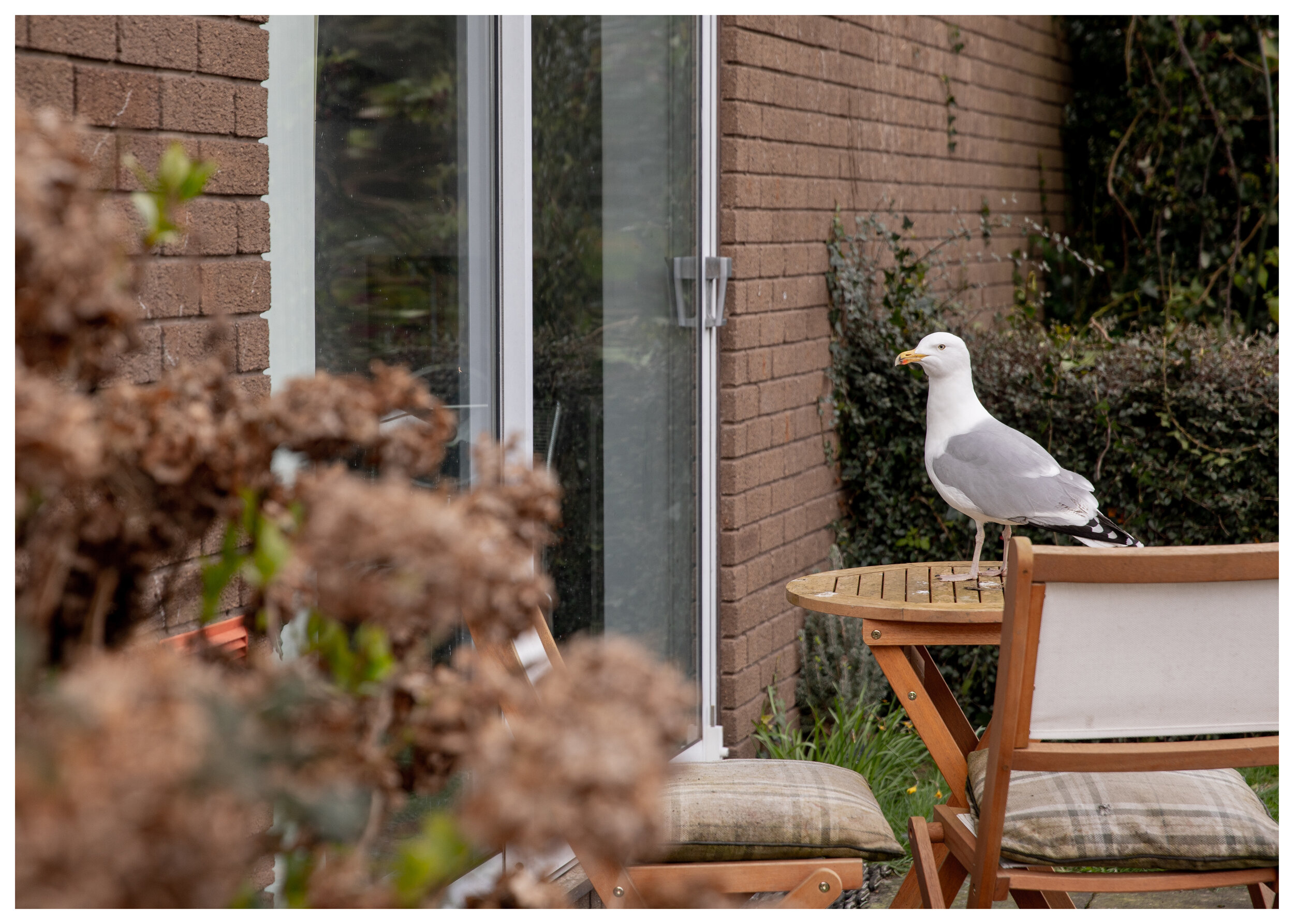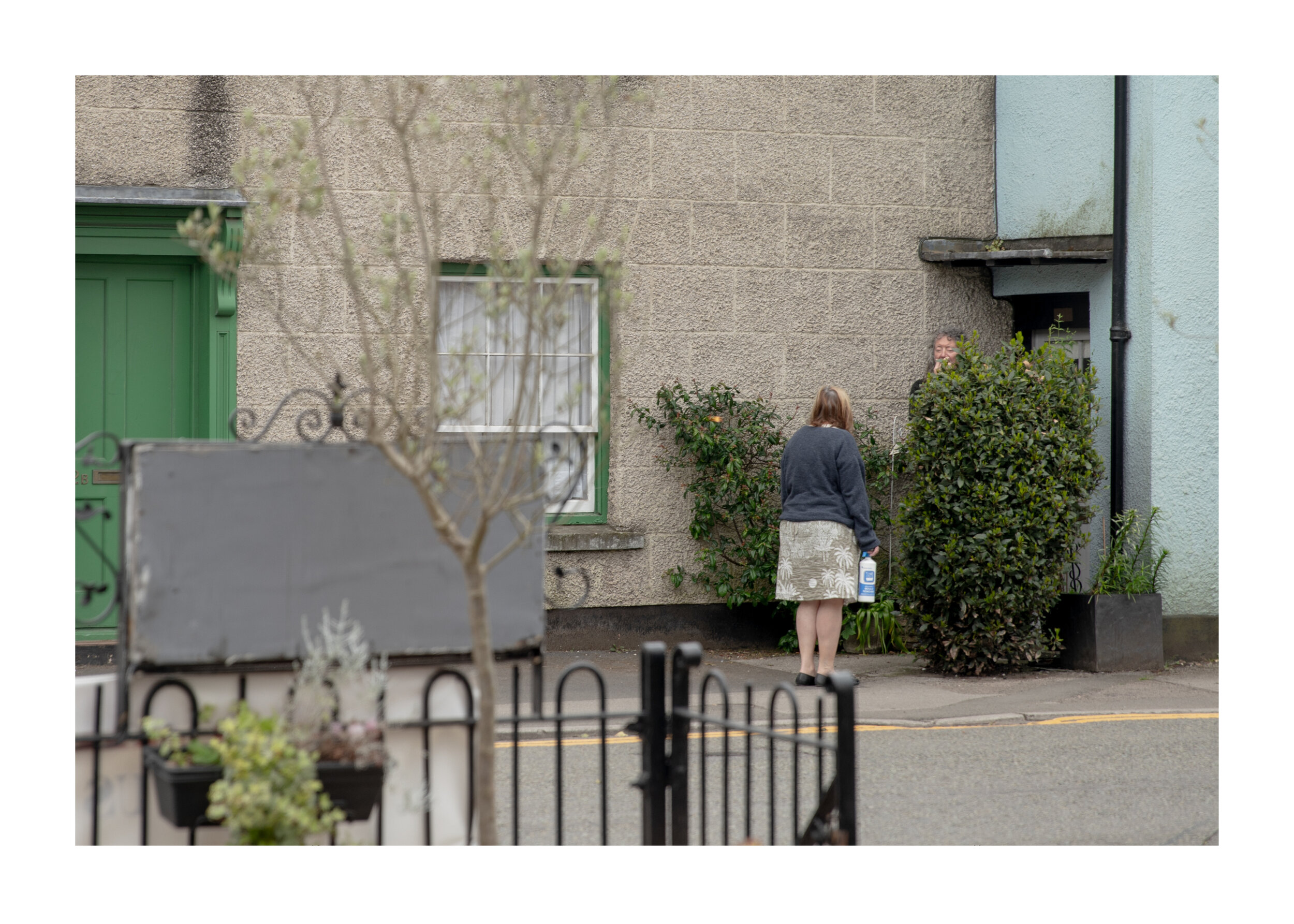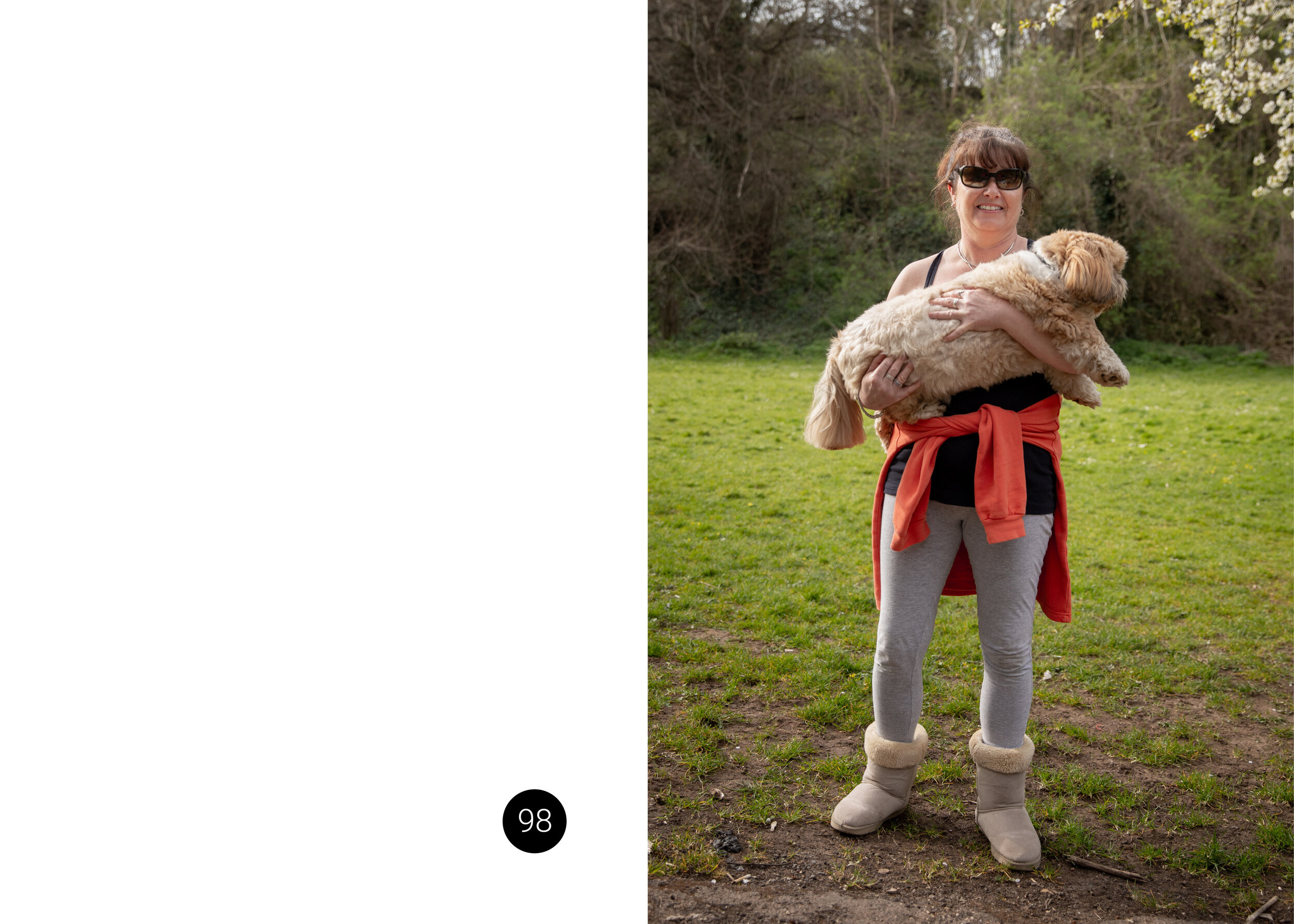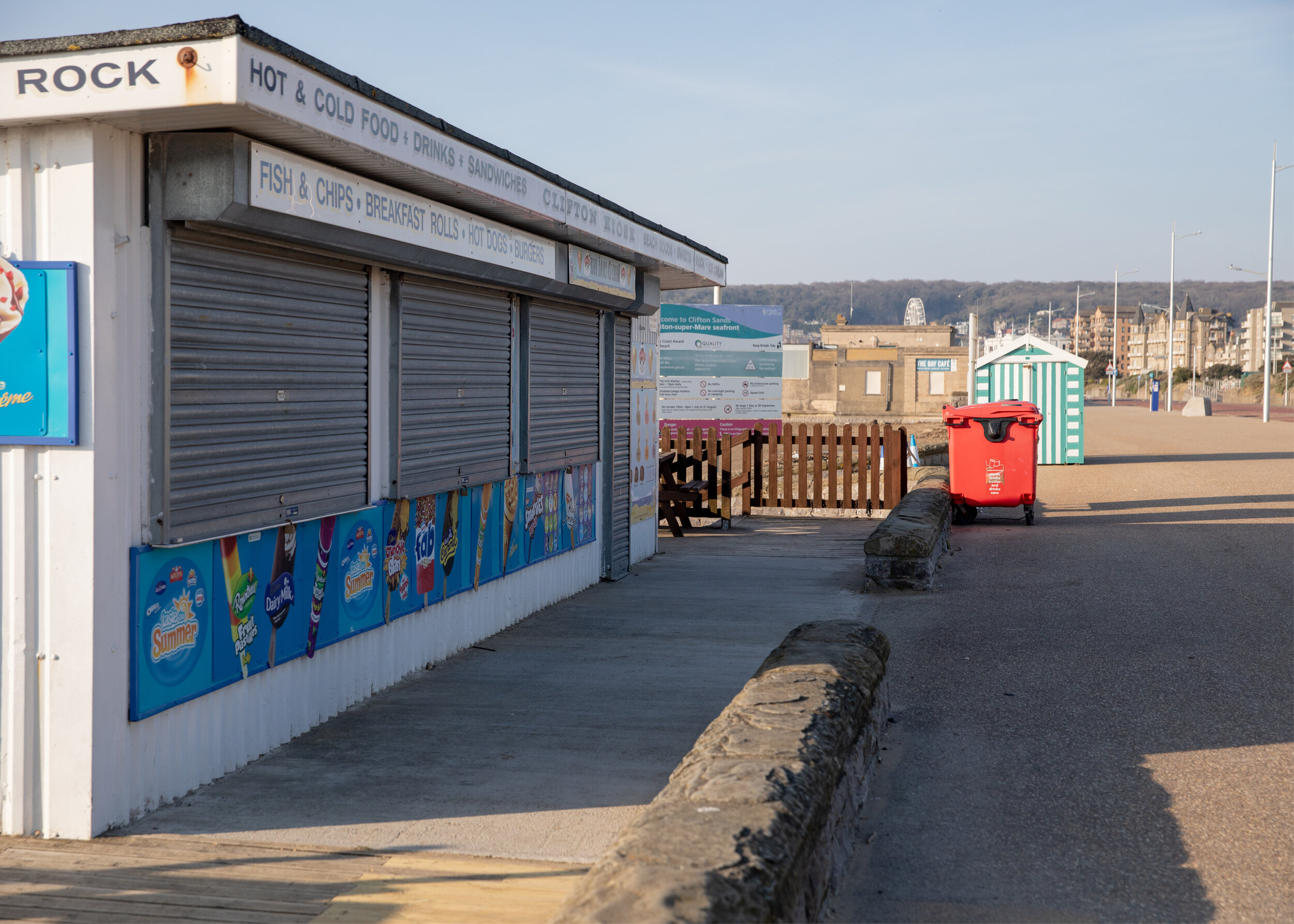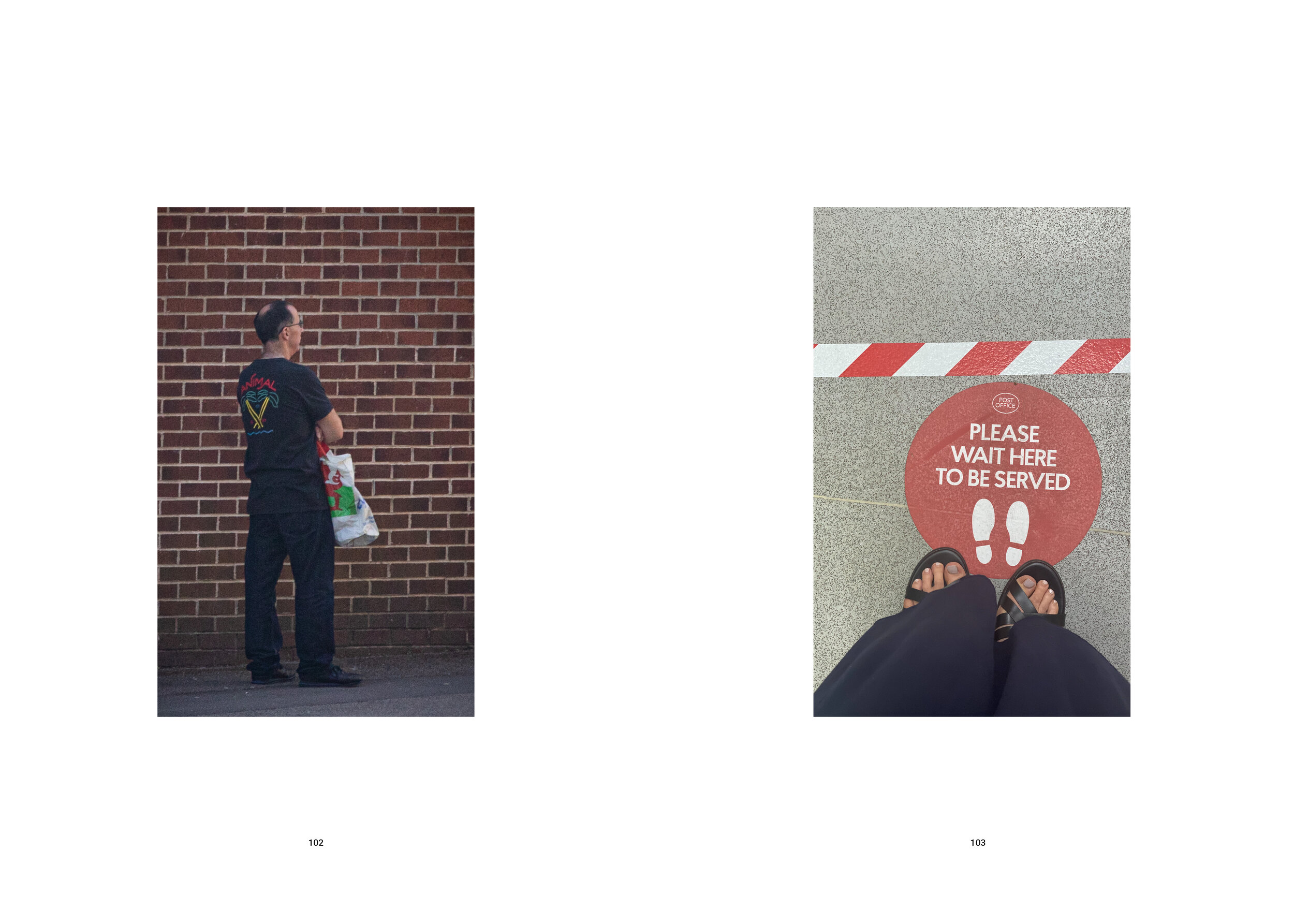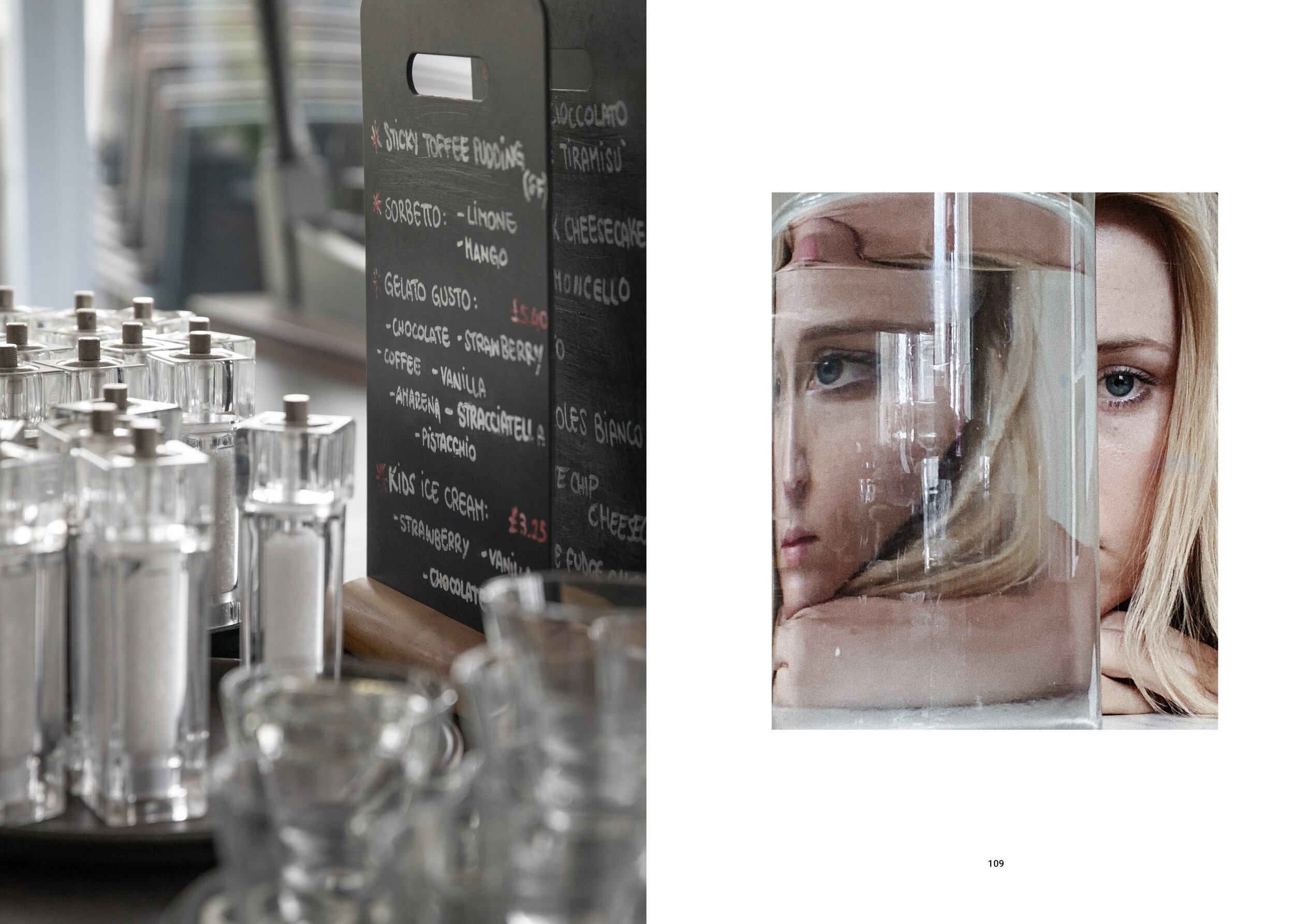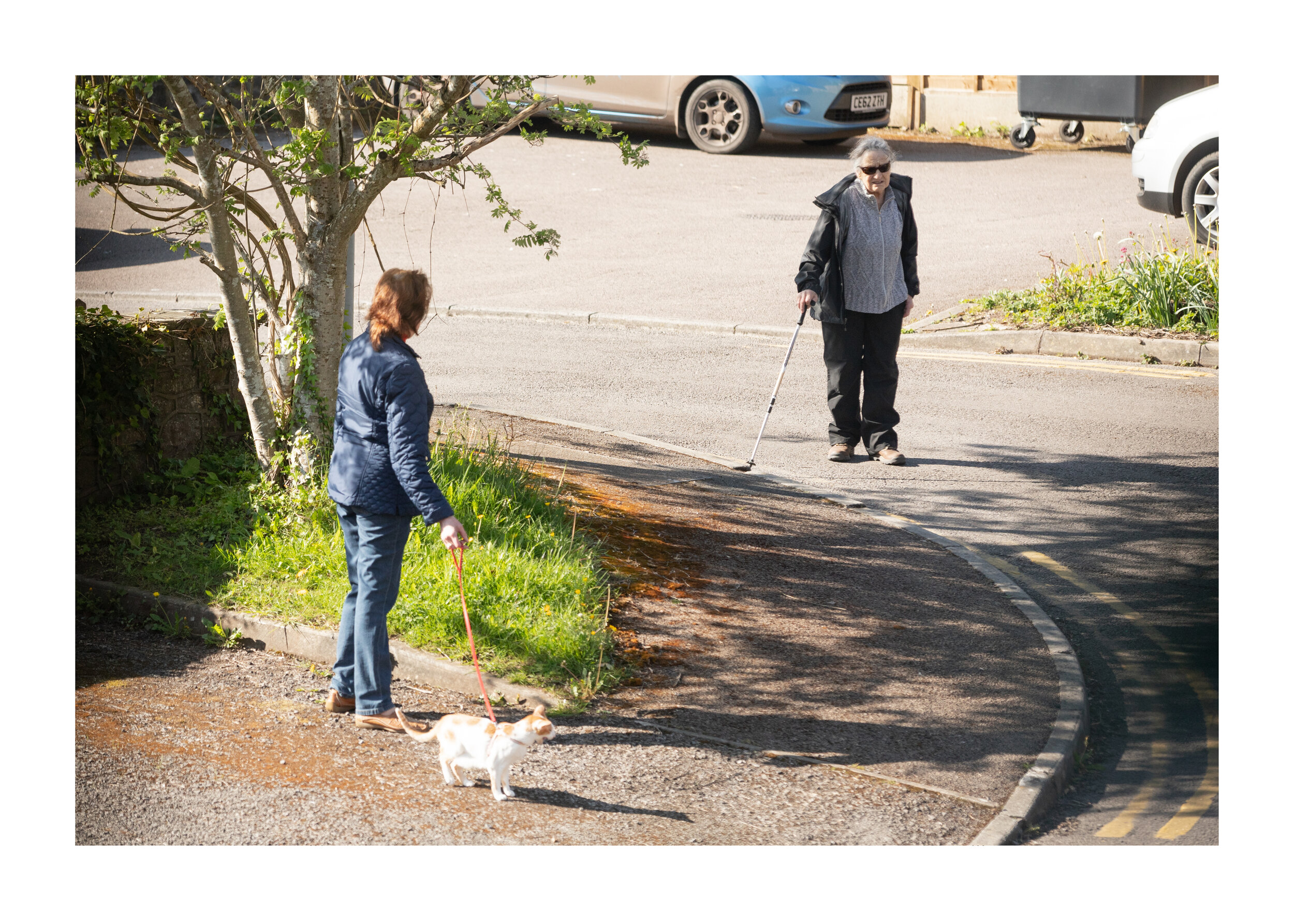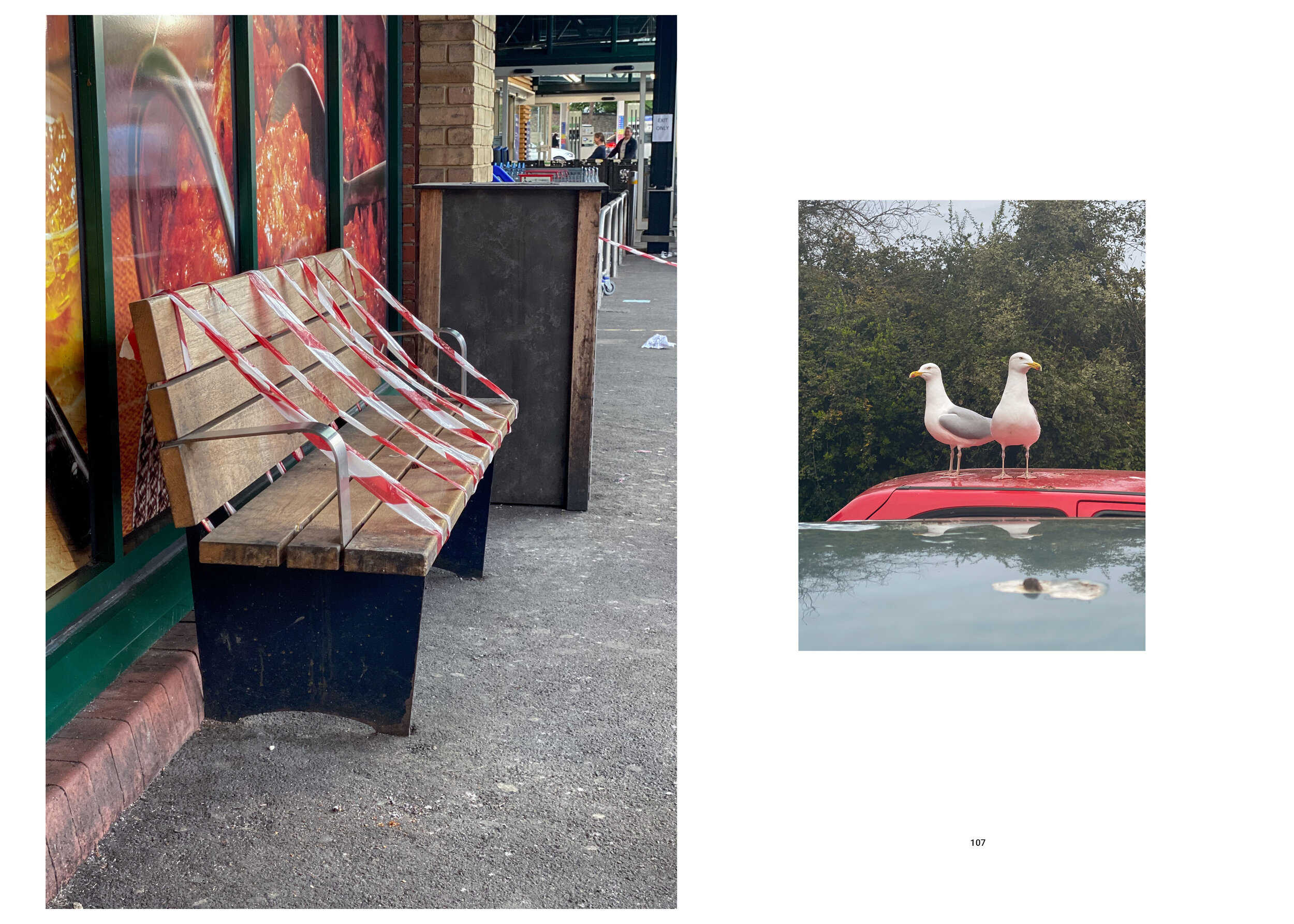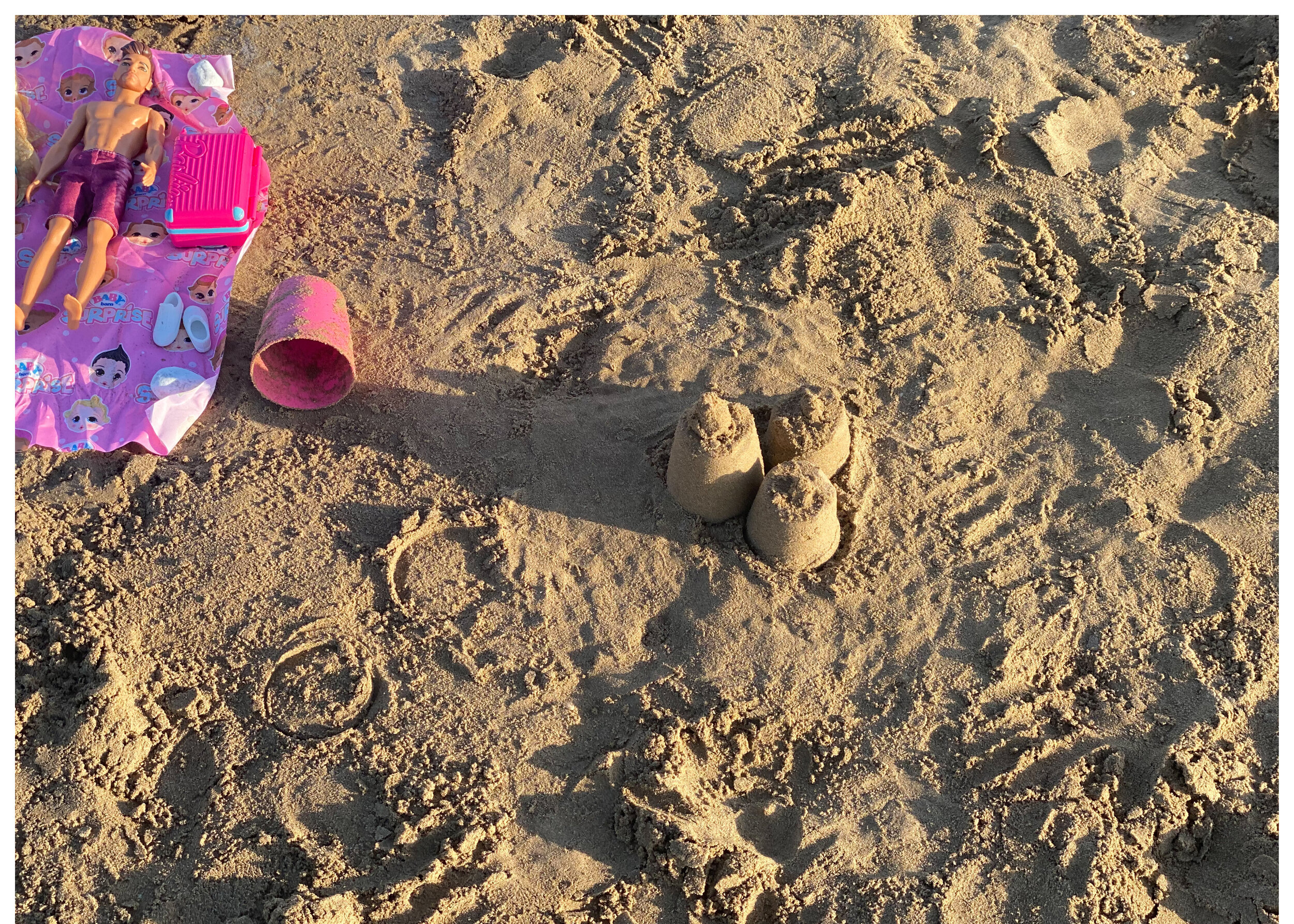My Covid-19 Diary combines photographs and videos to evoke feelings, mood and realities that resonate with billions of people around the world during the lockdown. The effects of the pandemic and its subsequent lockdown transformed existing realities into new abstract notions. With this in mind, I conceived of a project that would provide an insight into my daily life living under lockdown.
Through this project I have been encouraged to document the impact of the Corona virus pandemic during the lockdown period. The images and videos express important observations of the extraordinary time of our collective lives. Through this unforeseeable situation I found myself instructed to stay at home and reflect on creativity, loneliness, relationships and many more. Apocalyptic narrative combined with dystopian features are becoming a real possibility as a new way of living.
Current situation has become difficult for many and creative provocation for others. We are united through a common experience during this highly emotional time. It has also given us a much needed pause in everyday life to stop and rethink. Photography has become a lifeline to communicate and express myself. During this time it has become clear to see that in the moment of slowing down people are looking more closely at living spaces. Being housebound is not a new notion, but the equalizing effect of the lockdown to the masses enables us to relate to each other through unique shared experiences.
Rethinking a public space is one of the many new norms that we have to navigate during this time of COVID-19. From rainbows in windows supporting NHS workers in the UK, to the striking and obscure self-portrait made with limited resources form the series of images captured by one photographer – myself. It is too soon to understand the impact and trauma of this pandemic. These are certainly challenging times and what is clear is that it is an important moment in history that needs to be documented.
My first experience of lockdown started when returning back to the UK from Asia on the 15th of March. Many countries had already started refusing entrance to non-residents, and therefore many flights were cancelled. The airport was the first insight of what yet was to become the global pandemic. Mostly shot on my phone camera, I started documenting events leading to lockdown. On arrival, everything appeared very quiet - fewer people in the streets and public transport, fewer cars and more silence. Having returned back to work, the situation around the jobs and schools was uncertain. The first few weeks prior to and during the lockdown, people started panic buying leaving the shop shelves empty. The most desired products became paracetamol, antibacterial products, bread, milk, baked beans, eggs, flour and others.
Stephen Shore - photographer of over 50 years. In the 1970s he sparked interest in colour photography, as well as documentary work. Among his books are Uncommon Places: the complete works and American Surfaces. The delight and fascination of contemporary culture have been evident in Shore’s work. ‘I’m interested in paying attention to what’s around me. And in a certain way, the pictures are saying “go through life paying attention”’.
There is a kind of self-awareness in Shore’s photographs. His feet and the tripod legs are in the picture. He pursued himself as a kind of explorer. ‘I’ve always been interested in photographing everyday experience and not grand subjects’. (Jamieson, T., July 2019. Casual Observer. The RPS Journal, 159(7).)


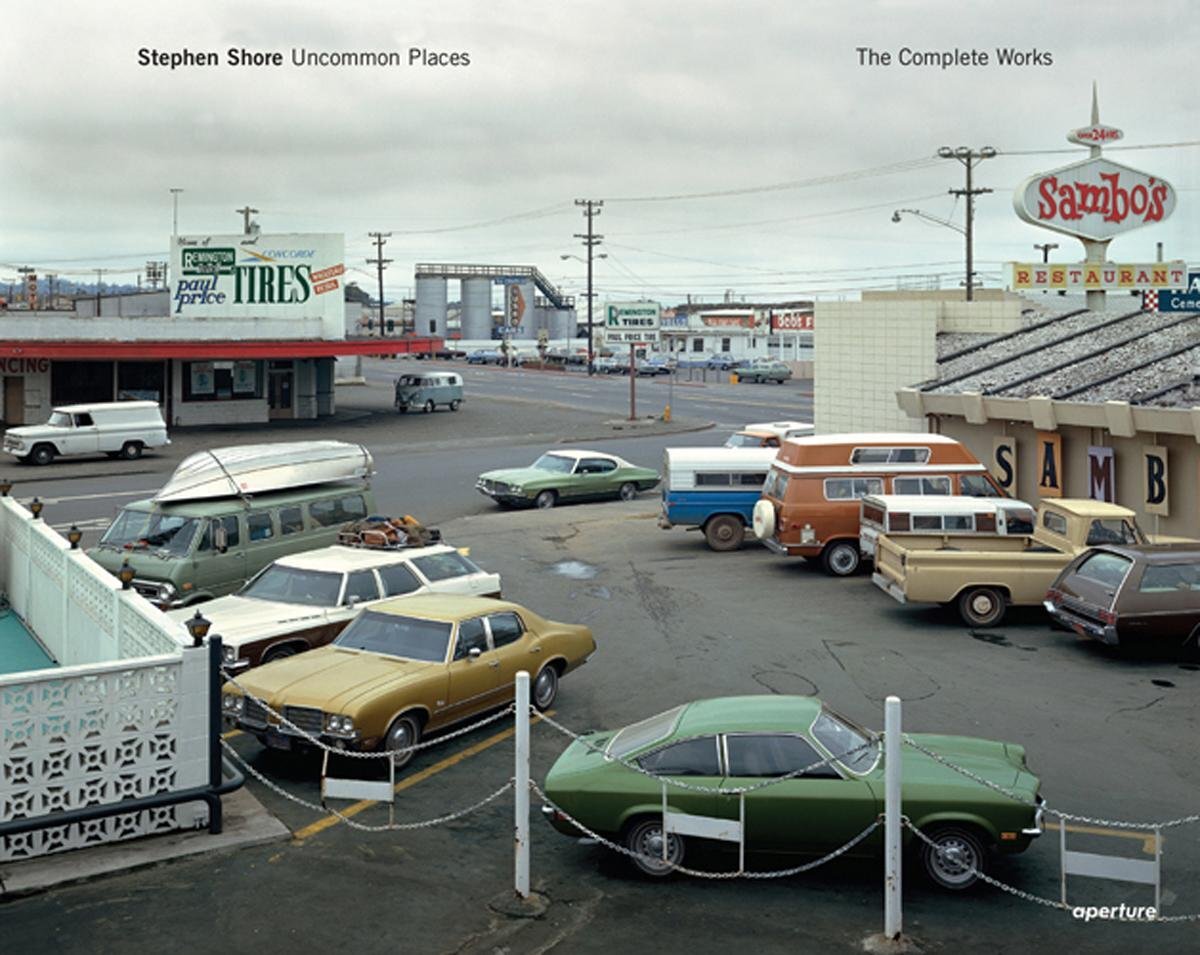
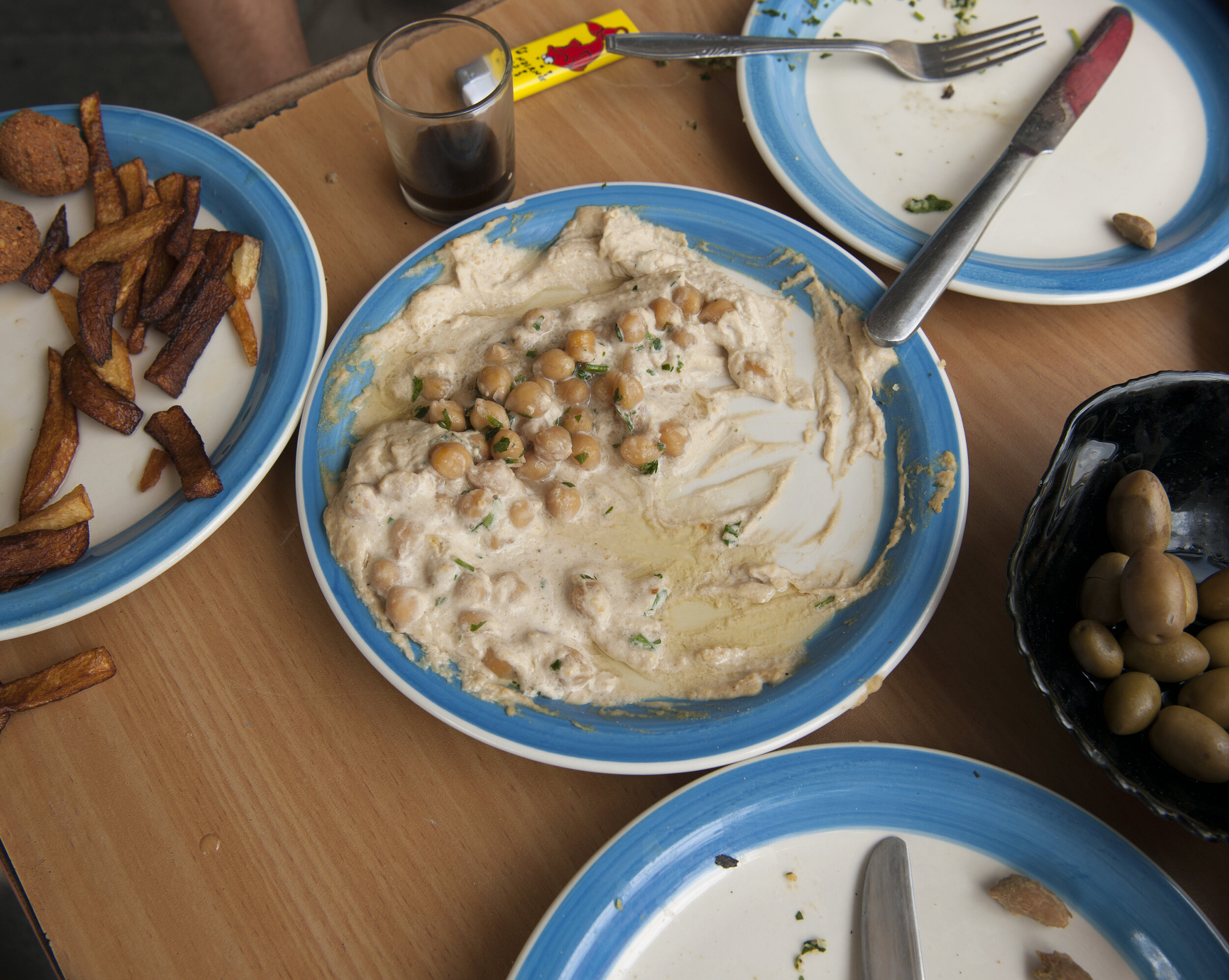

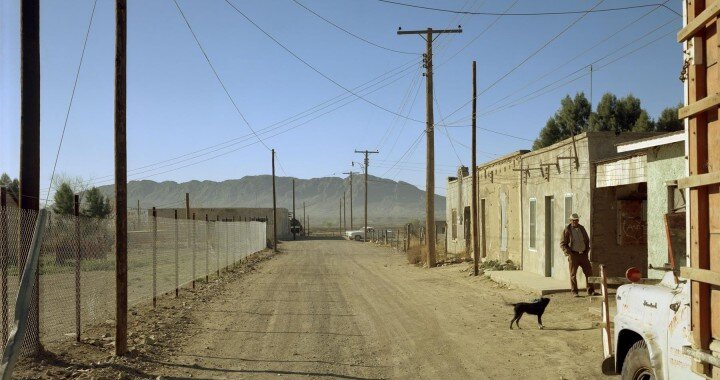
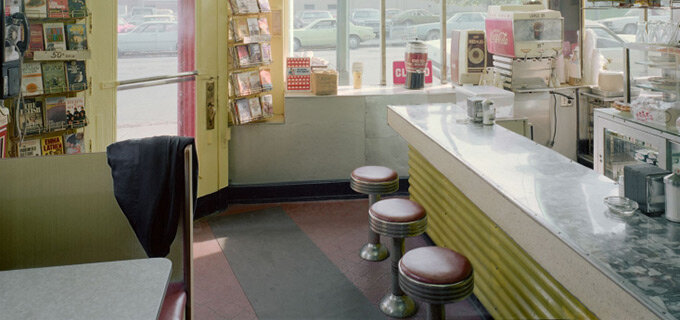
In his work, Stephen Shore paid attention to details which tell the narrative about the community living in the area. In my photographic series, I attempt to follow the same approach by depicting the impact of mass isolation through the outlook on the community.
Eamon Doyle - Built around his photographs of everyday life in his home city, Eamon Doyle’s multisensory and expensive works- taking in illustration, text, video and music-show the unlimited creative power of friendship and cooperation. Made in Dublin is an anthology of his work to date from his home city. “The intertwined looping dramas of the physical city, its light and texture, its psyche, and the movements of its people, as they unfold and pass through.” The photographer contributes to the narrative with suggestive notes from a Dubliner’s daily life, its sensorial experience of the everyday. (Gonzales, A. L., 2019. Made in Dublin. British Journal of Photography, April(7882).)
Eamon Doyle has photographed his subjects unnoticed, as if spying on them, capturing their movement and body language. Although his photographic series is dynamic and full of sense of the busy life, in my work I will look into the daily scenarios of my local community, intervening with the isolation narrative.
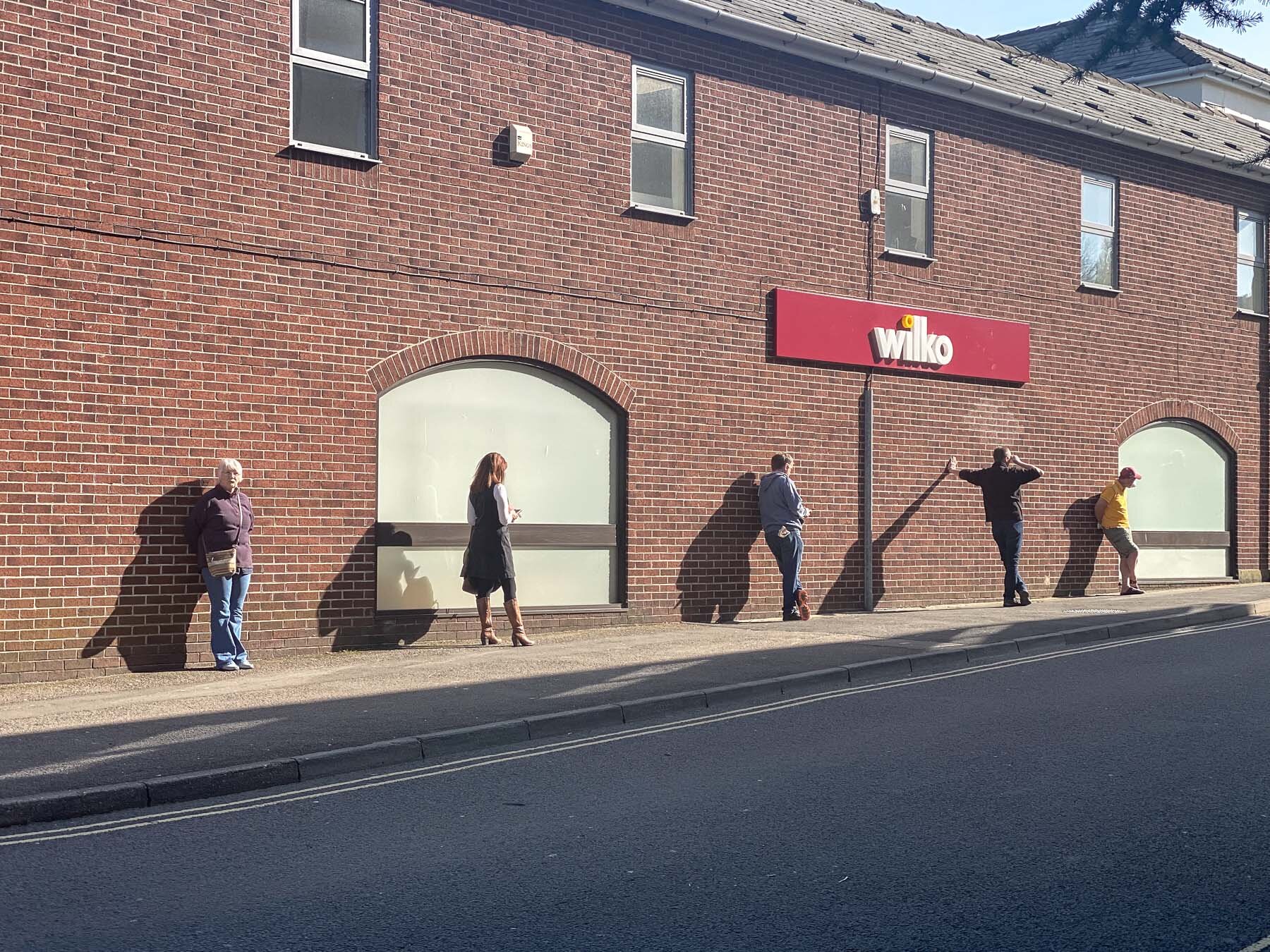

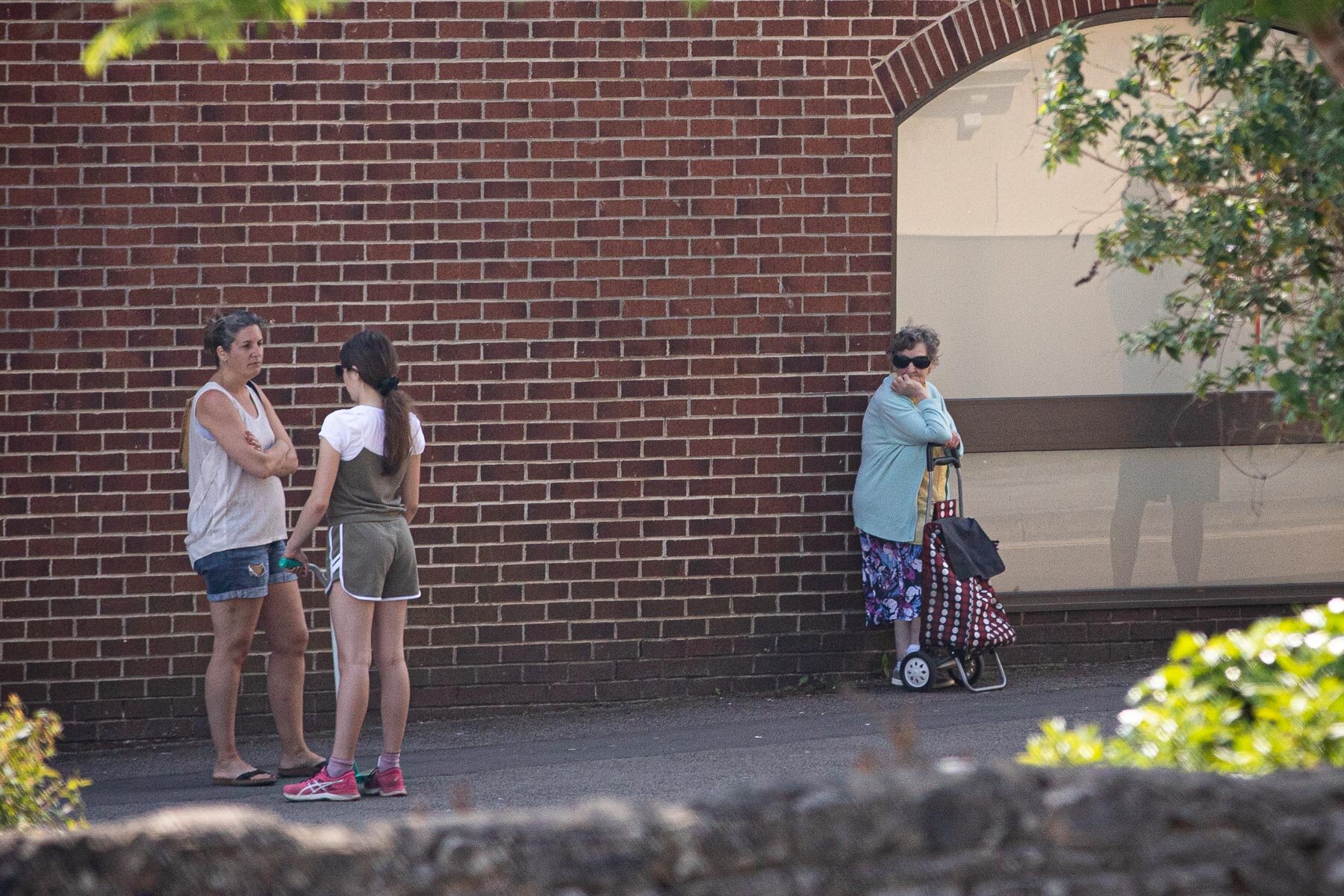

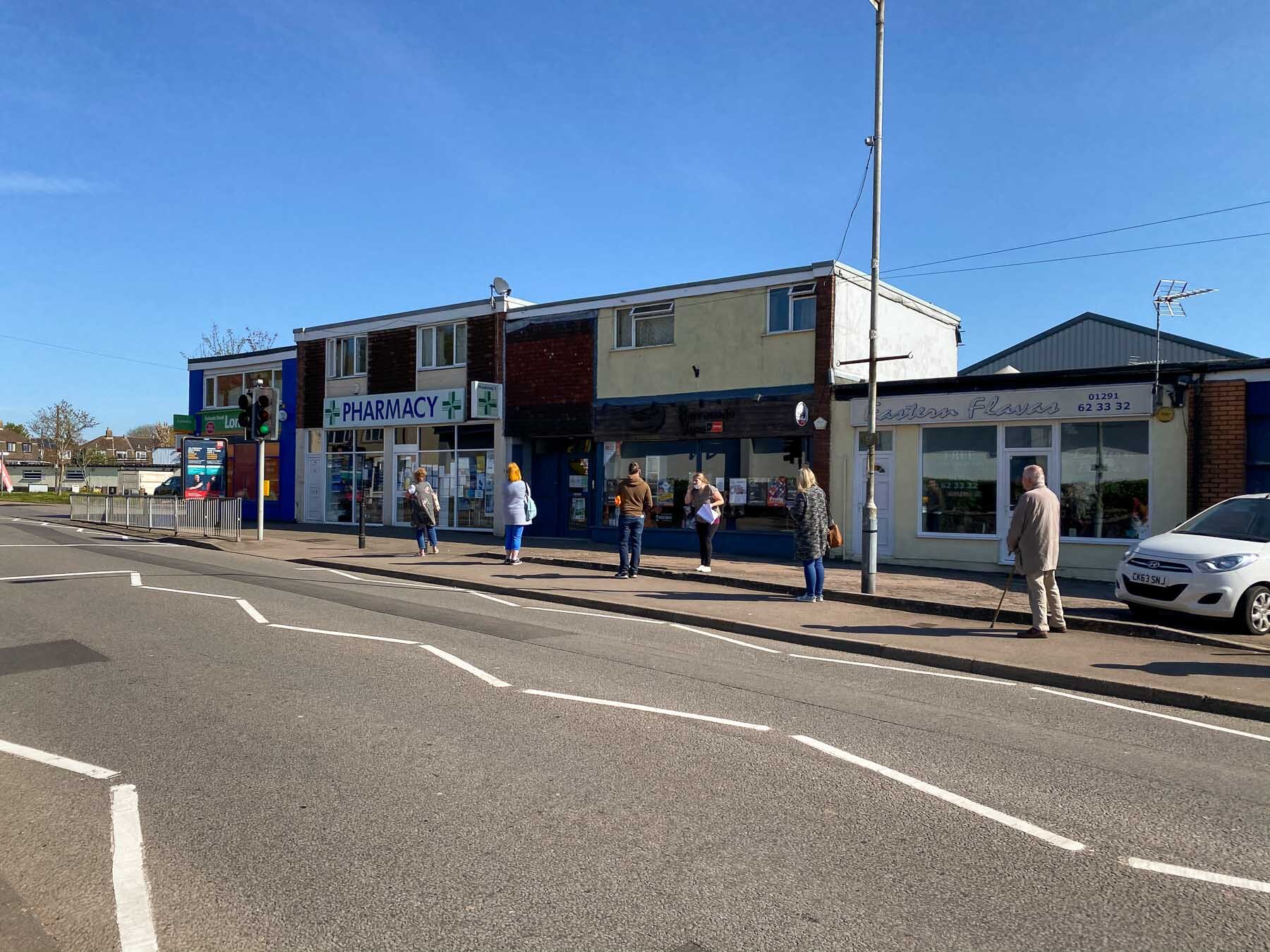
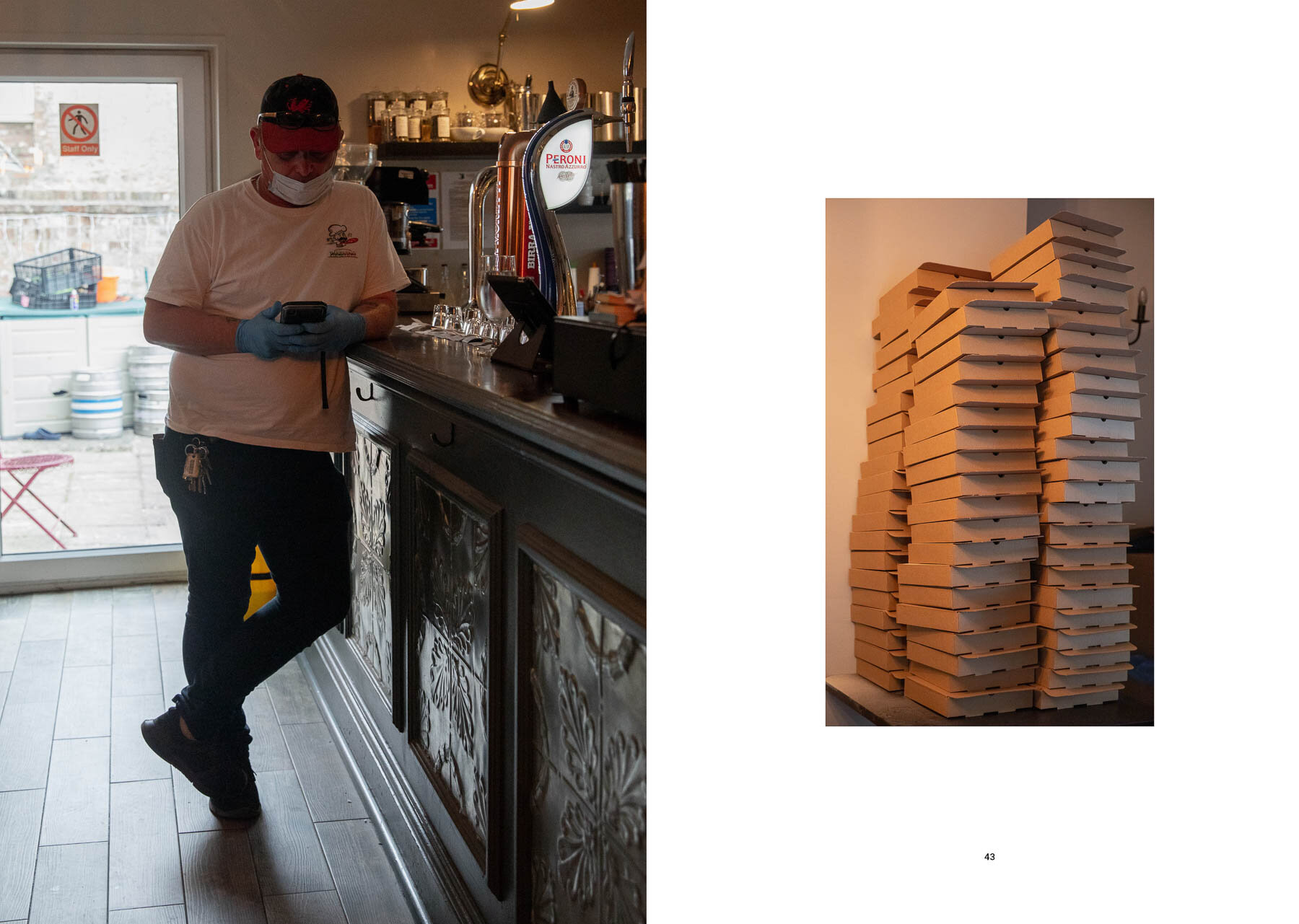
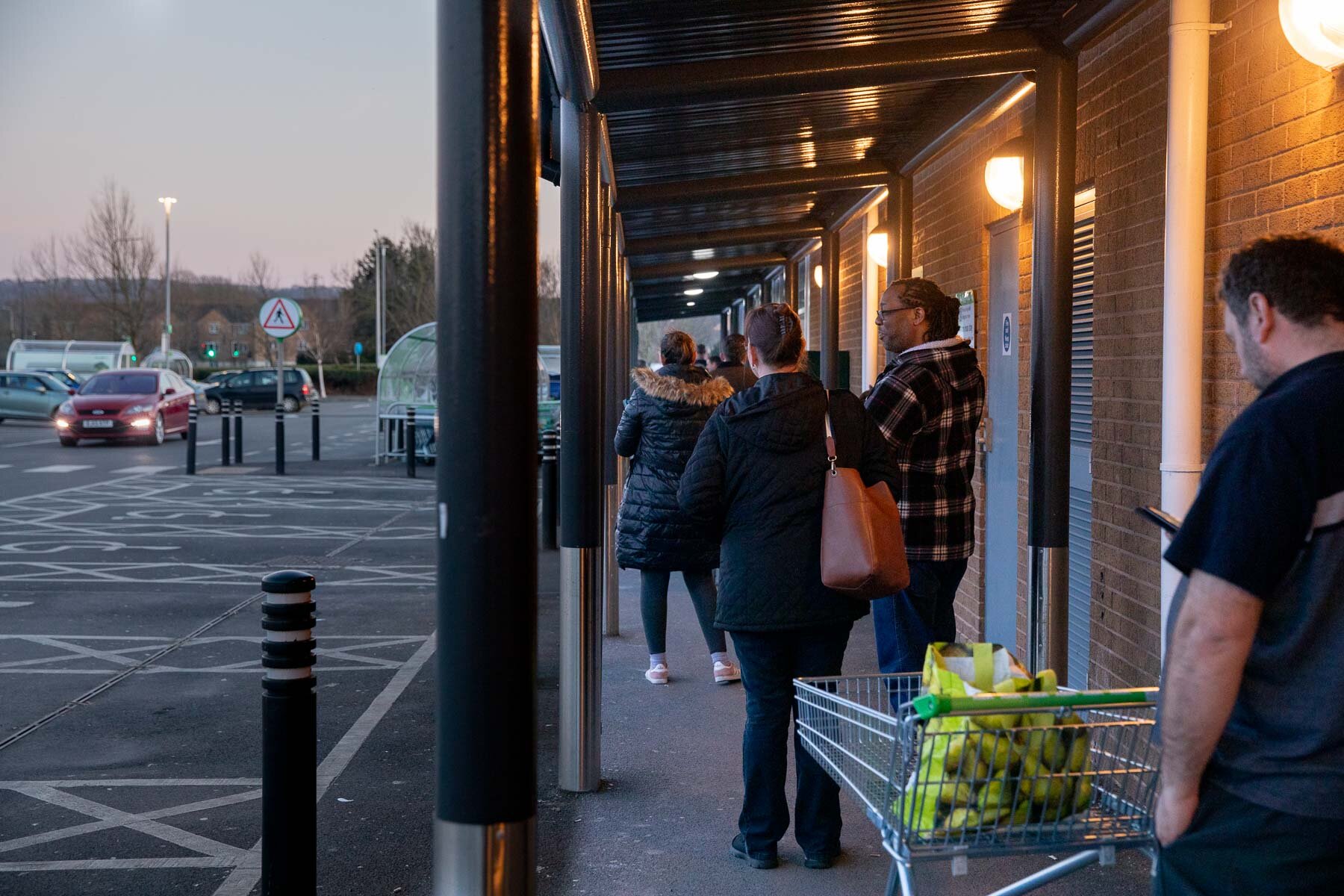
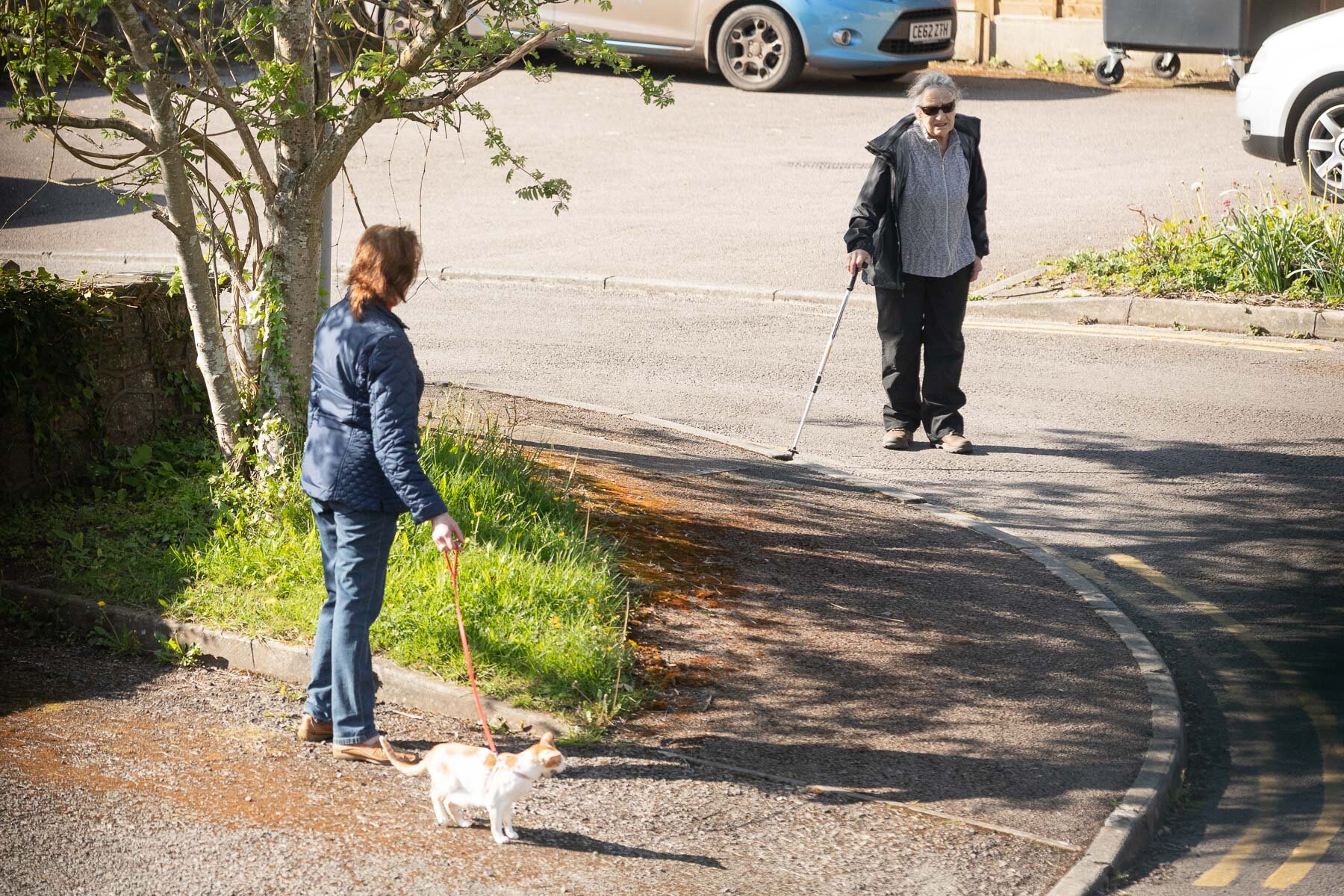
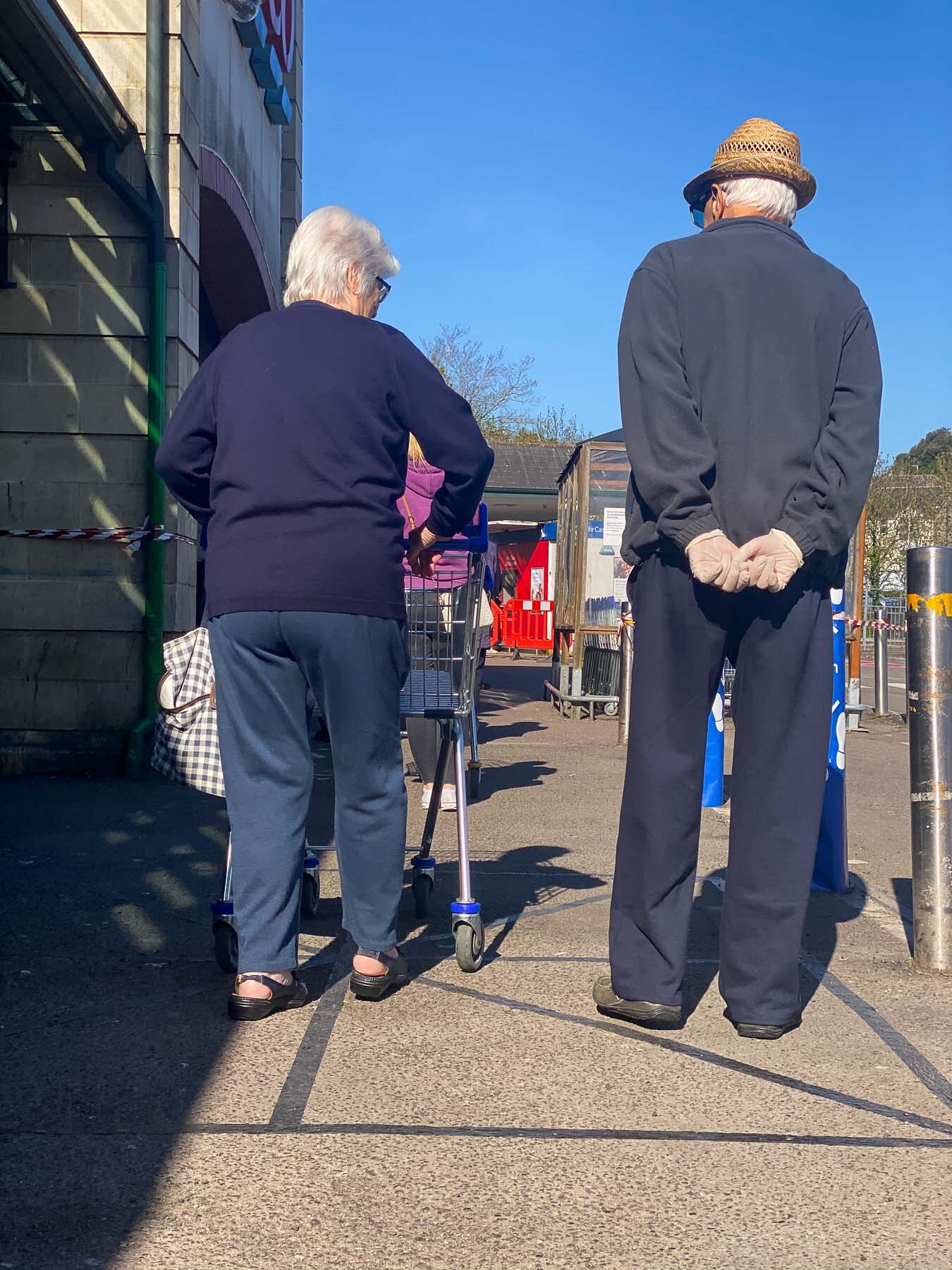
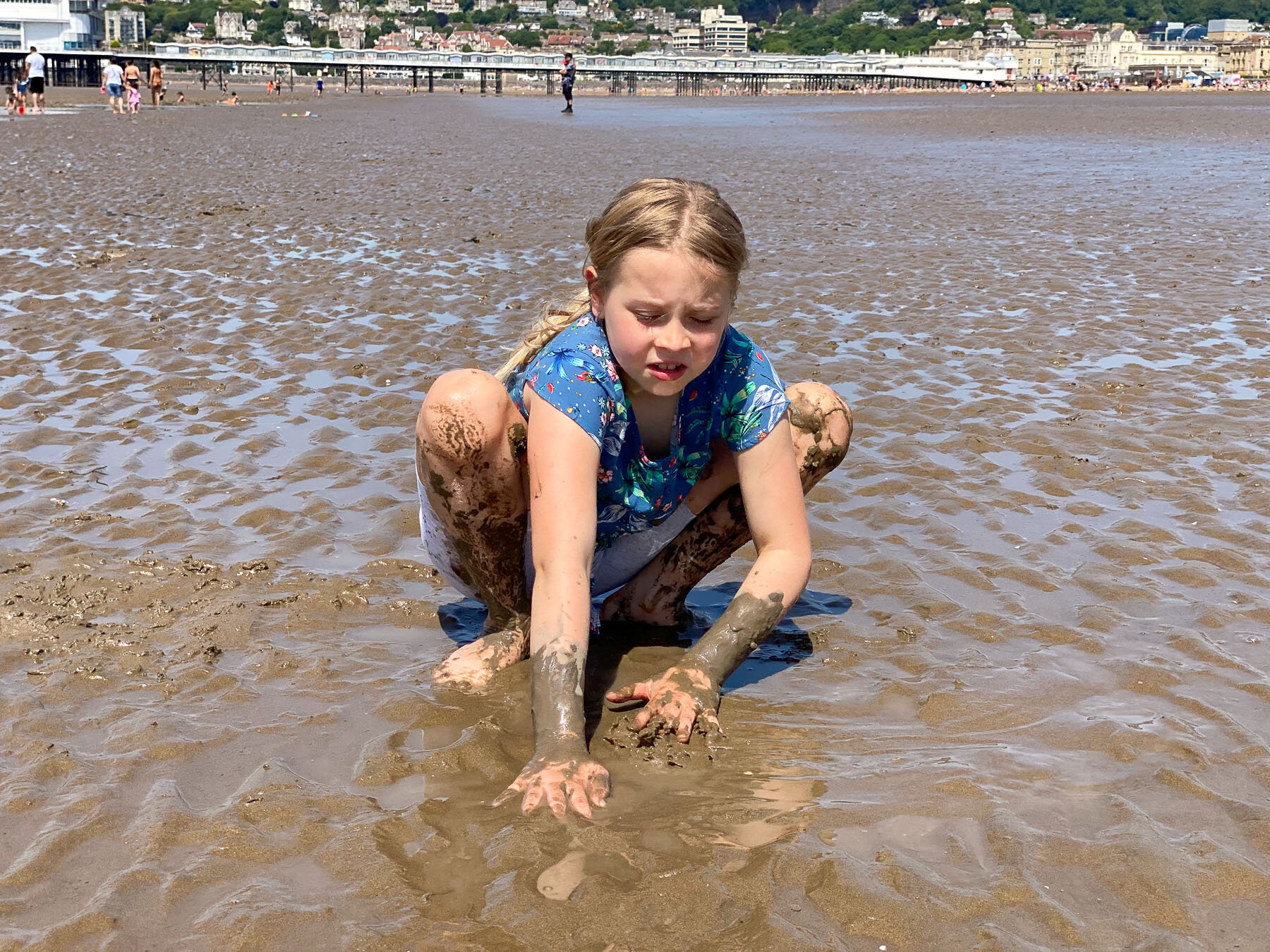

New 2m distancing safety measures observed in retail and other premises.
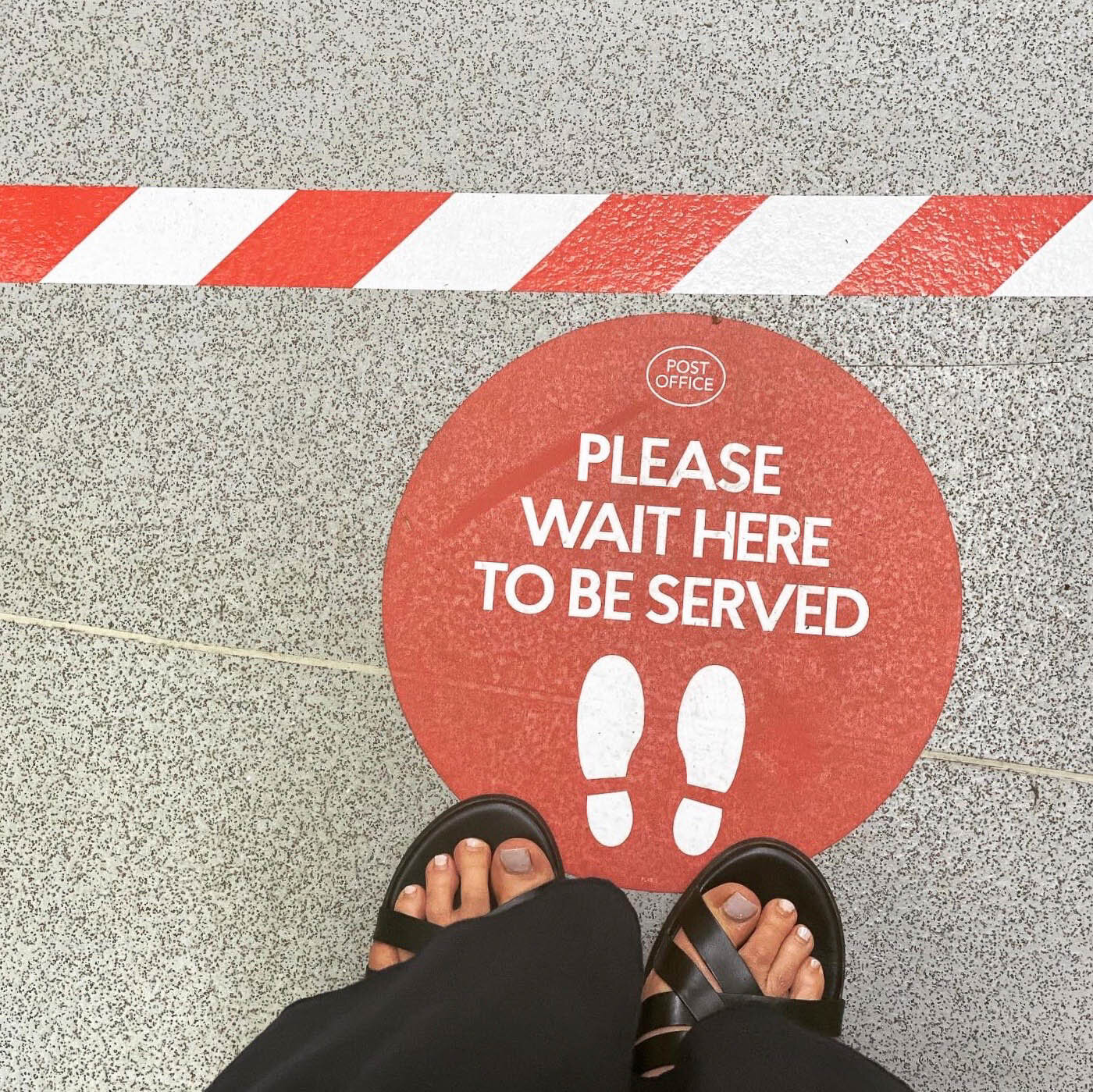
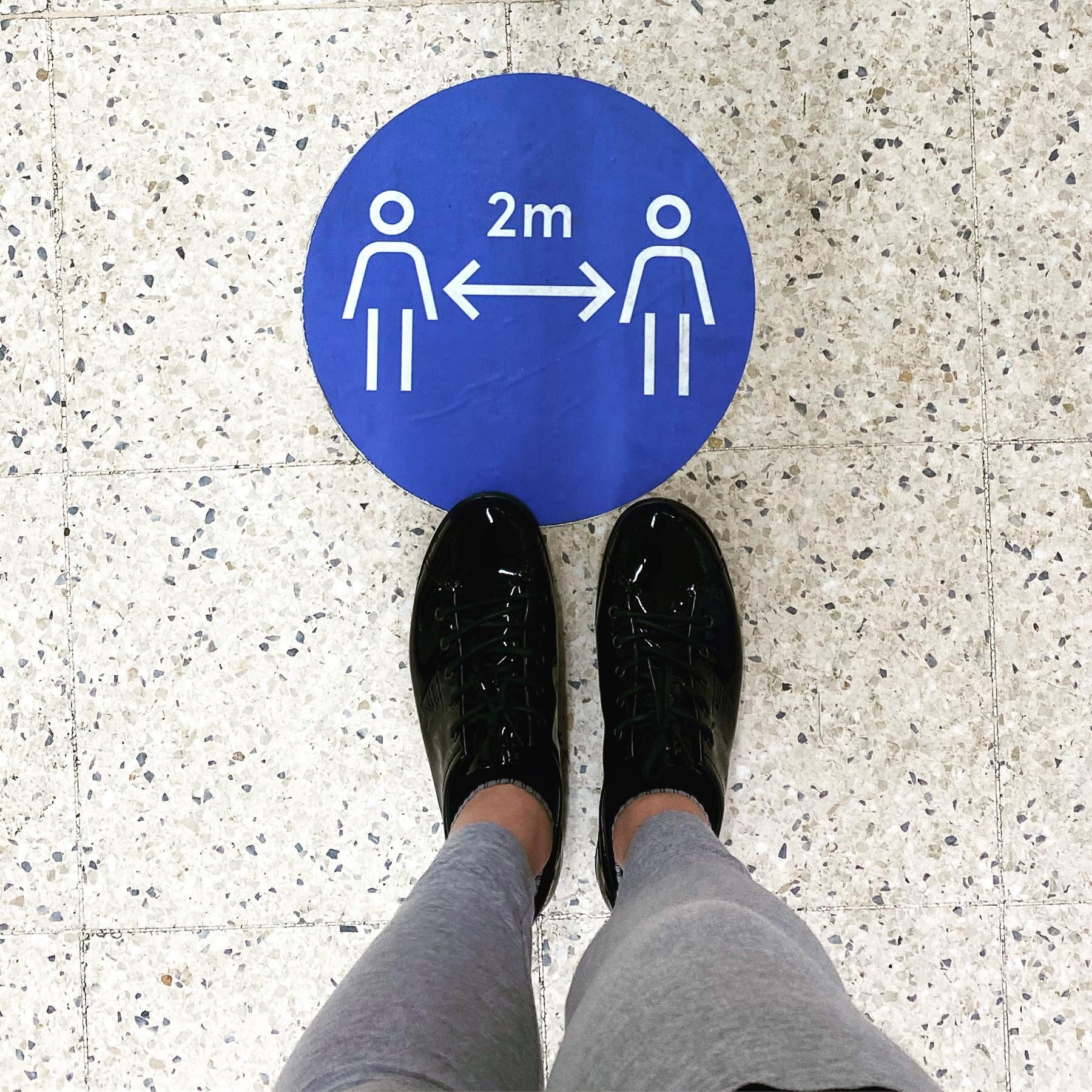
Jim Mortram - the photographer whose work gives voice to the isolated and broken, struggling to cope at the sharp end of austerity. Shot in the community he lives, his book Small Town Inertia established him as a remarkably perspective social-documentary photographer, chronicling the lives of the kind of people that live off the benefits system.
In 1991 Mortram became a full-time carer to his parents and was faced with “years of isolation, witnessing days and nights of incredible physical and mental pain”. As a result, he became withdrawn, anxious and shut down. After years of being a carer, he realised he’d become isolated and introspective.
Once he held the camera and started taking photos of his experience, he realised how deep a privilege it was, making those images and listening to his inner self. Photography became another purpose in his life. “I realised what photography should be for me - a sort of testimonial, documentation.”
The photographer immersed himself in photography in order to create a corpus of stories about people in difficult situations with their physical and mental health. (Hamilton, P., 2019. Small Town Inertia. British Journal of Photography, February(7880).)
Jim Mortram has visualised isolation which was limited to one household and his own experience. The isolation images are viewed not only by demonstrating the obvious physical handicaps but also through objects that surround the subjects. Their narration feeds into the overall feeling and melancholy of the series. These details are essential to capture the feeling of isolation of my personal space. Homeschooling, working from home, socialising online has become the new way of living.
Alec Soth – took a more reflective and intuitive approach as he explored his subjects, their homes and their inner lives. The photographer focuses on the space between the camera and the subject, “I always felt like what I’m photographing is your exterior features, not what’s in your brain or in your heart. And then I’m actually physically photographing the space. The space is distance. It’s a removal. The way I starte thinking about portraiture in this recent period.” (Haeusslein, A., 2019. A quiet place. British Journal of Photography, May(7883).)
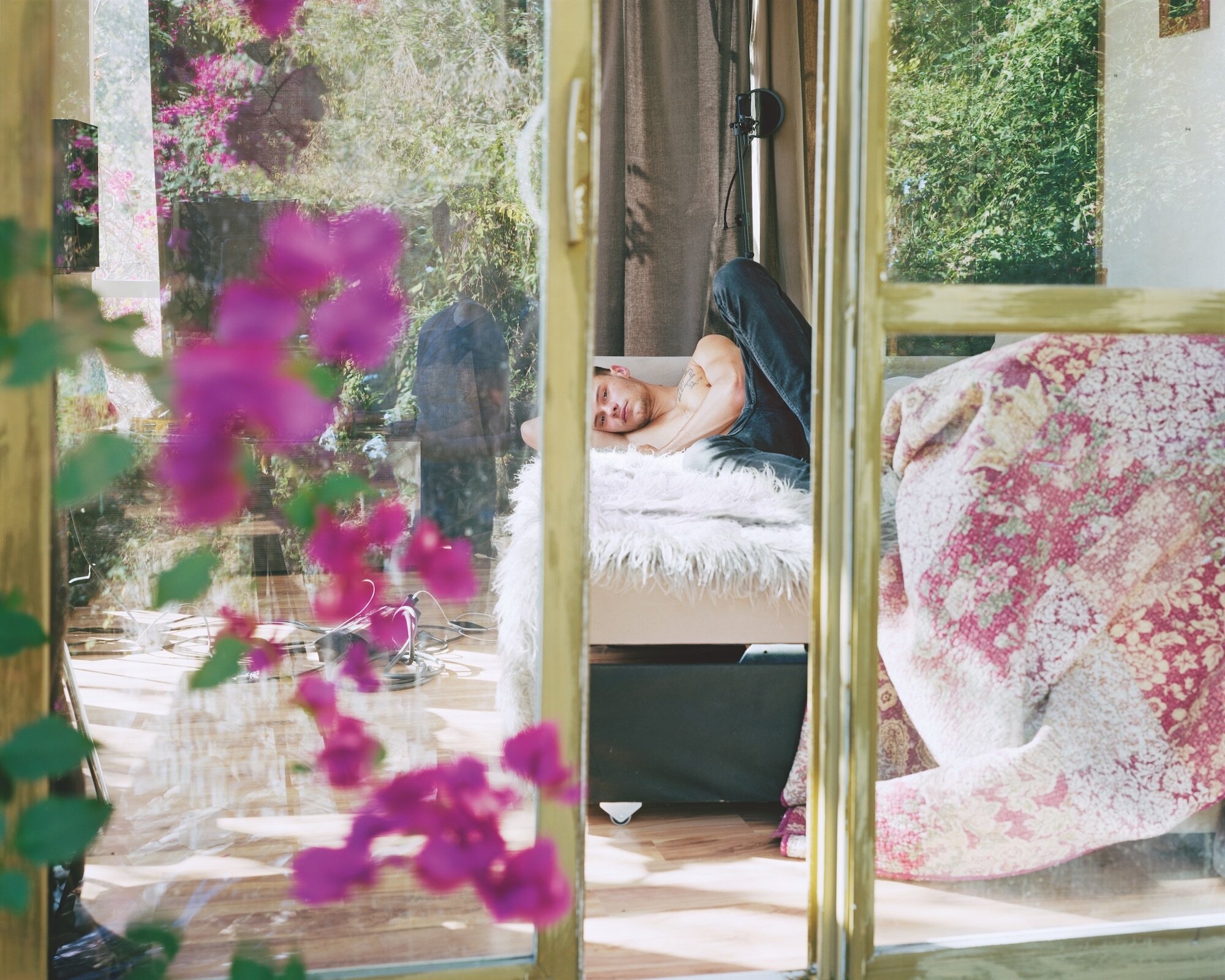
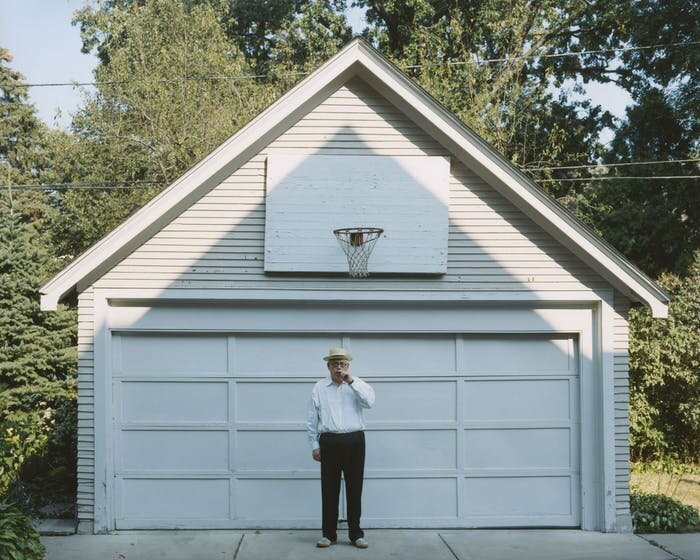
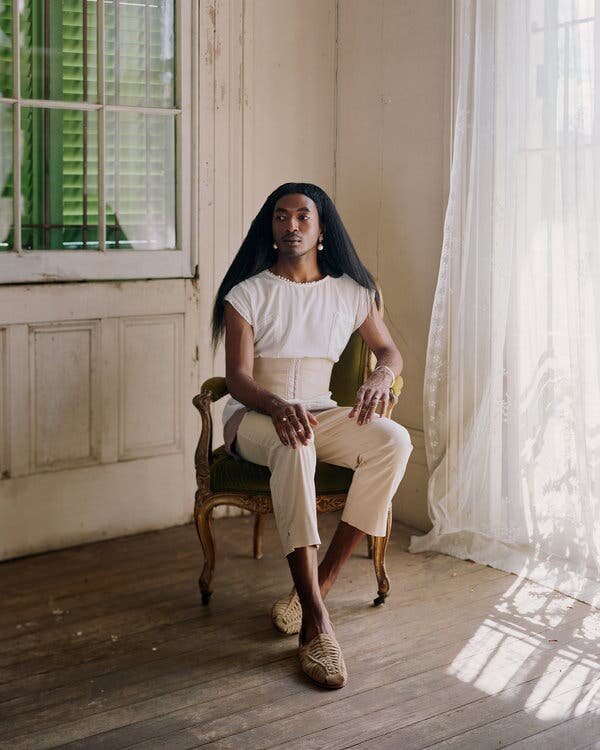
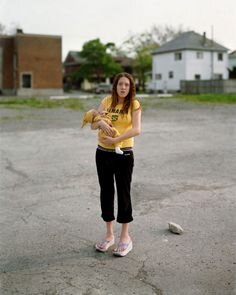

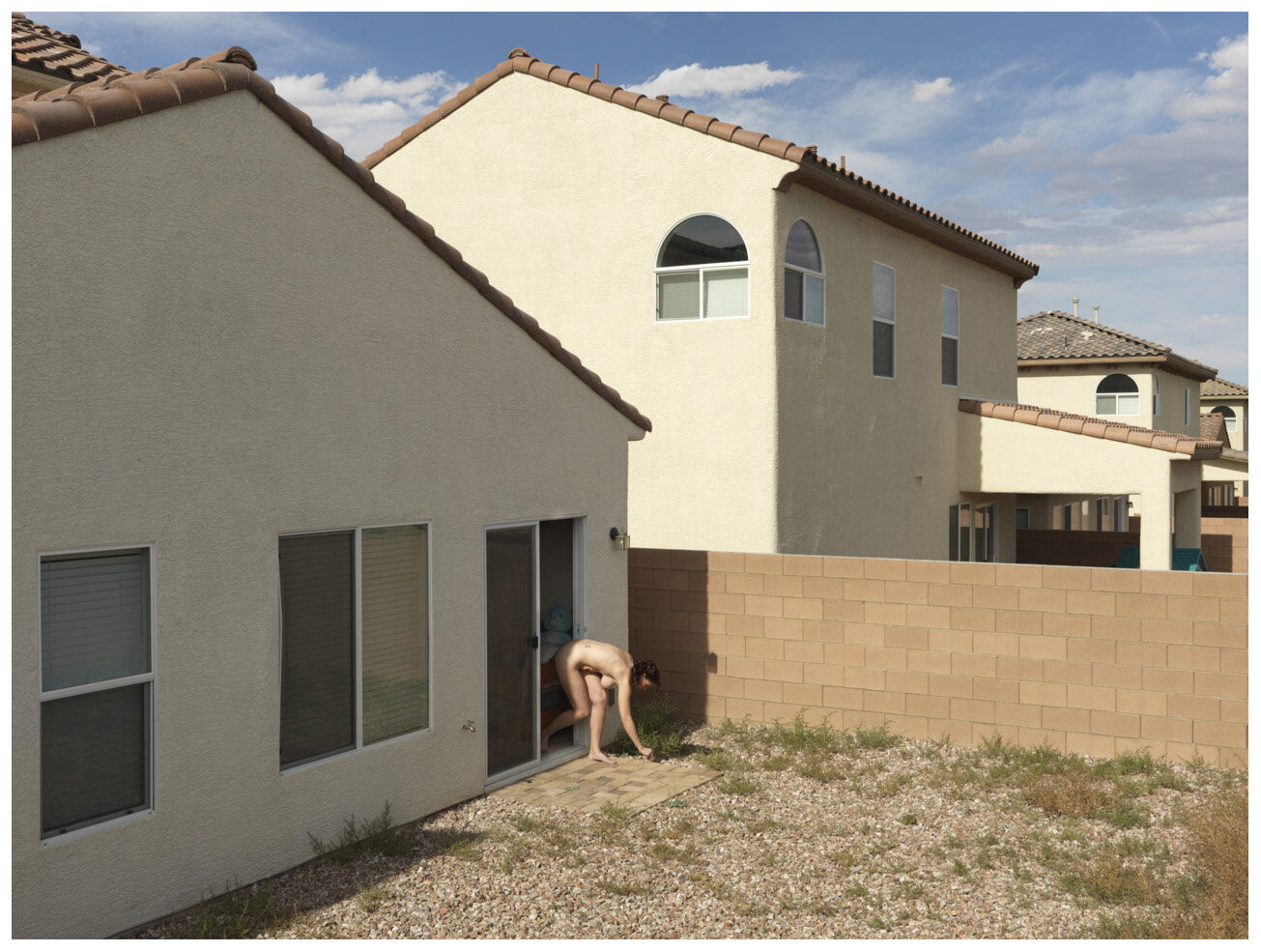
Though Alec Soth’s portraits comprise the majority of the photographs, they are counterbalanced by interior still lifes. The idea of taking a portrait through the subject’s space also echoes in my own work. By documenting my neighbourhood and community, I took a range of portrait of people in their own space from distance.
One of the image series are related to the dog walkers. My daughter and I would walk our neighbour’s dog which would open the whole new world of dog owners. This has given me an opportunity to speak to people I had never met before and also take their portraits. The images reflect on a new the dog waling experience during the lockdown period.
Christophe Barneau – What if a daydream was brought to life? New Perspectives is a series of digital renders picturing the scenarios of shadows extending freely across a tiled floor, a mirror standing upright on a table, a pool of water rippling to its own rhythm. The artist pushes the boundaries by creating his own worlds of space in the process. (McCluskey, M., 2019. Land of Shadows. Aesthetica, April/May(88))
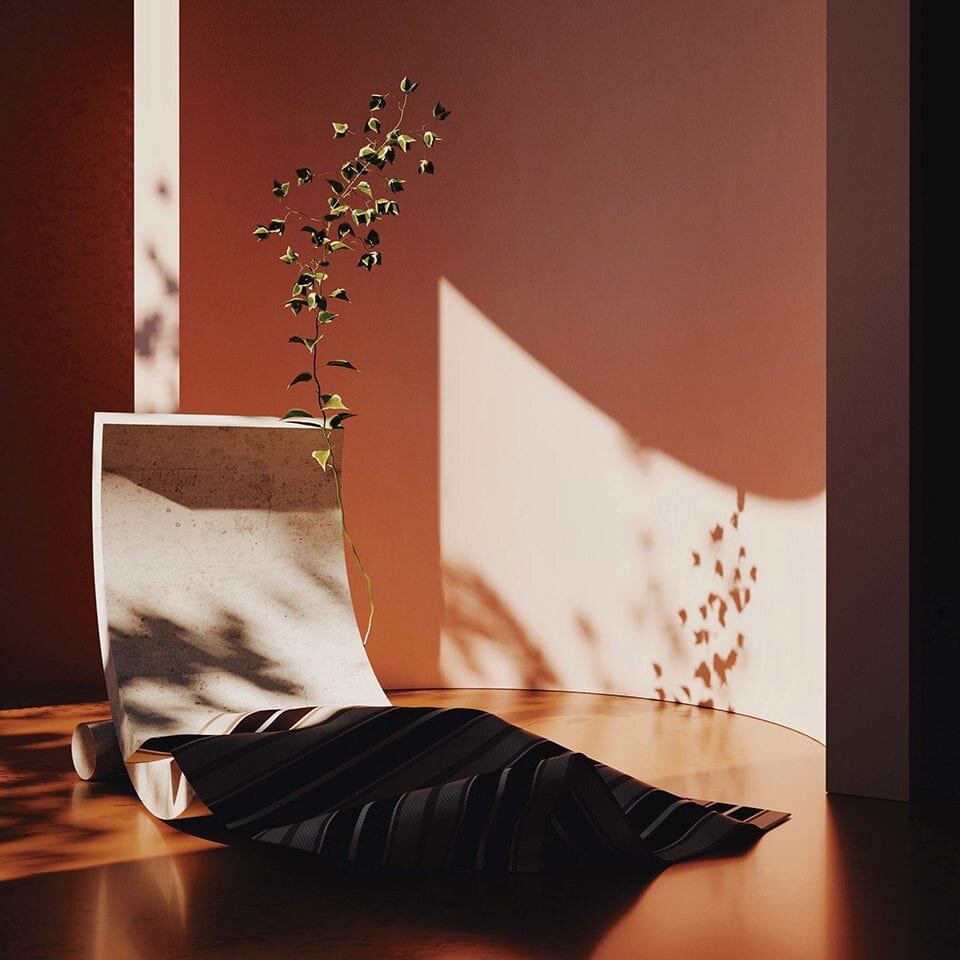
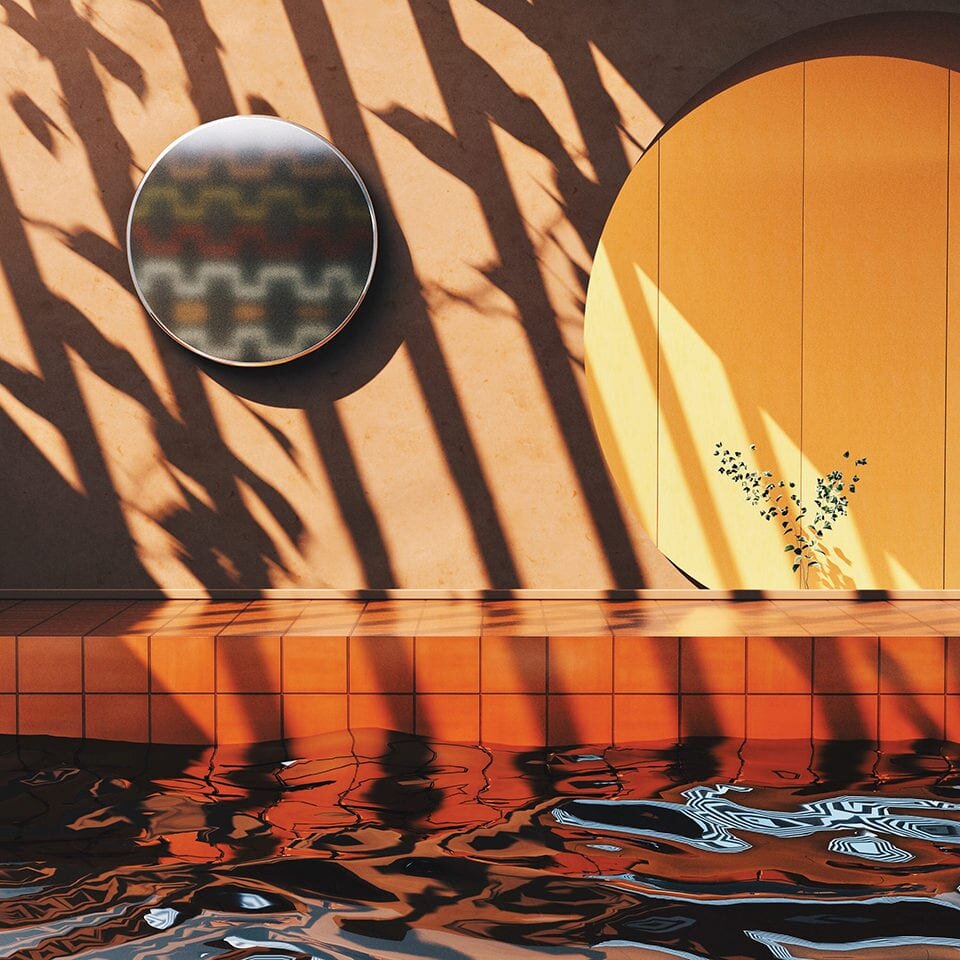
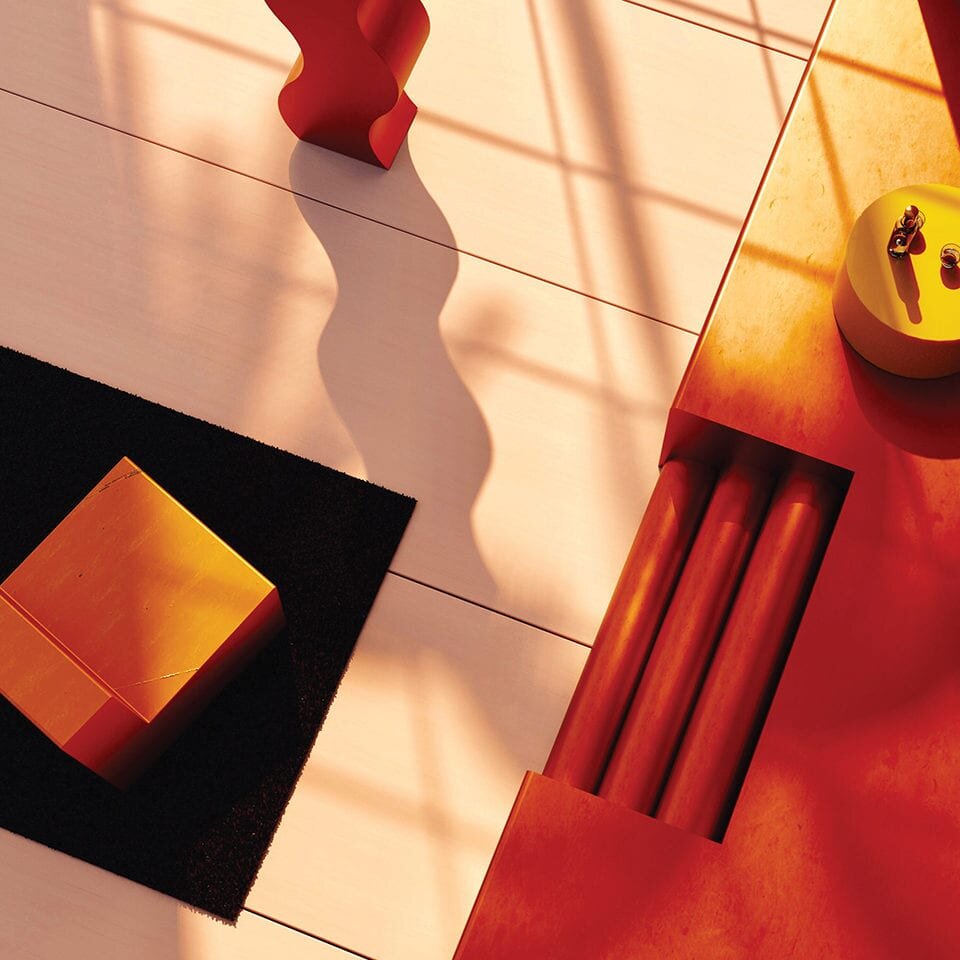
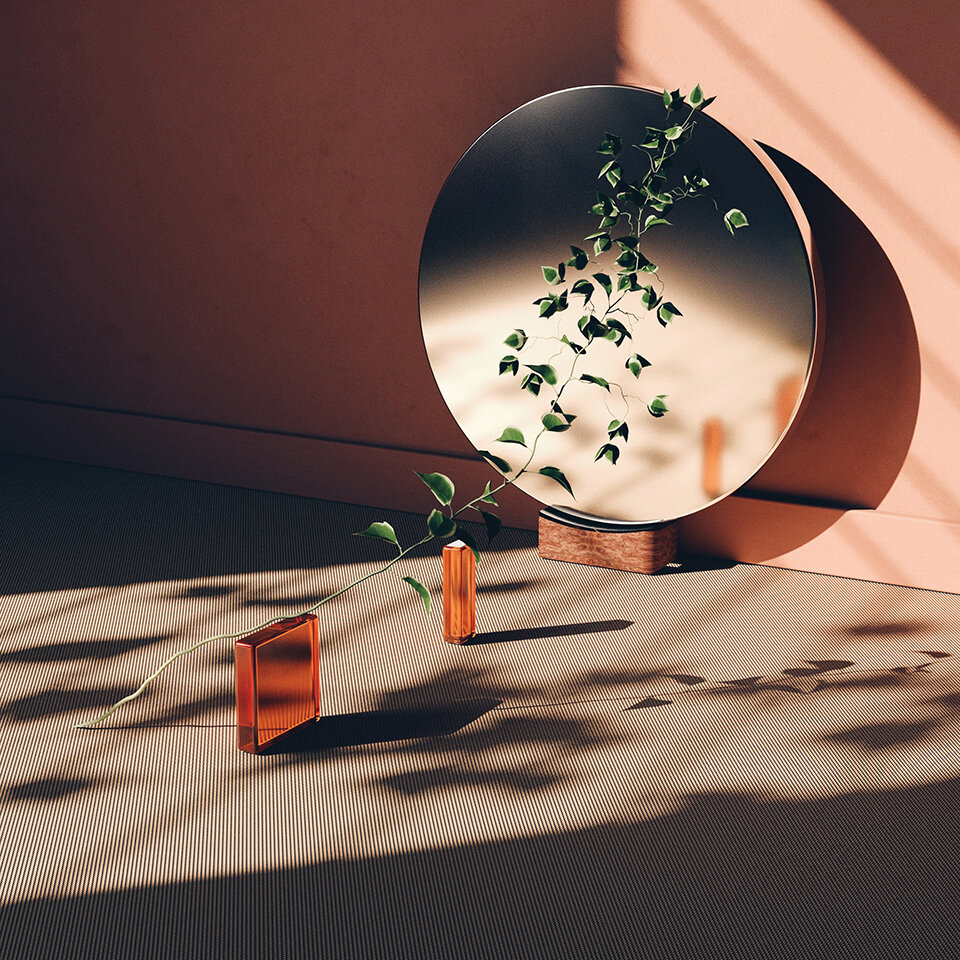
Having spent most of the time at home, one will inevitably start observing the shade and light, the objects and their position. Christophe Barneay challenges the viewer to live, think and breathe in a world of shadows. Similarly, In my photo series, I am considering truth in unexplored spaces, uncovering concealed layers of meaning in my own space.
Alessio Albi is a master of fine art photography, finding dramatic lighting in both interior and exterior landscapes. Alessio Albi’s close-up portraits draw attention to finer bodily details – capturing them with mesmerising intensity and heightened colours. Shafts of light. Distorted facial features. Shadows falling across skin. These close-up portraits draw attention to finer bodily details – capturing them with mesmerising intensity. Faces are half-hidden, concealed amongst deep greenery, shrouds of smoke or glasses of water. Identities remain camouflaged through intelligent composition. (Albi, A., 2019. Striking Depictions. Aesthetica, August/September(90).)
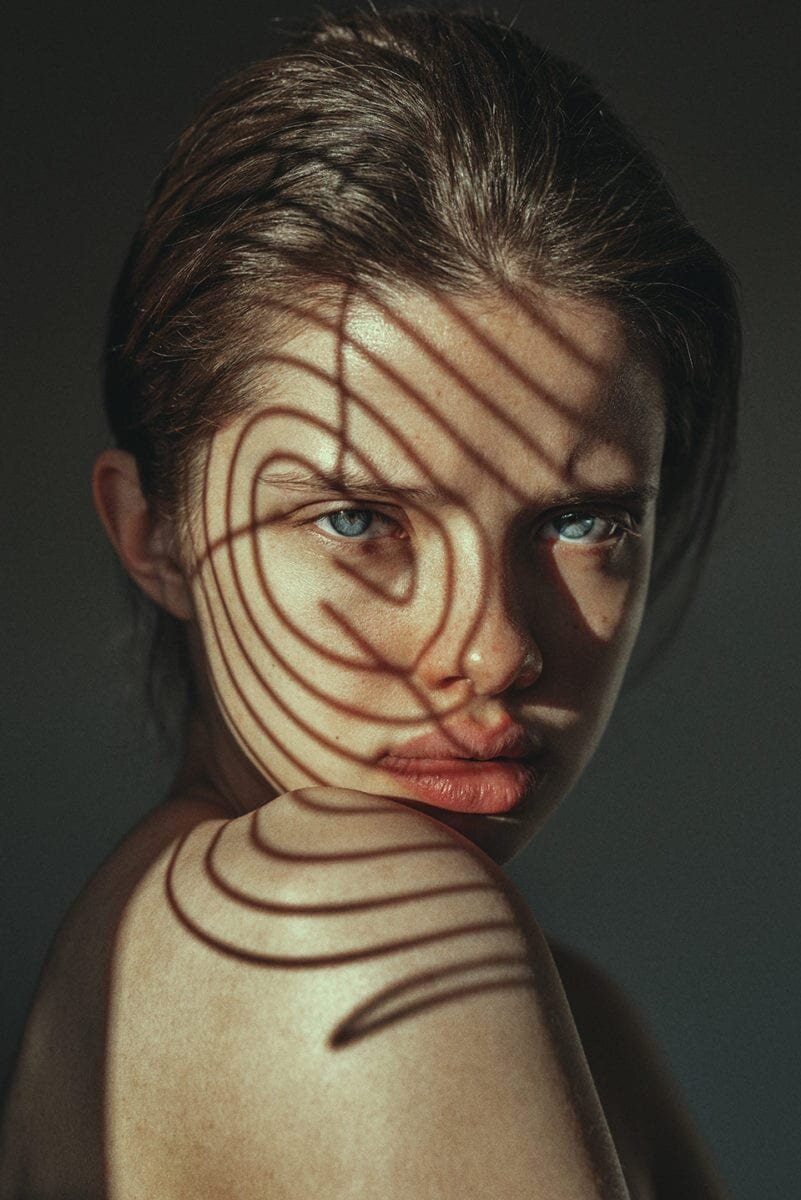
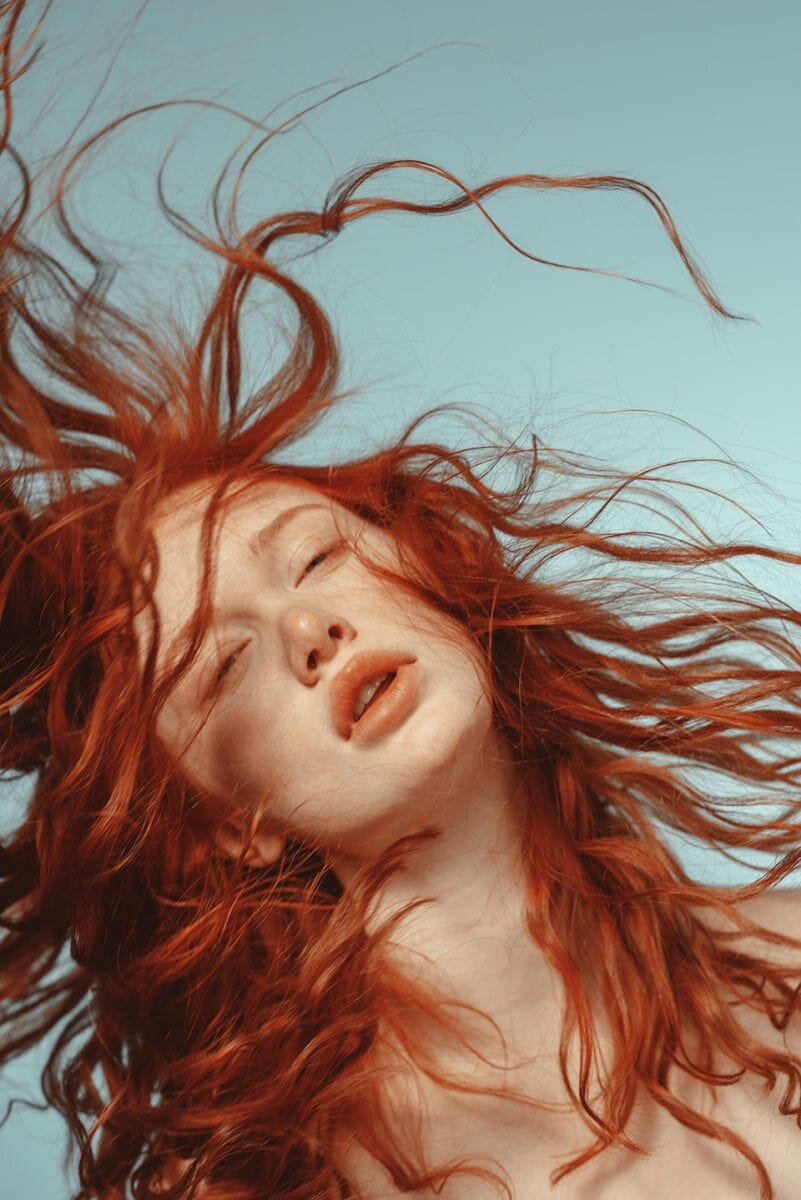
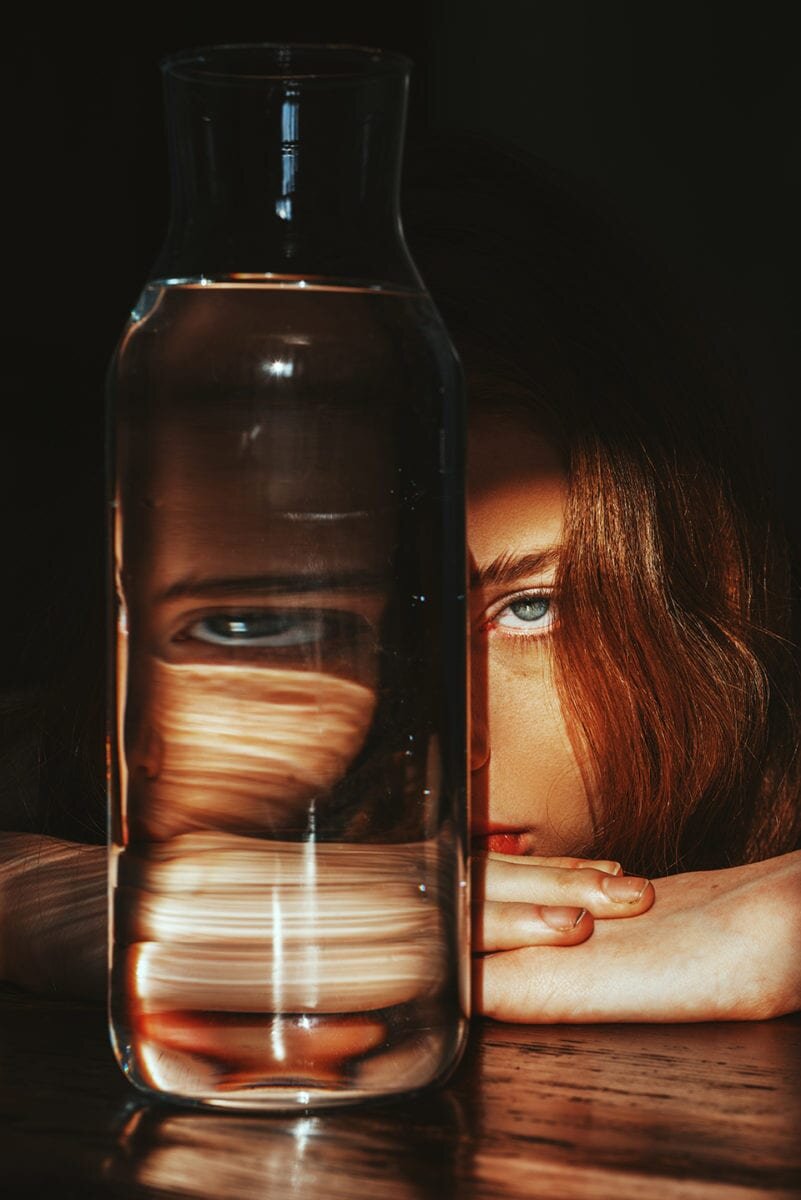
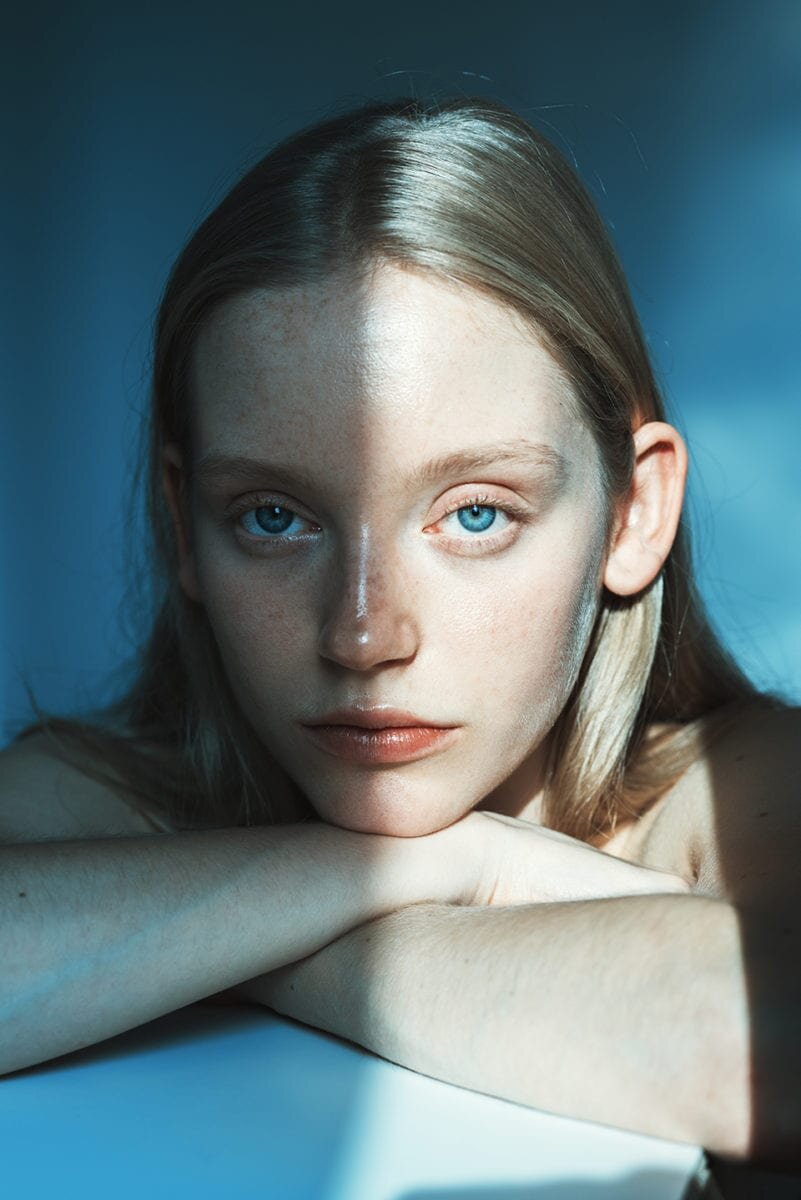
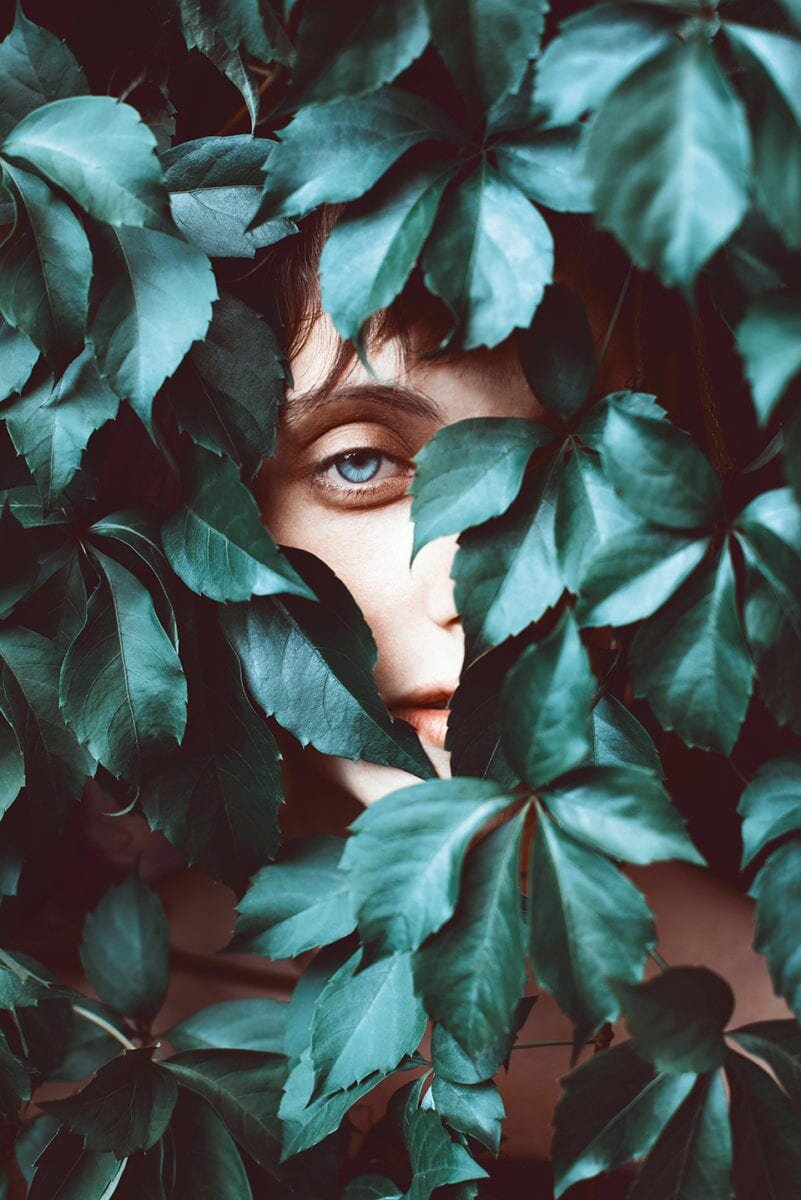
As seen in Alessio Albi’s work, though intimate in proximity, the images retain a sense of anonymity and intrigue. The resulting images are emphatic, confident and instantly recognisable. During my personal project I wanted to recreate the my own intimacy and the intrigue which surrounds us during the isolation period.
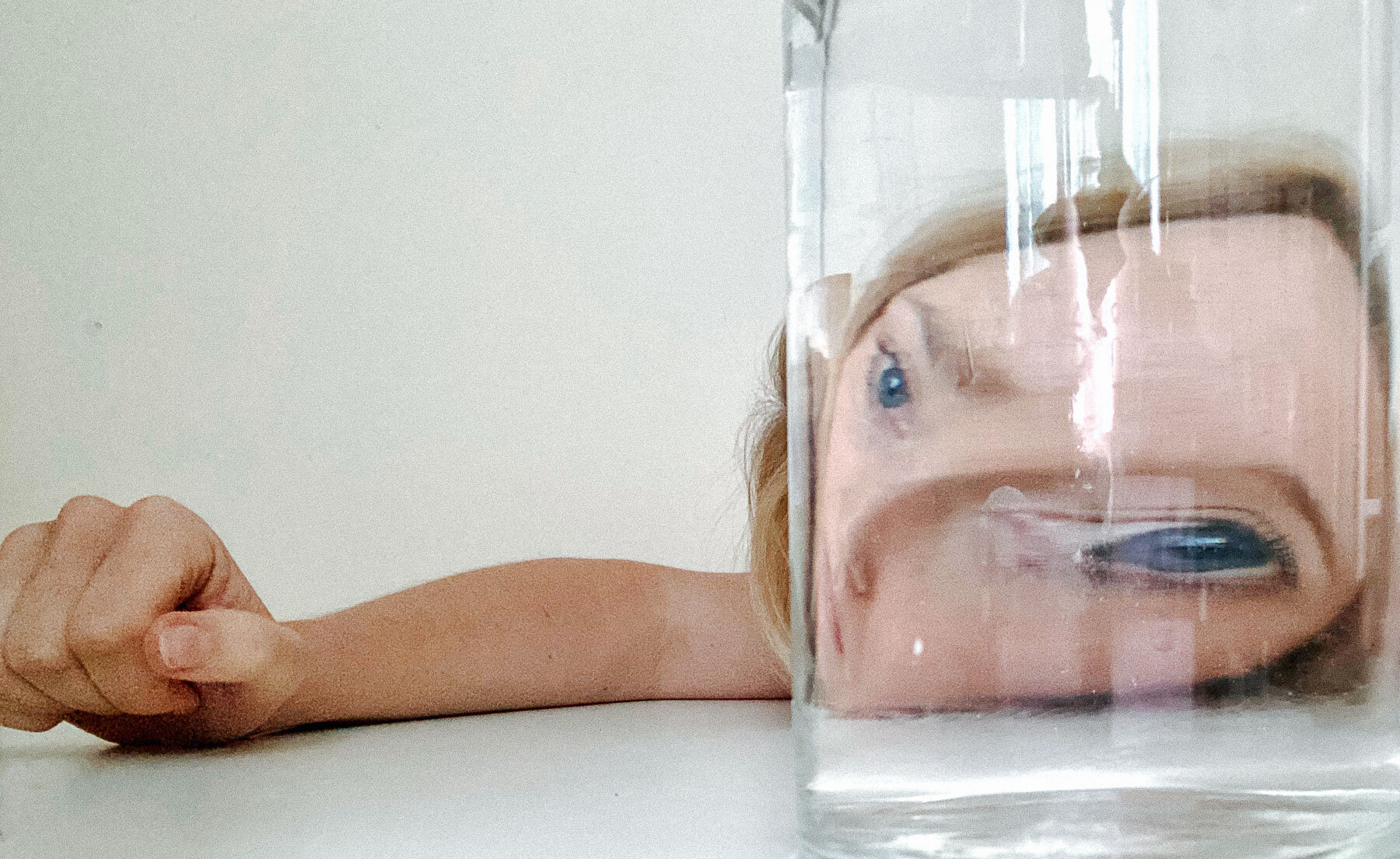
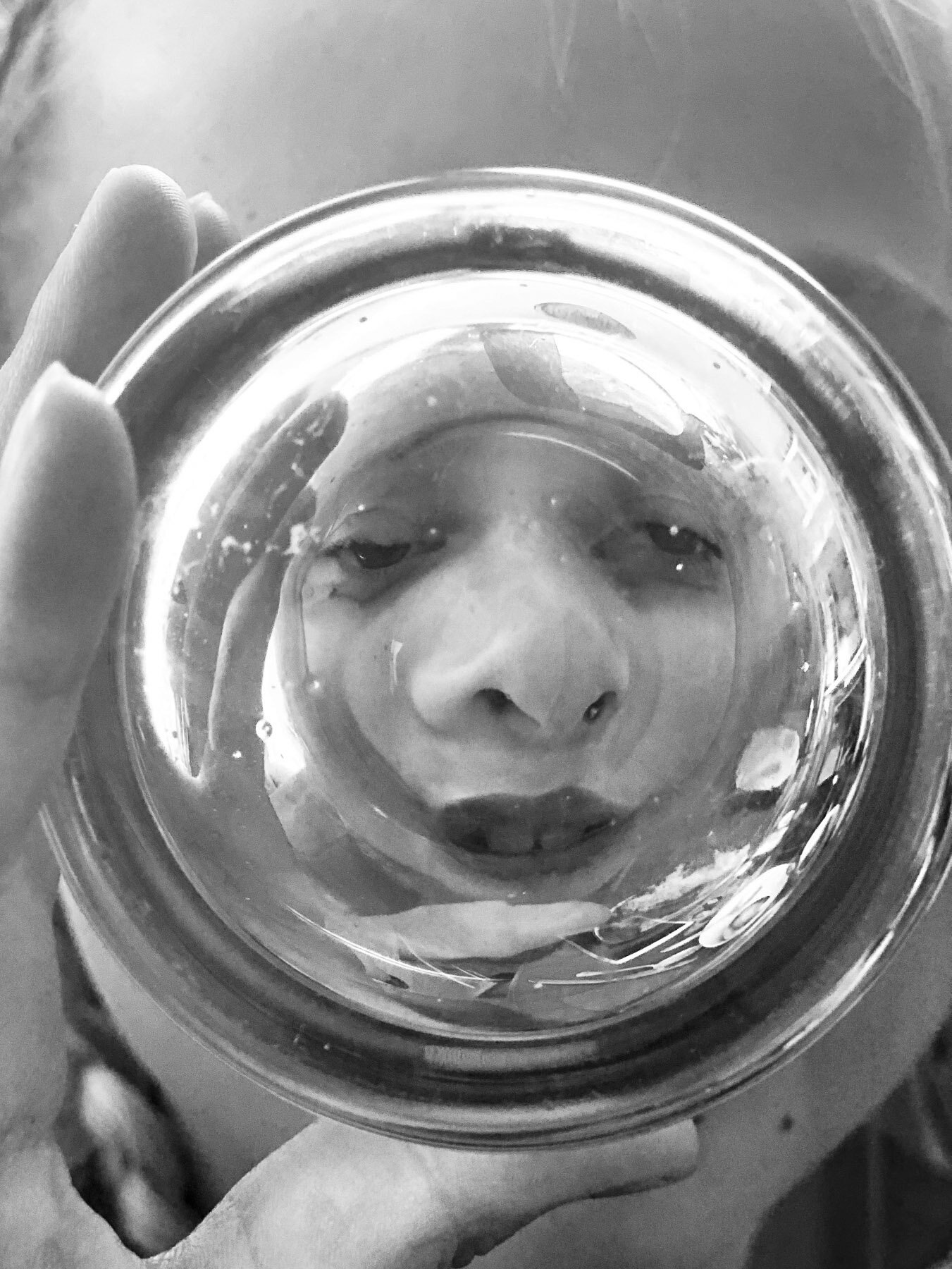
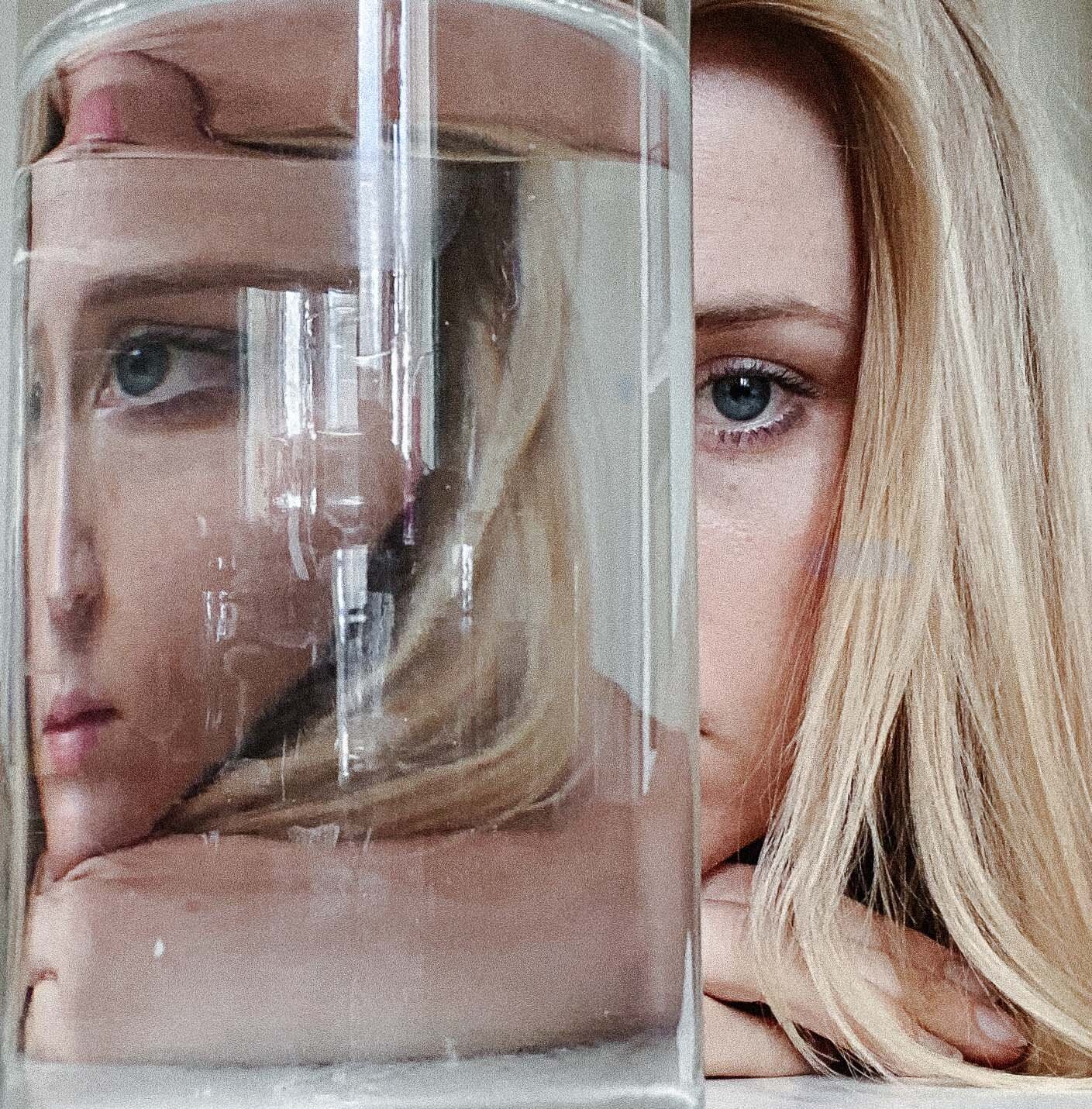
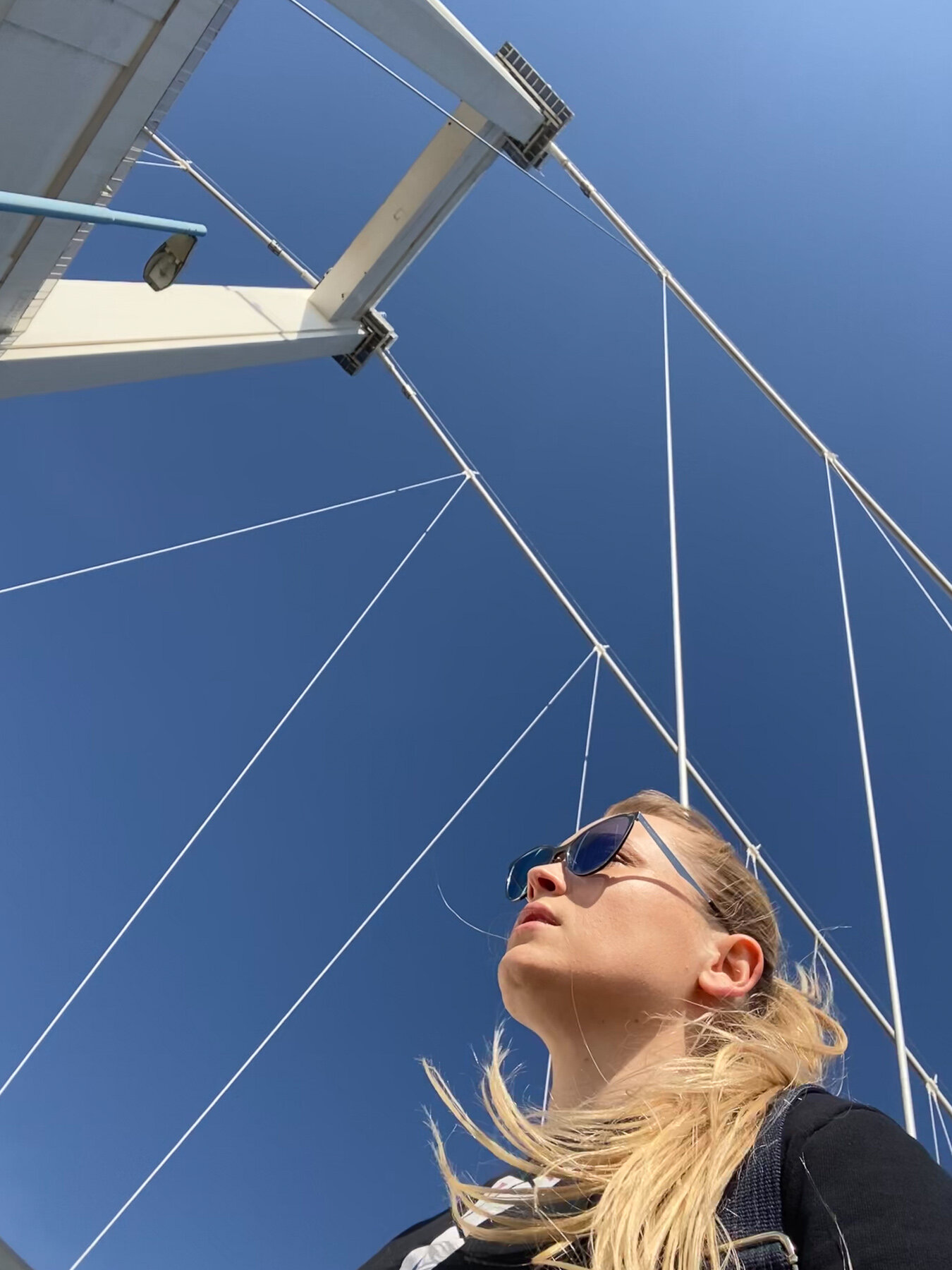
During the Covid-19 pandemics I have observed new ways of wearing the protective face covering. Many brands have been incorporating new designs, mixing them with other fashion garment items. Inevitably, the face mask has become a symbol of individual and fashion statement.
In response to this phenomenon I have produced my own face covering using a genuine Burberry silk scarf with its iconic Nova Check pattern. My mini project has been an attempt to redefine secular views of public’s presentation during the Covid-19 pandemic and isolation period.
Matthew Genitempo - in the woods and mountains of the Ozarks, the photographer finds contemplation and solitude in a landscape where people not only escape from every day but from themselves. Photographed in the forests and mountains of Ozarks, the Photographer’s first book, Jasper, is a poetic exploration of the American landscape and the people who seek peace within its grasp, filled with an emotional range that is hard to pin down.
Led by intuition and a feeling for the landscape Ganitempo started looking at how poetry could provide a way of understanding himself, his images and people and places he photographed.
”I had this really obsessive fascination with the poet Frank Stanford,” he says. The pattern is one that has some echoes of Stanford is poetry. Jasper is rooted in the landscapes of the Ozarks, environments that are layered with psychological, geographical and organic histories. They are landscaped that for all the wildness like qualities Ganitempo with a personality that merges with his photographs of the people who have sought escape in those woods.
”I was exploring that area to explore a state of mind, to explore my fascination with the running away. The work was made during the election of 2016 and the rise of Donald Trump, so I was really feeling that. “
The photographic series is an escape then; from the world around you, from politics, from people, from the noise of the city, from the noise of your mind. At the same time, it’s seeking sanctuary in the wildness of the Ozark Mountains, requests for some kind of personal and psychological piece. In Jasper, the mystery comes from the human relationship with the landscape. It is a place to try and escape to and become part of. There is that immersive element to the work, where the land is not something we survey and control, but something that we are part of.
Similarly to Matthew GenitempoI’s experience, I have started exploring the surrounding areas as part of my daily walks. I have started paying attention to the changed of the landscape, such as the sky would have no plane trails, and the local bridge would not be filled with cards during the early morning hour. My walks would become daily escapes and exploration opportunity.
During the lockdown I have followed a number of Instagram projects which had been dedicated to the mass isolation photography with the purpose of forming relationships and collaborations, as well as inspiration:
https://www.instagram.com/massisolationformat/
https://www.instagram.com/formatfestival/
https://www.instagram.com/mass_isolation_irl/
https://www.instagram.com/covid_magazine/
Some of my photos would be reposted and gain wider exposure among other participants of global mass isolation.
Mass Isolation Project by FormatFestival
The mass isolation format project was launched on Instagram in mid-march just a few days before the UK entered the lockdown. The image-makers all around the world have been invited to participate in documenting the impact of the Coronavirus pandemic charting the time before, during and after the lockdown. The images express important thoughts, feelings and a few of the worlds around us during the extraordinary time of our collective lives, as well as reflecting on the impact of world events.
The Auckland Festival of Photography
The festival in New Zealand showcased @massisolationFORMAT with a screening of a video with a selection of over 200 images by 200 international photographers, curated by FORMAT from the incredible 22,000+ images already received. One of my images has also been showcased in a short film during the festival.
The video can be viewed here:
https://formatfestival.com/whats-on/auckland-festival-massisolationformat/#1
the photo essay
The final product of the personal project had intended to be a photo album/book. The photo essay brings together photography series created during the Covid-19 pandemic and mass isolation period. The photo album provides a multifaceted portrait of everyday life undergoing and surviving rapid changes. The sense of lack of movement and rhythm within a space is intrinsic. The photographs reveal the extraordinary within the ordinary to paint a striking portrait of a modern and changing society.
Punctuating the photography with isolation and lockdown narratives is the distinctive voice of the photographer, evoking the world beyond the frame: the sights, feelings, emotions, hope and desperation of daily life.





